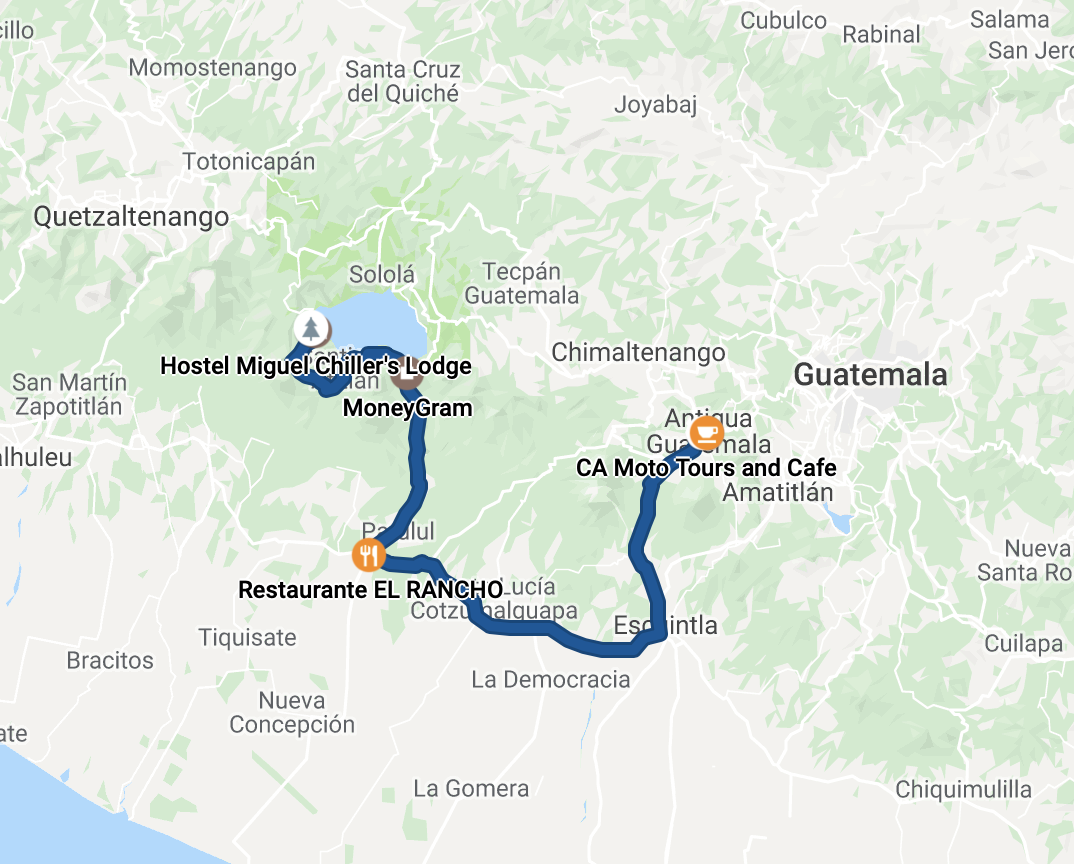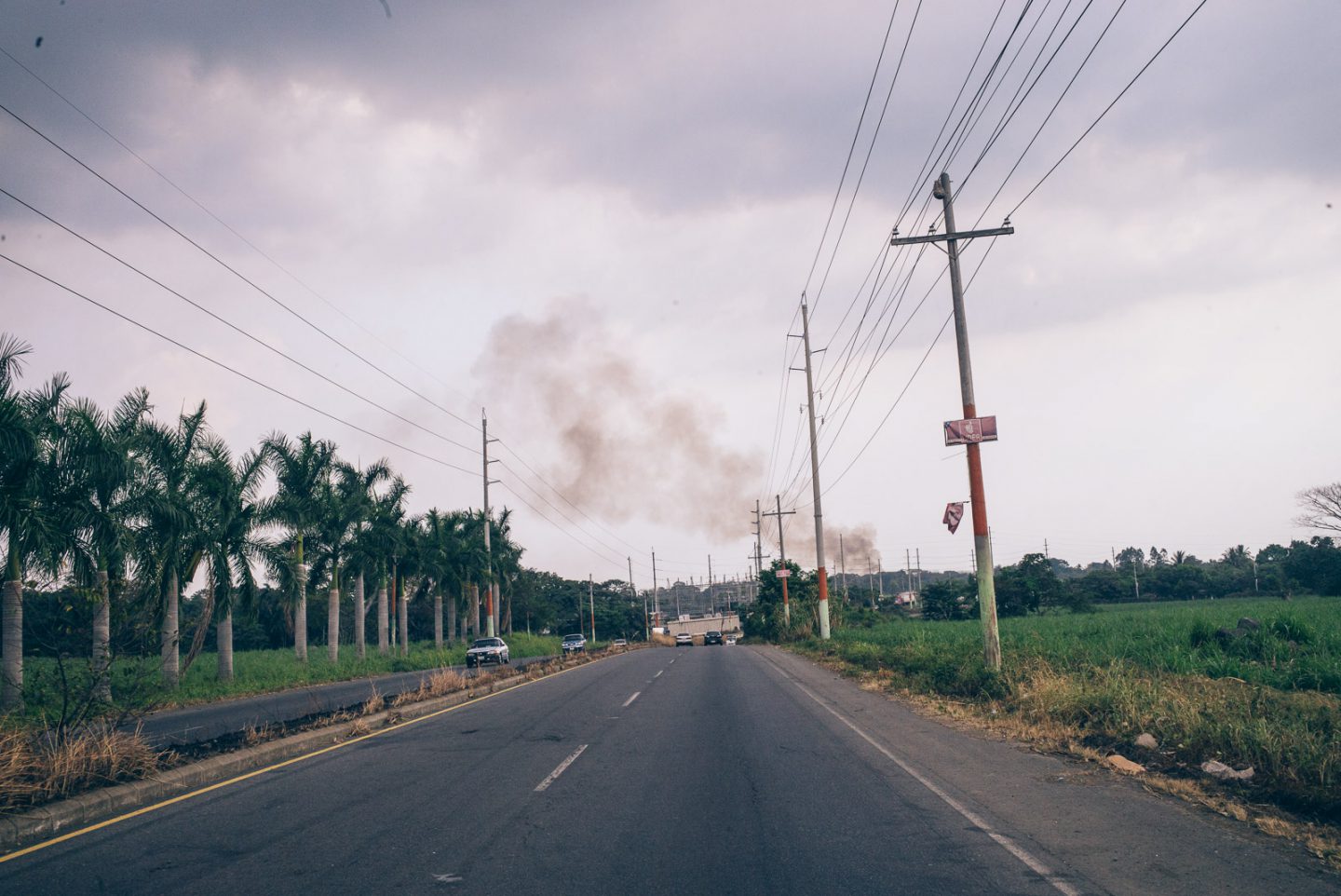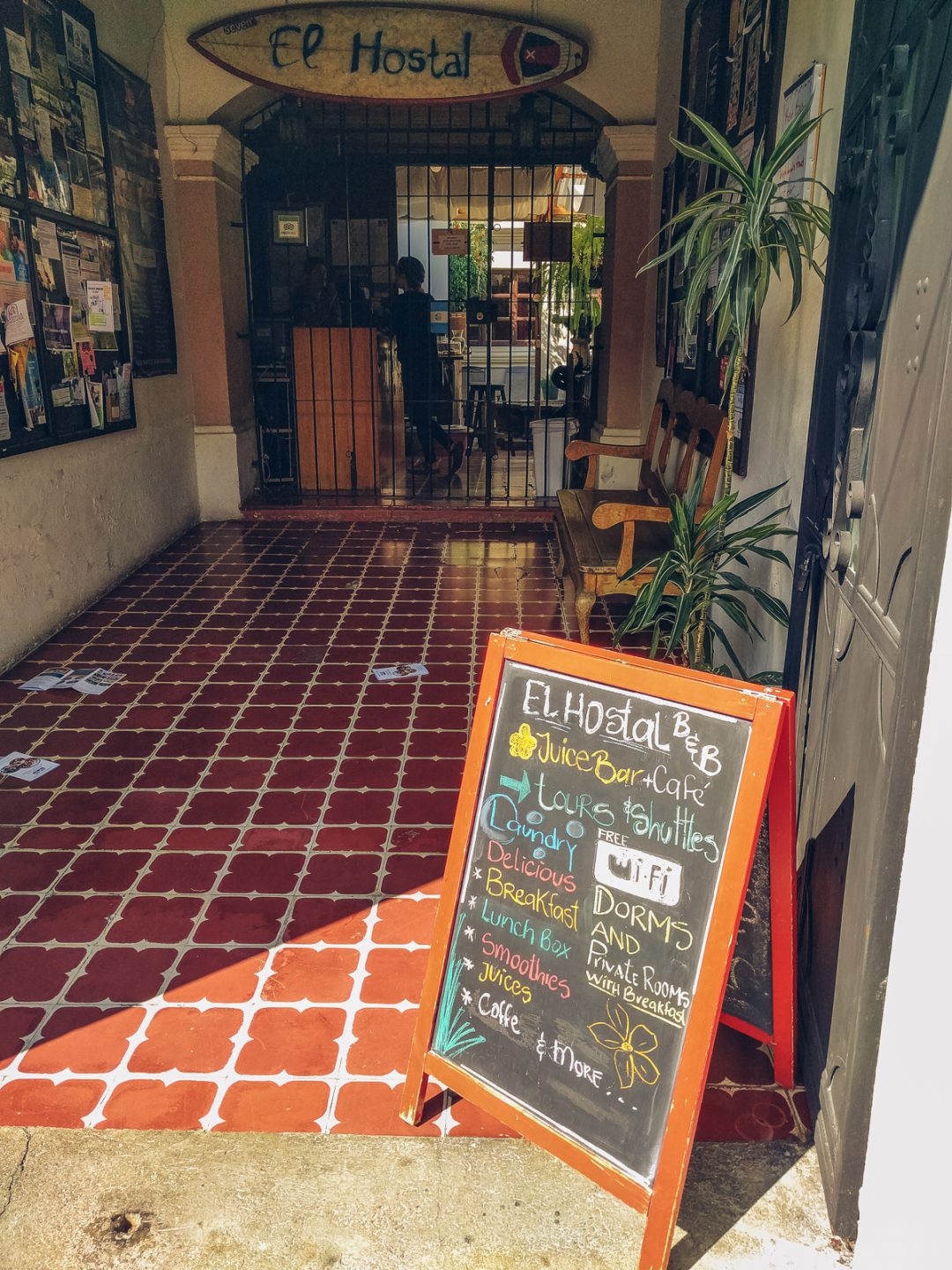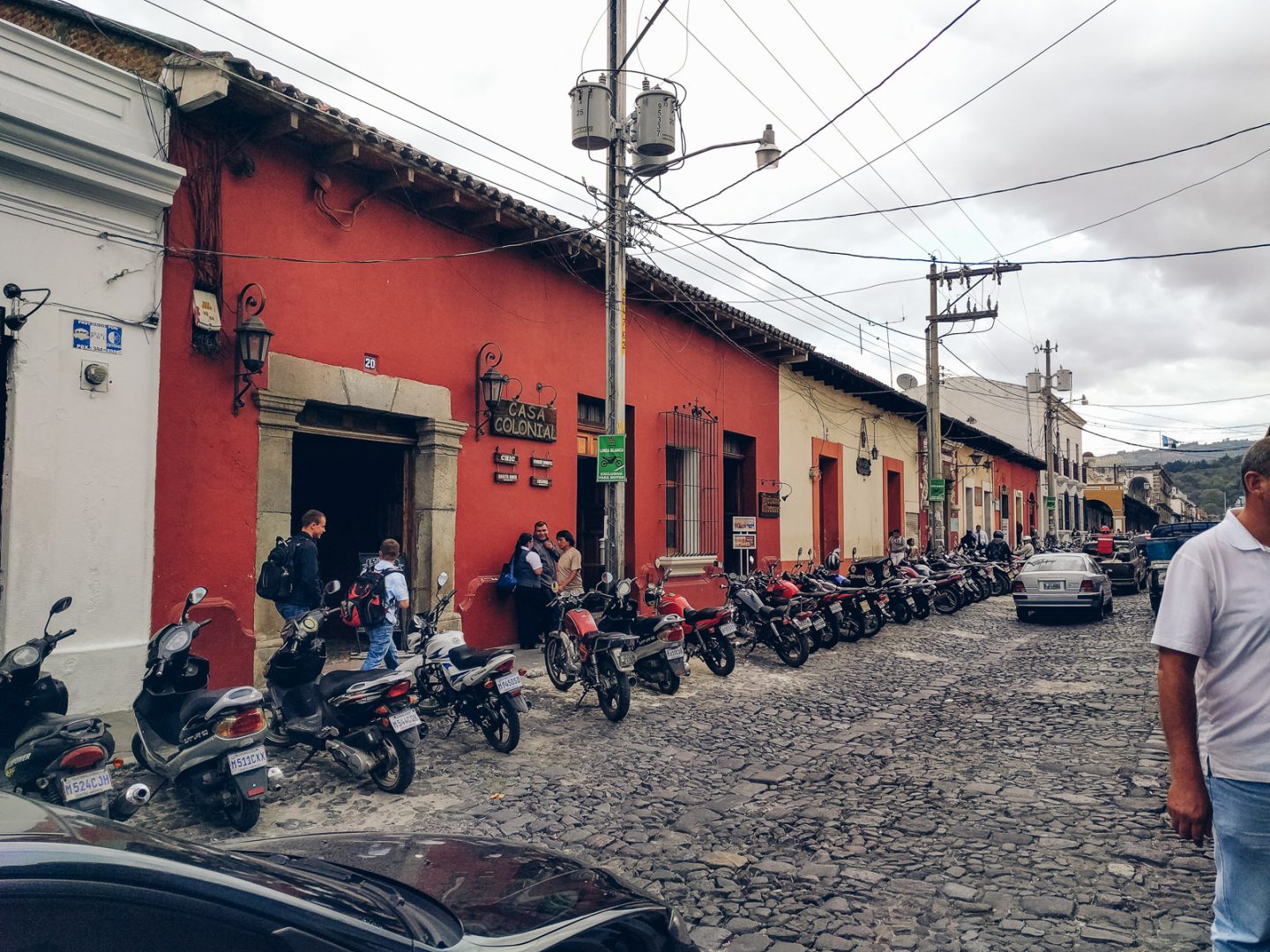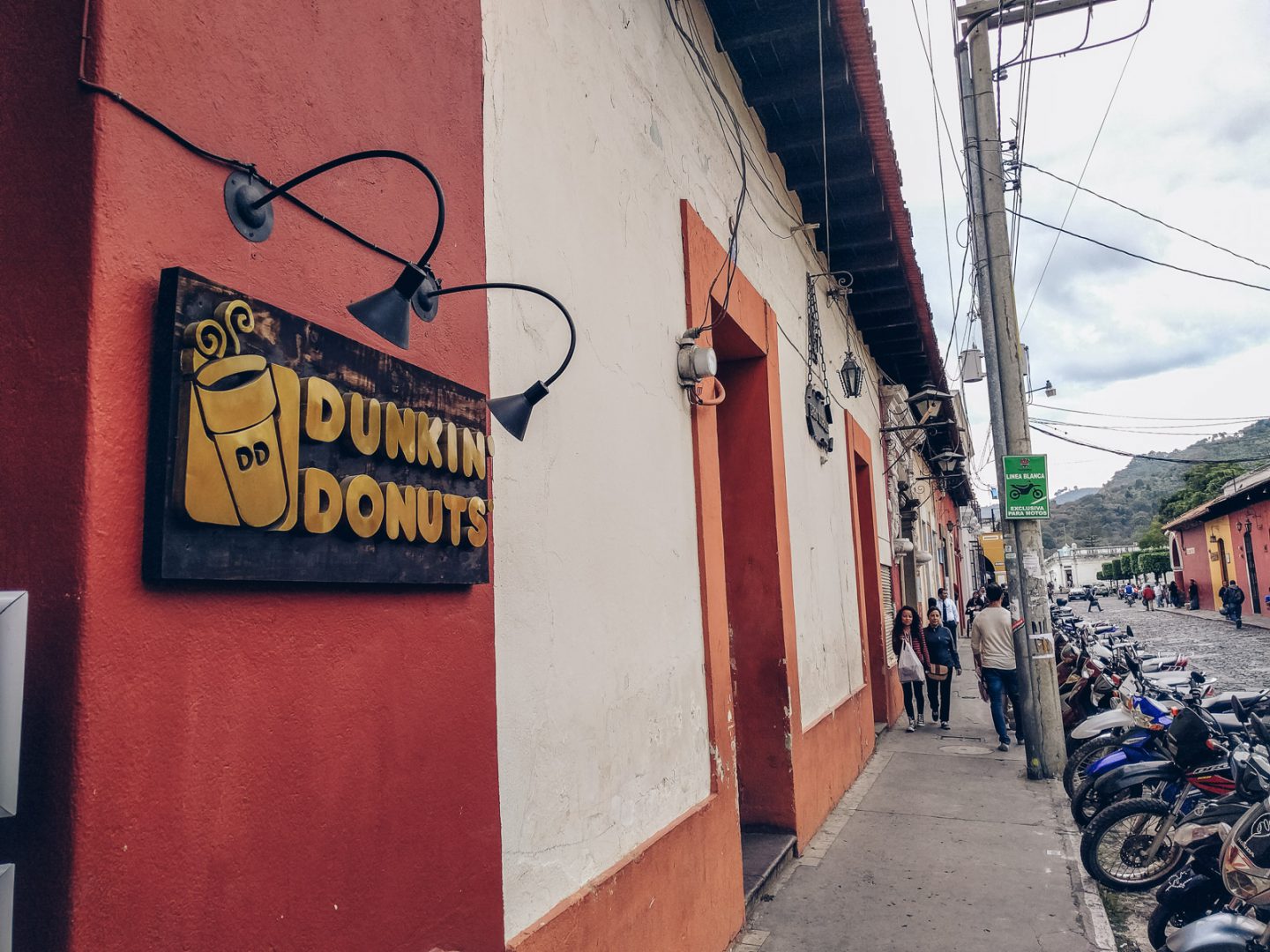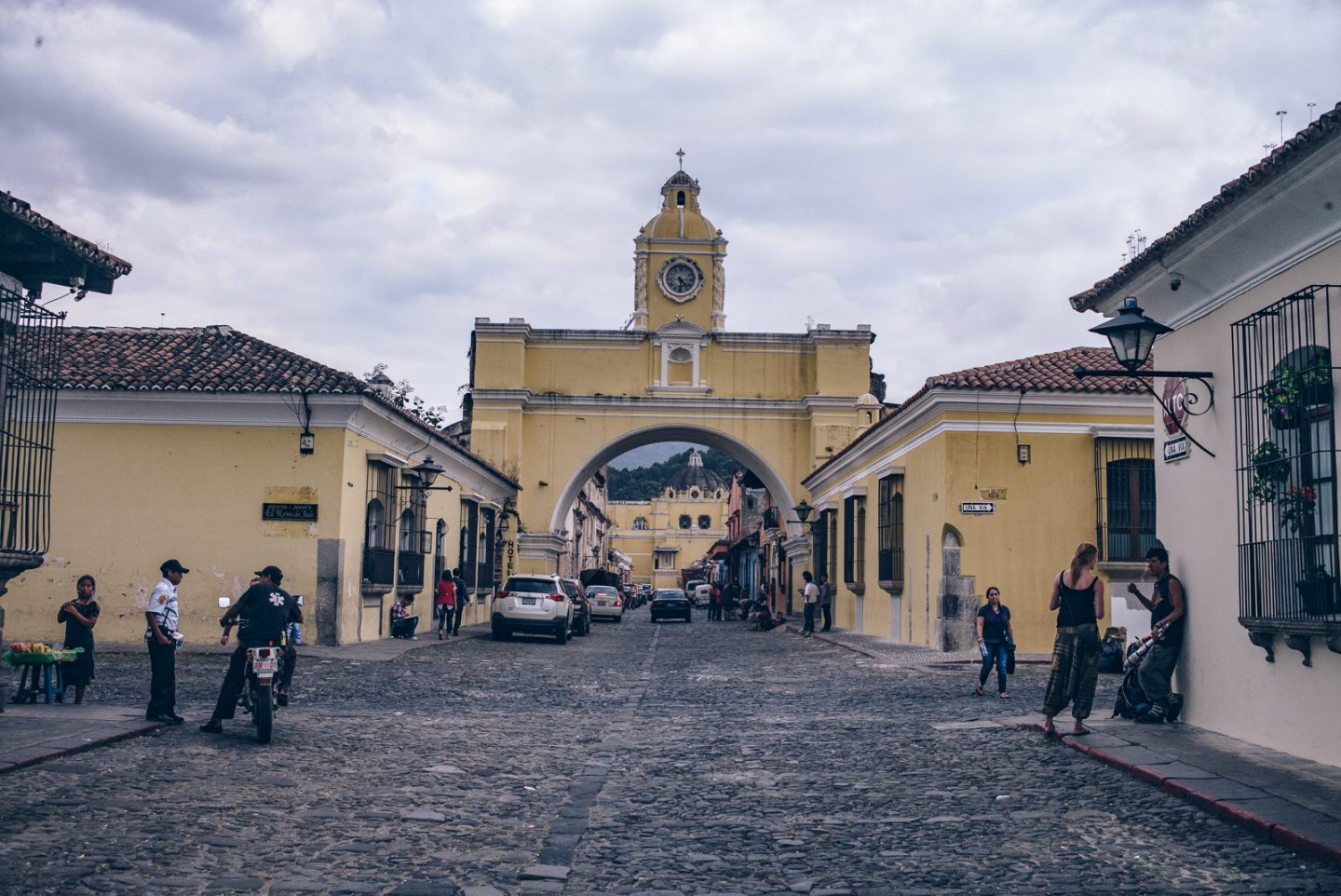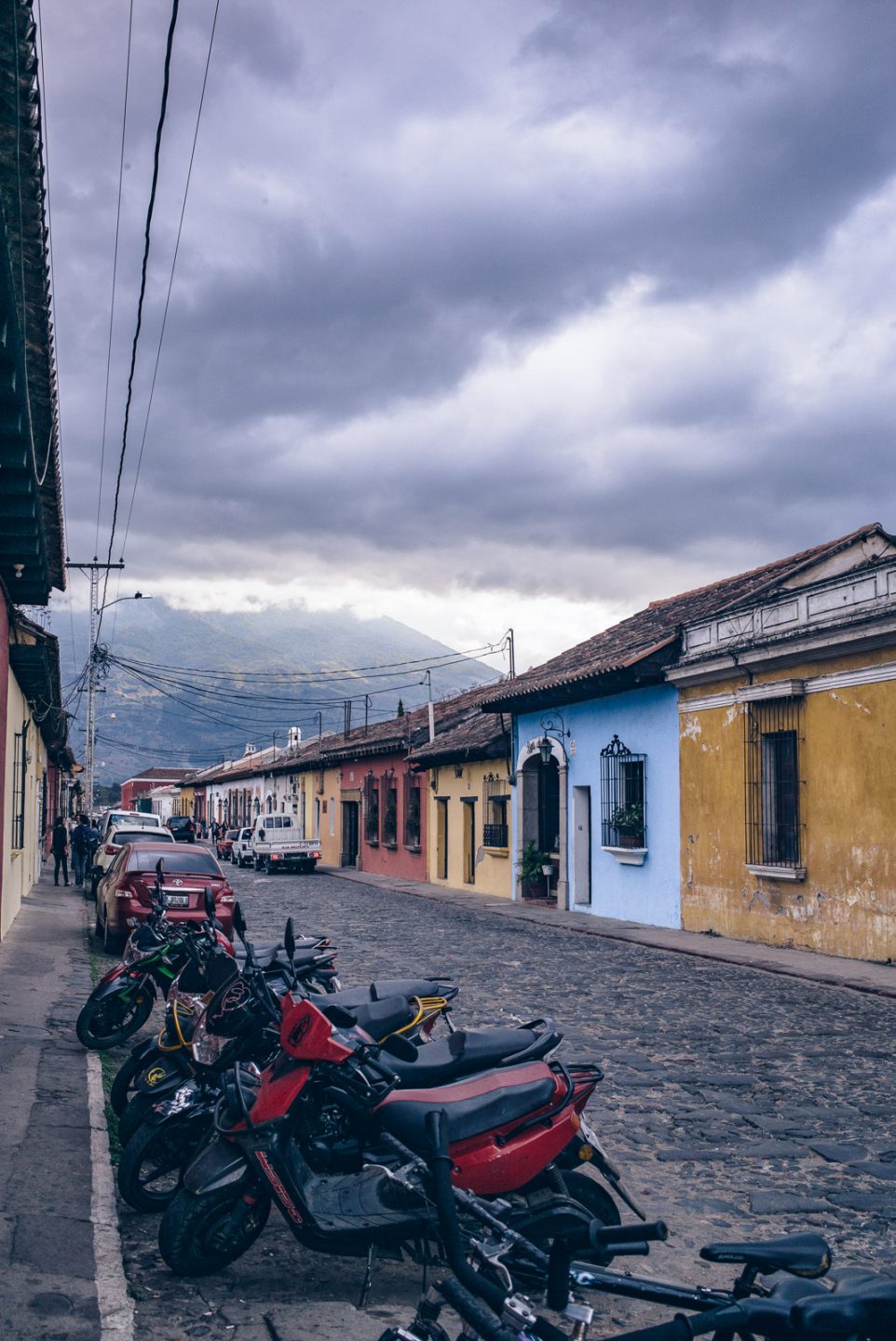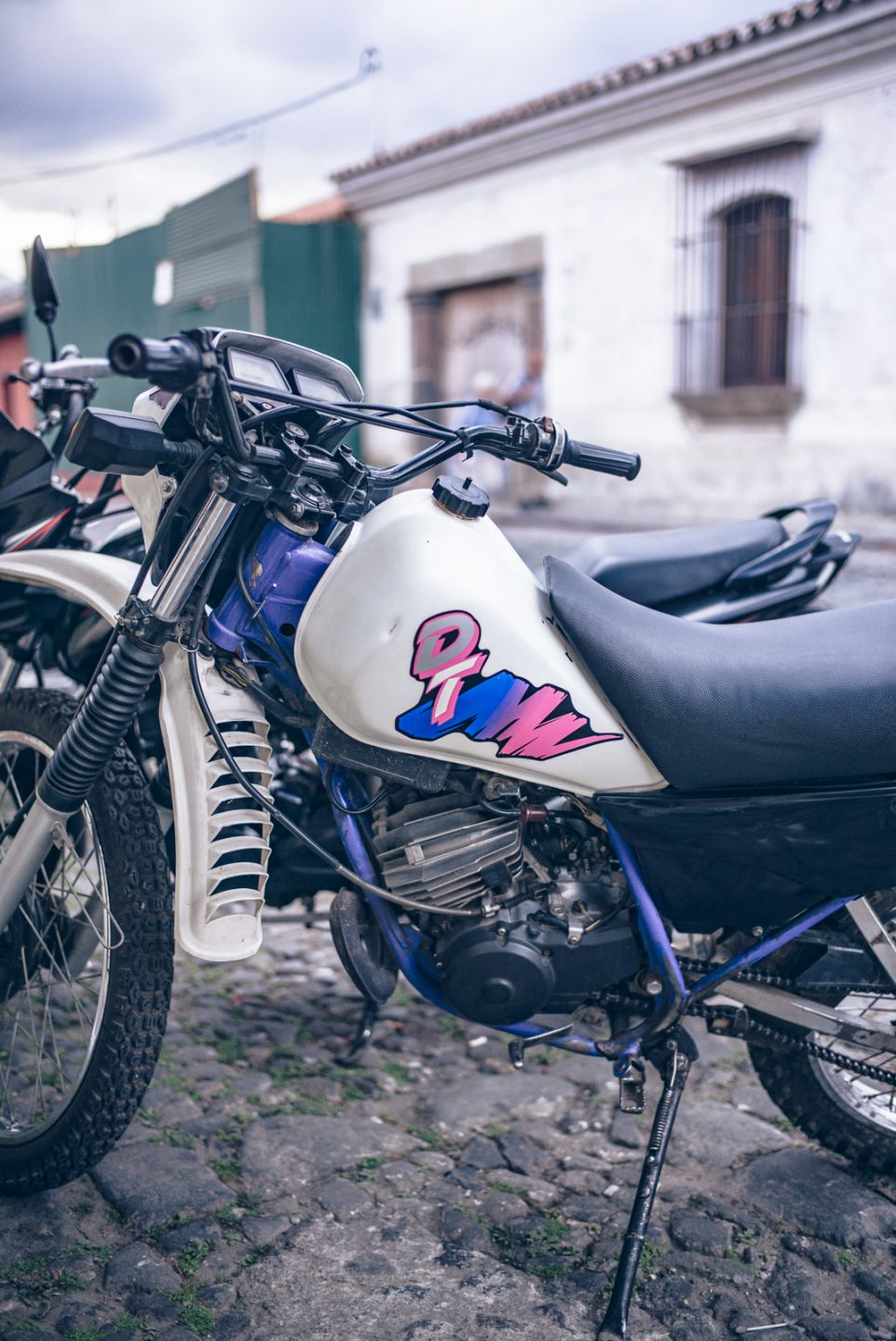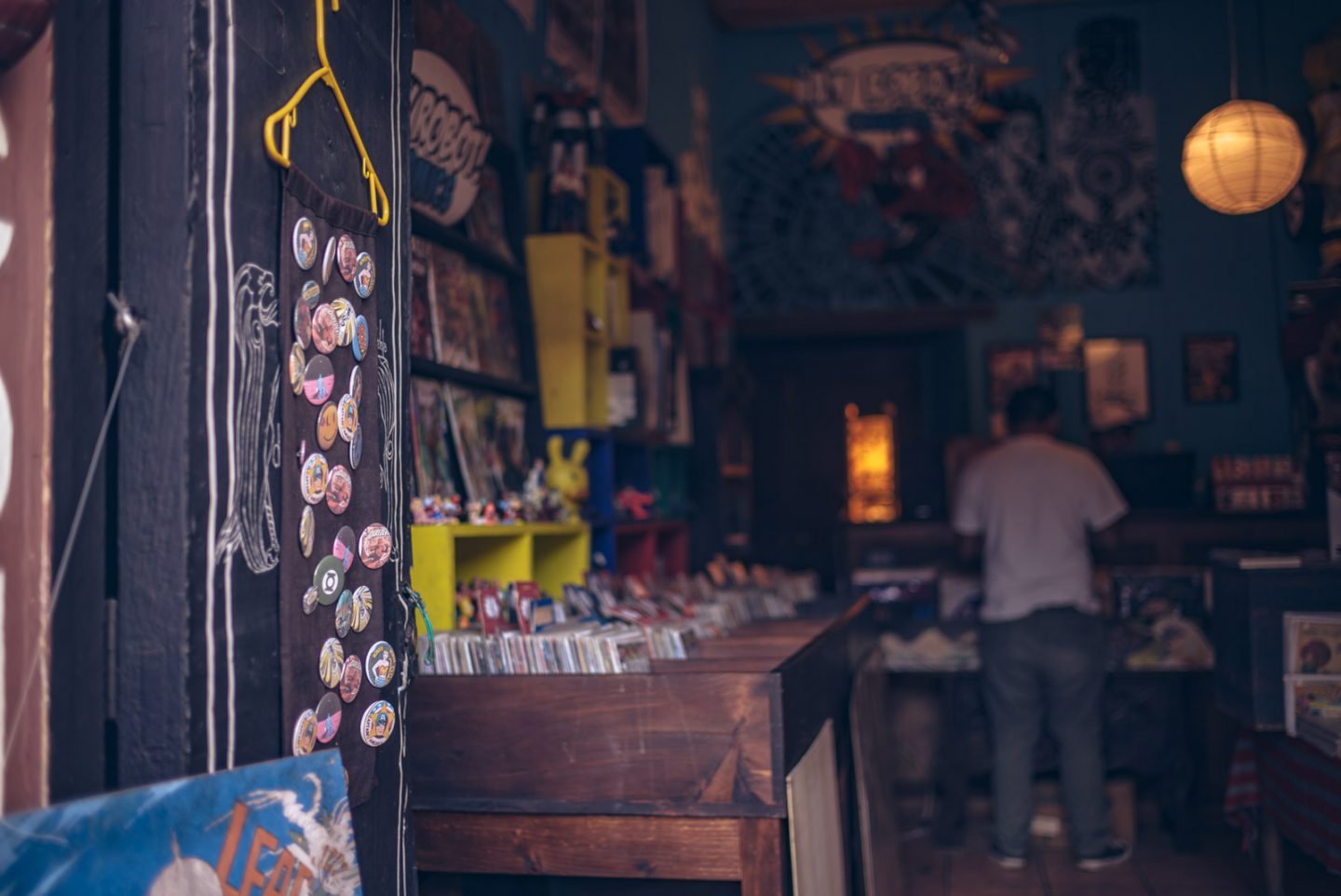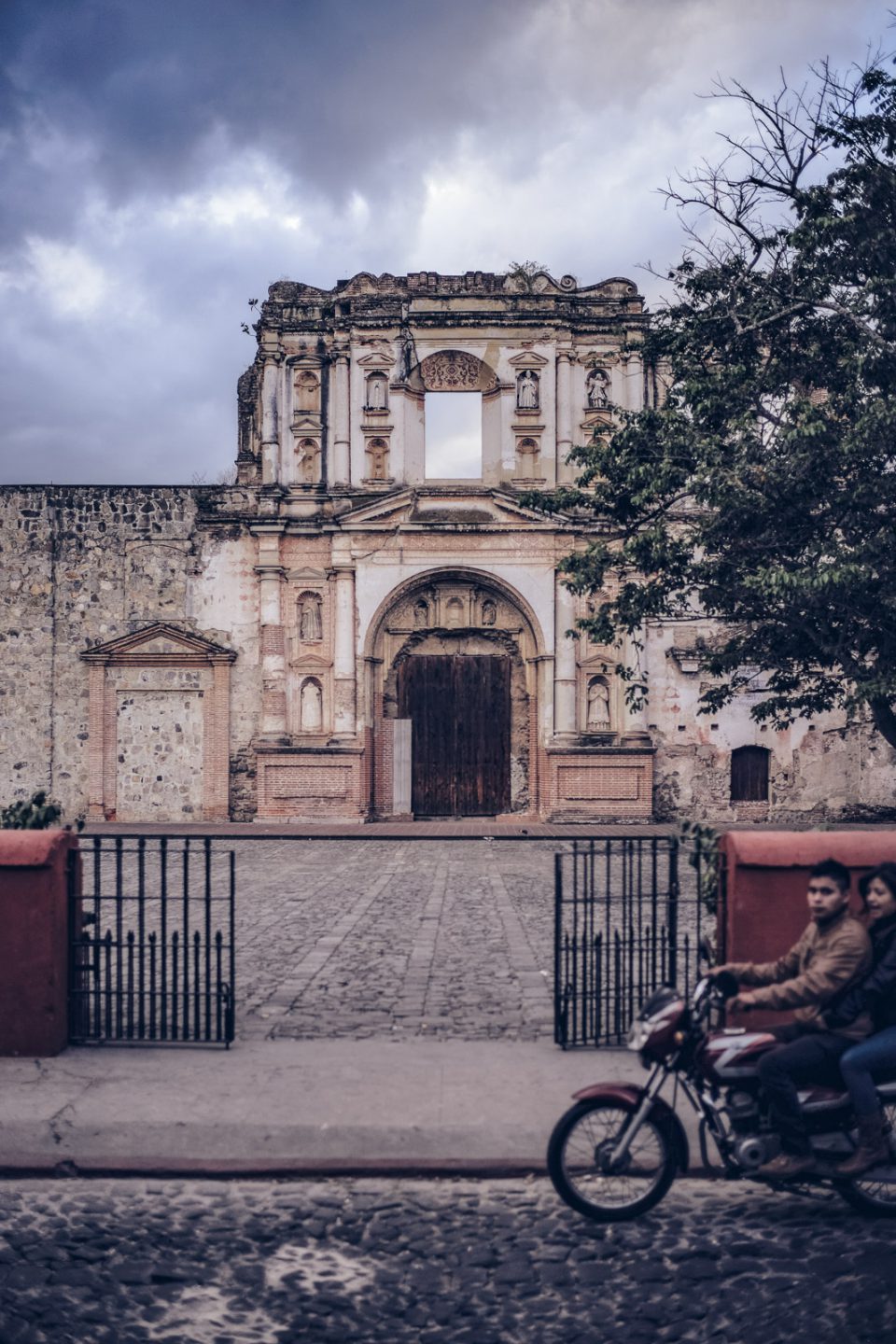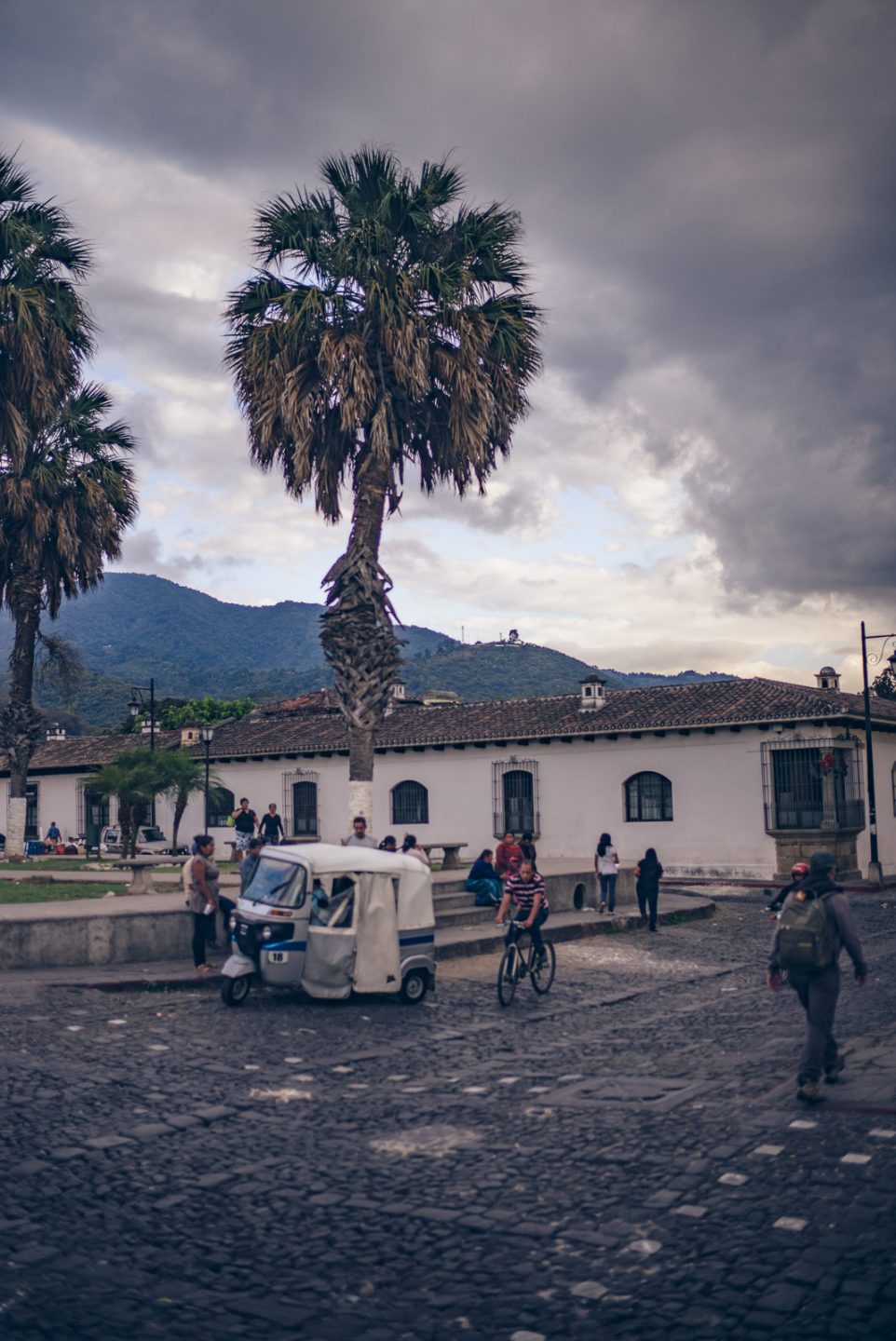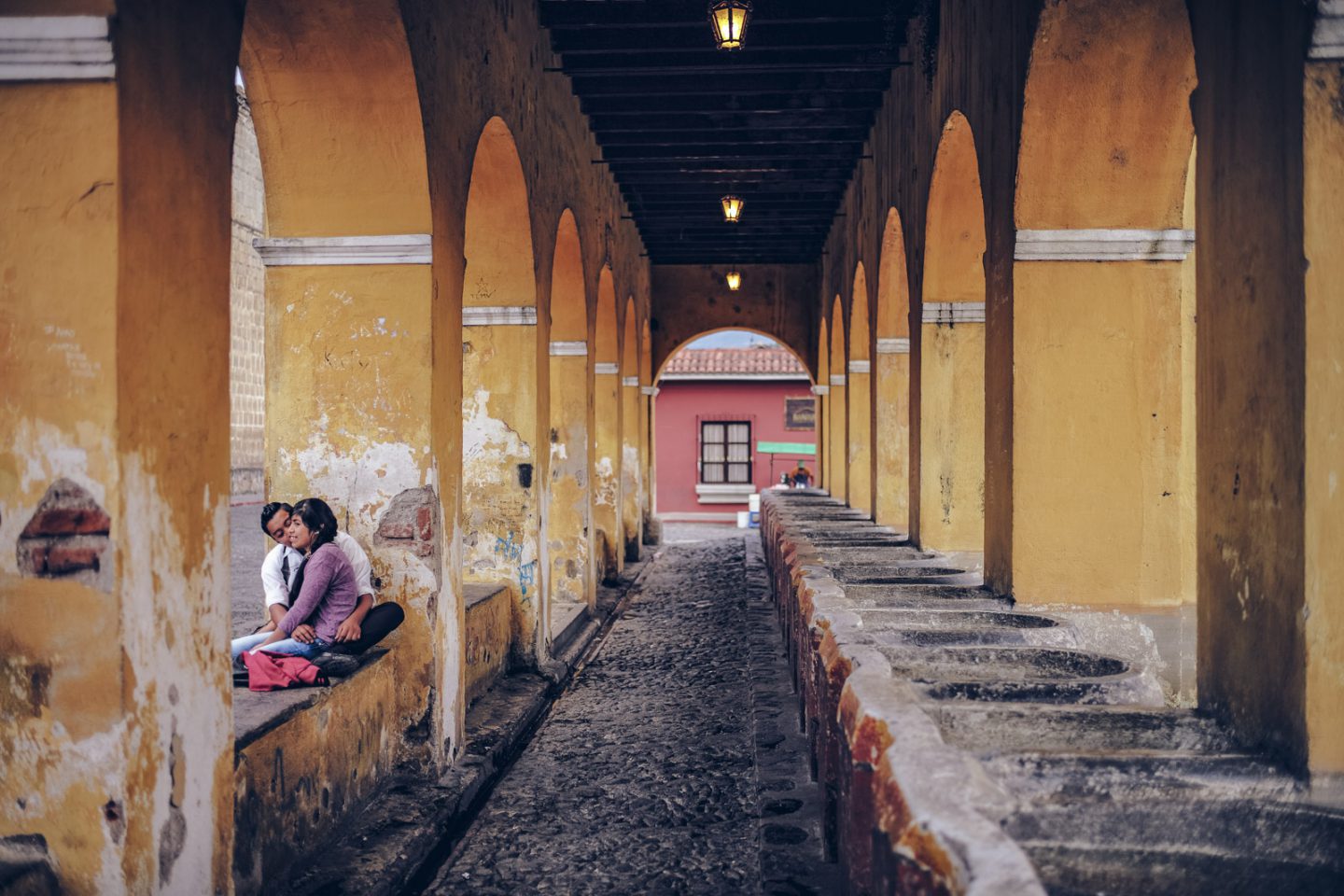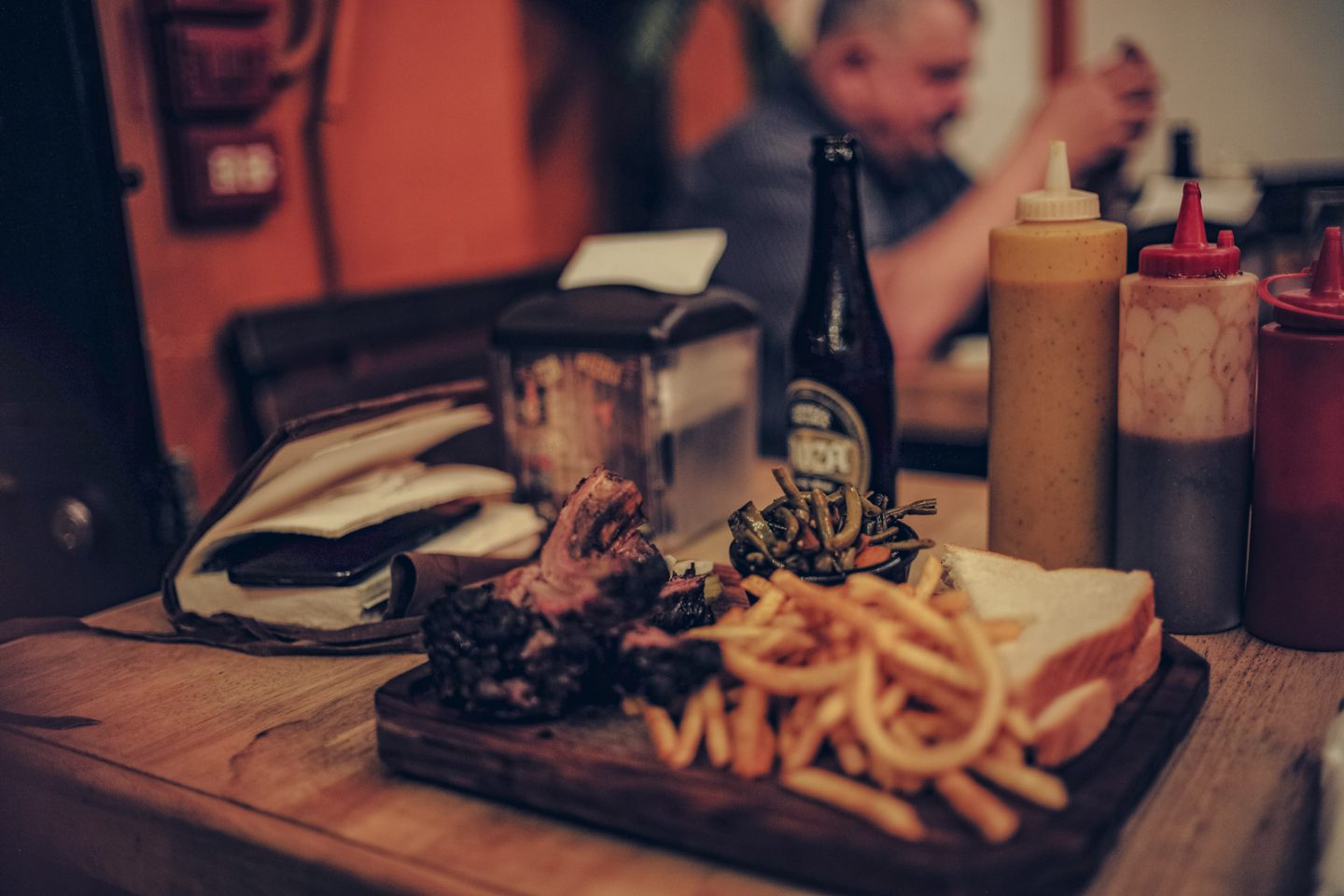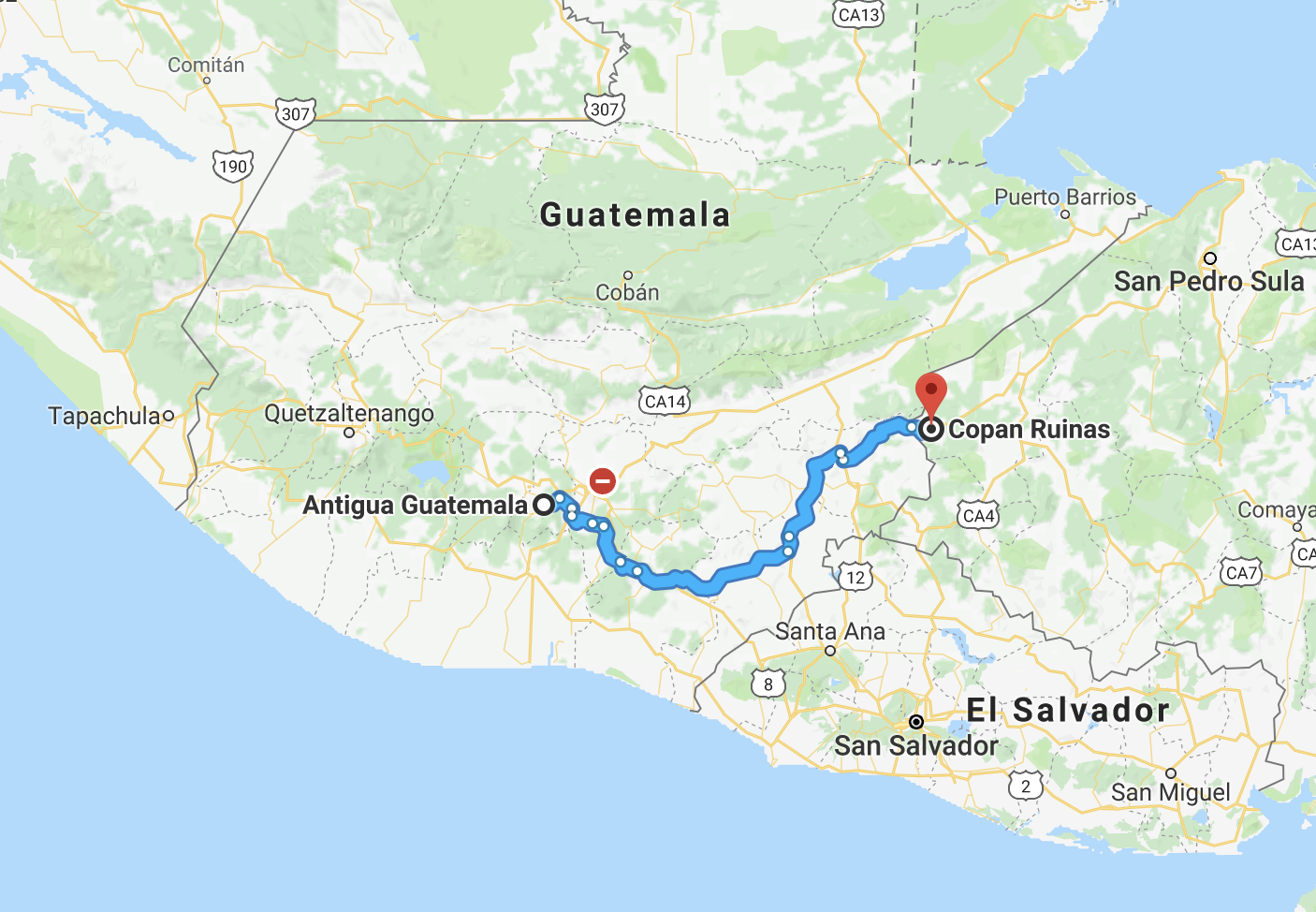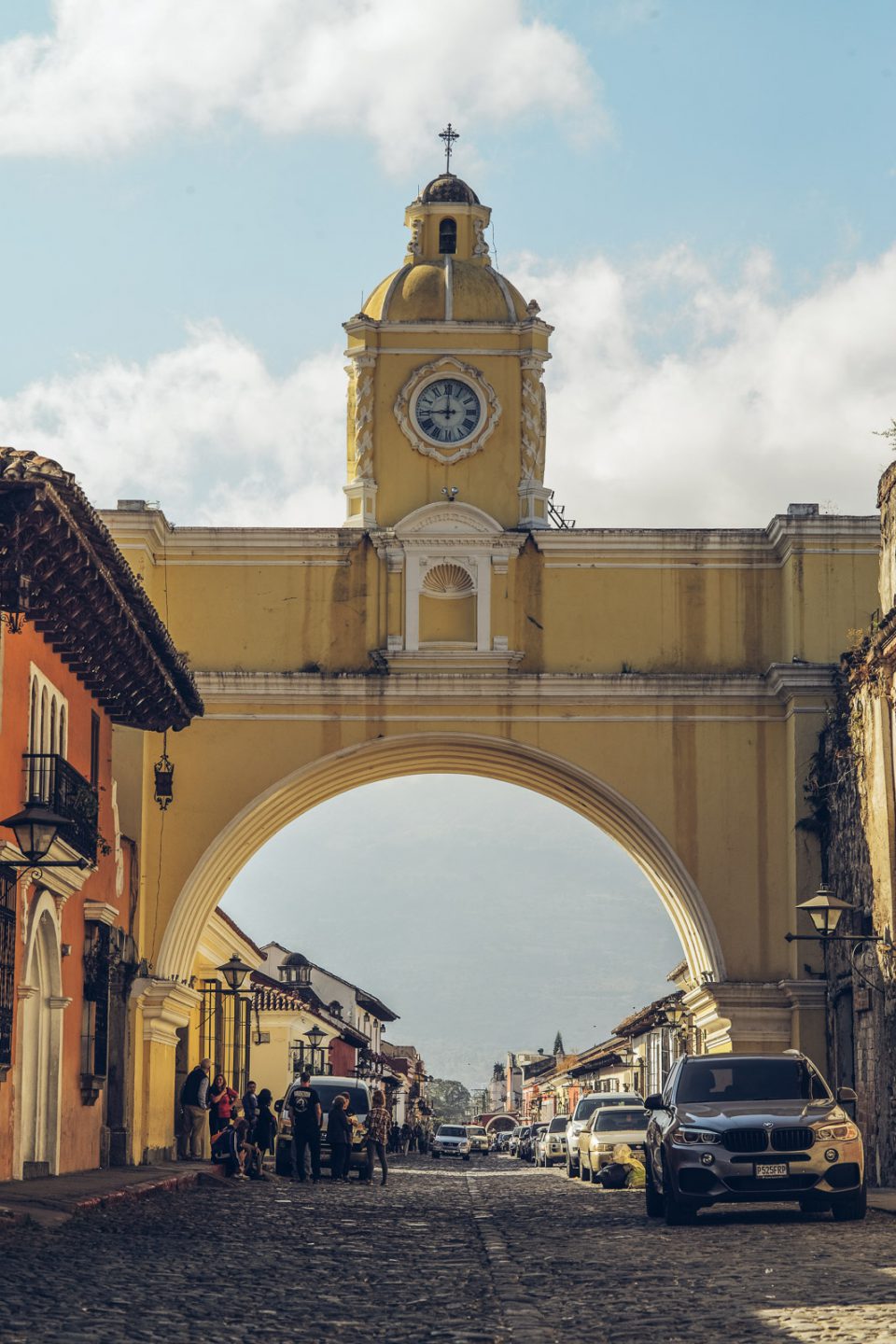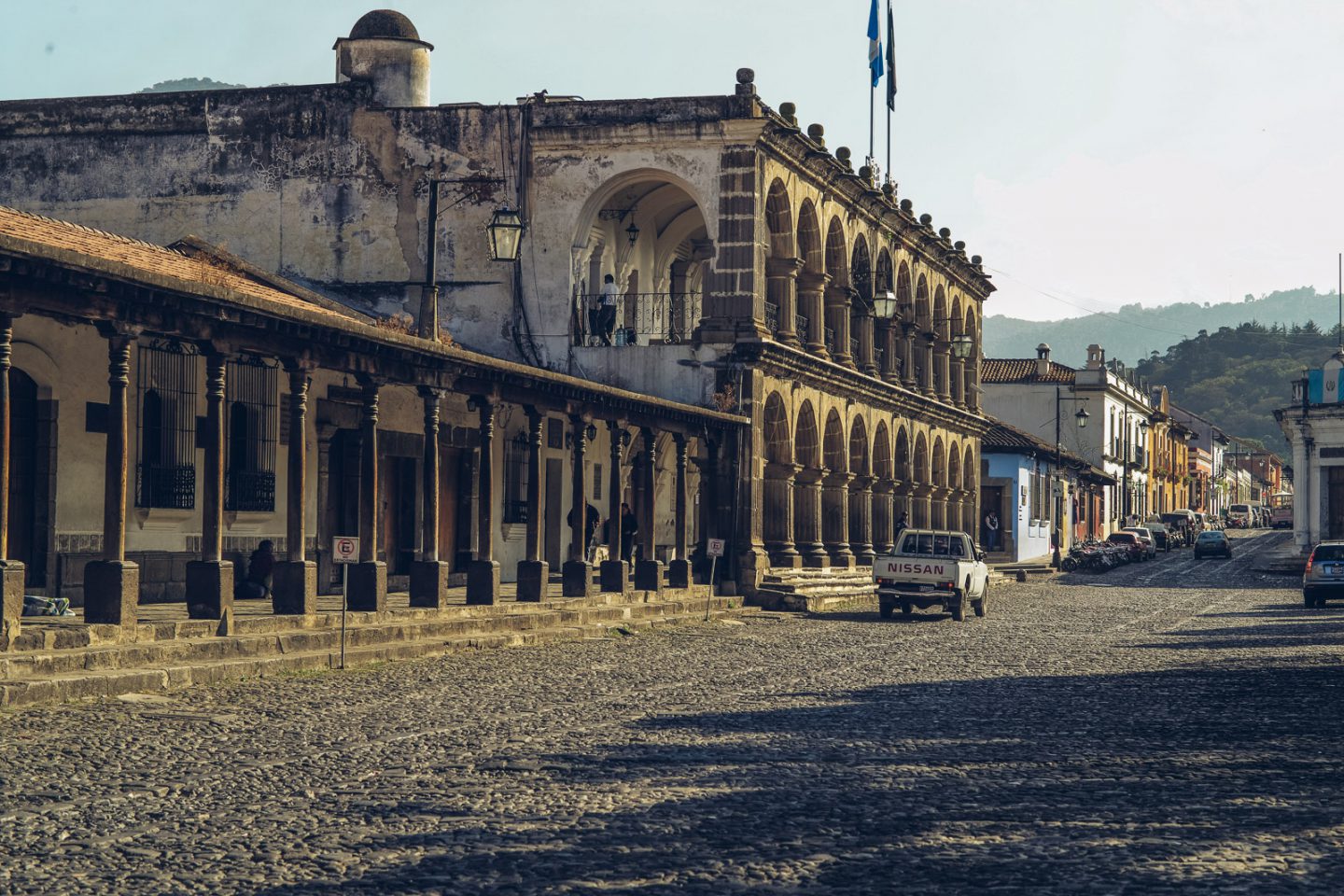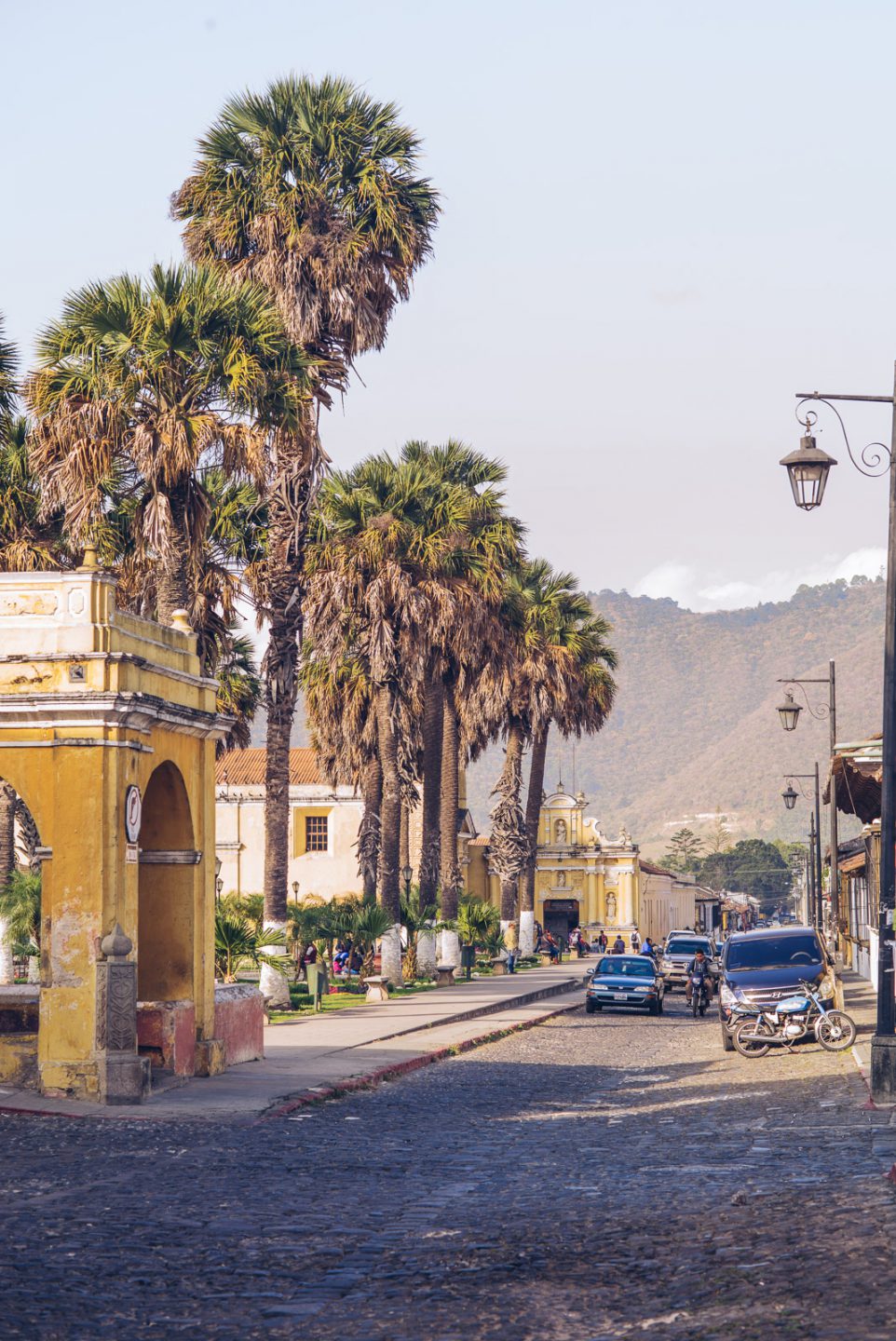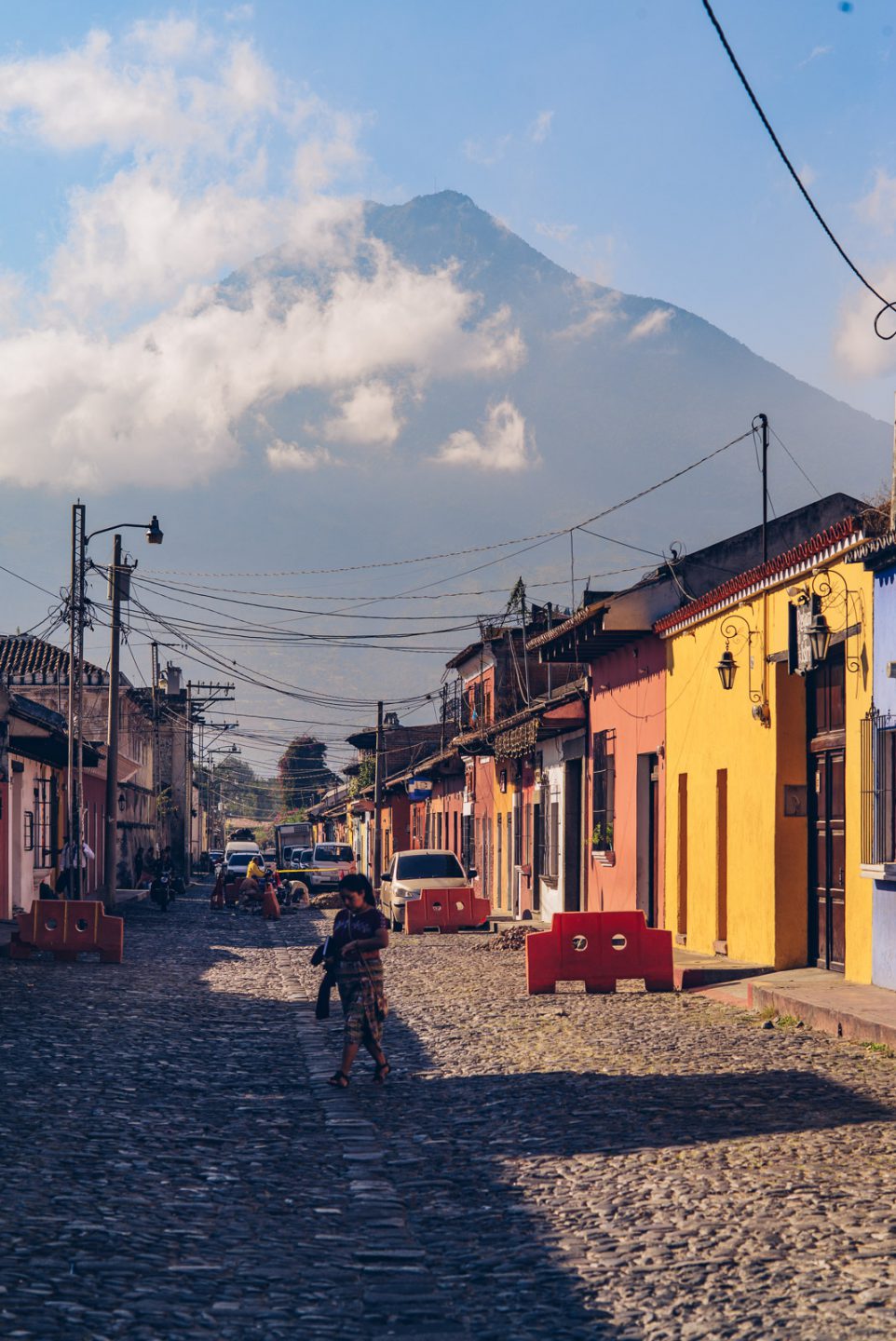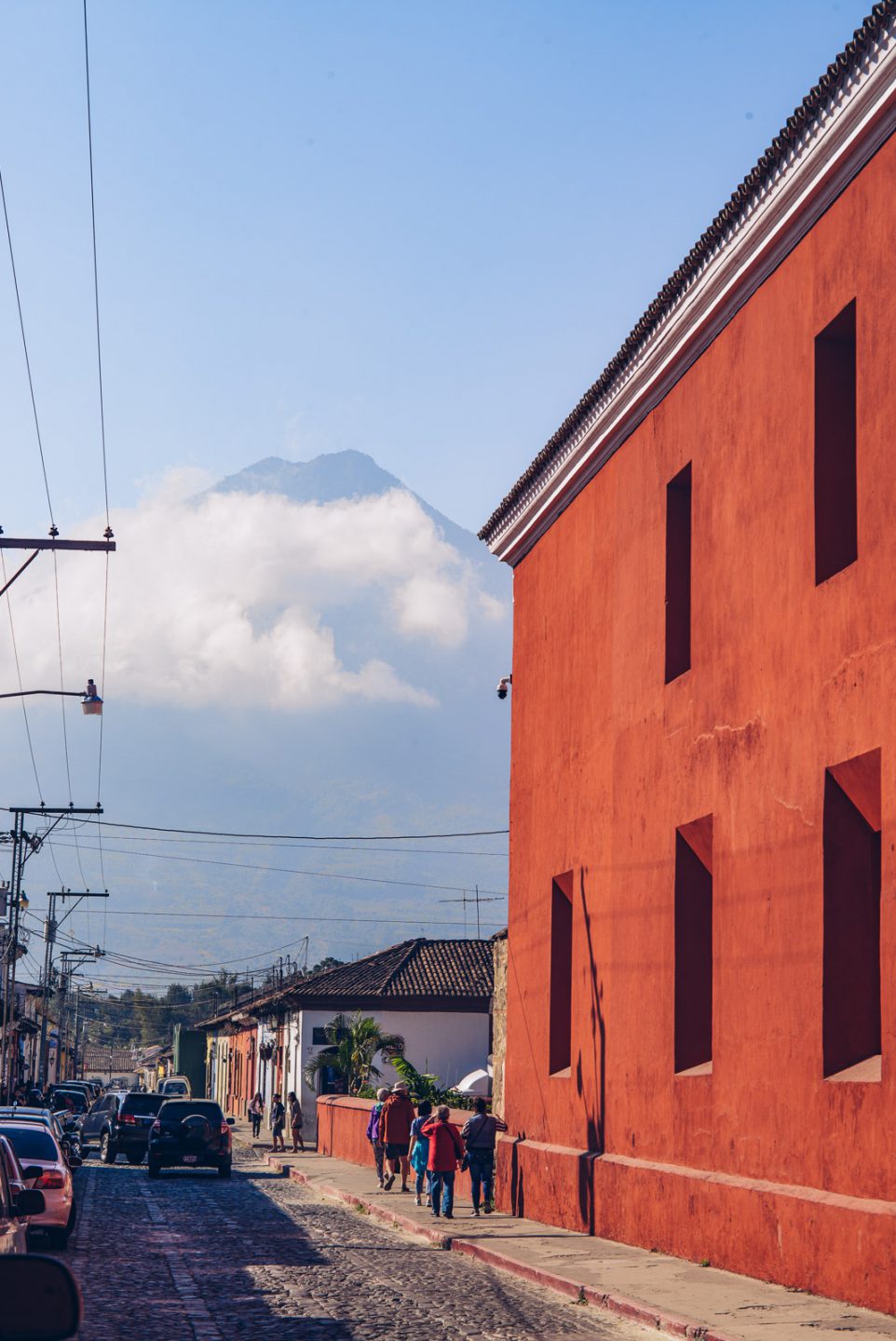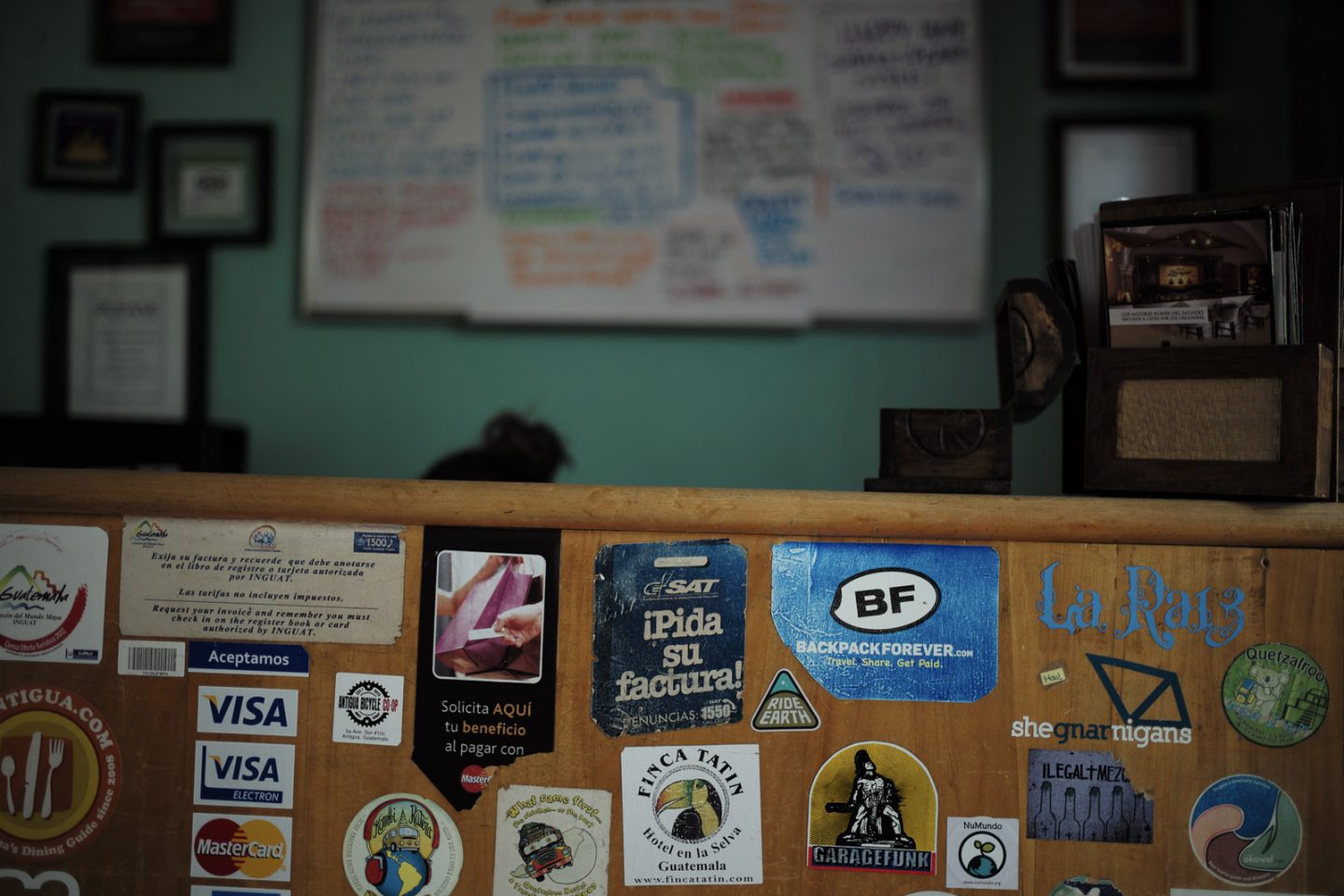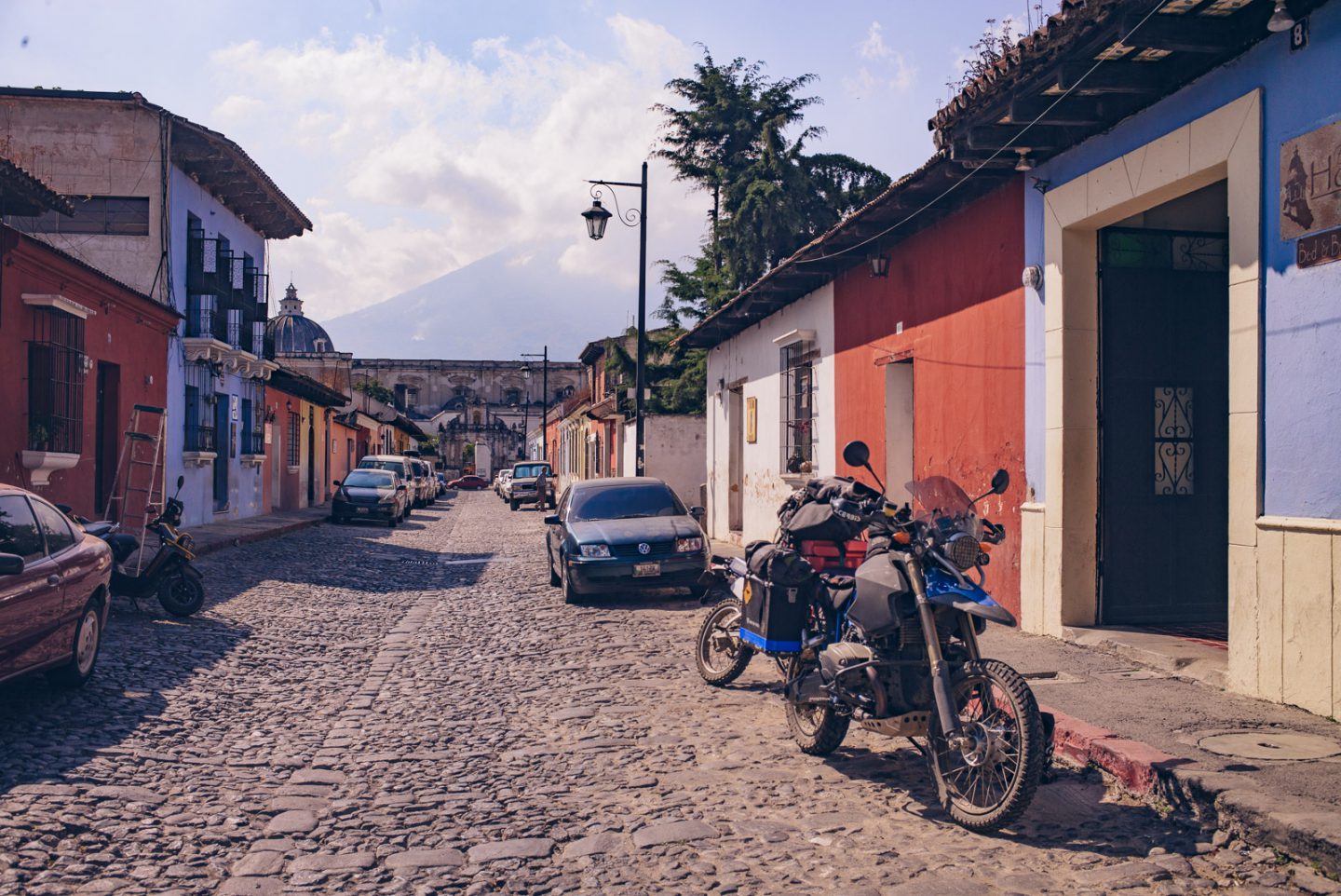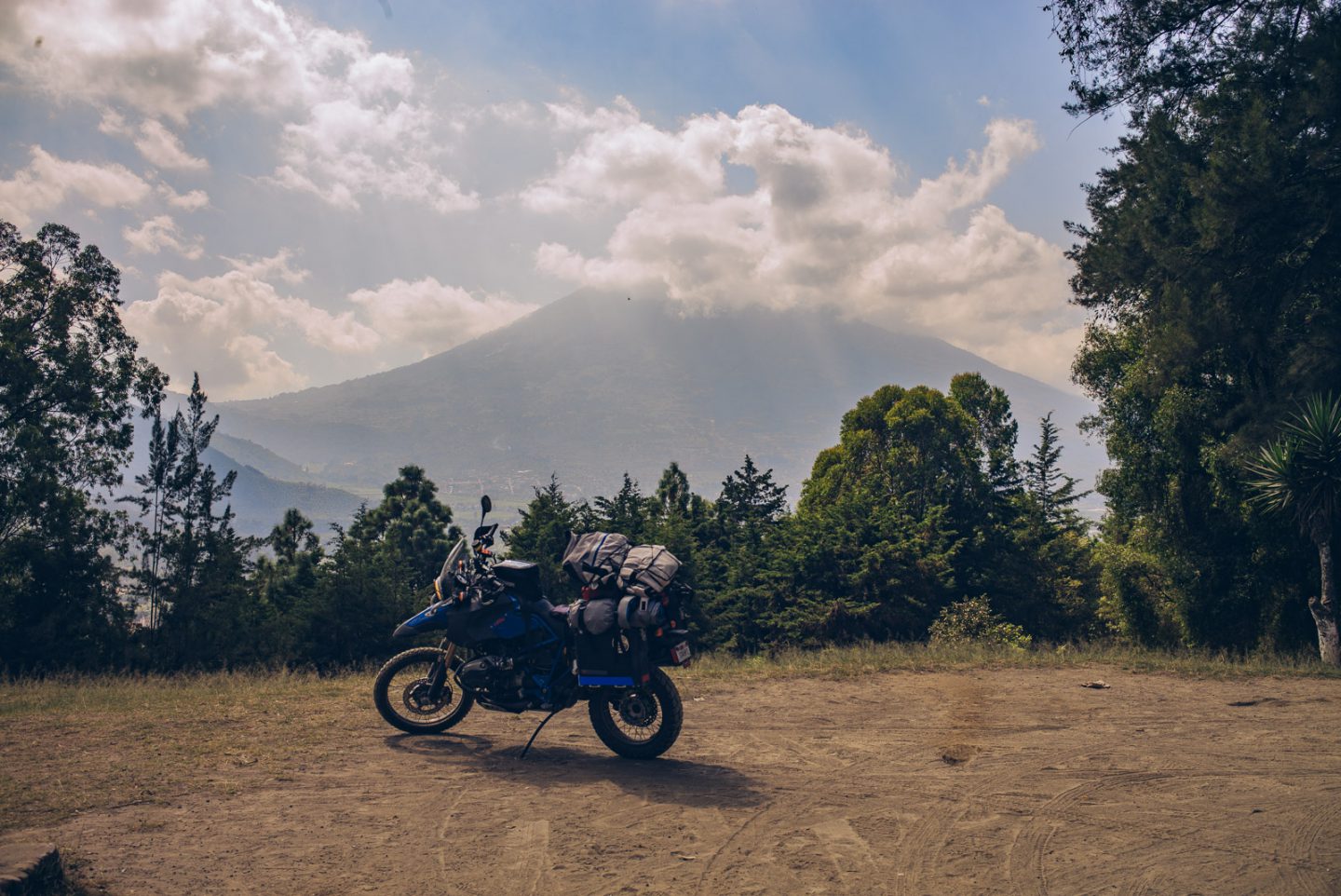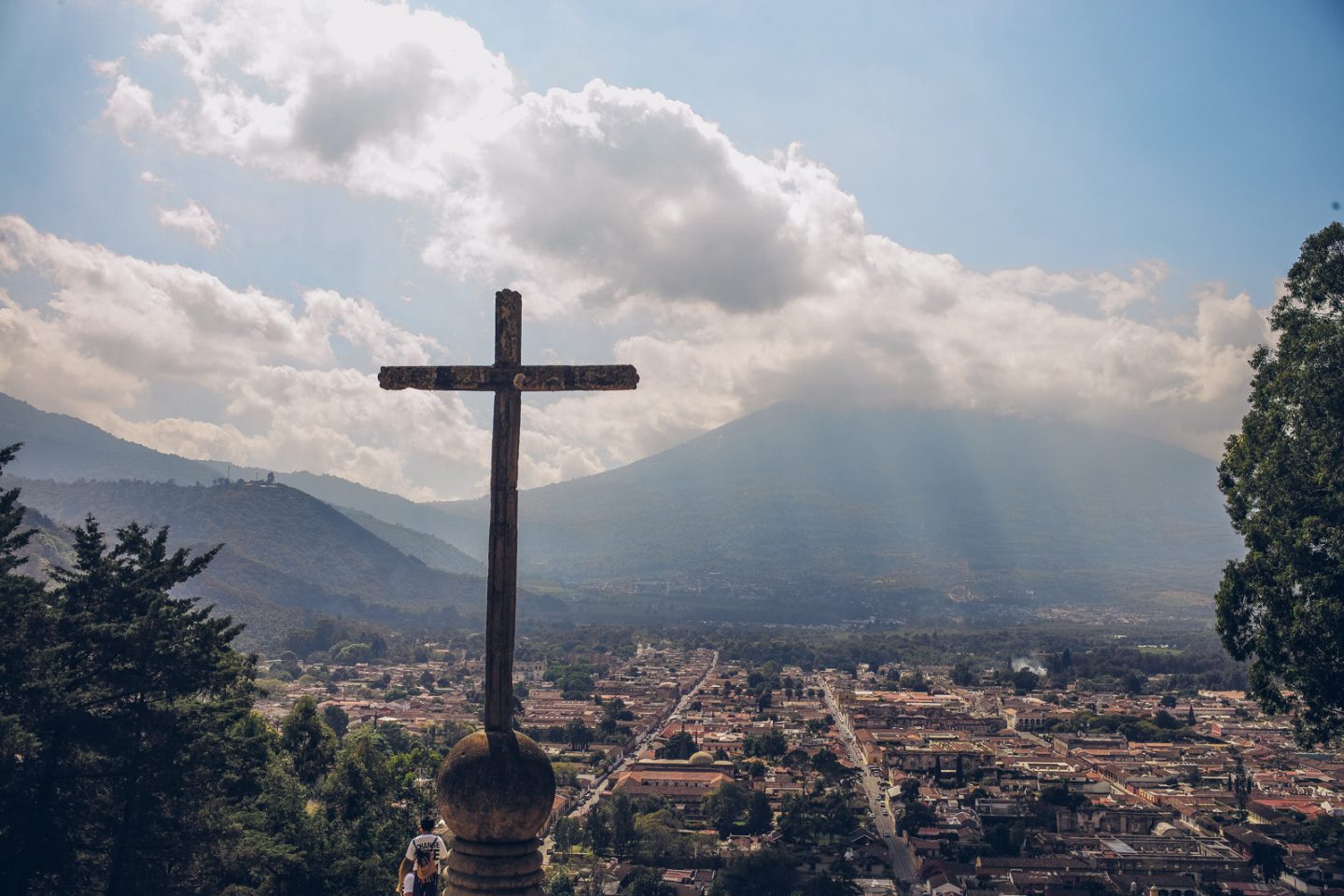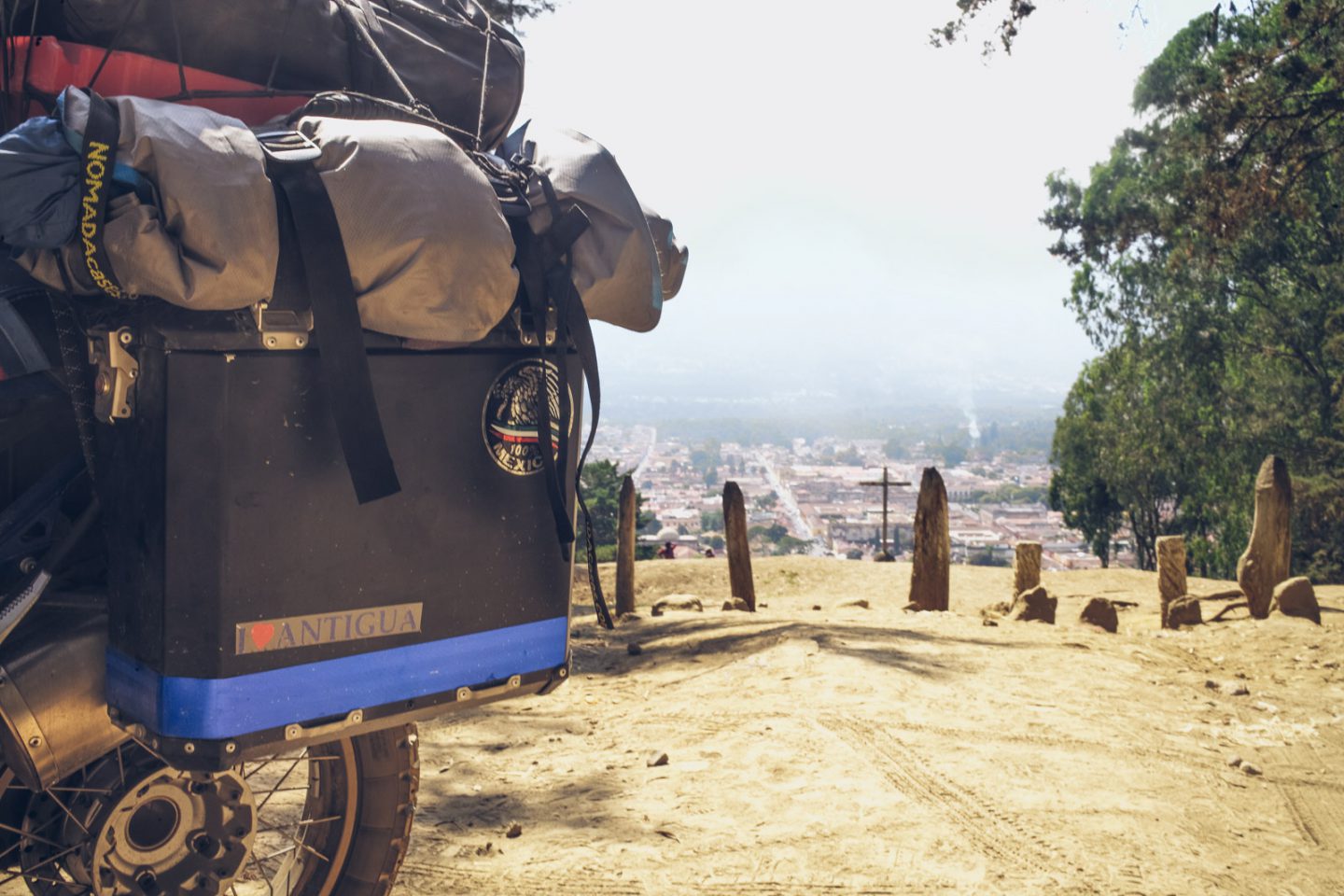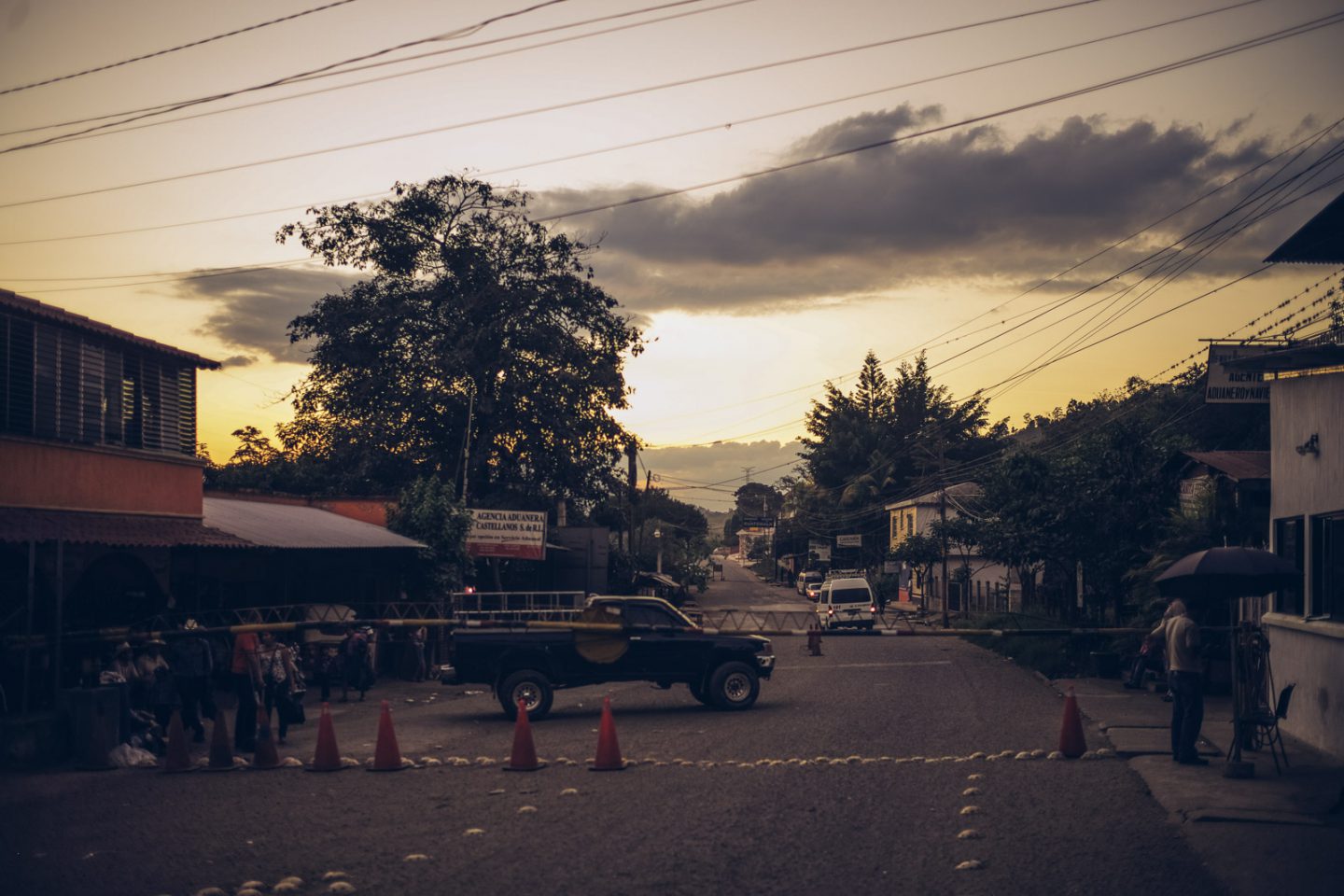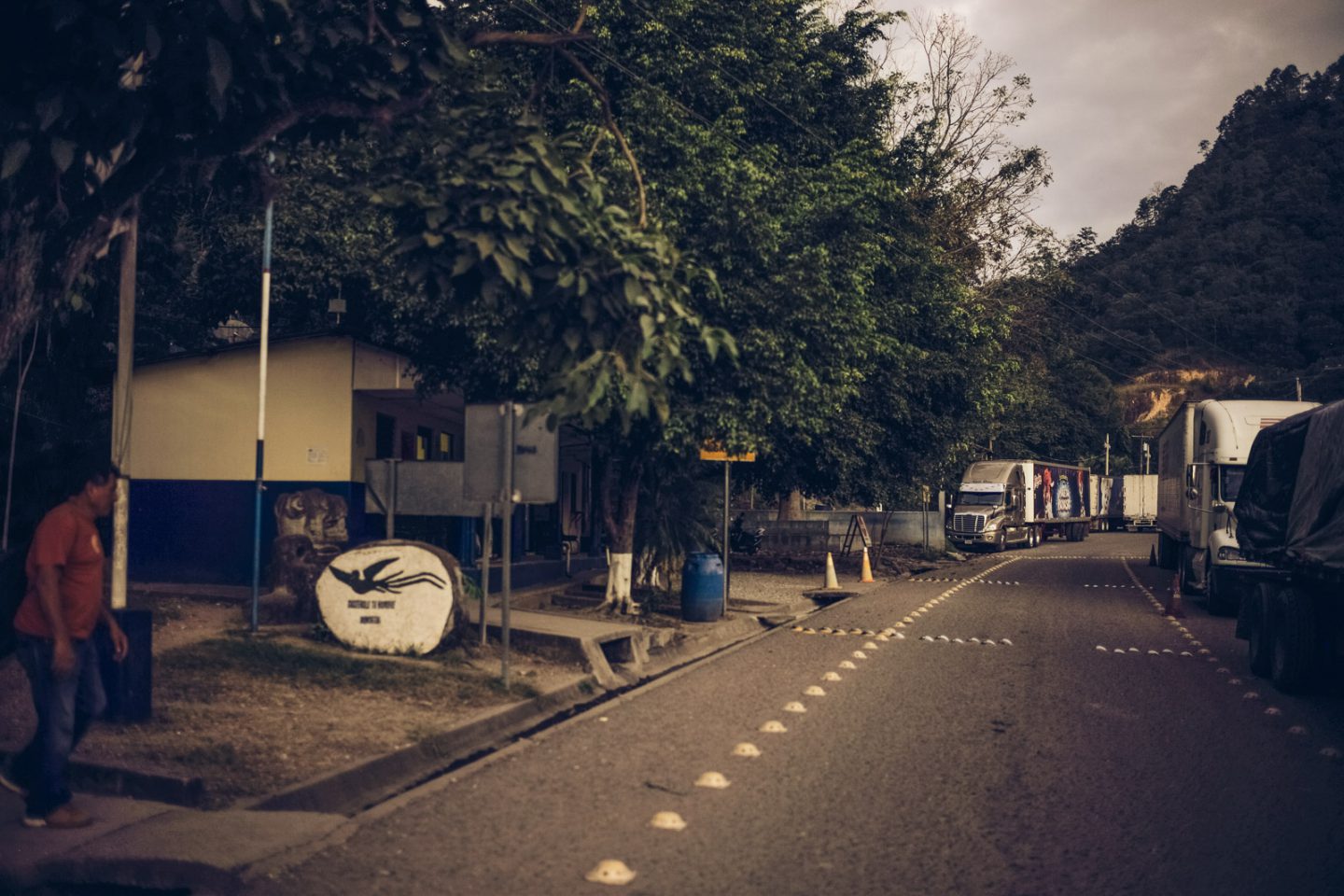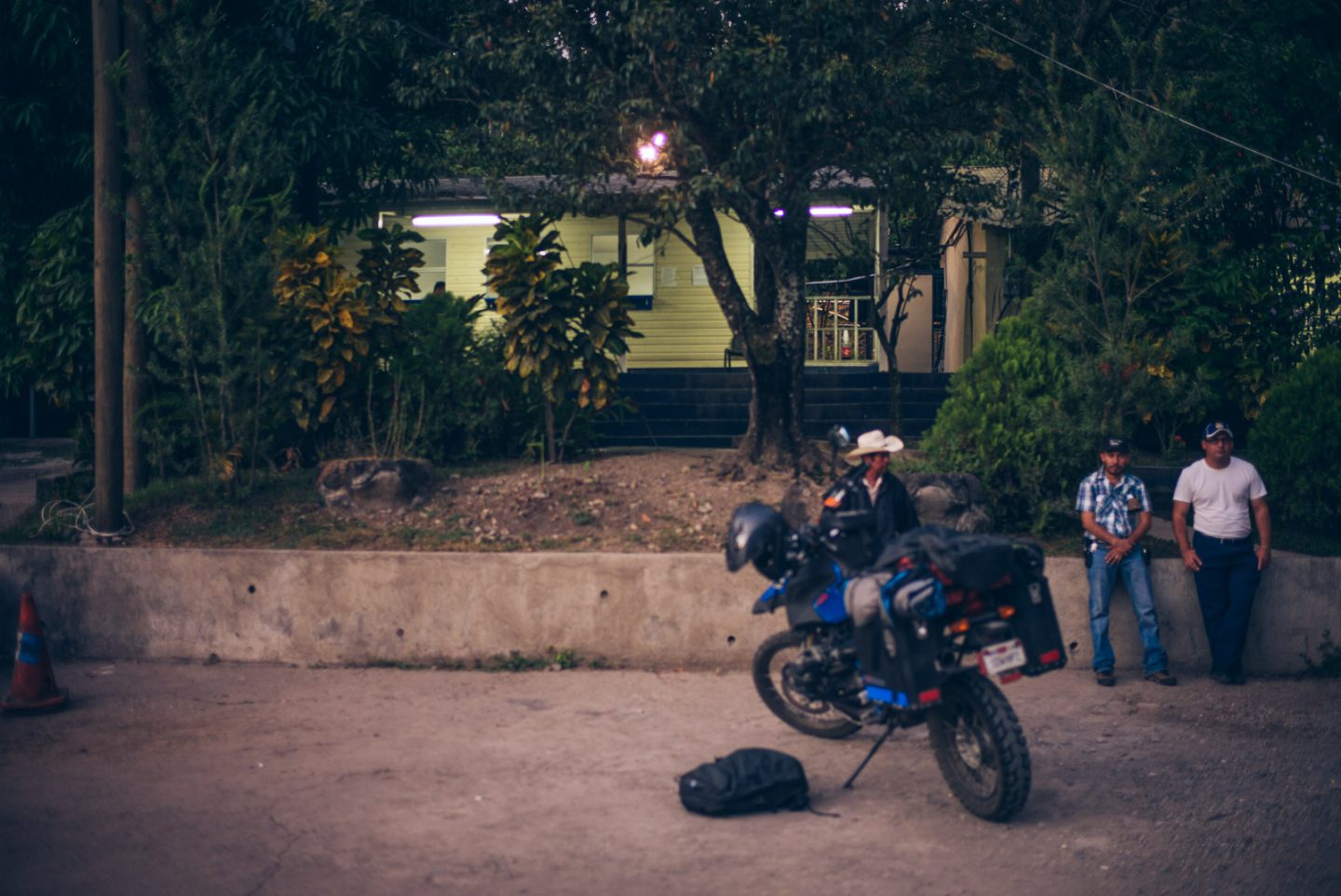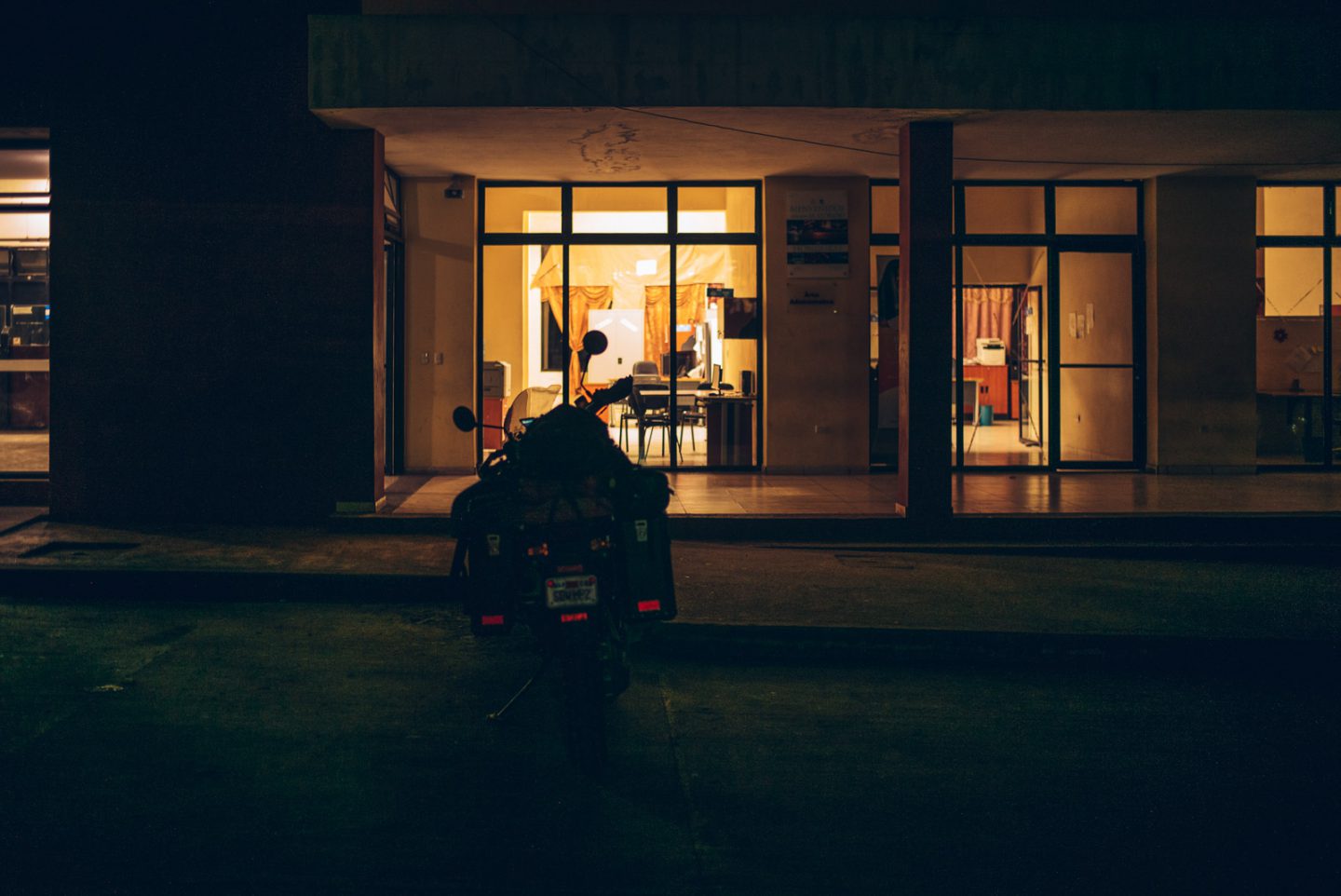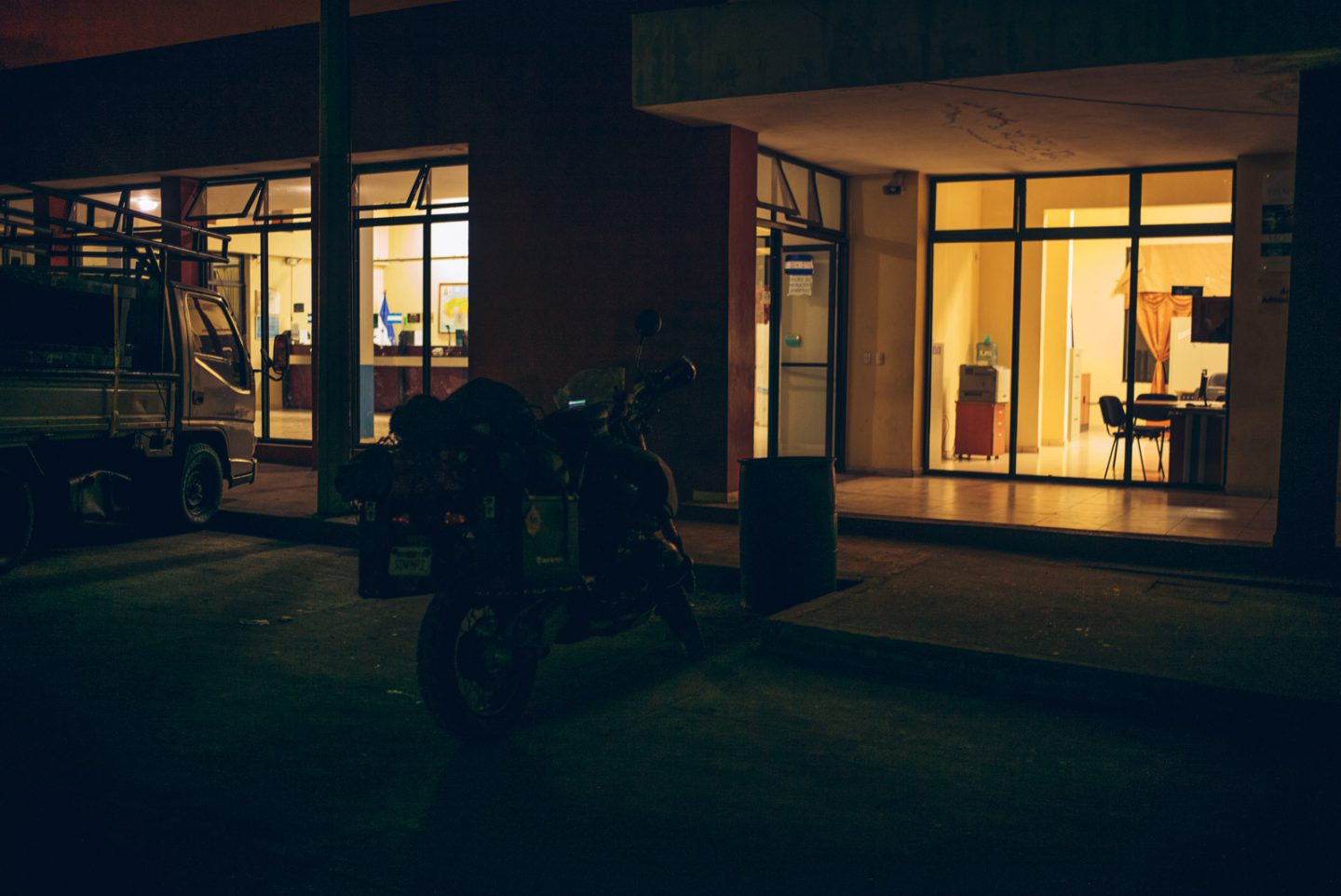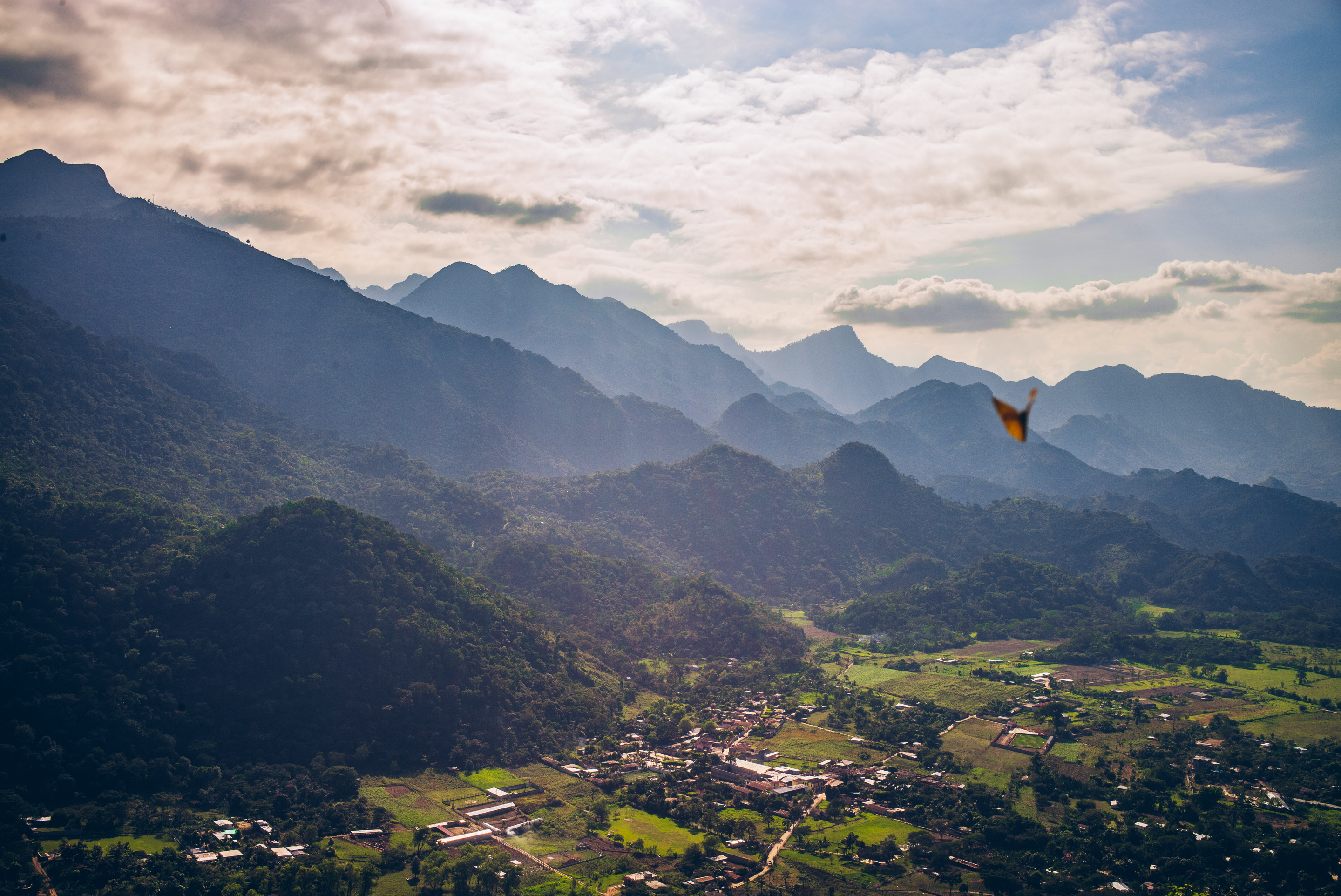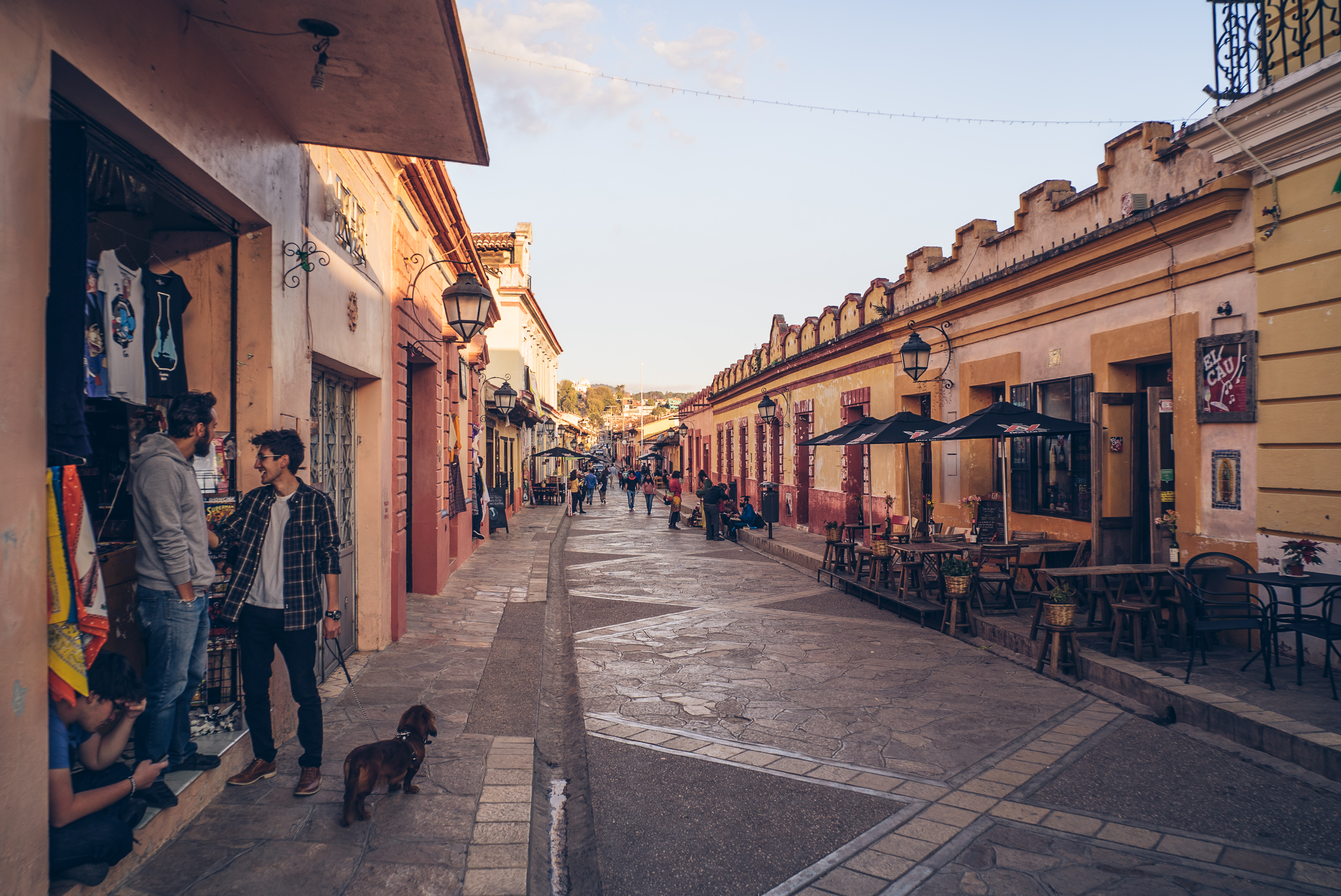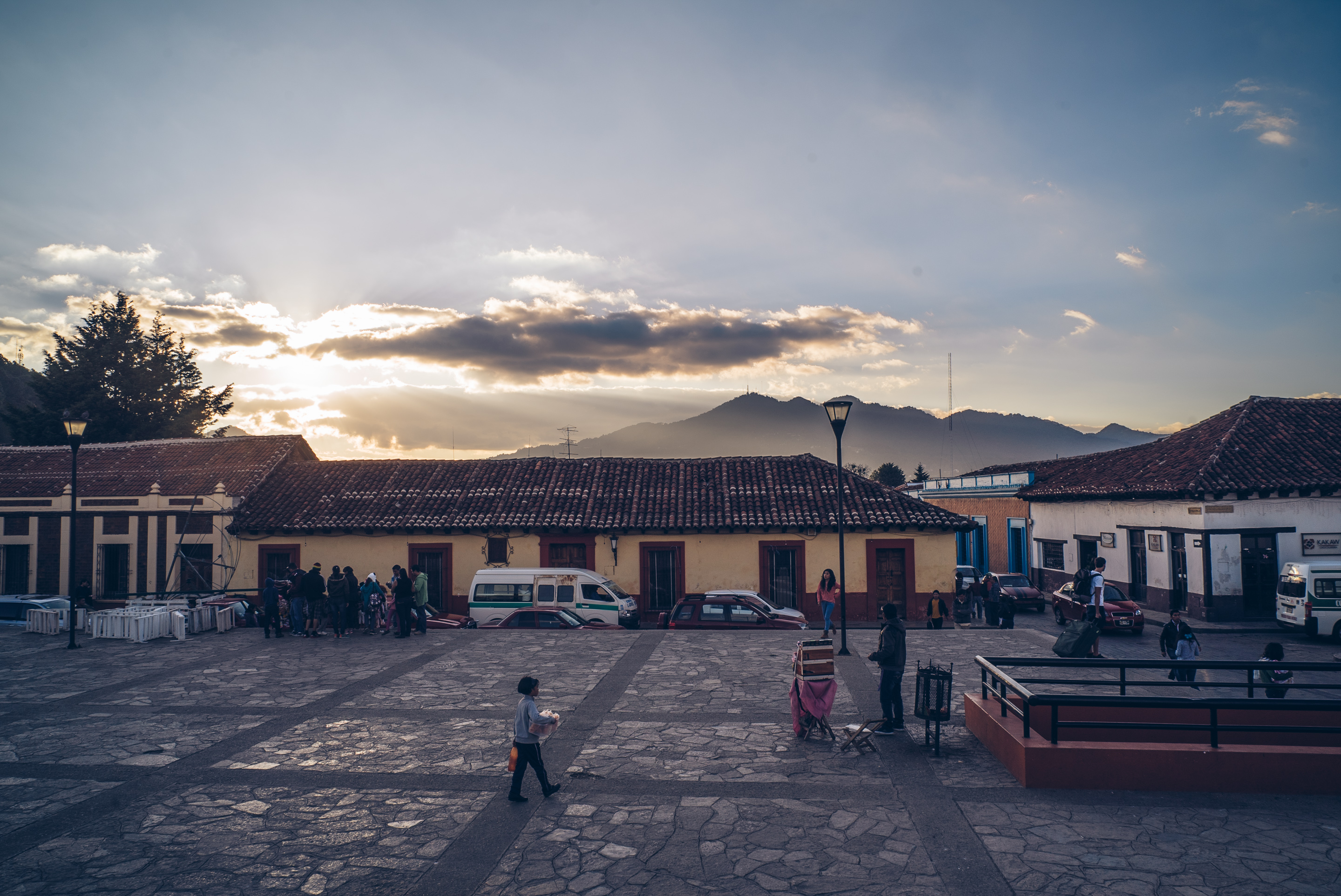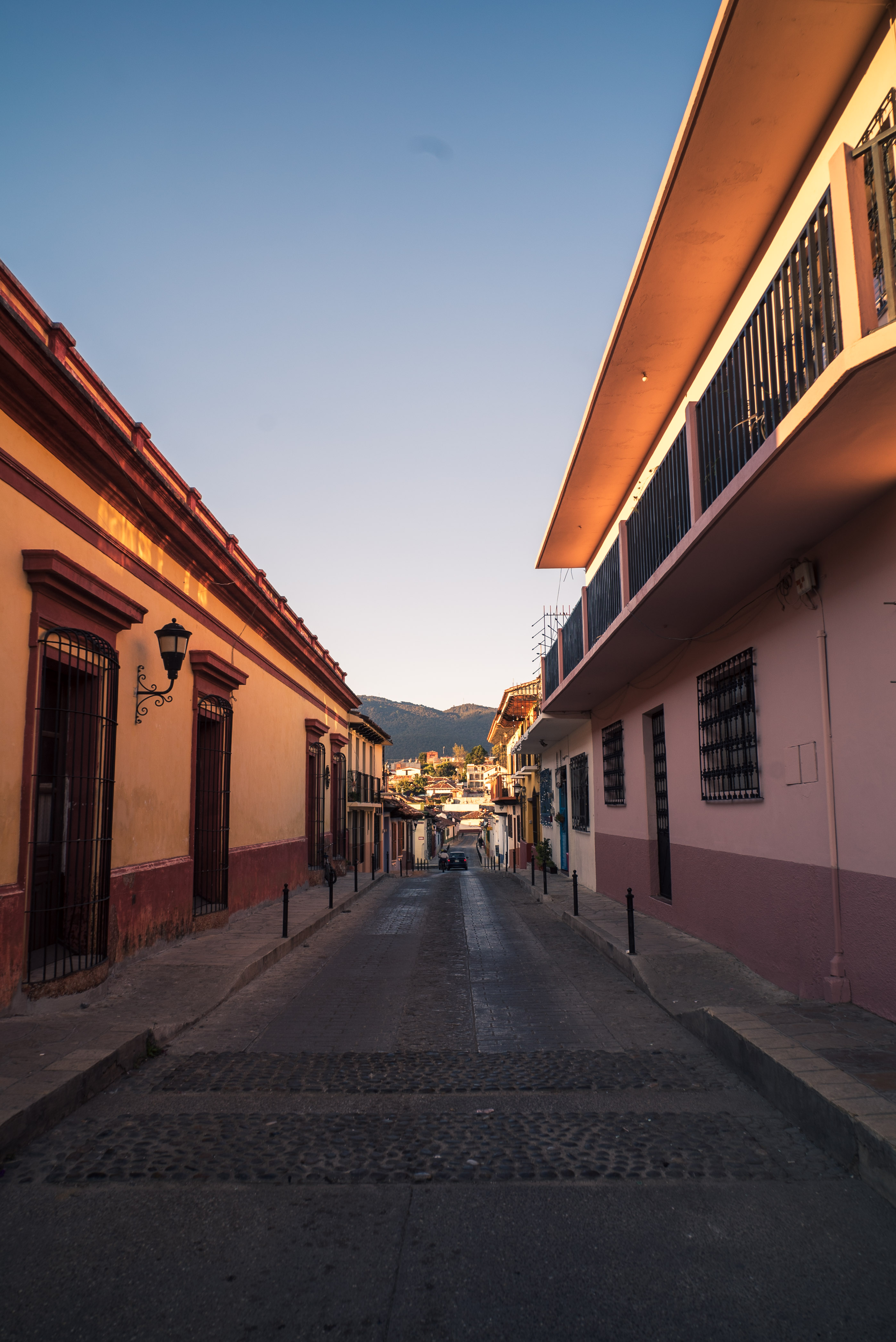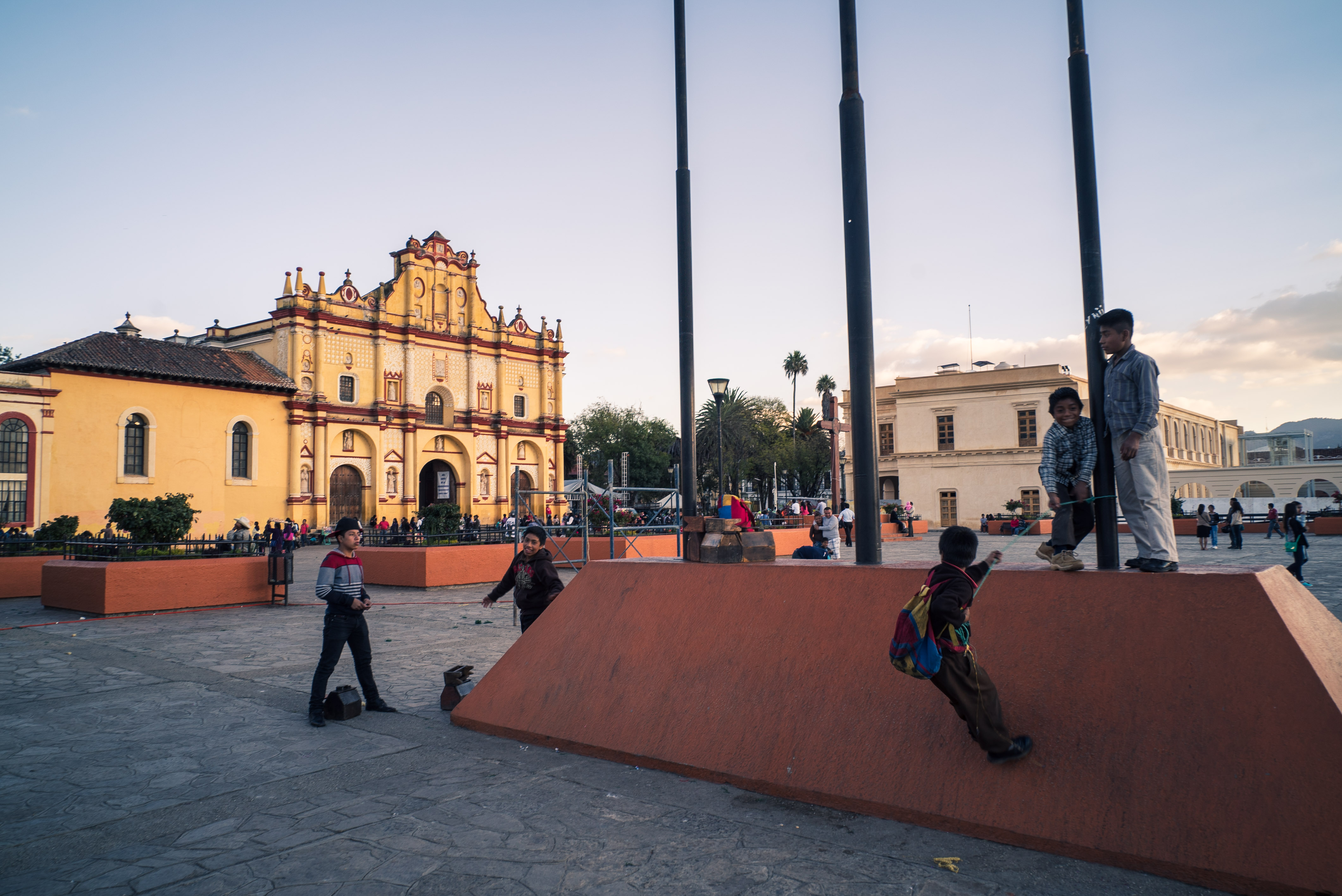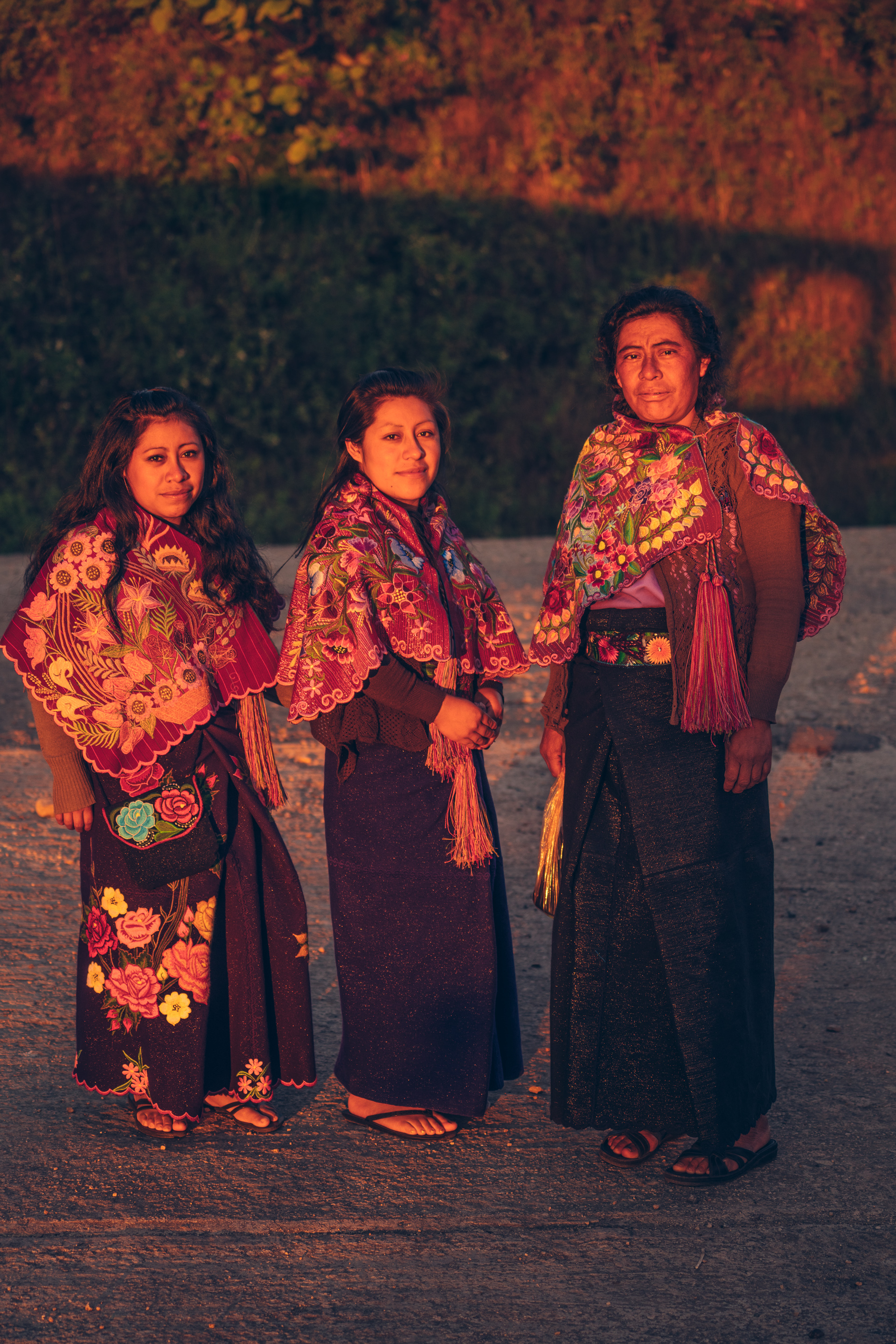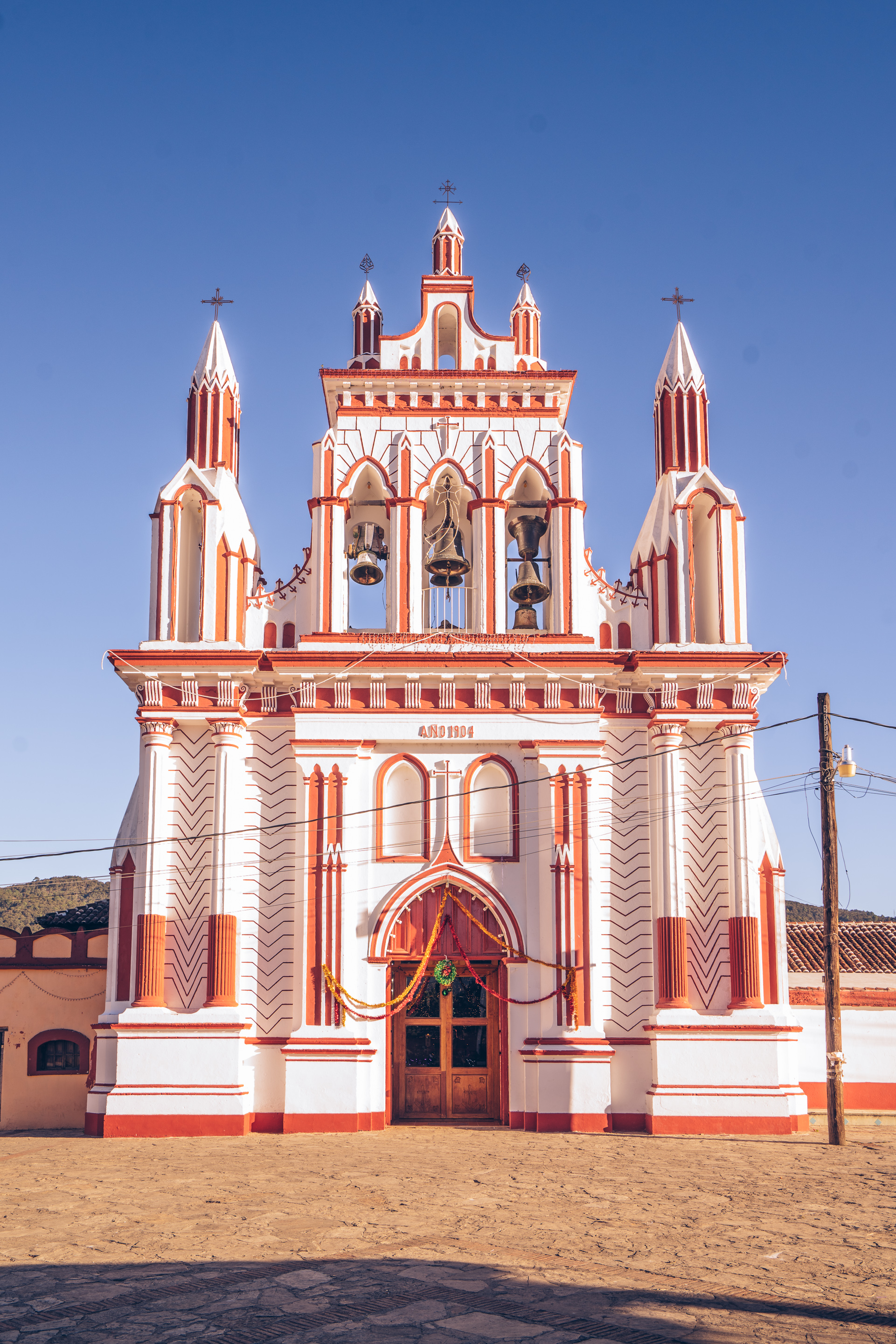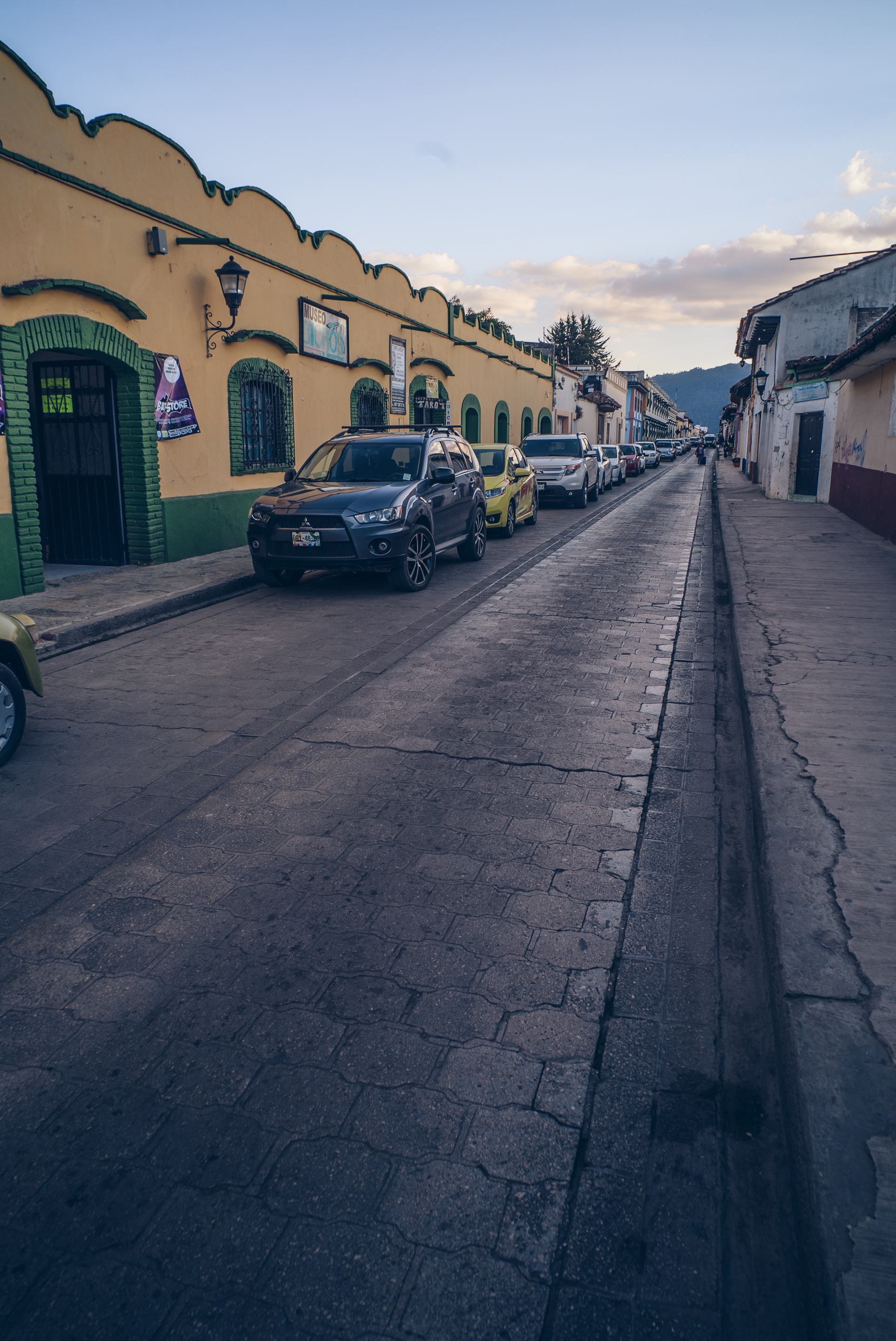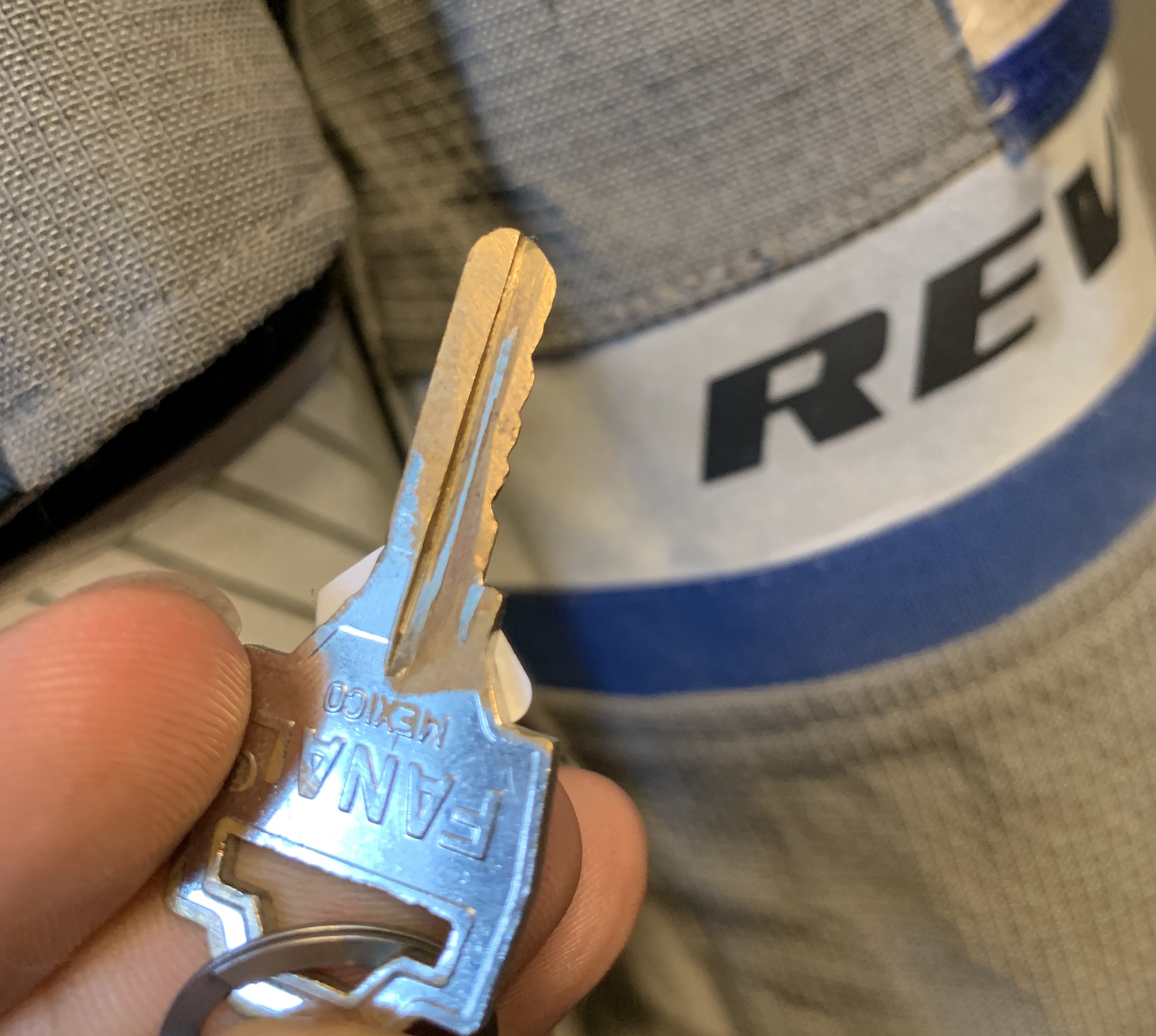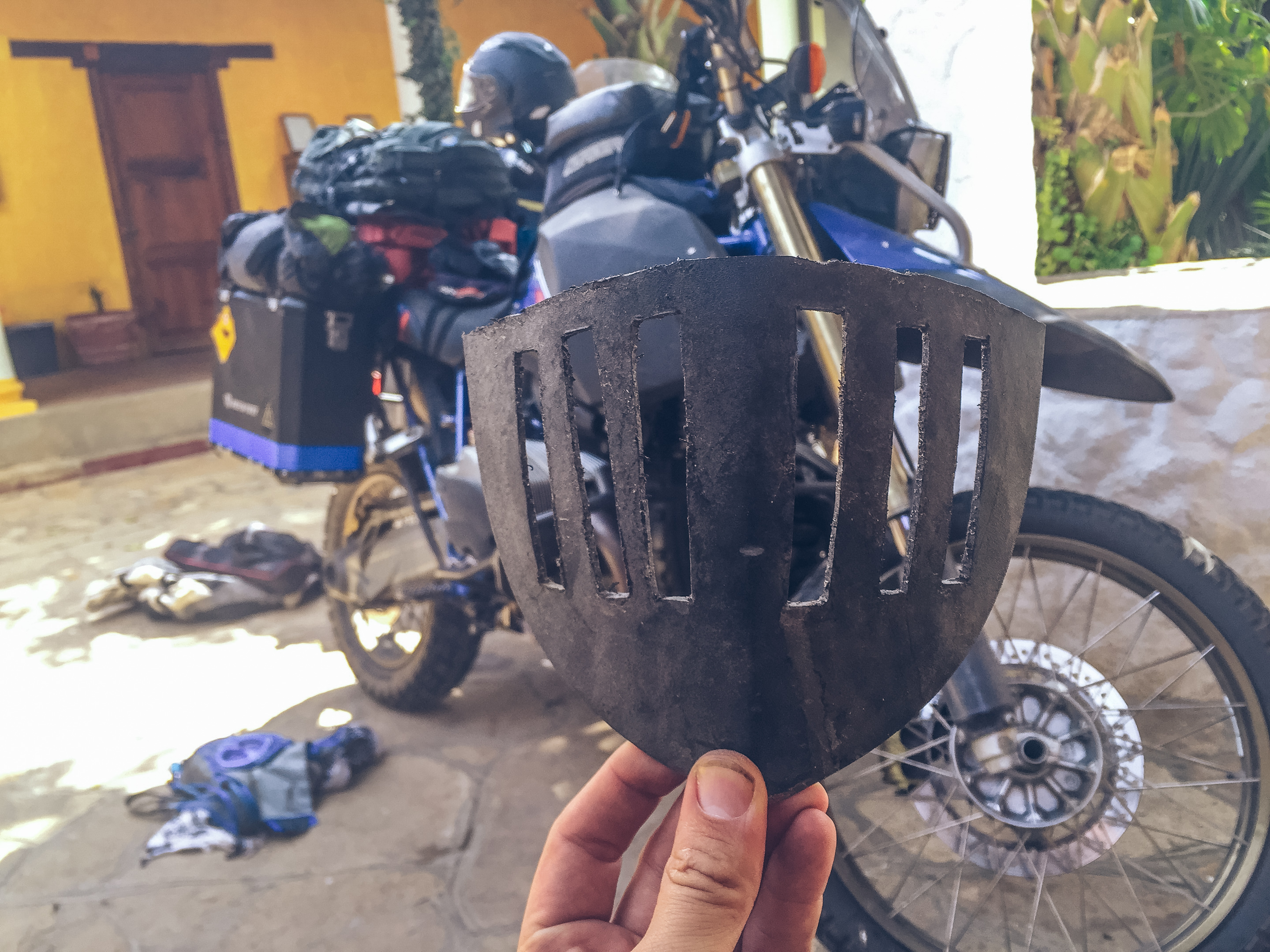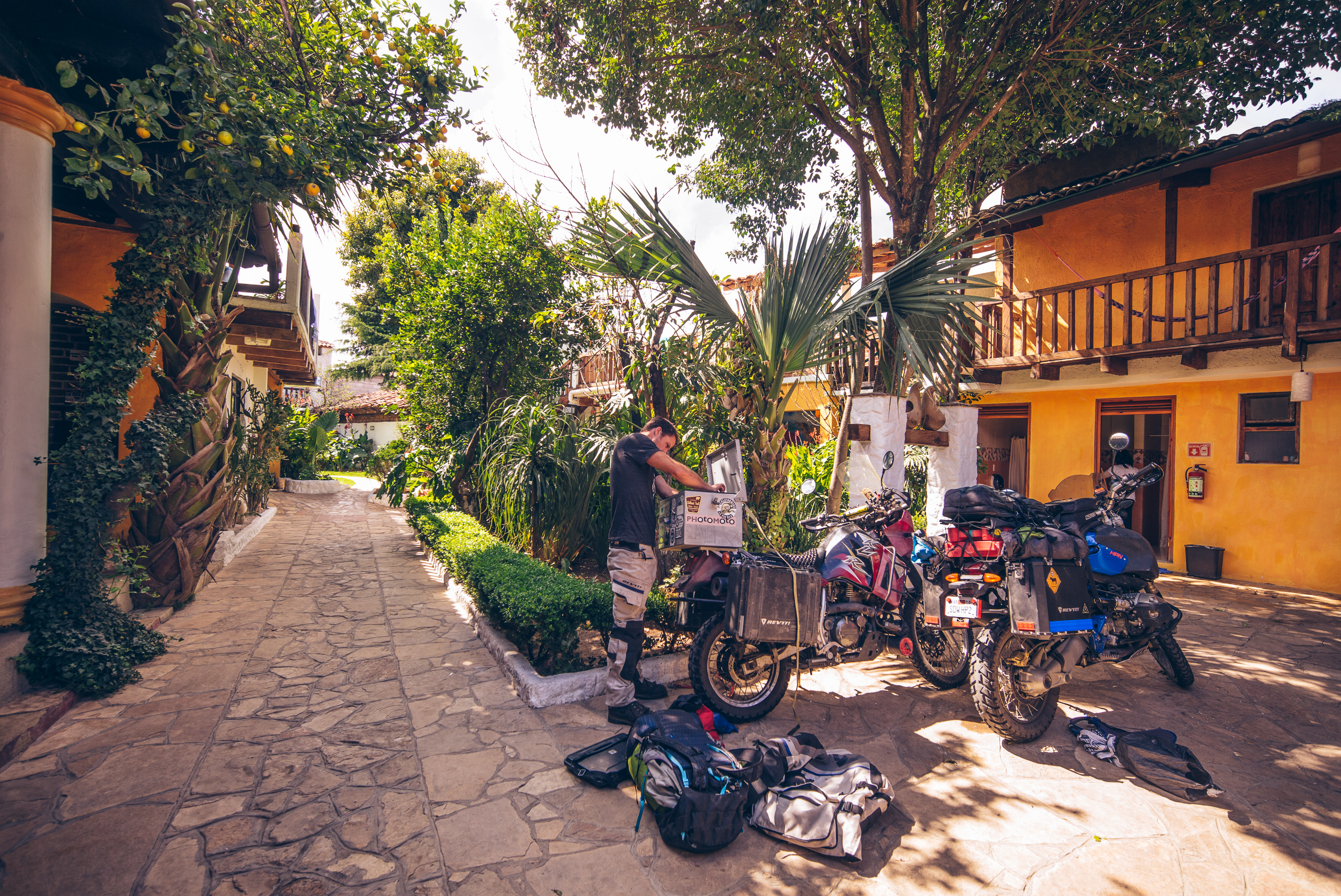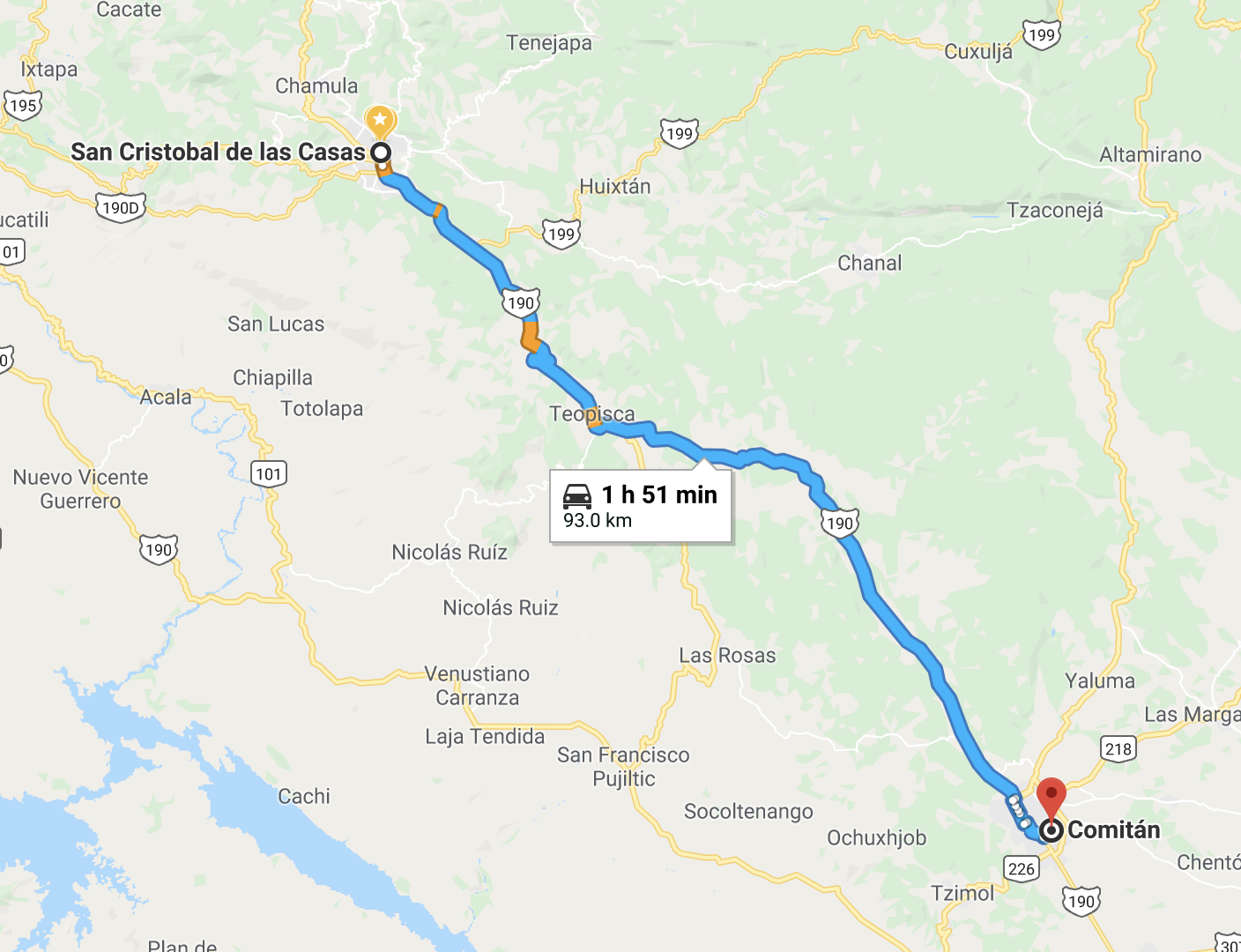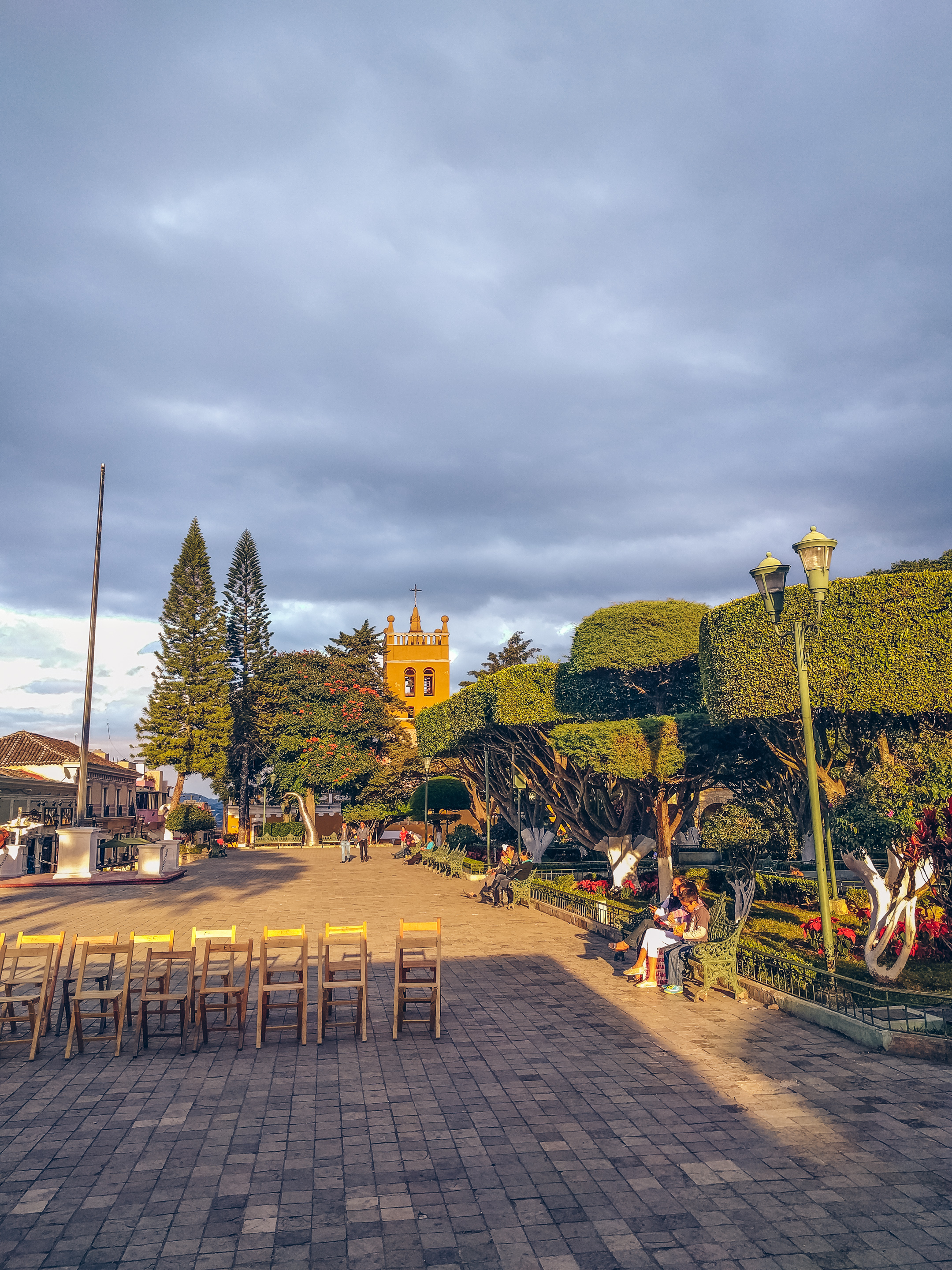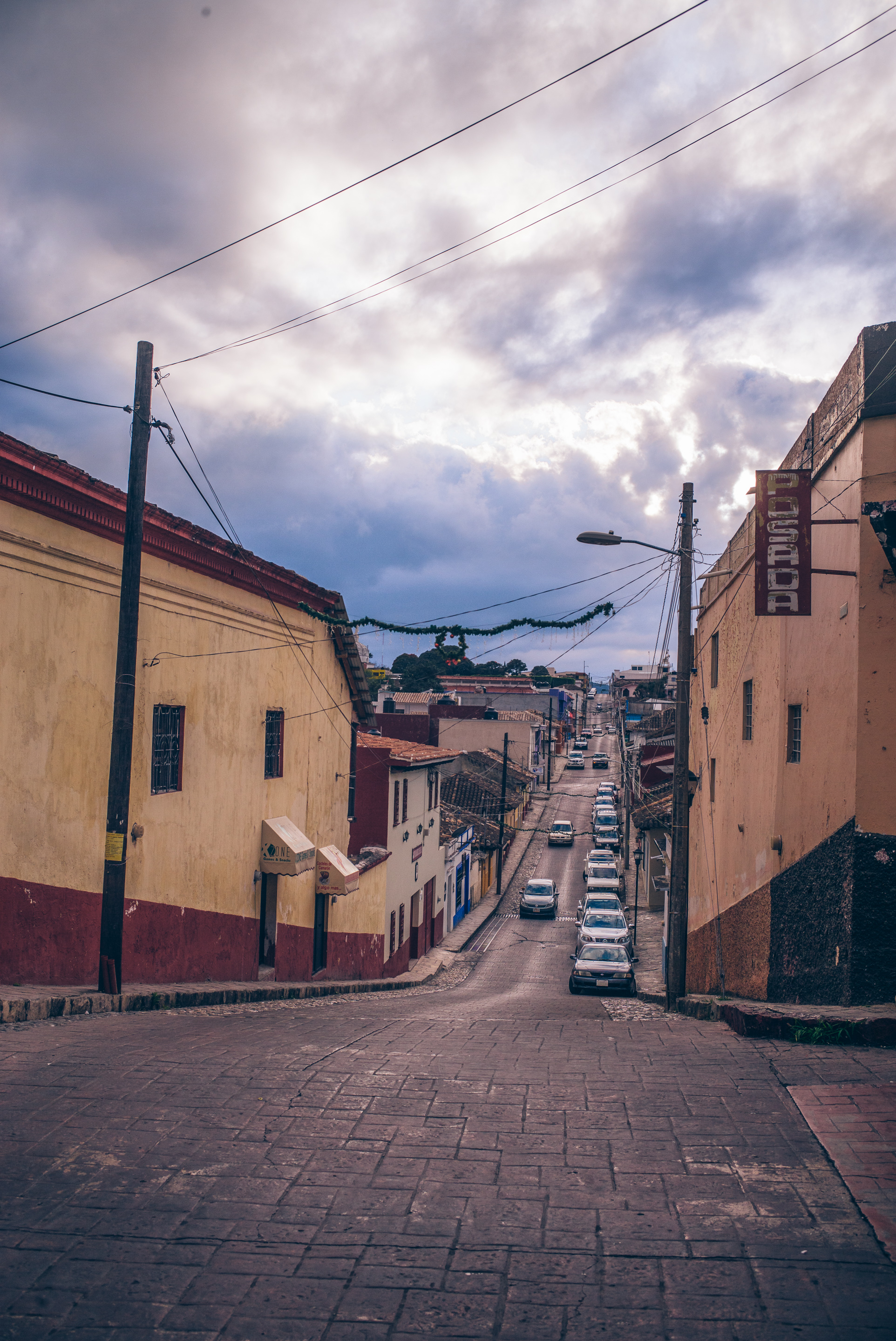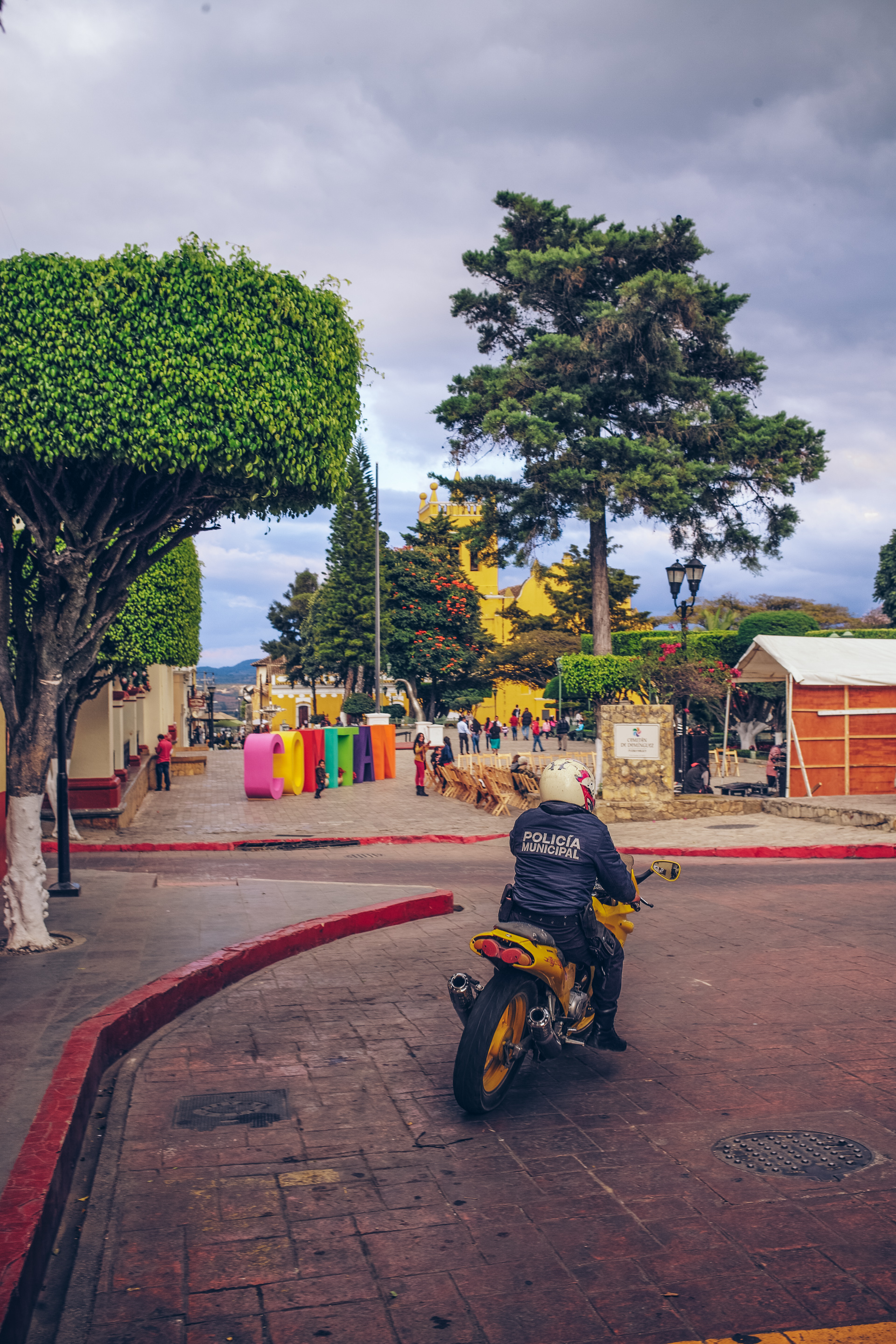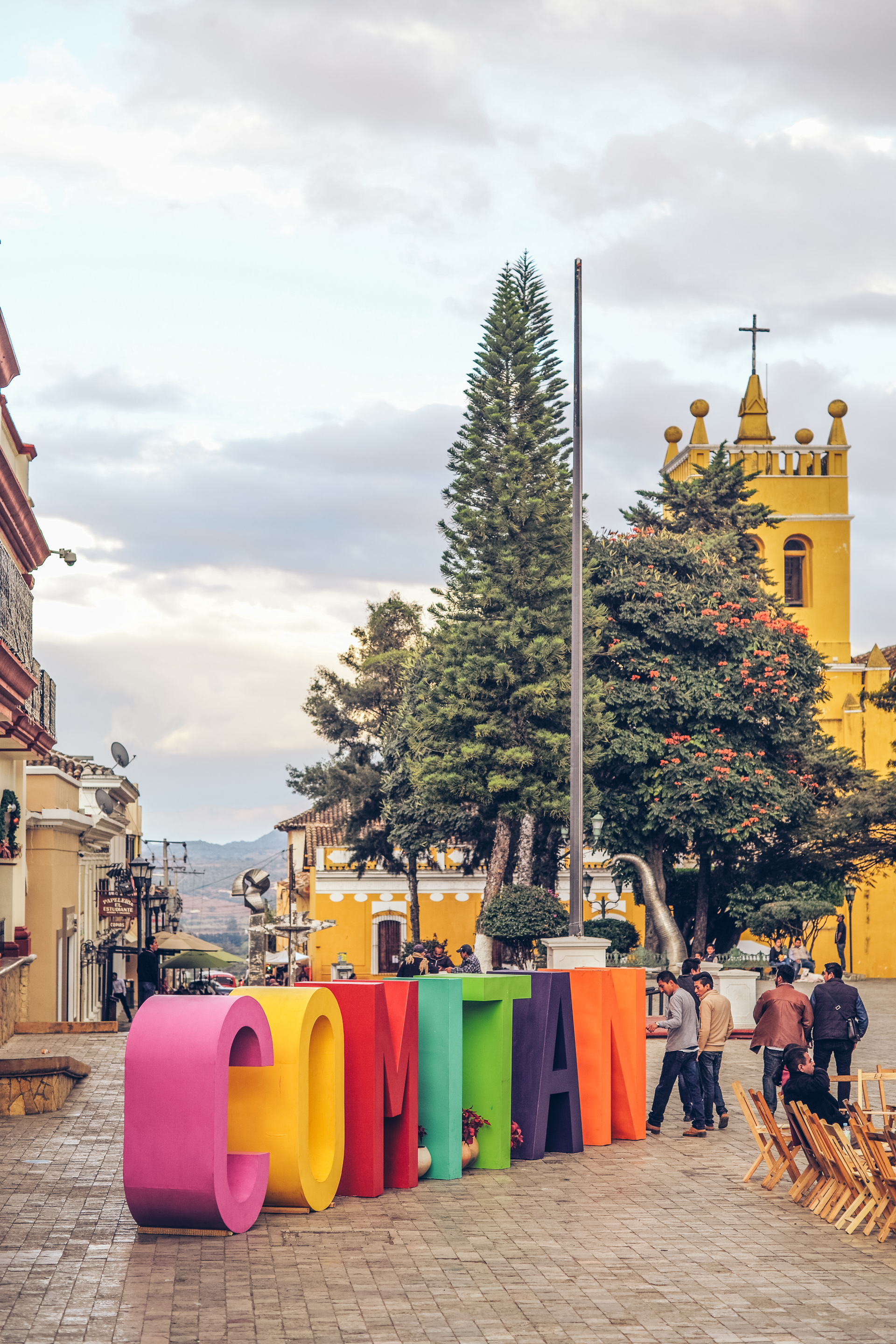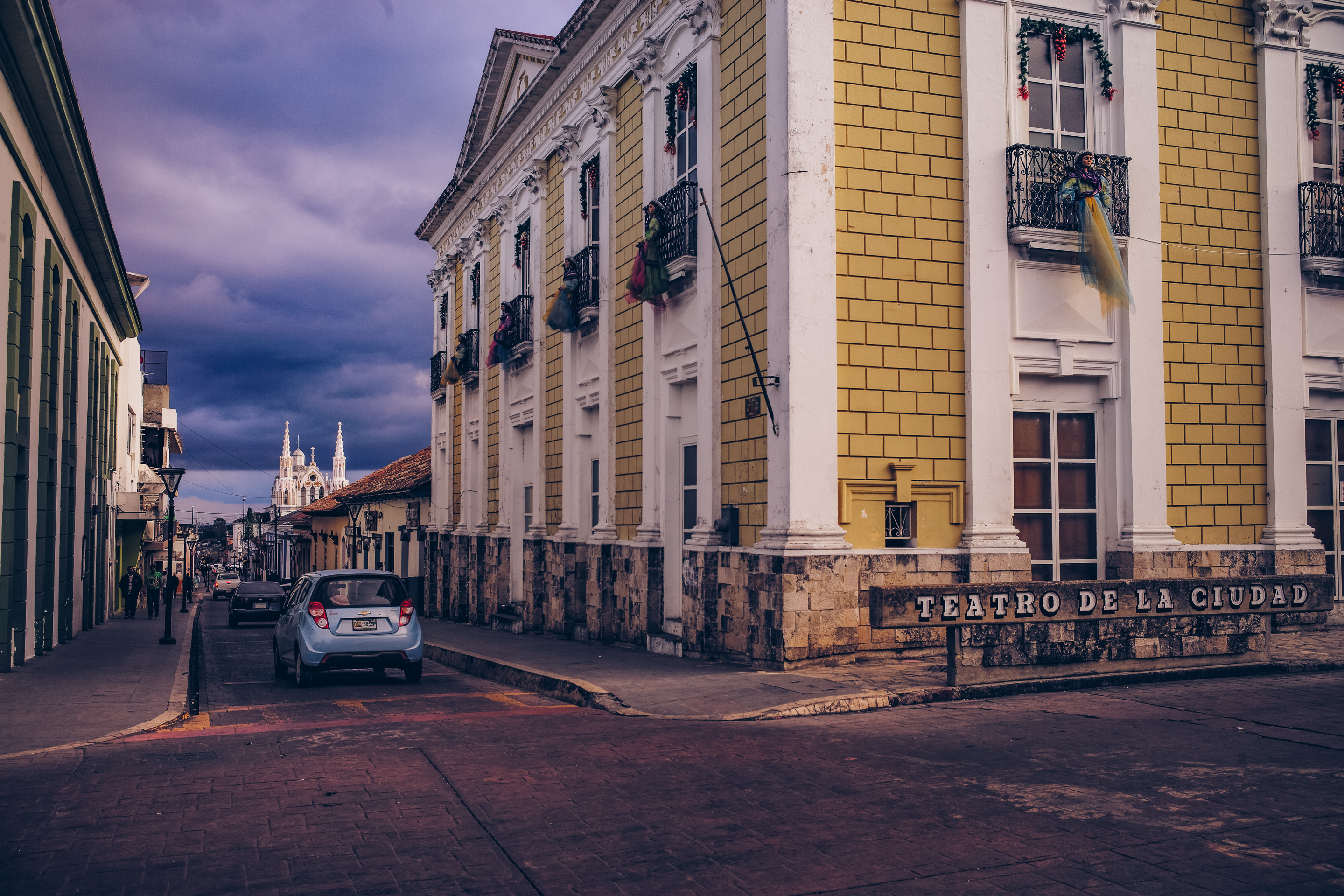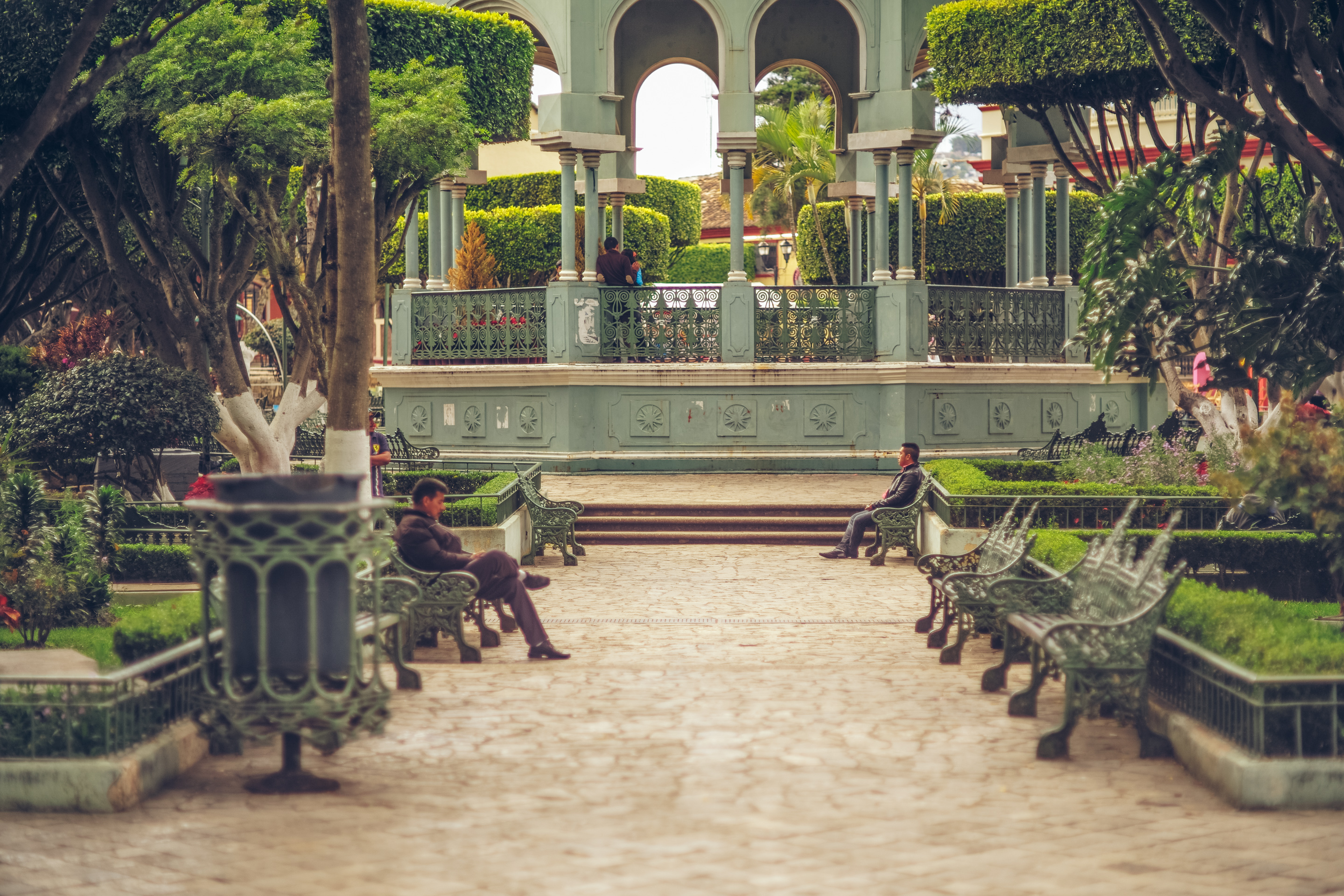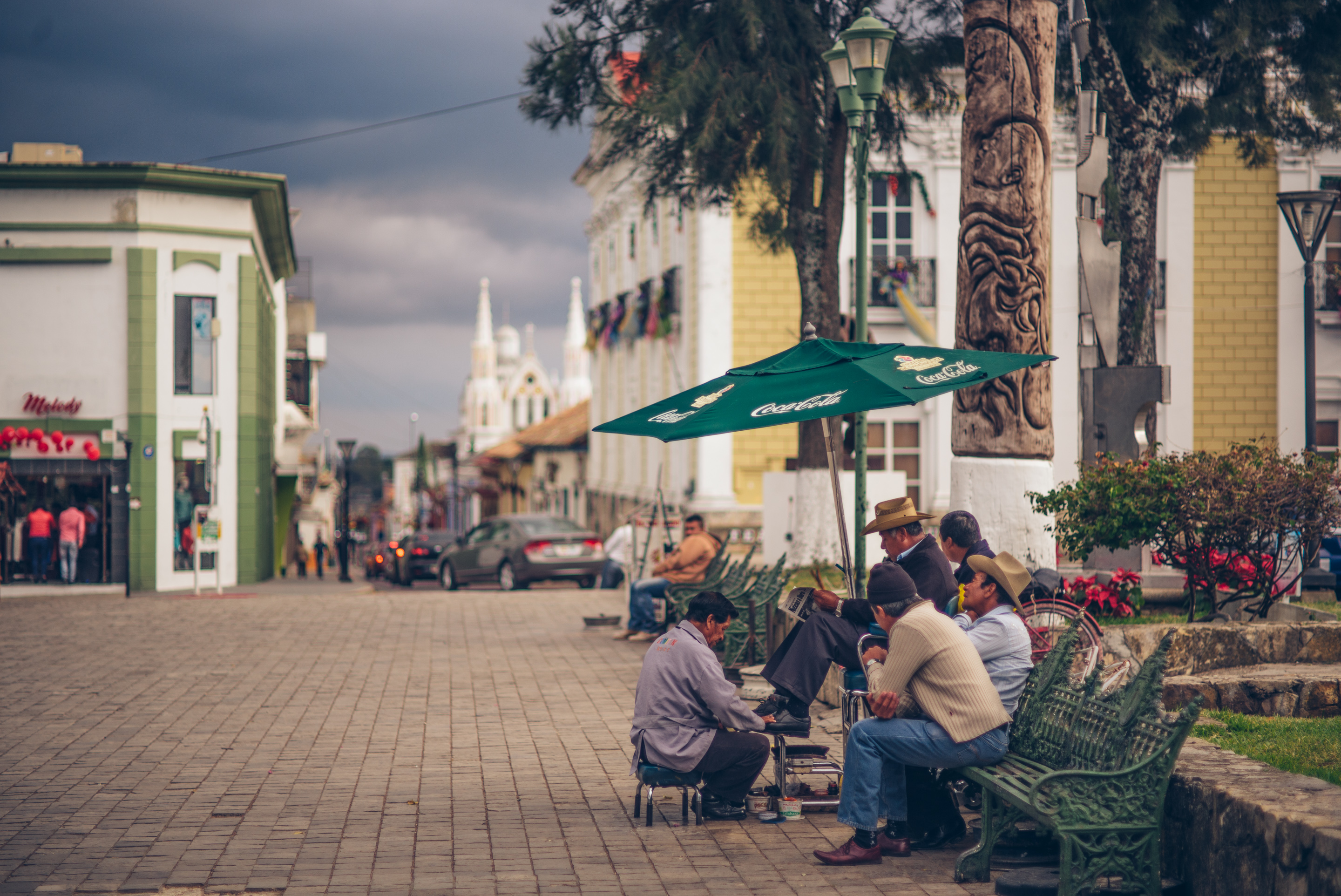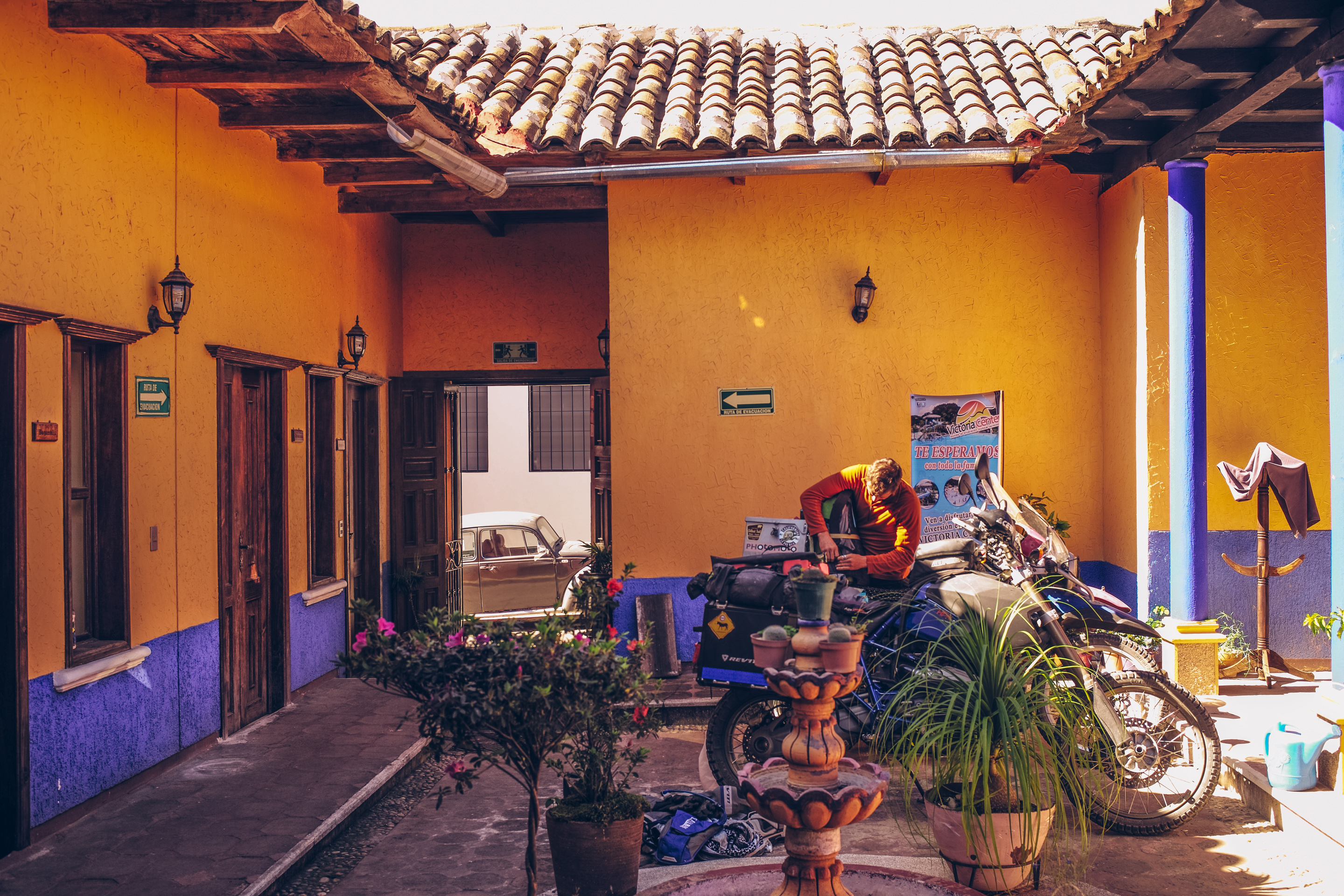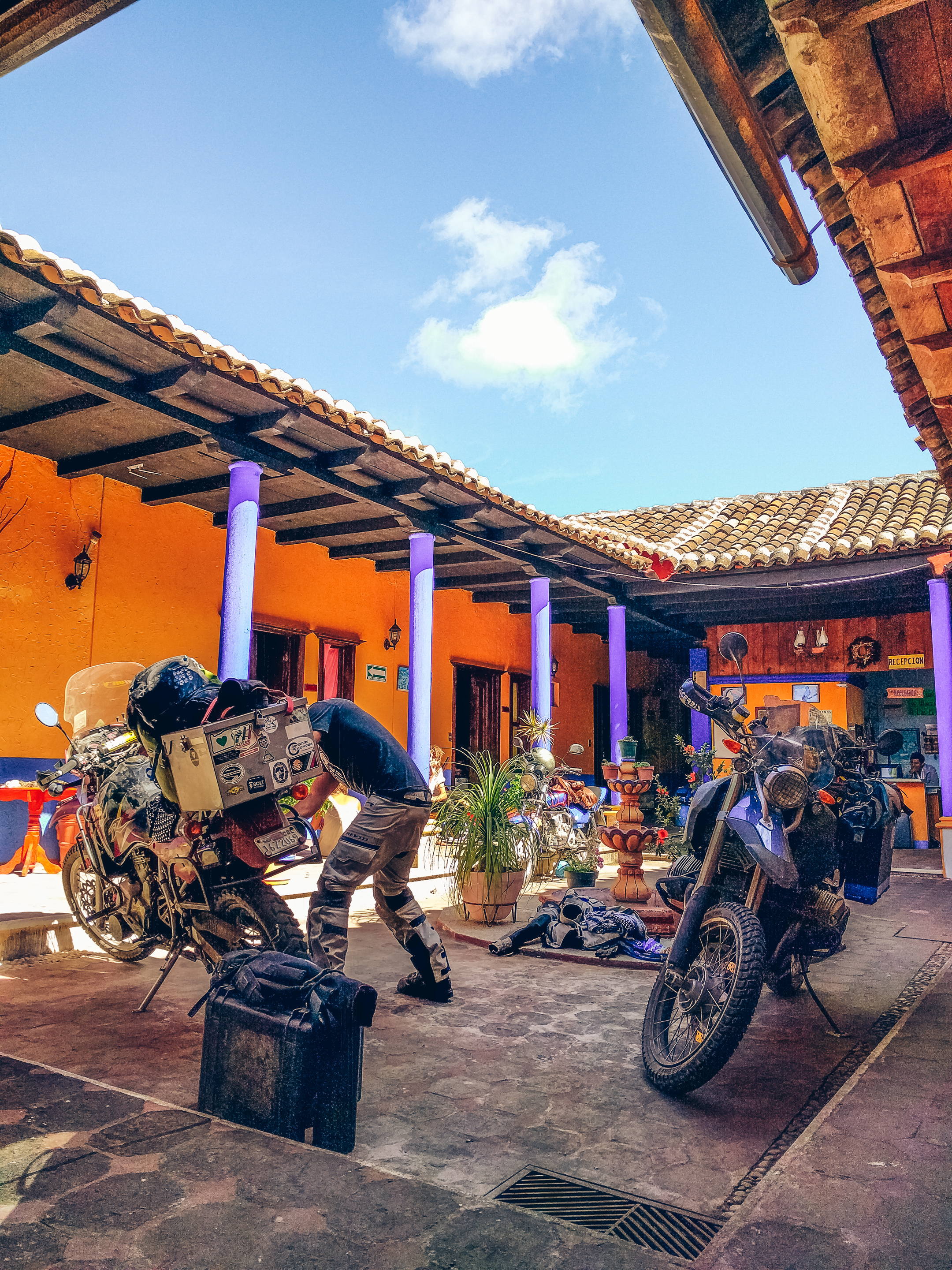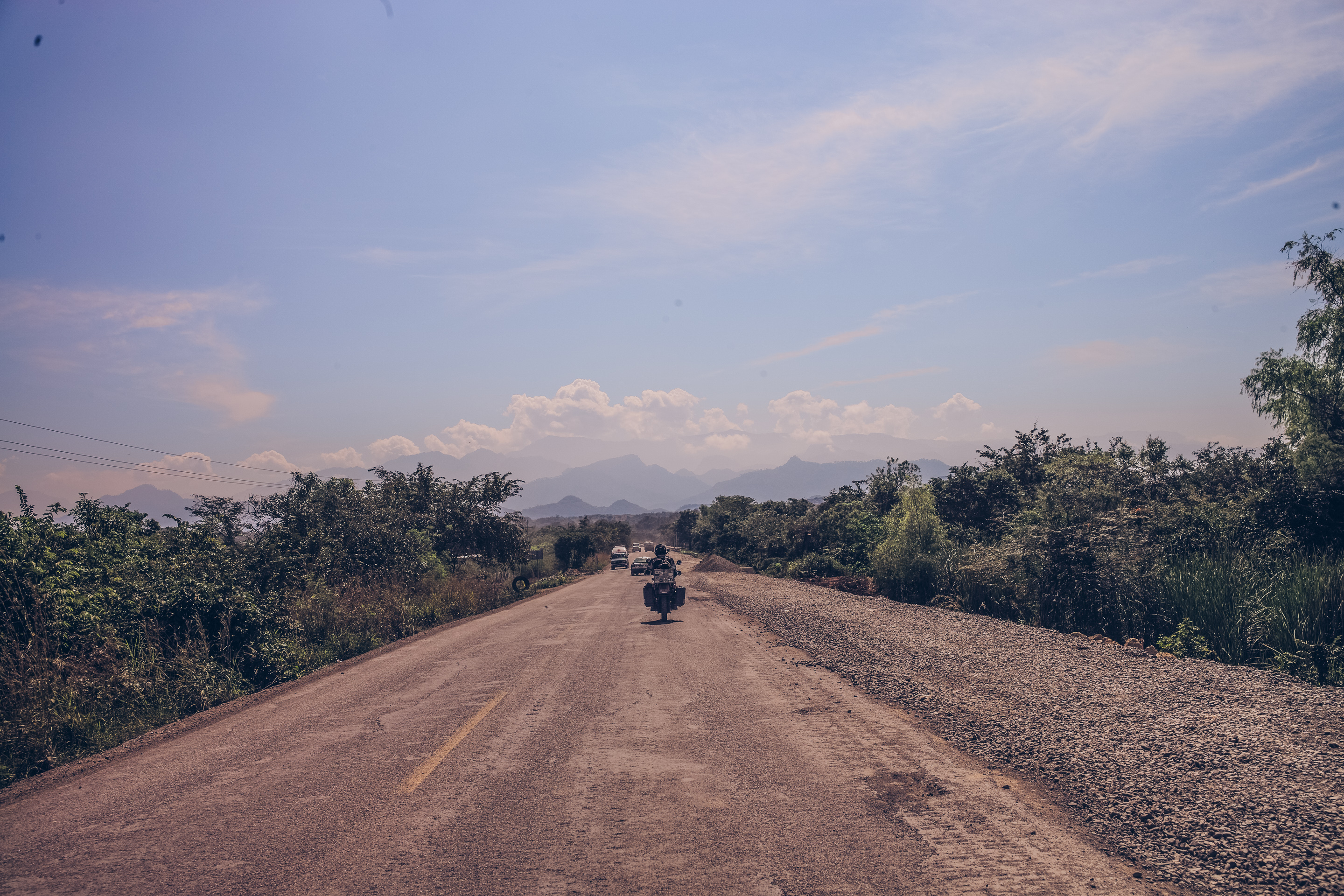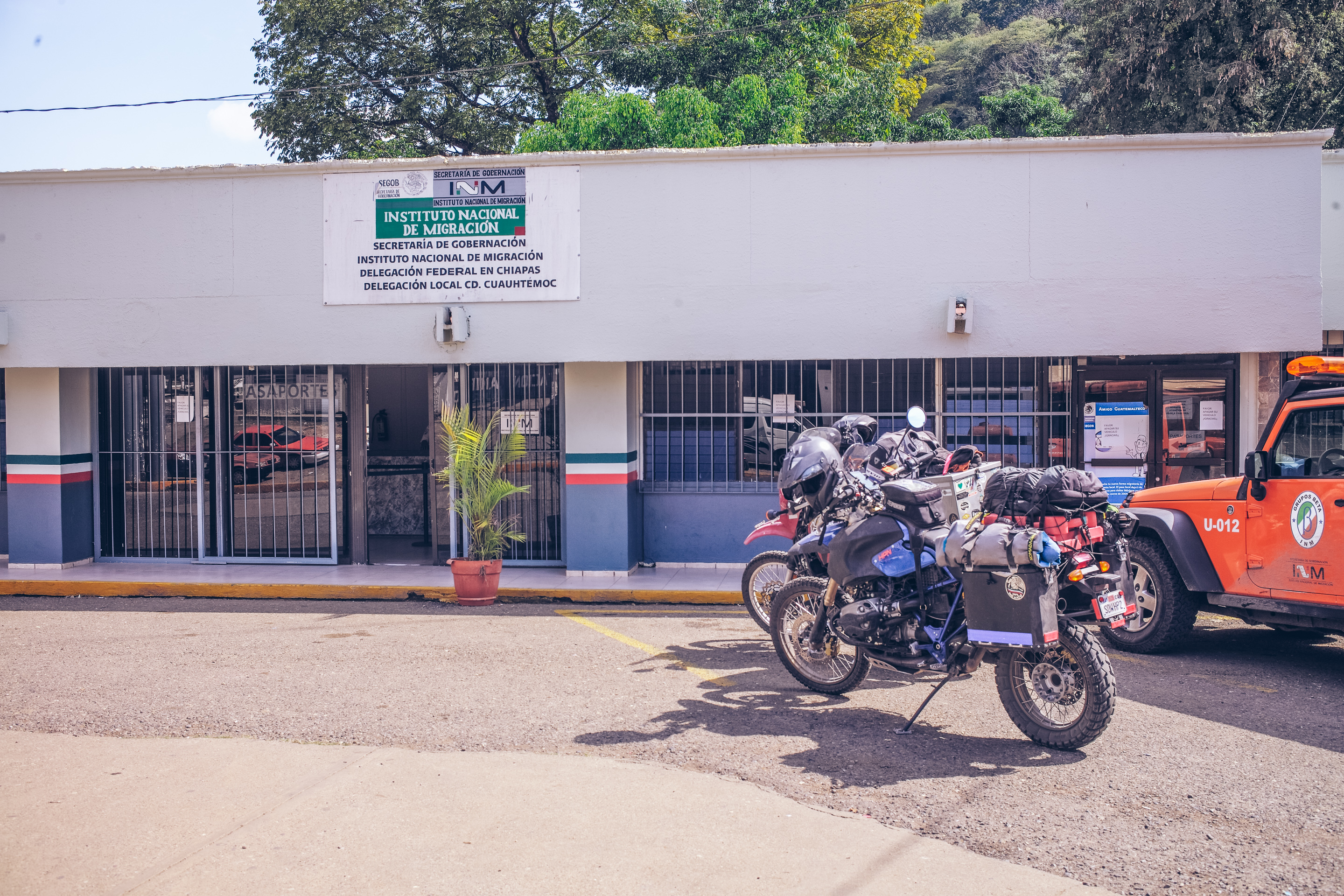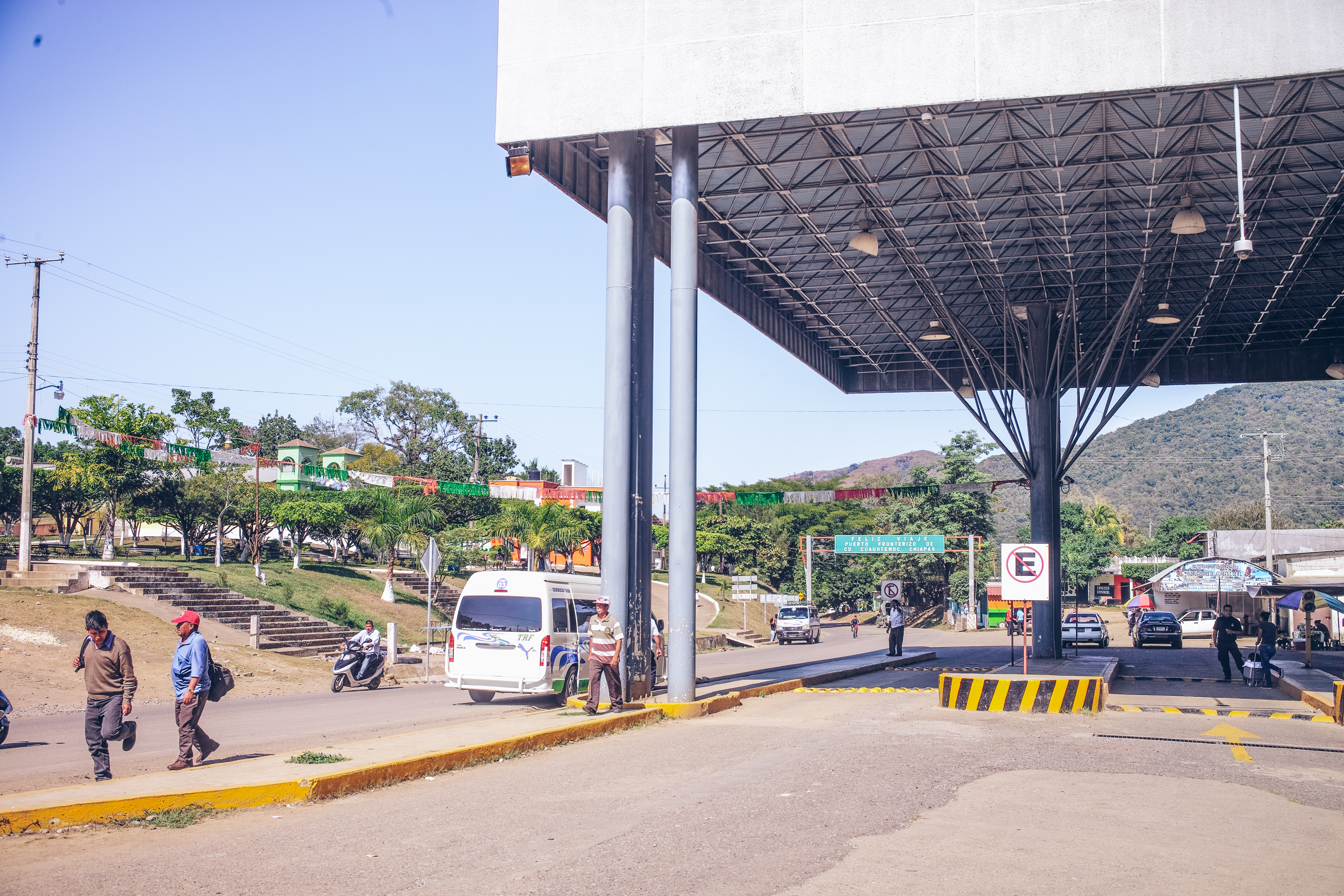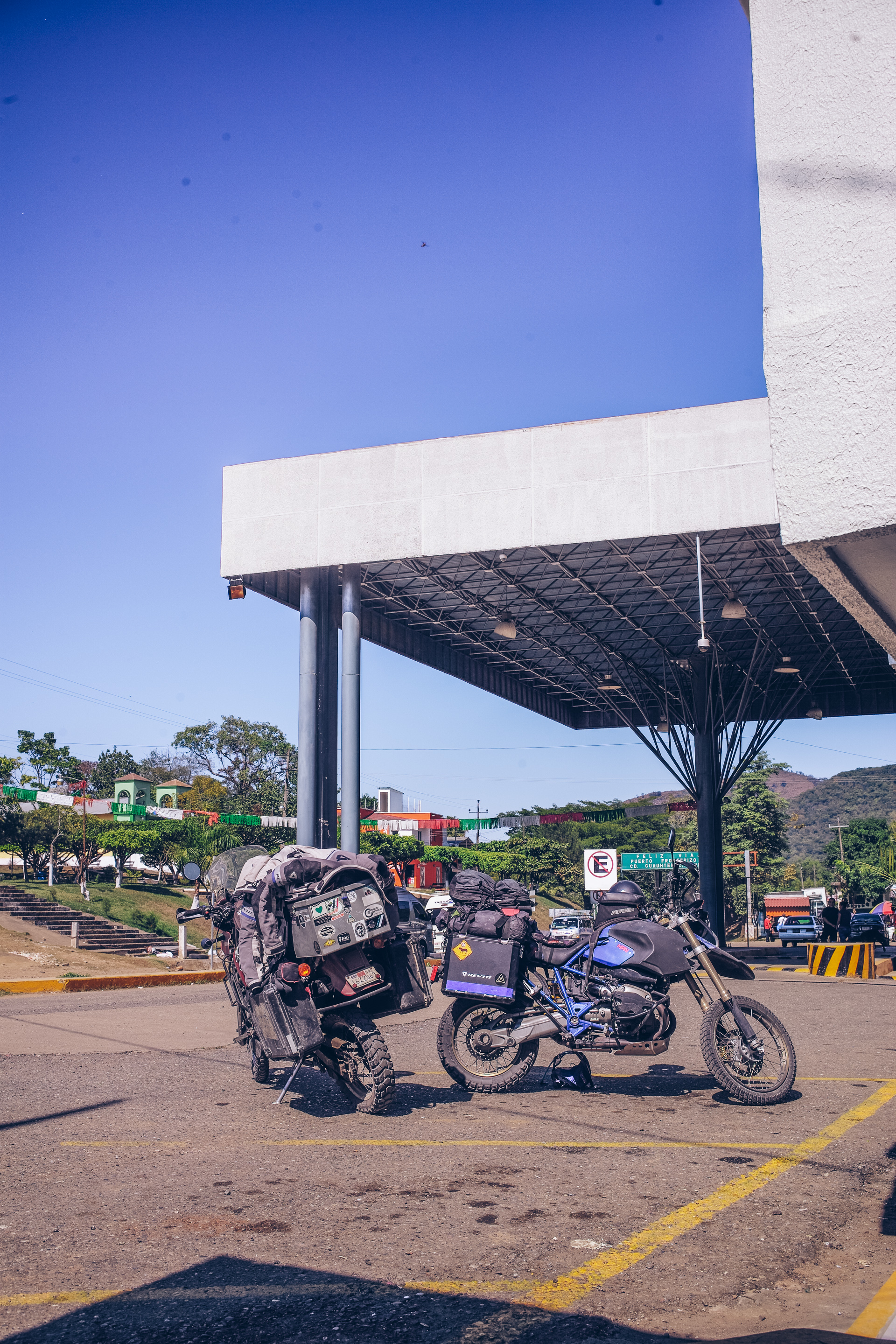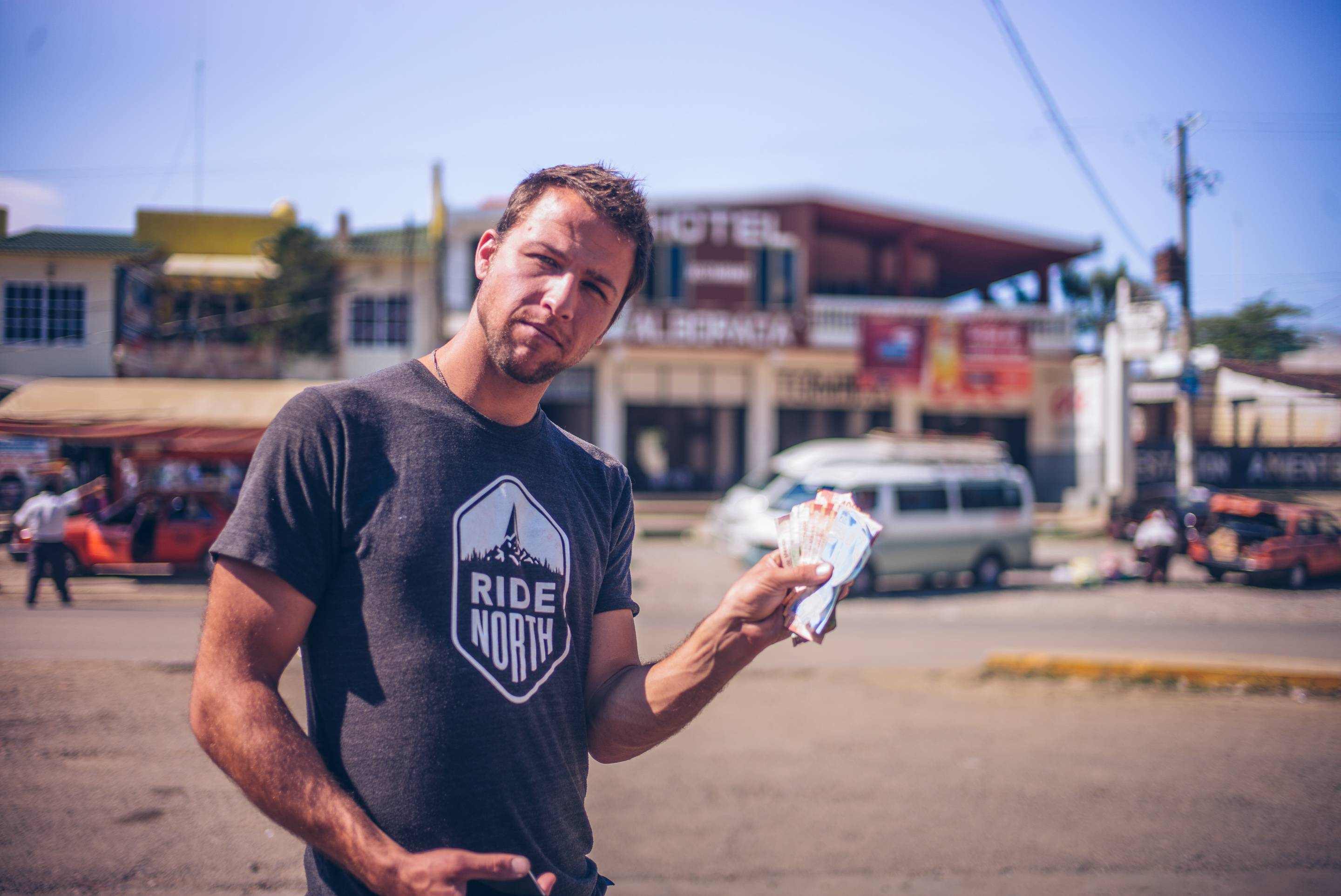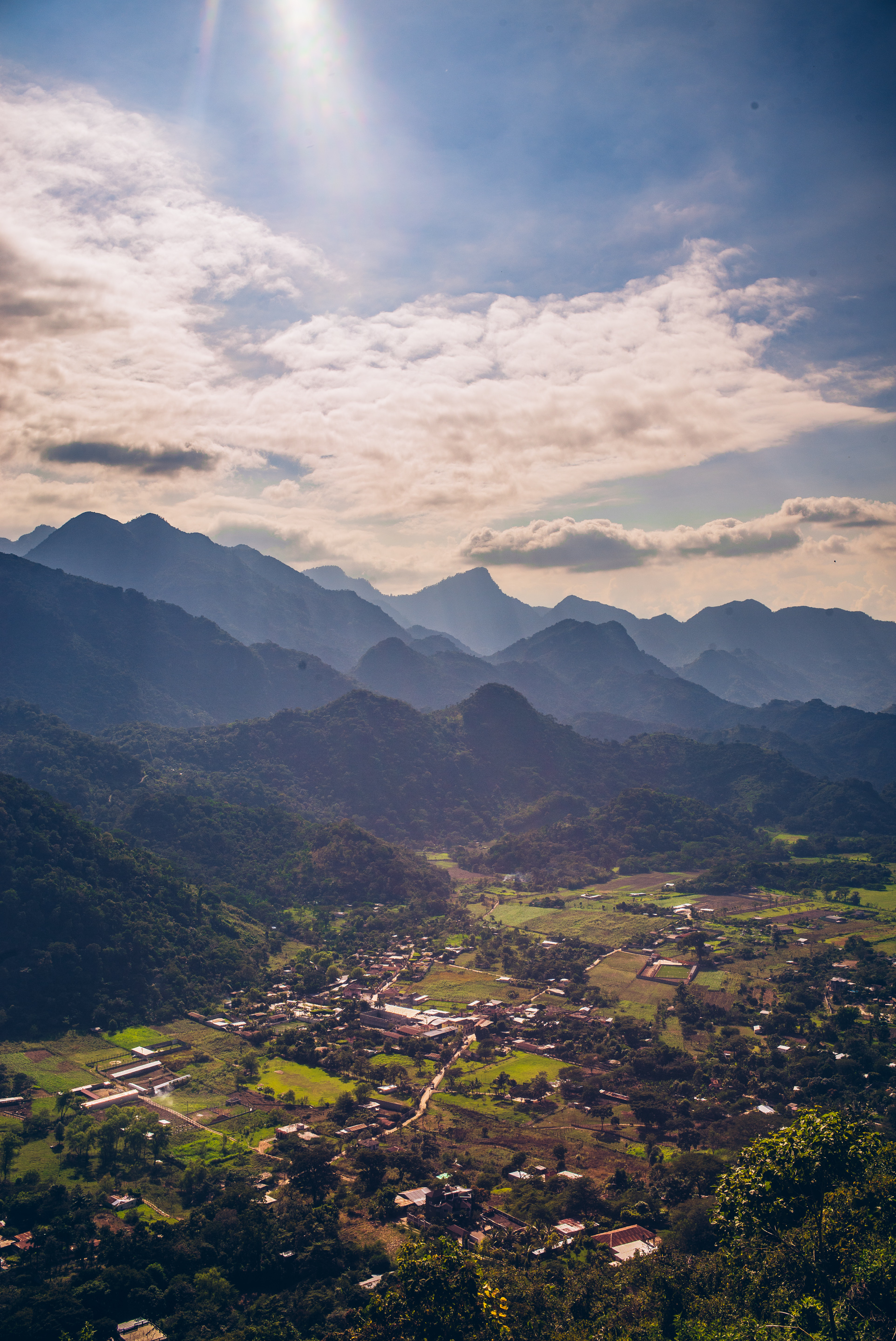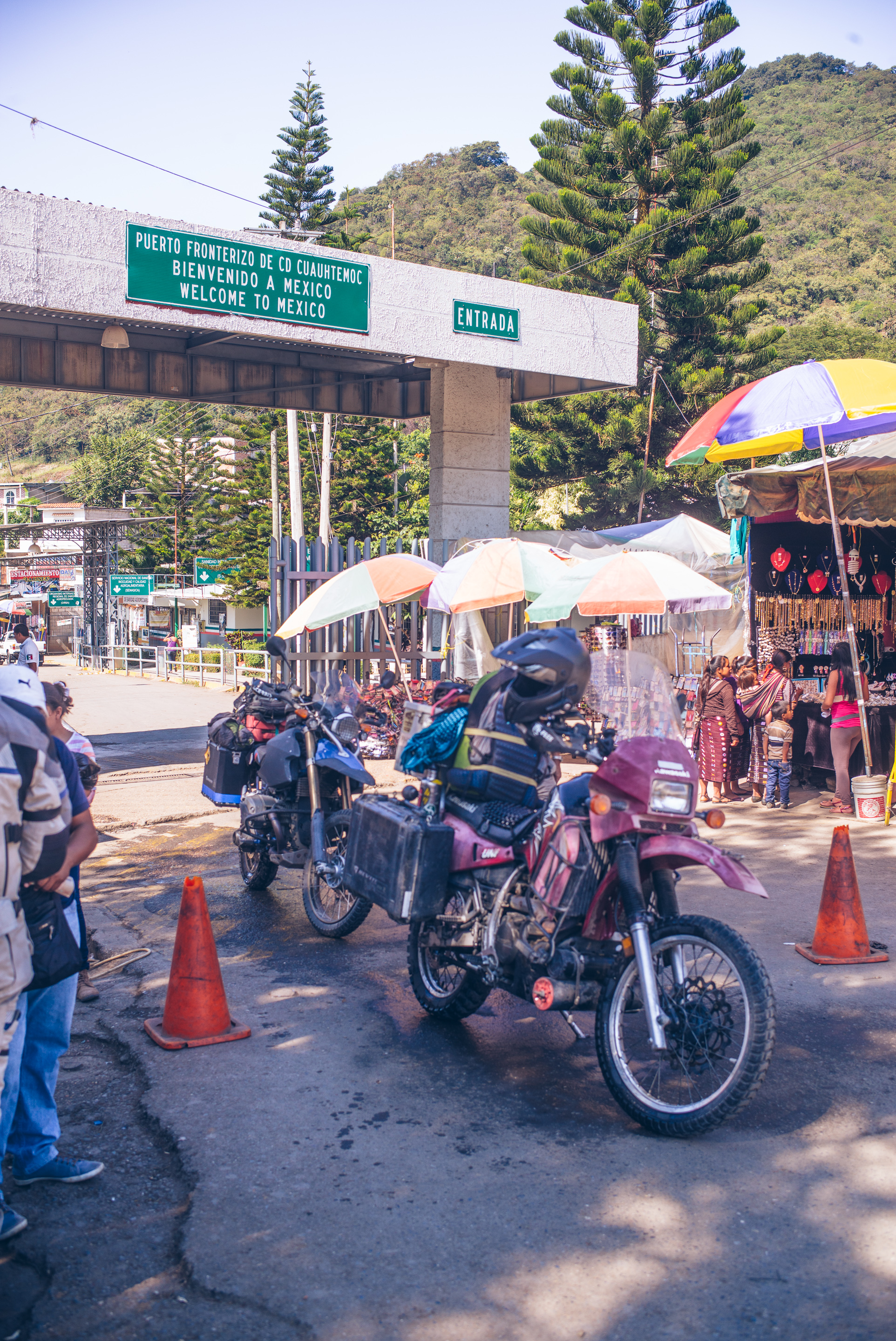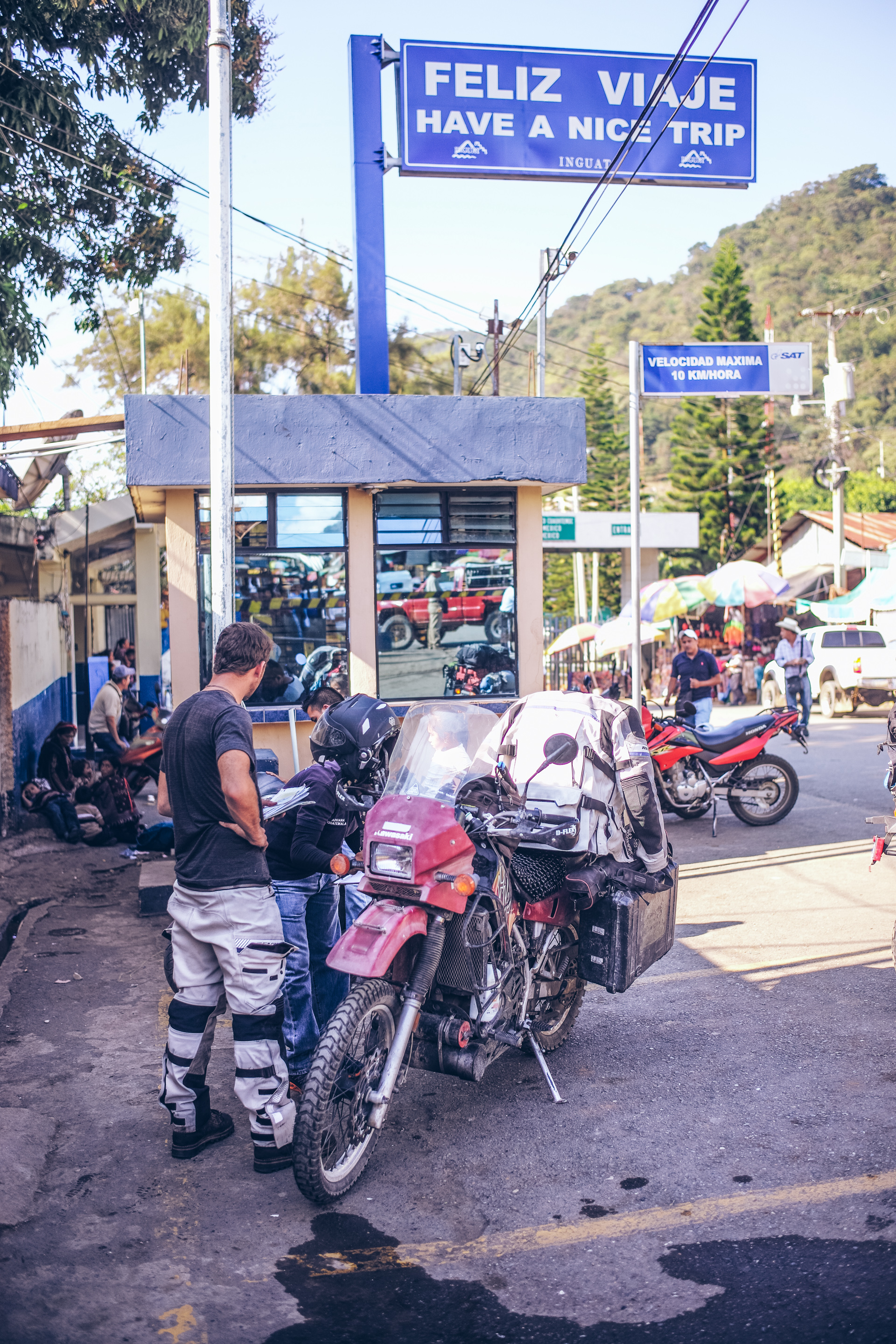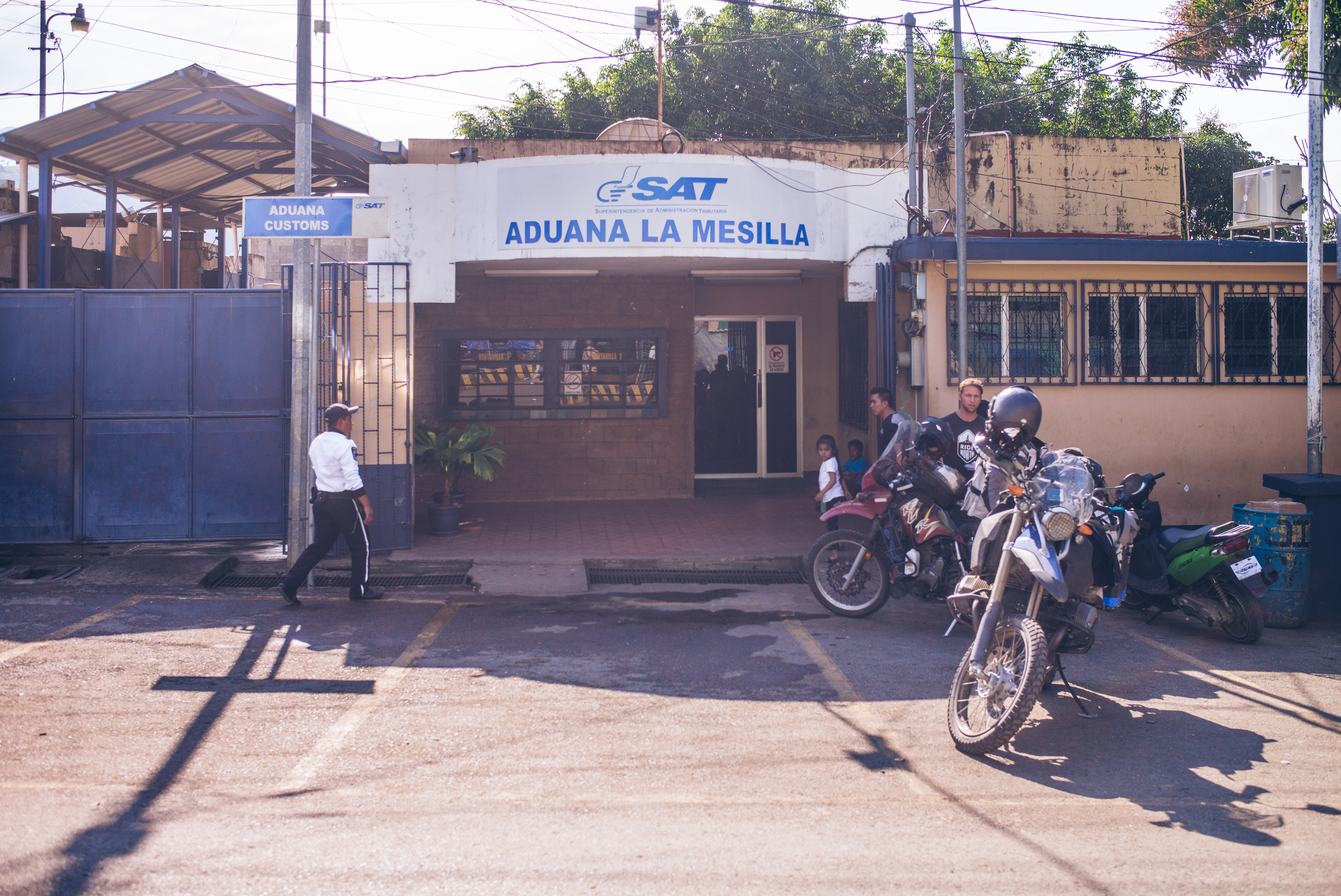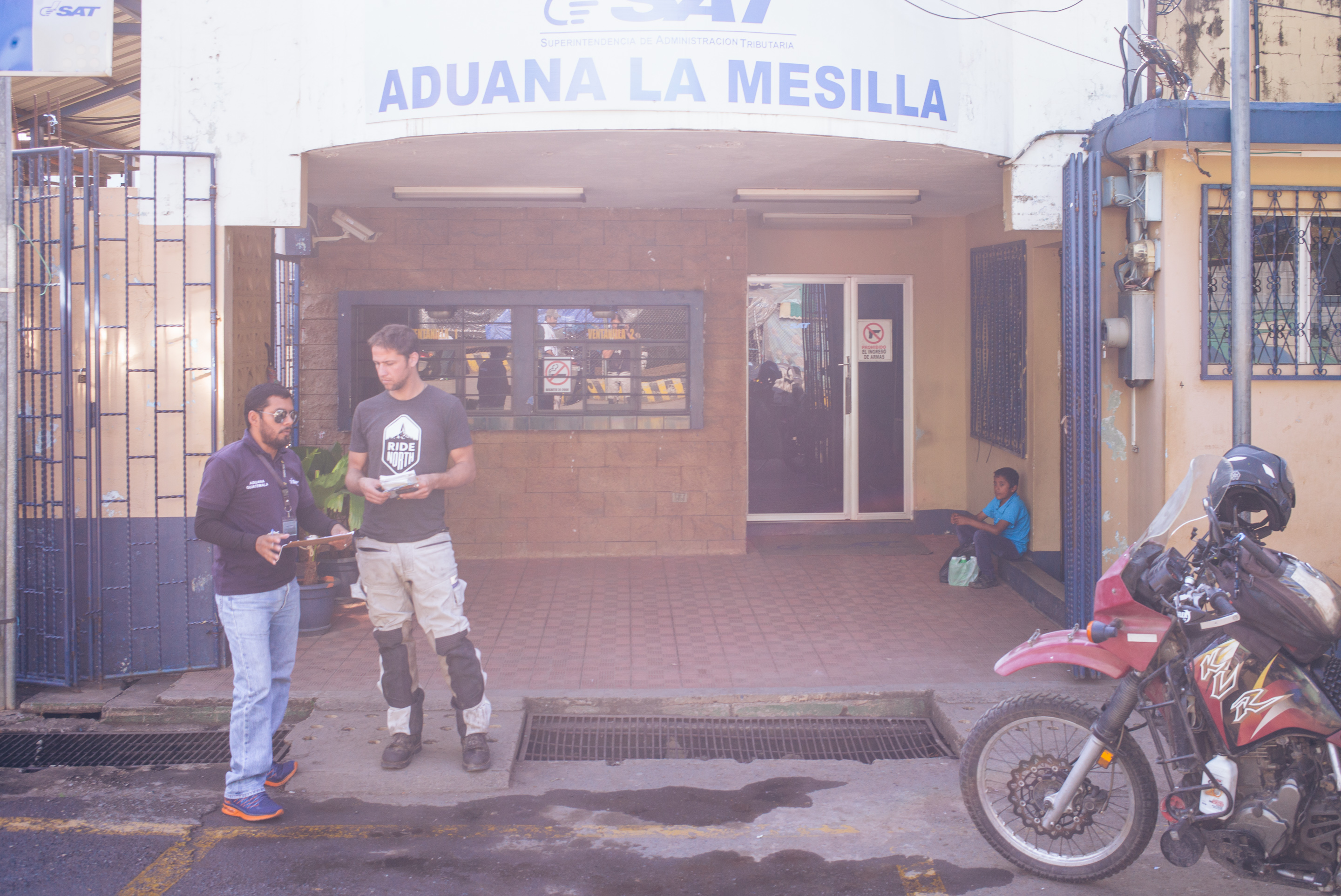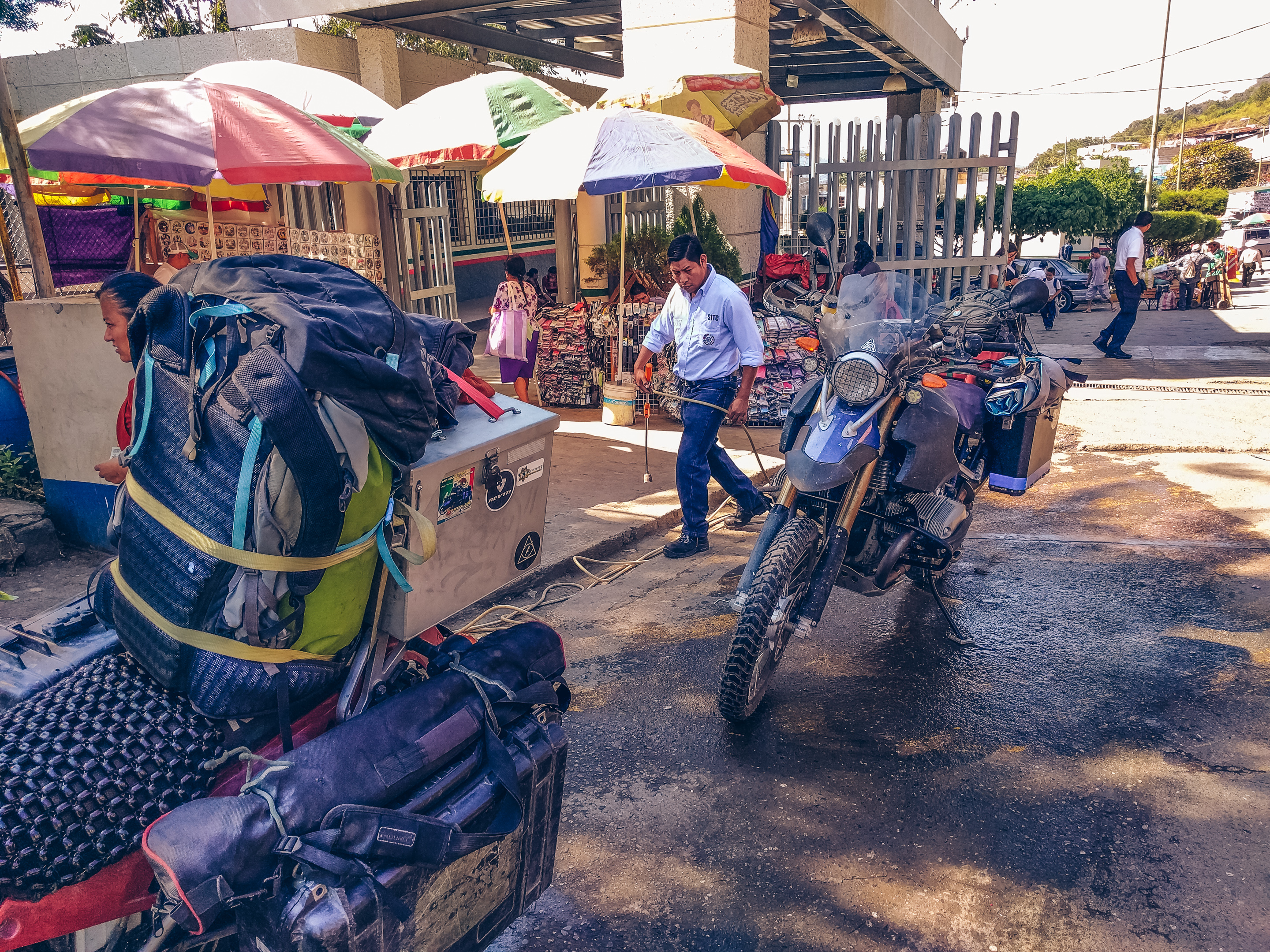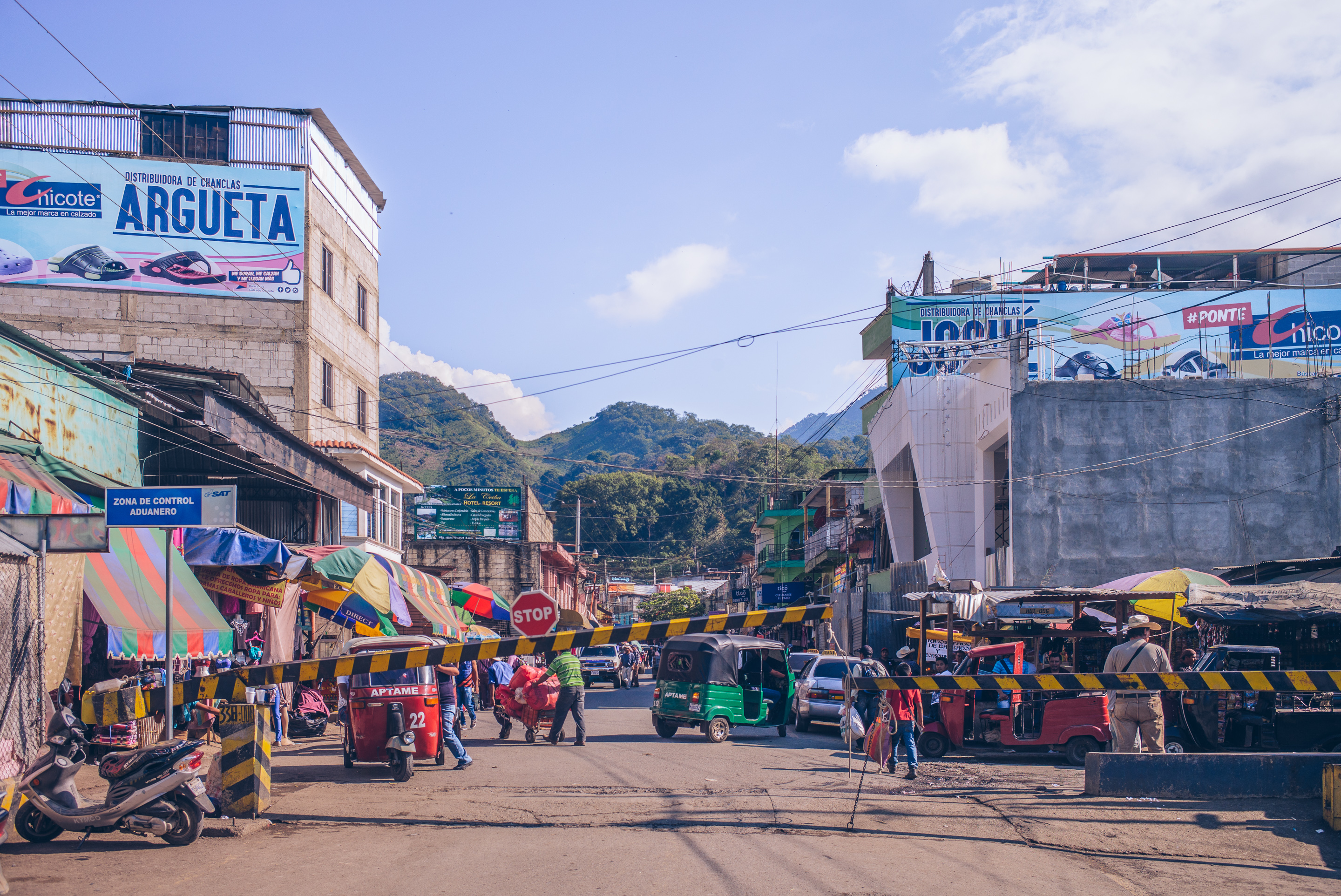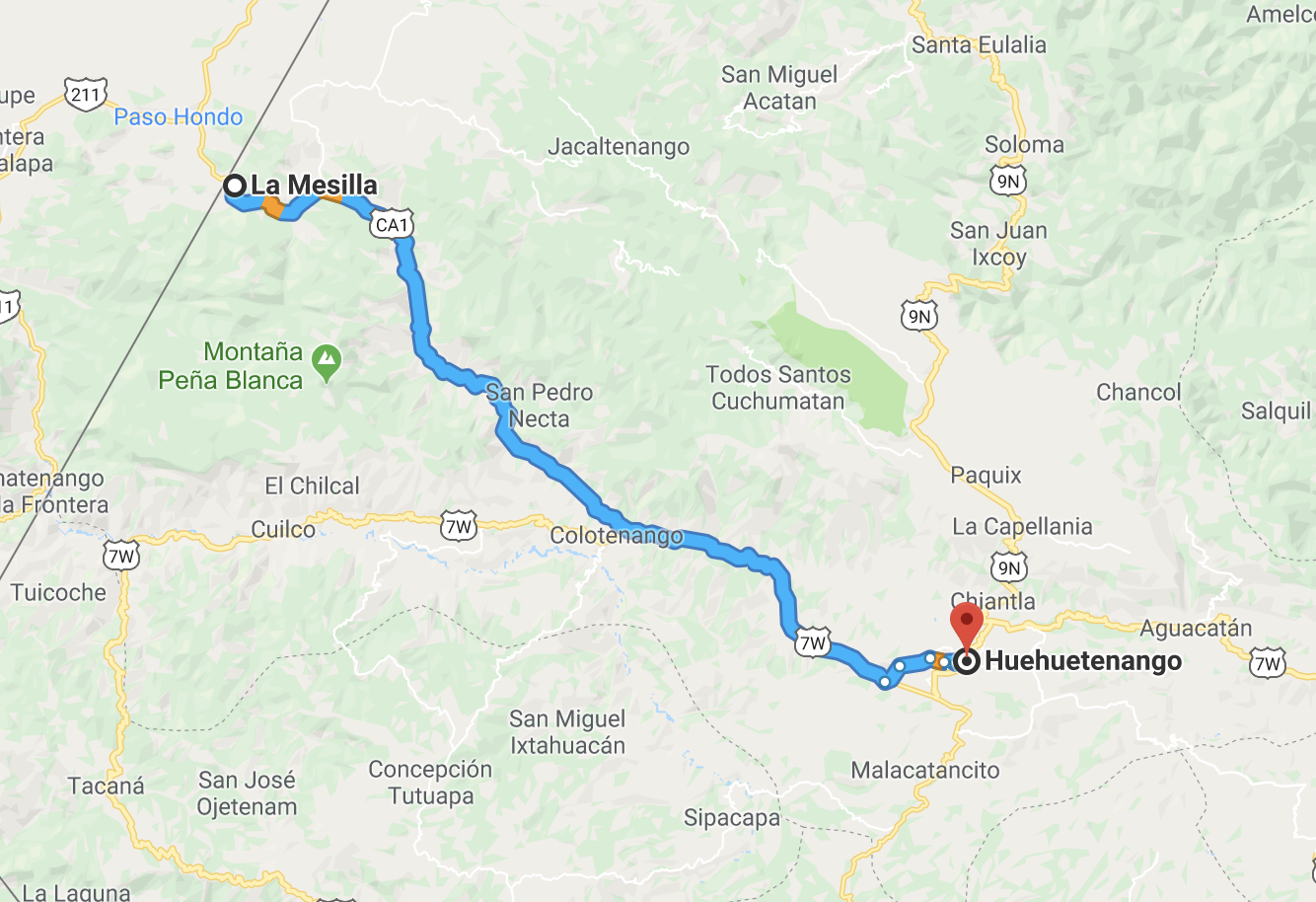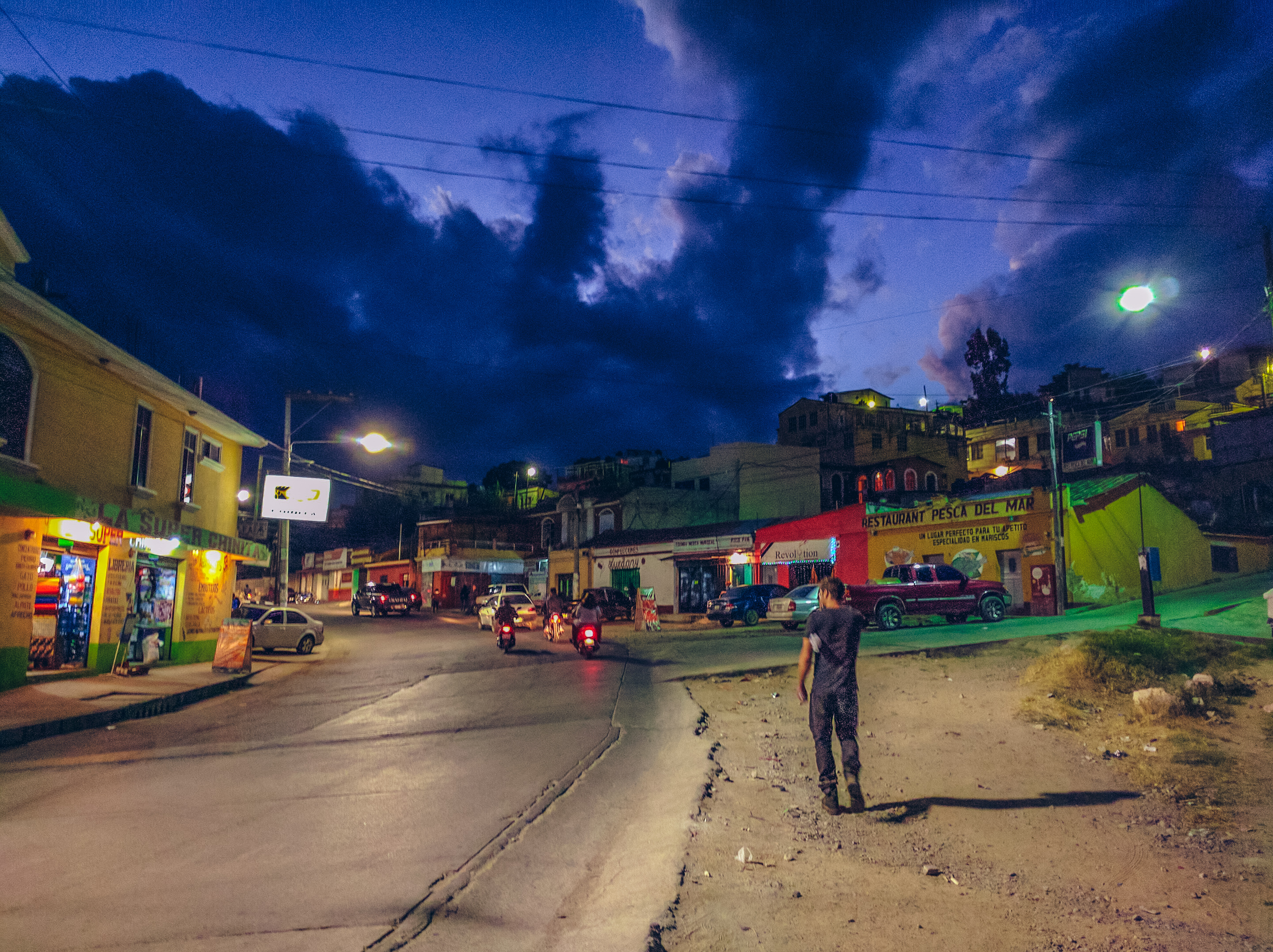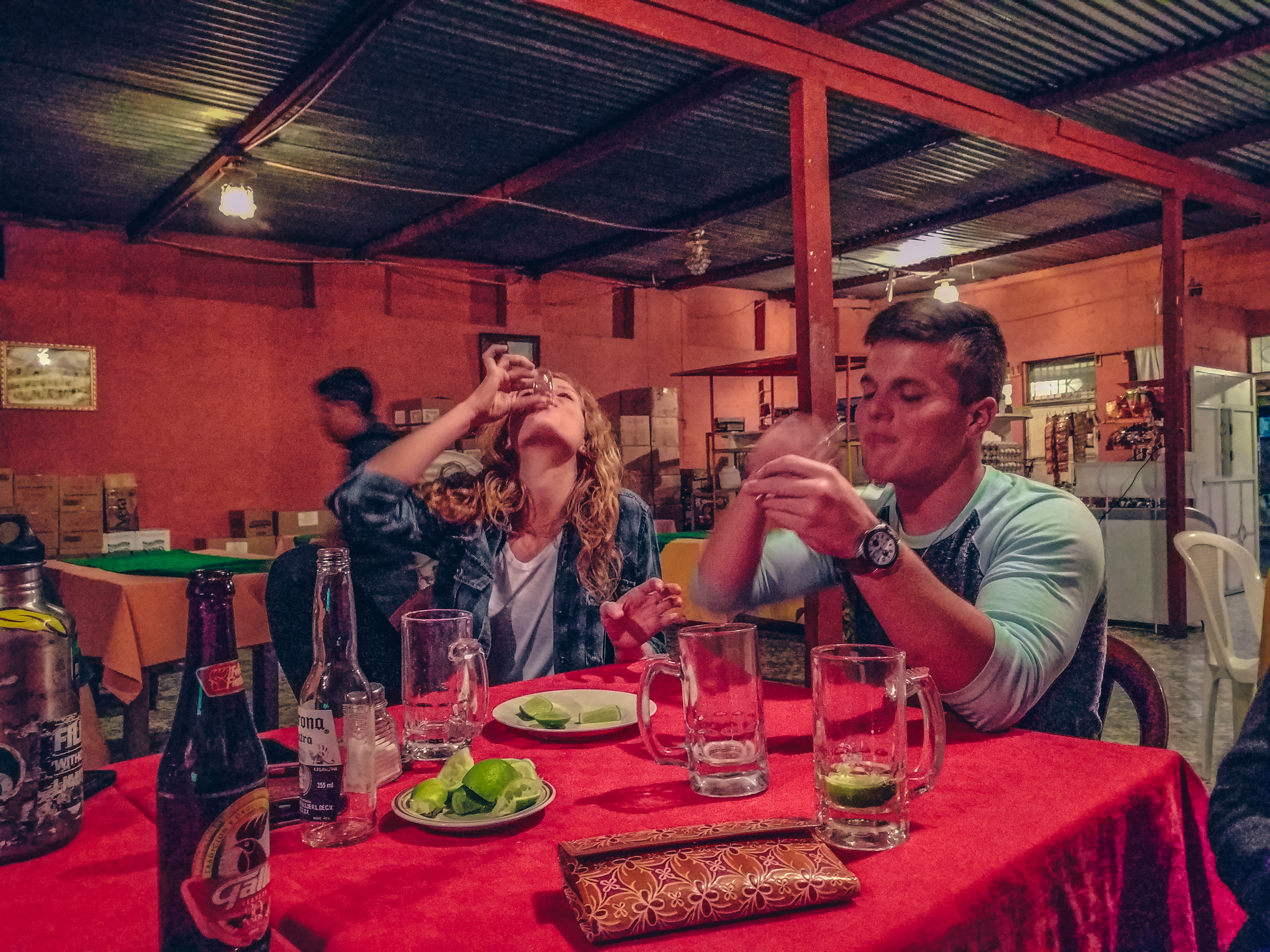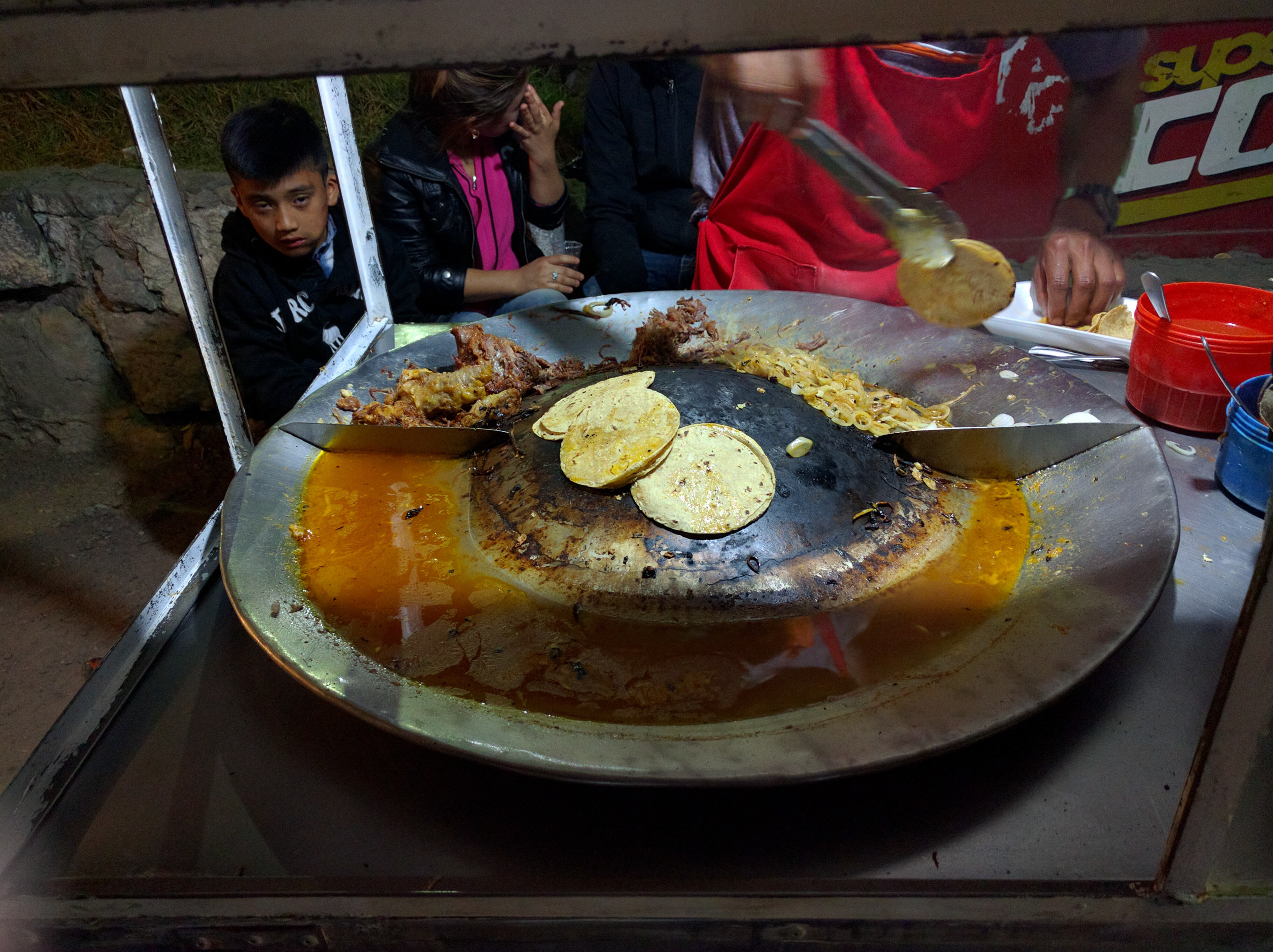Do you ever wake up and have a moment of absolute puzzlement as you forgot where you are? Well, I woke up confused on the edge of the water as the I heard the sounds of livestock and splashing. I’d forgotten where I was for a moment.
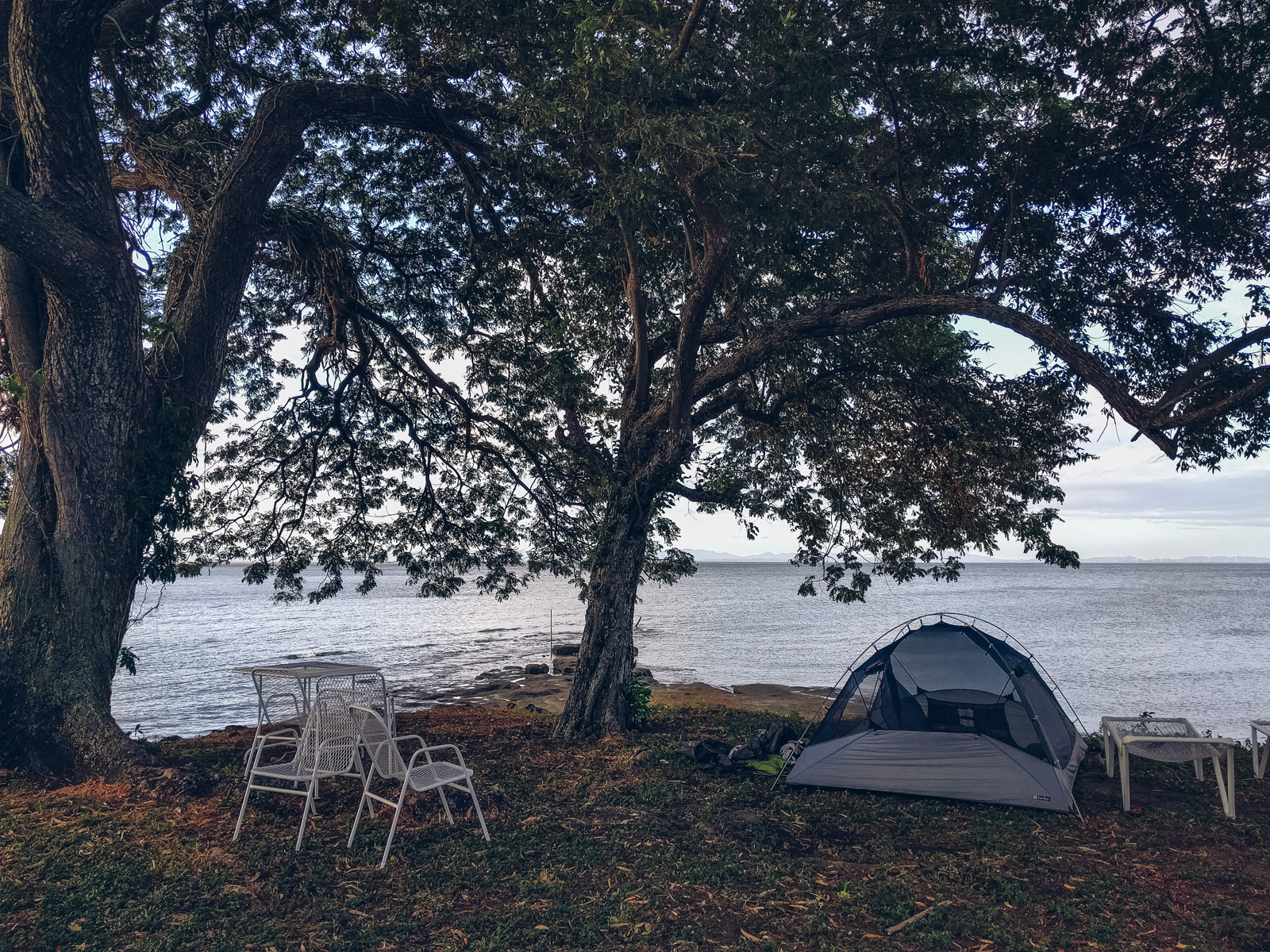
Ah, I am on Ometepe. A farmer brought his cattle to the lake as I rubbed my eyes.
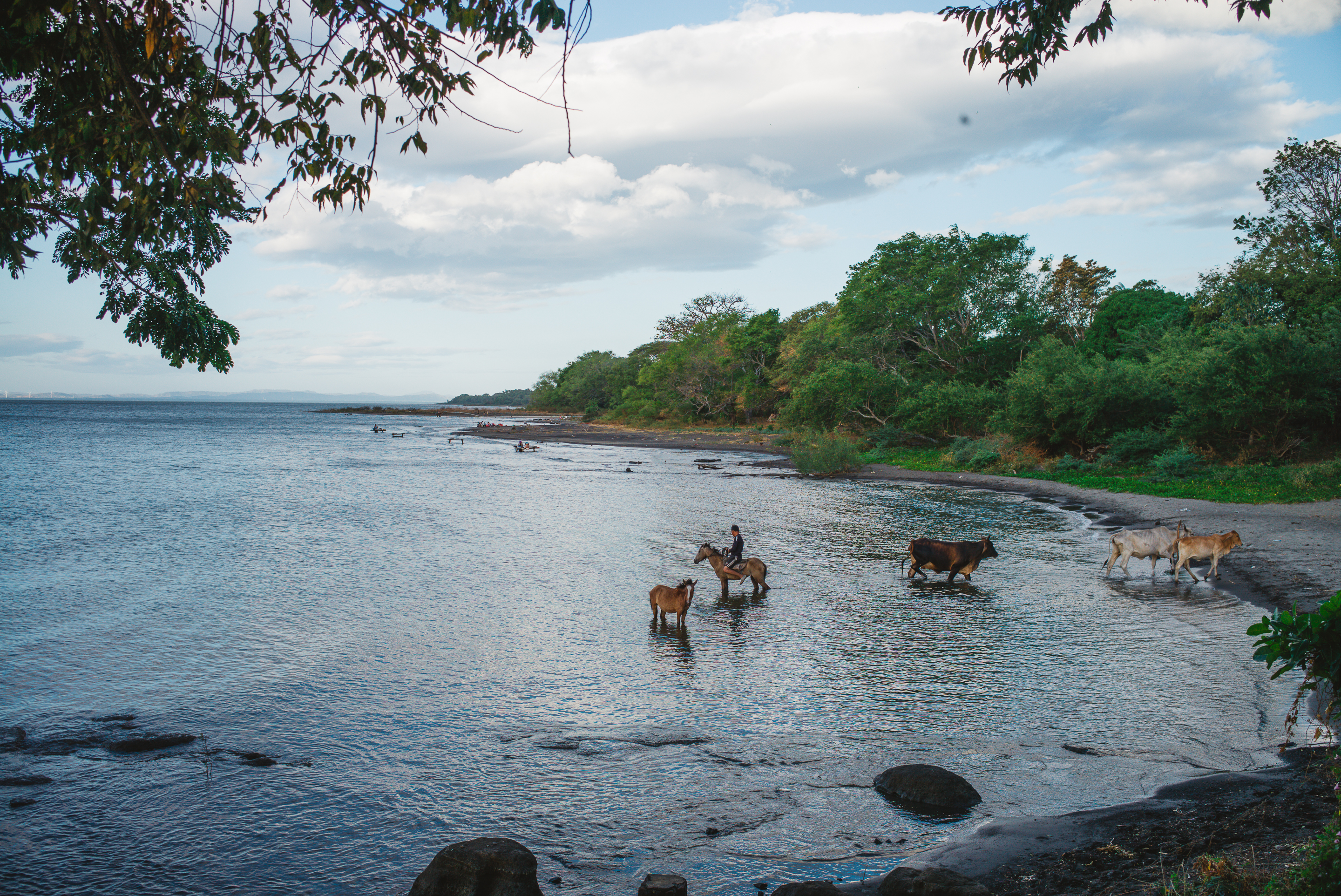
I had two days to really explore the island. A small road circles the two volcanoes, which isn’t longer than 80 kilometers. With the bike, you can easily see it all in a day.
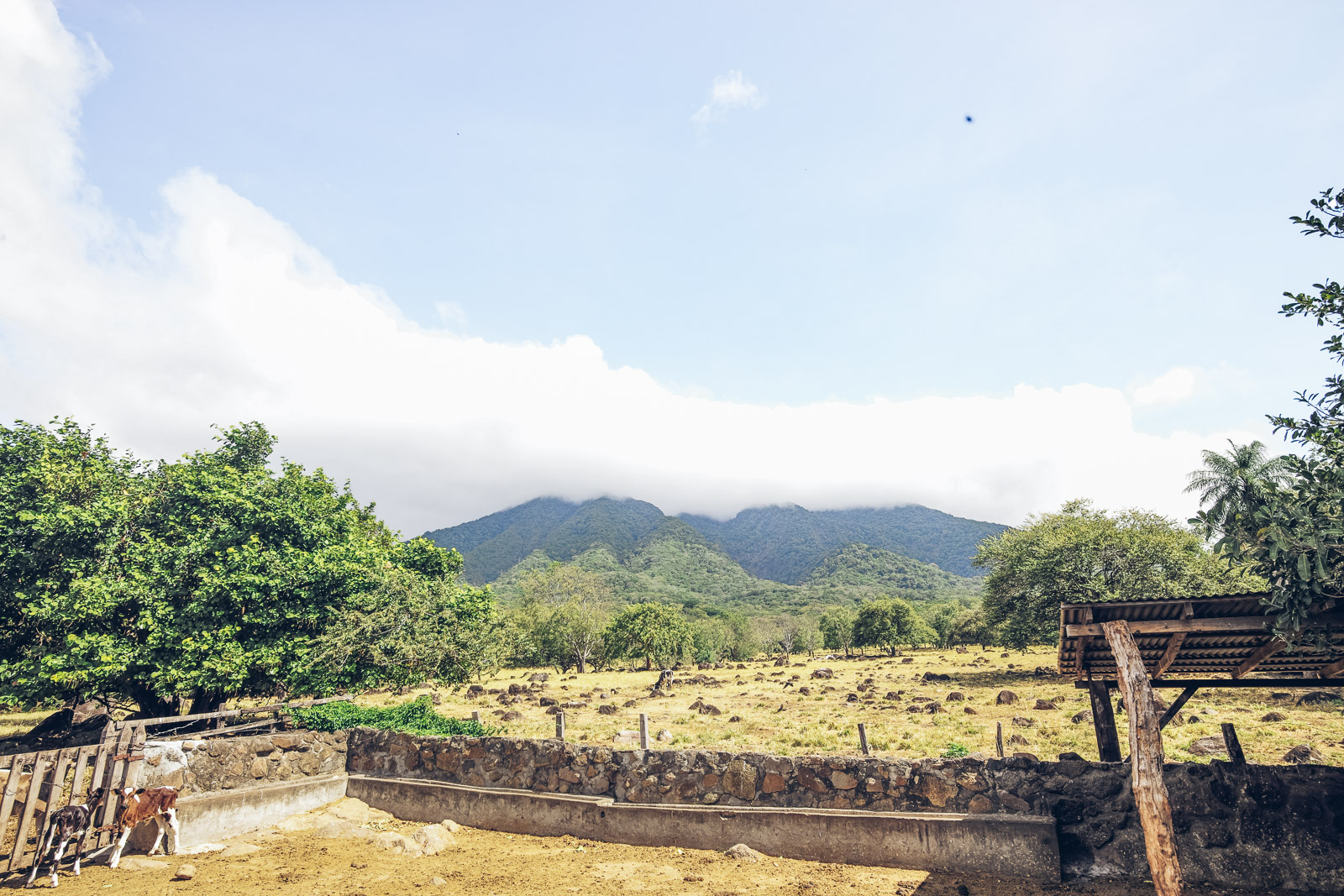
I packed up my camp and almost immediately crashed as I steered the bike in some deep sand on the way out. Fun stuff, sand. The weather today was perfect:
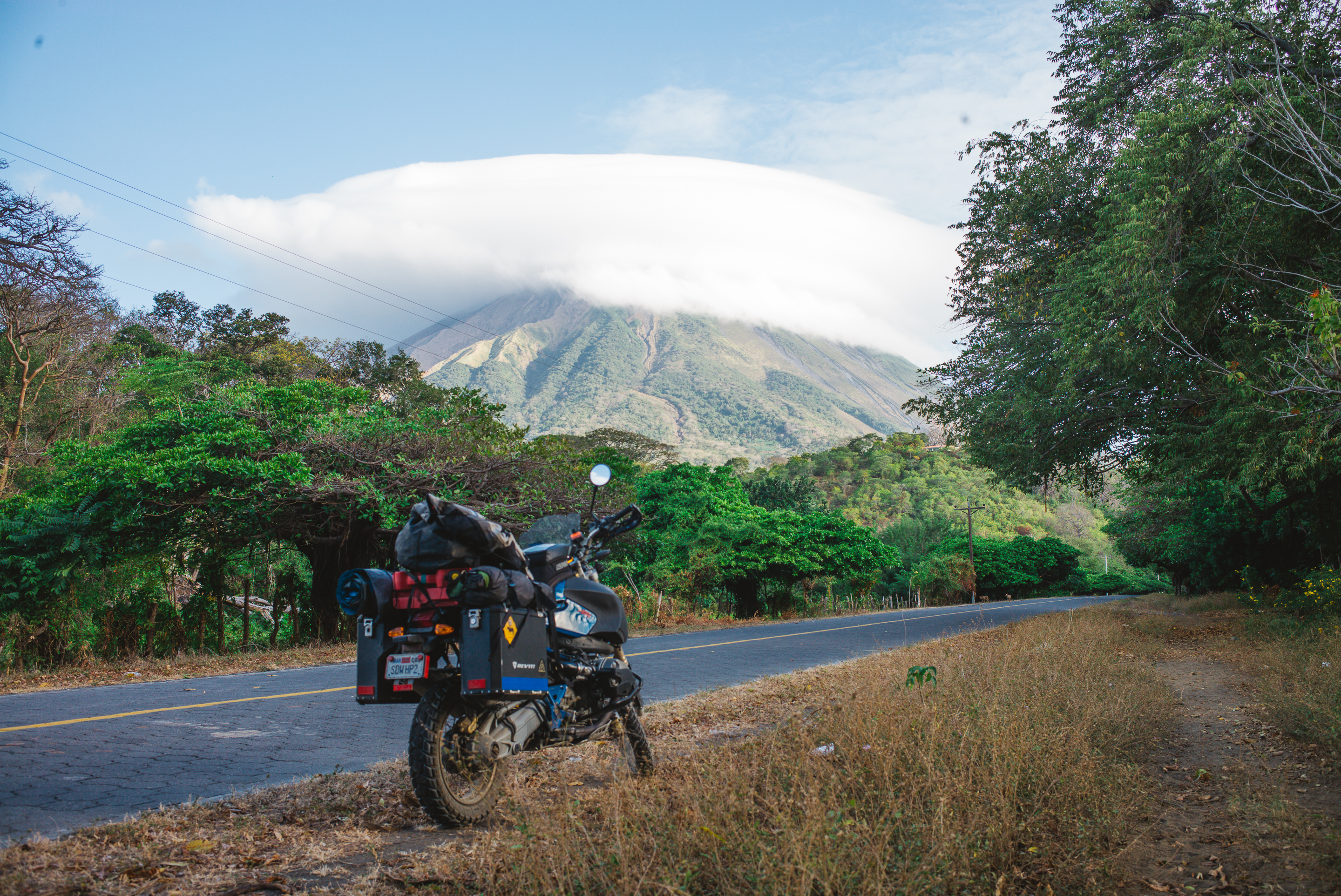
On the east side of the island, the pavement ends and I’m once again in dirt road heaven.
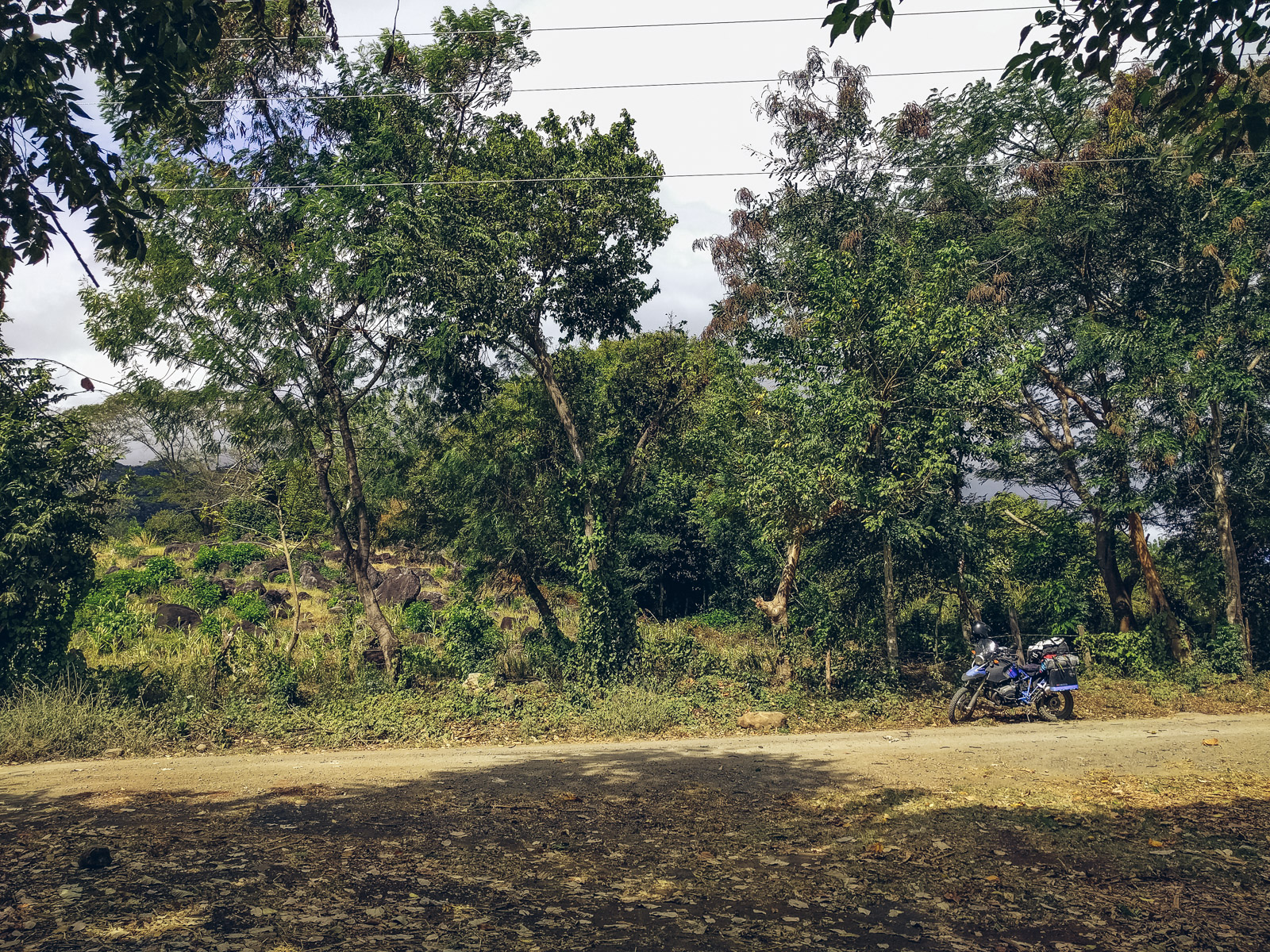
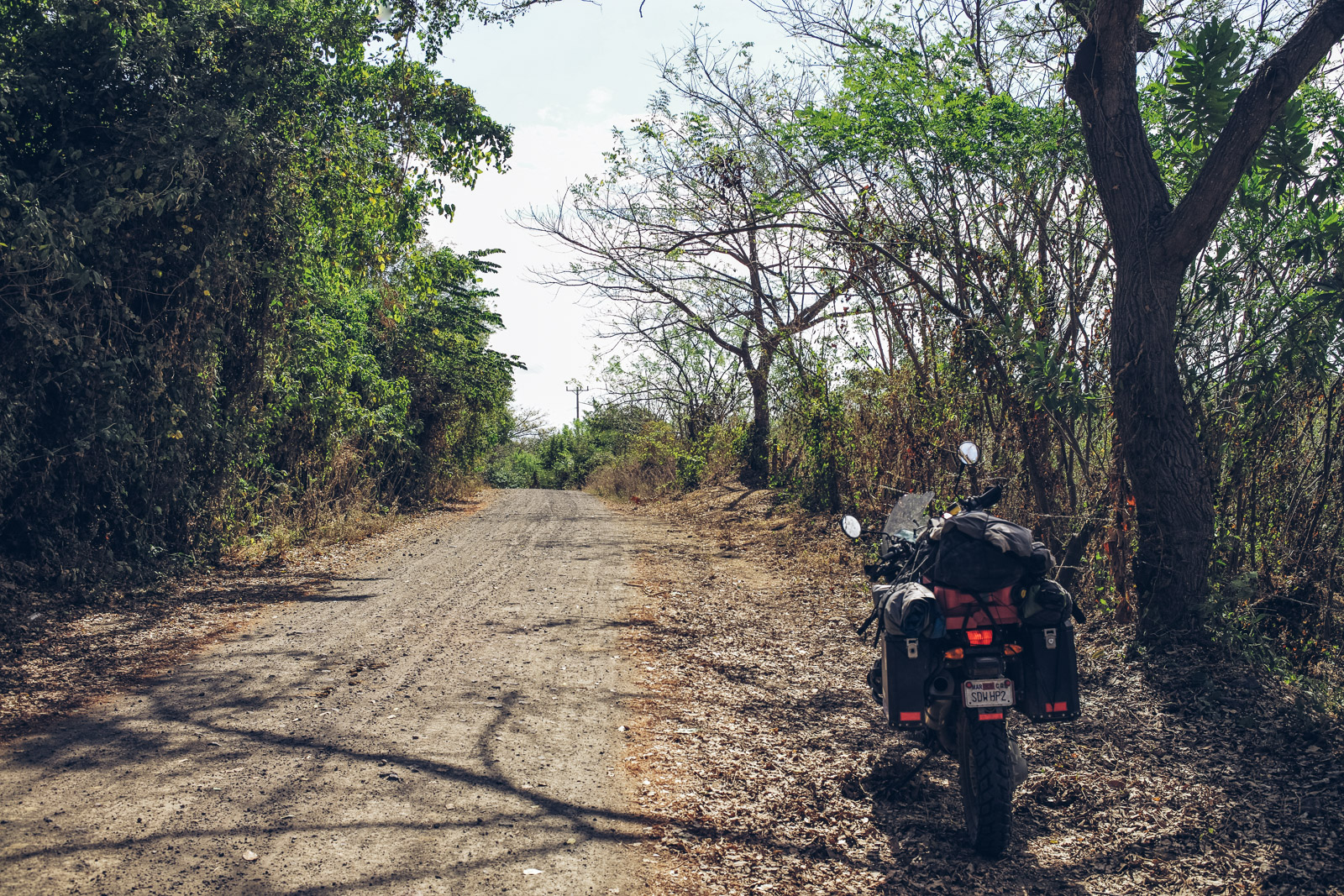
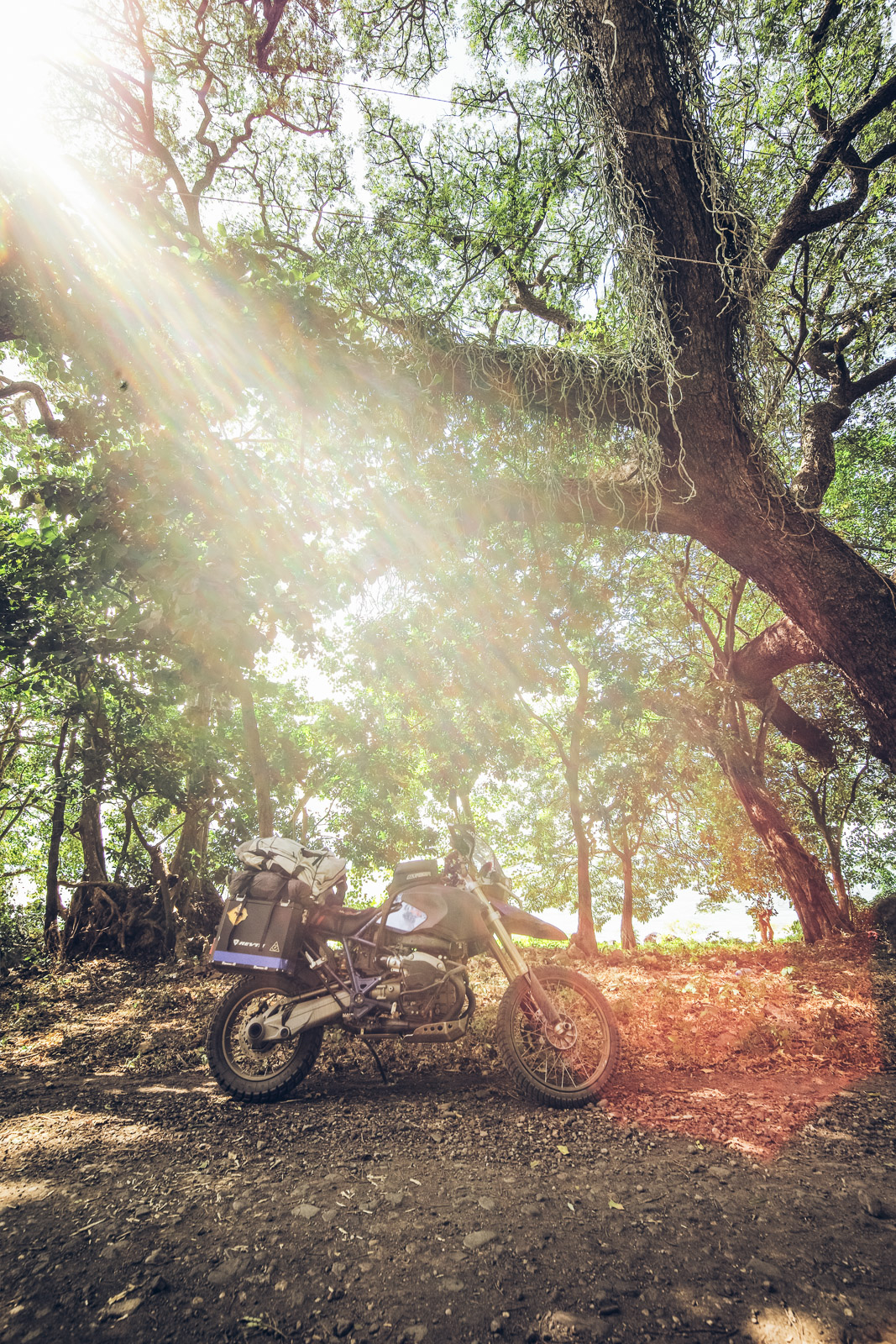
So nice to take it easy and just go sightseeing. I did have a near-accident when I waved at some locals while coming down a steep hill and a dog suddenly jumped out of the brush. He missed my front tire by a few inches at most.
Of course, with the leisurely pace and hot weather I’d left my armored gear at home, so a crash would’ve cut me up pretty bad on the rocky dirt road. That would’ve really had me feeling like a moron.
The roads on the ‘backside’ of the island were described to me as being barely passable and a difficult ride, and I found them a breeze. I suspect it’s highly dependent on the weather conditions, but once again people made things sound a lot worse than they really were.
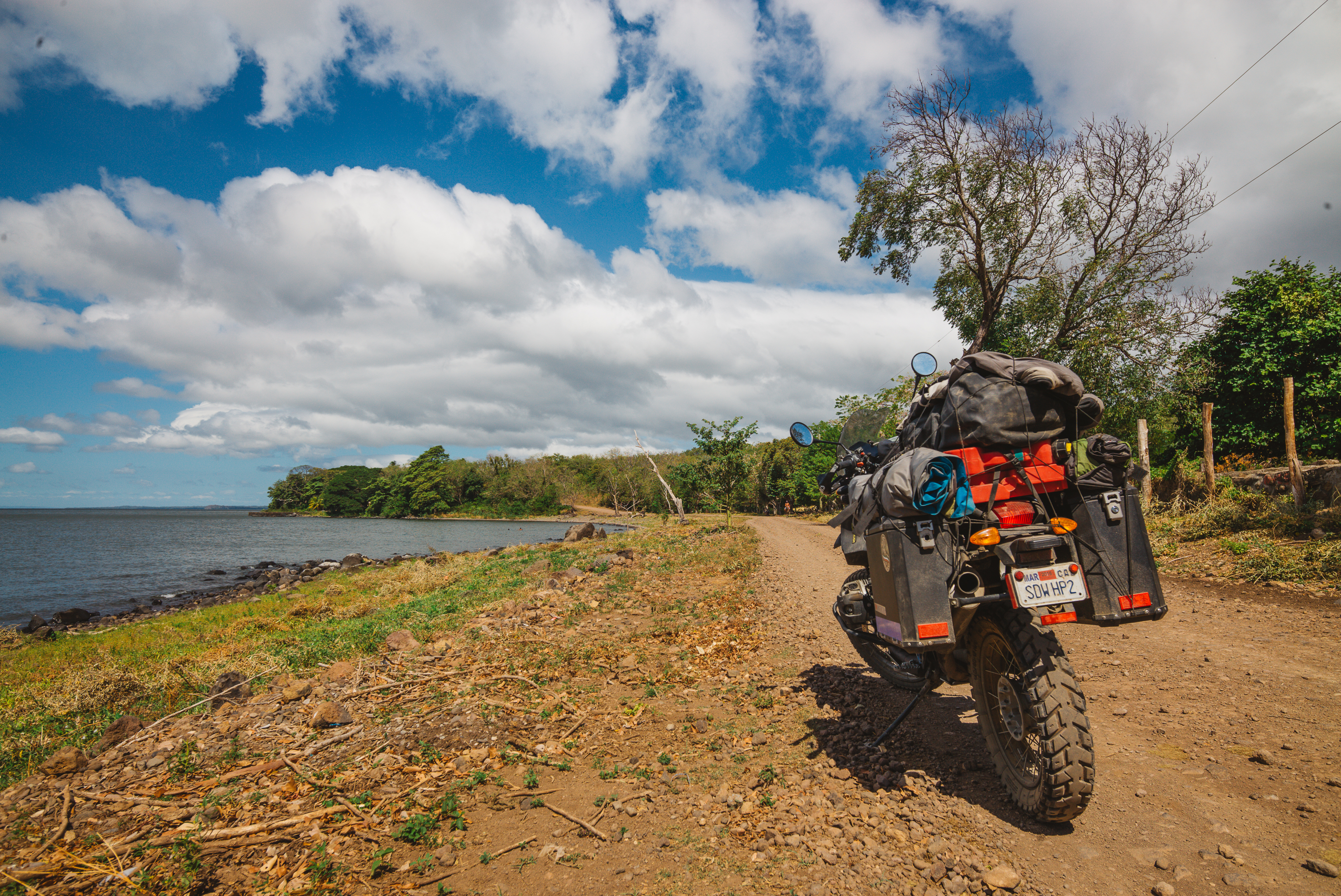
Looping back to where I started, I discovered there was a spot called Charco Verde, a park and butterfly sanctuary. A good opportunity for some hiking and saying hi to the locals:
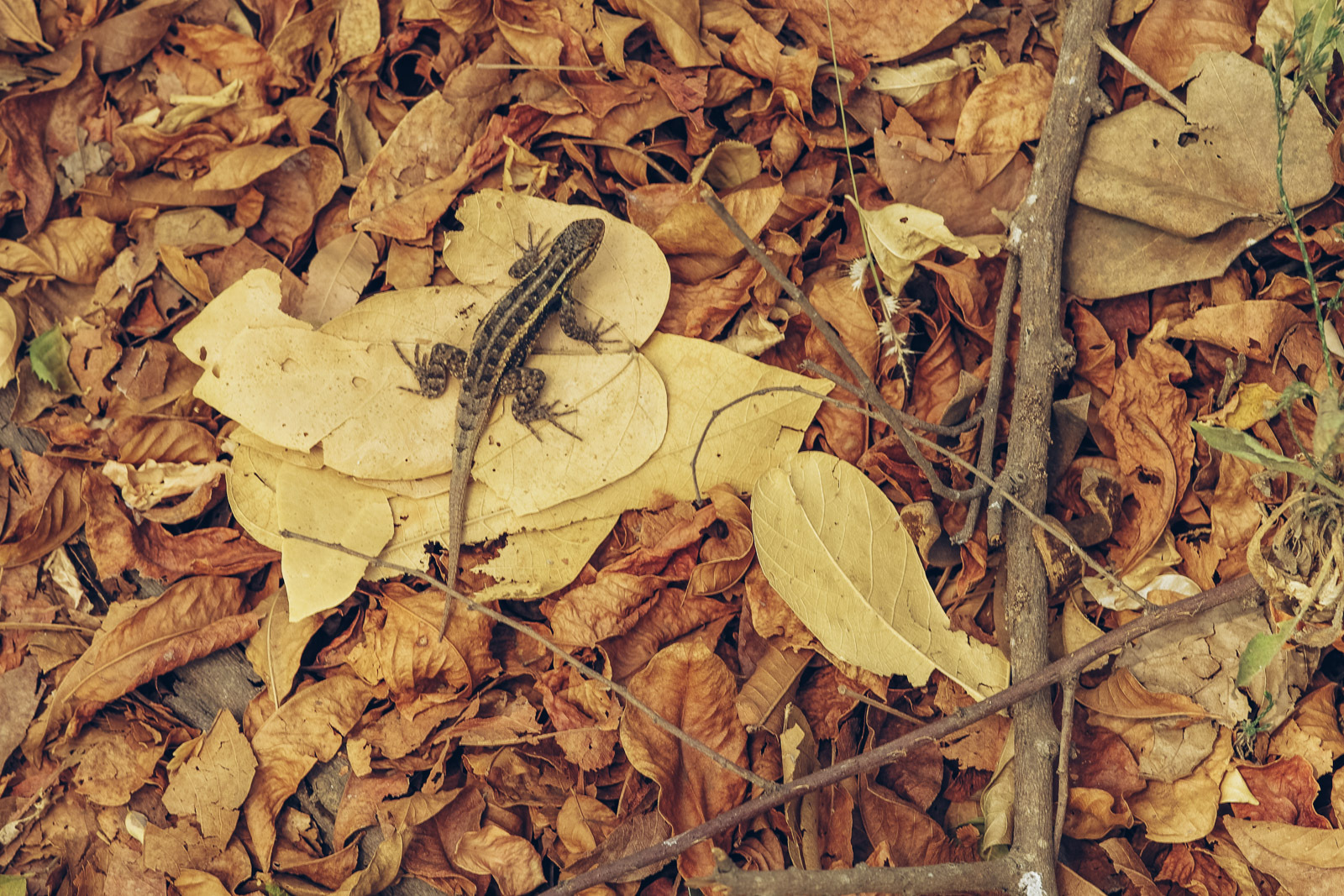 It’s a stunning little park with a beautiful tiny lake. I wish the tiny lake had a small island — that would make it an island on a lake on an island in a lake!
It’s a stunning little park with a beautiful tiny lake. I wish the tiny lake had a small island — that would make it an island on a lake on an island in a lake!
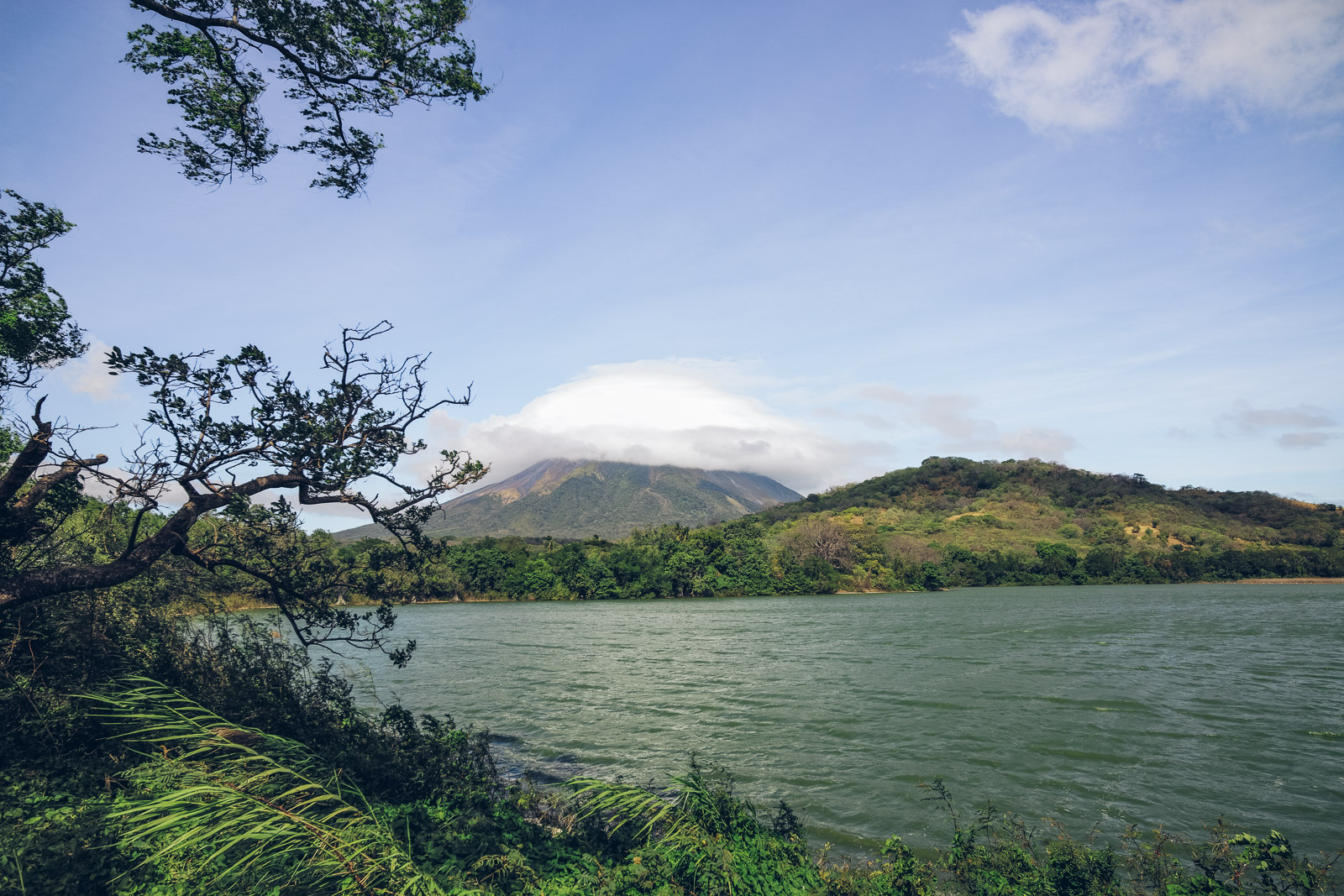
More friendly Ometepe natives:
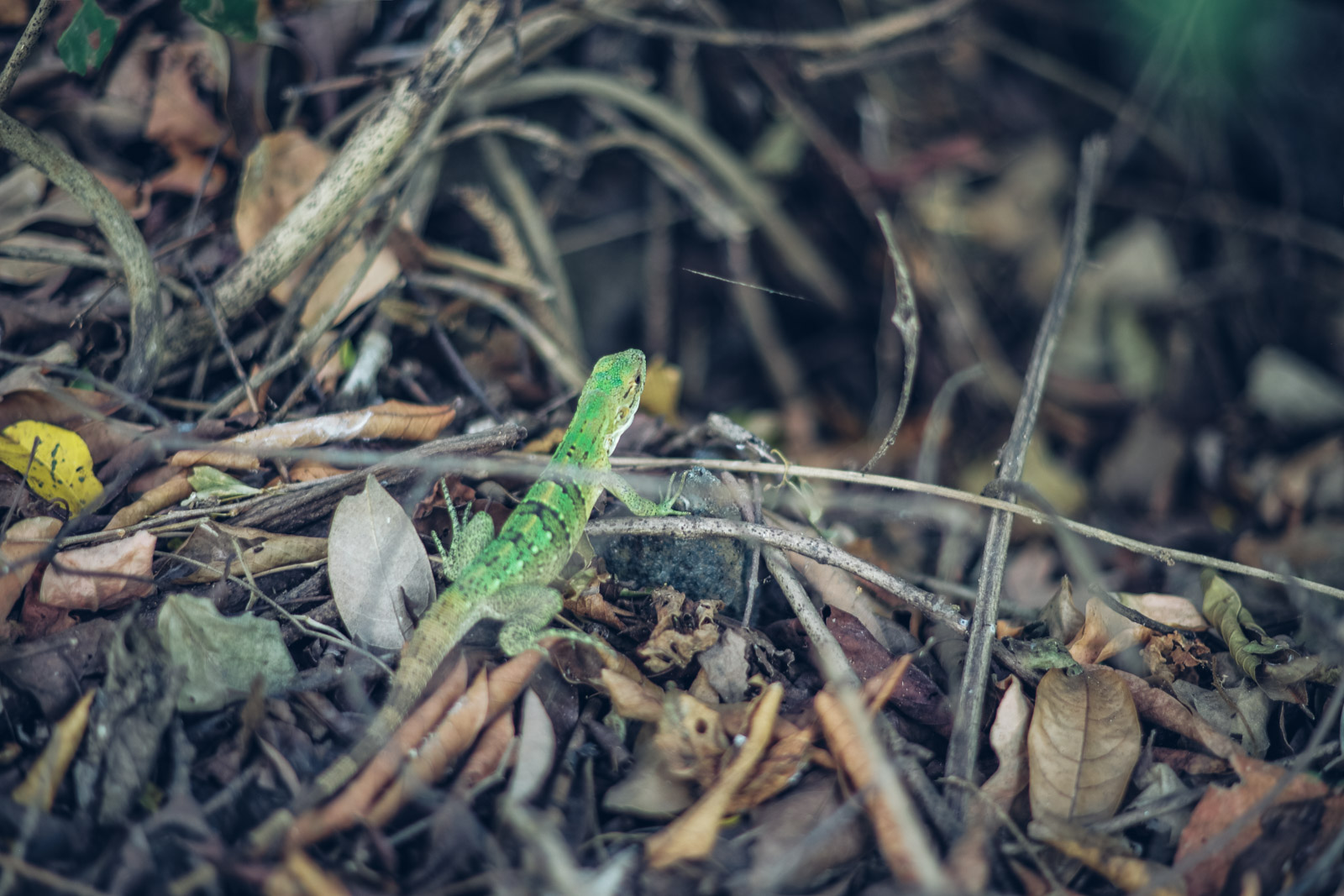
Lots of gorgeous butterflies here, but they’re rather hard to photograph well. They just won’t sit still!
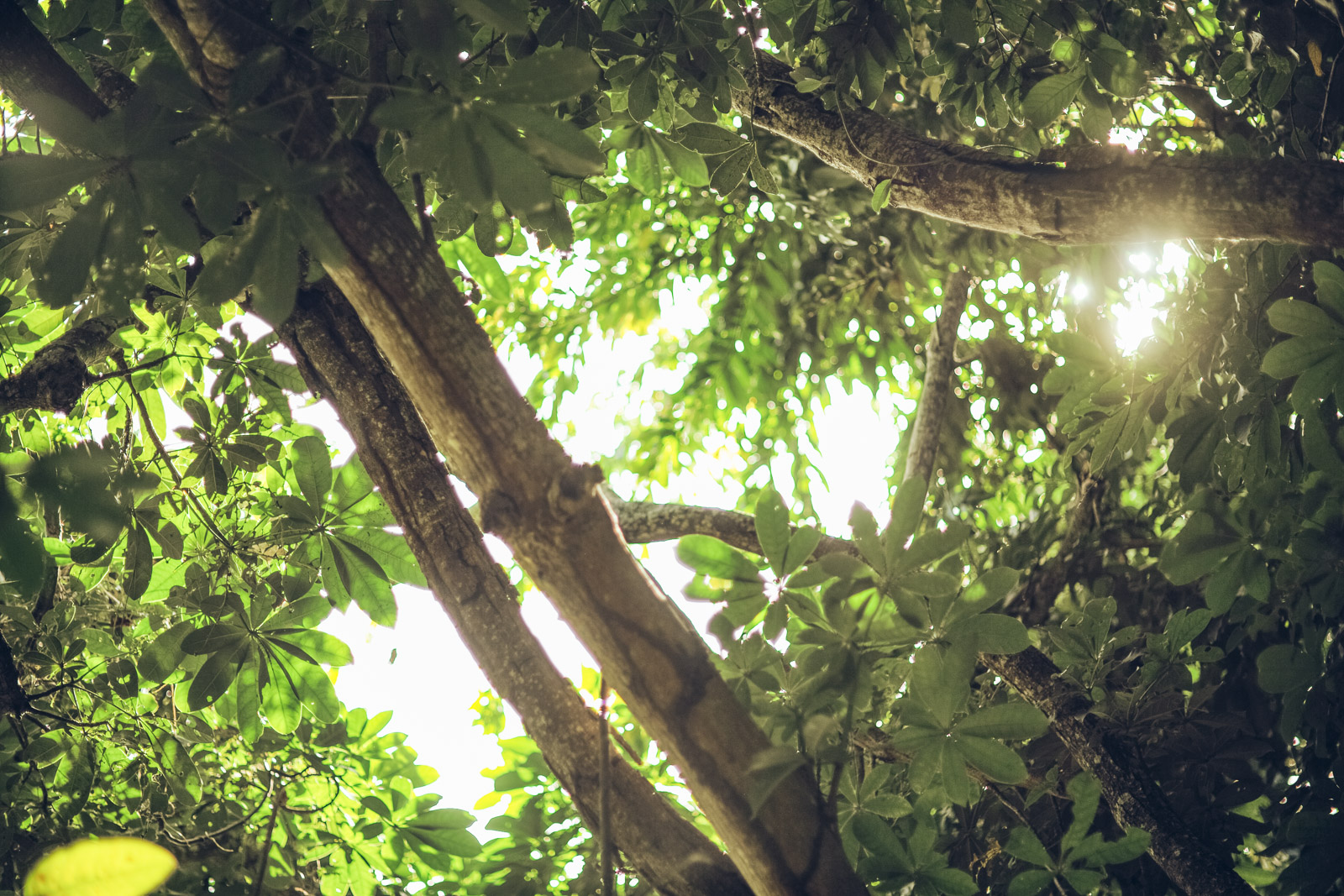
The longer hiking trail spits you out at a beautiful black sand beach with a view of the other volcano, Volcán Maderas.
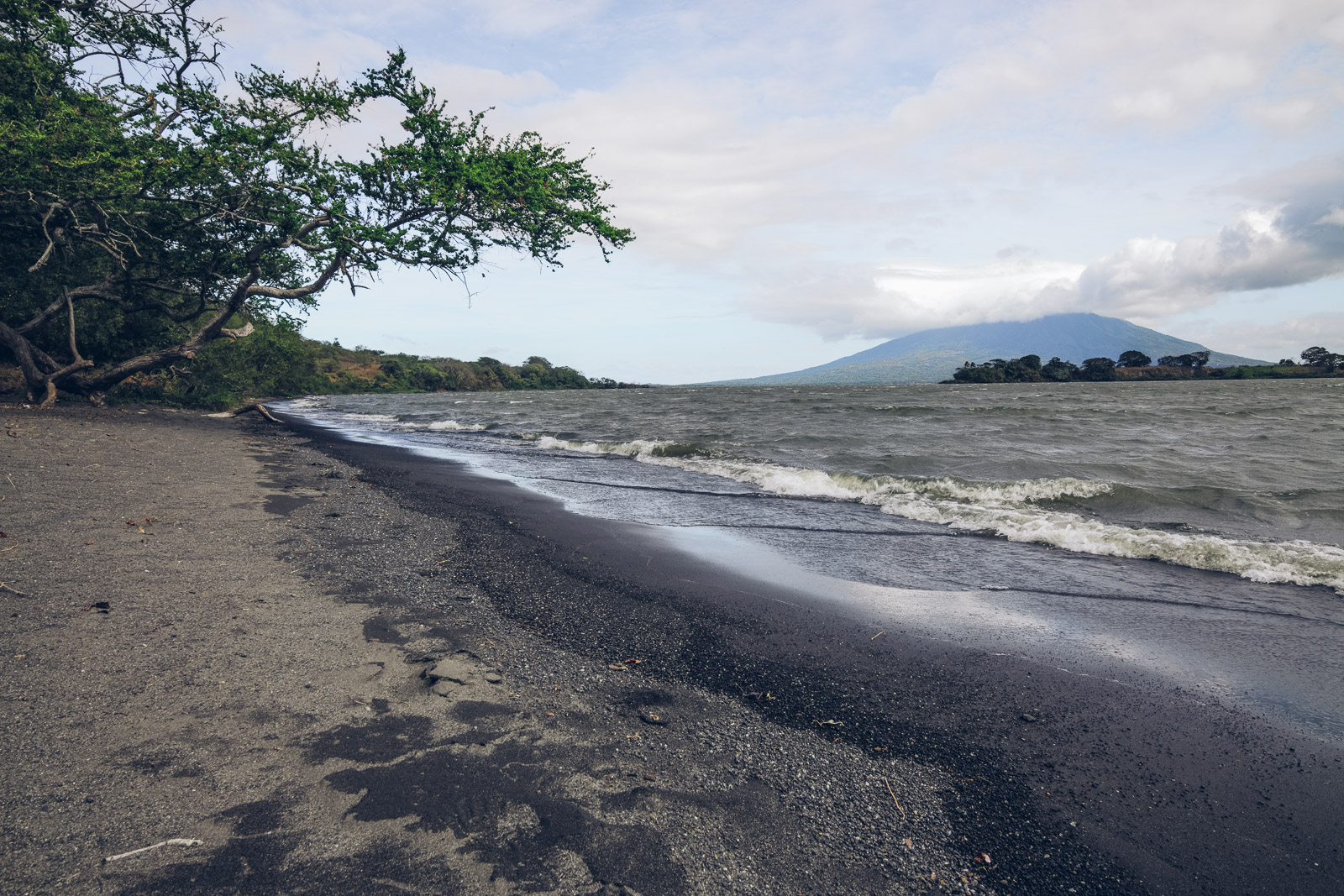
Going back on the trail, there’s also a beautiful rocky outlook that overlooks the entire lake.
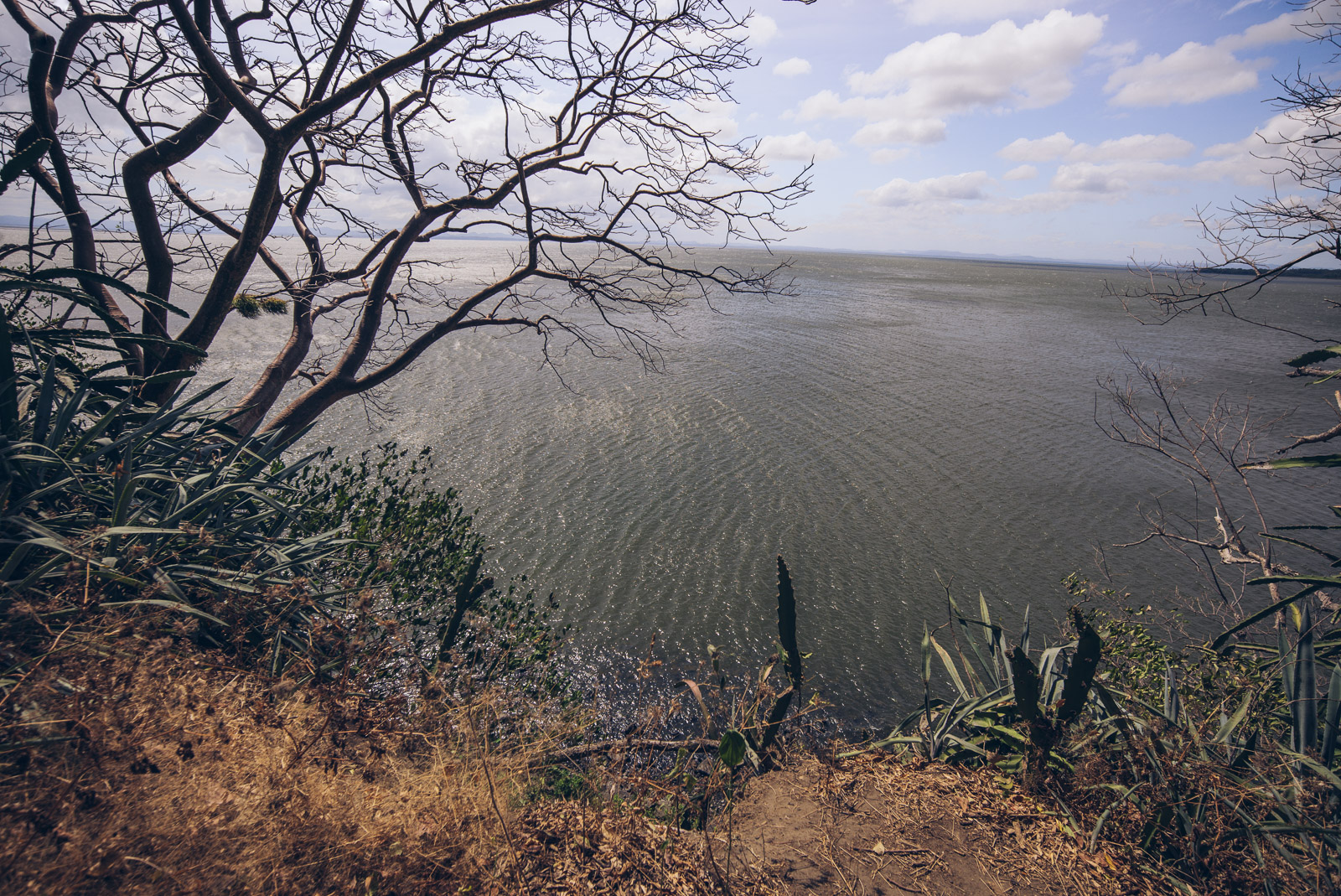
Some friendly locals chatted with me about my ridiculous oversized dirt bike and gave me a nice parting gift:
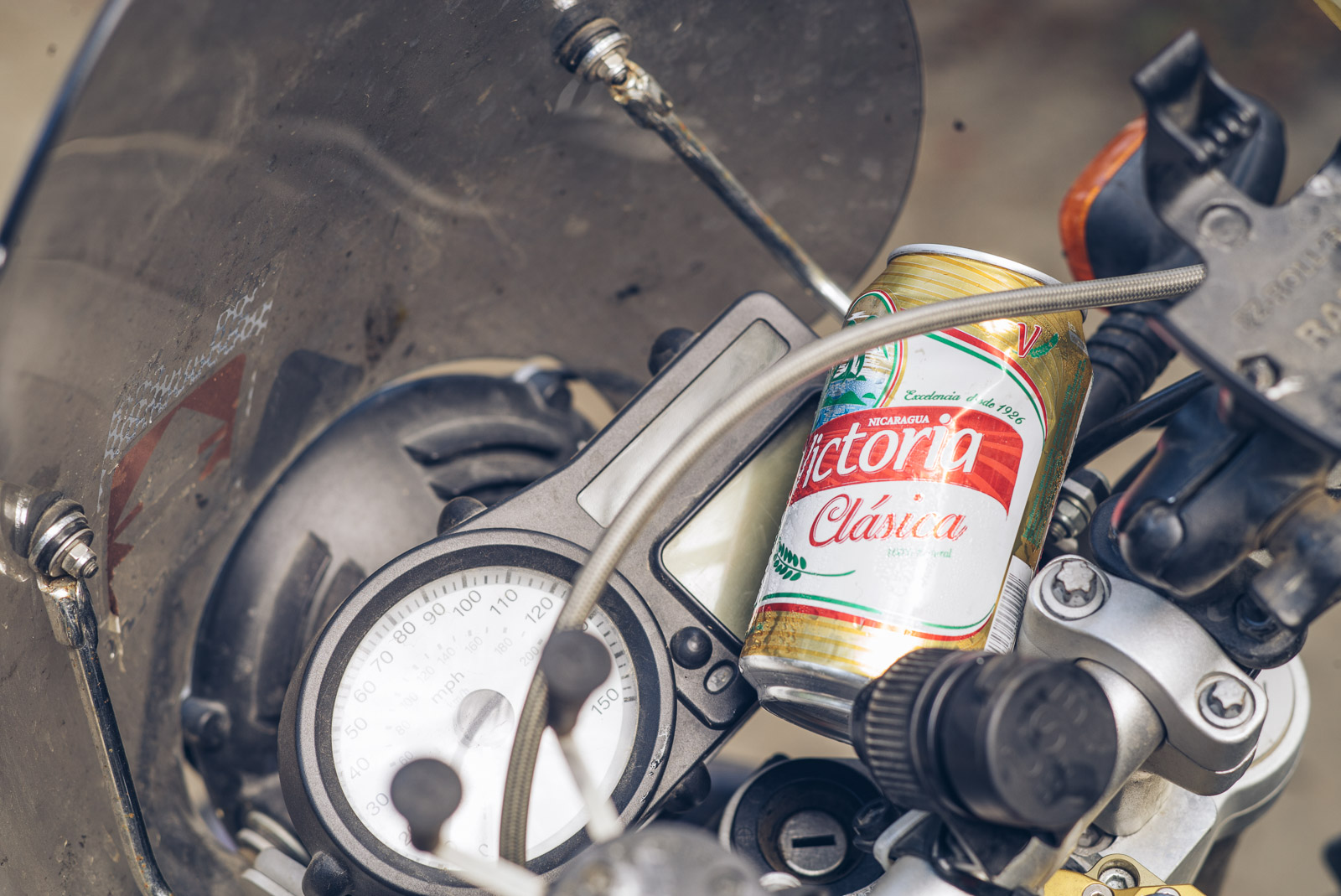
As a base of operations for the next few days I figured I’d go a little nicer than a campsite and get a hostel bed. My requirements were simple: some power, running water and a good bar. Little Morgan’s had all of those, and a nice view from the ‘crow’s nest’ tower in the middle of the property to boot.
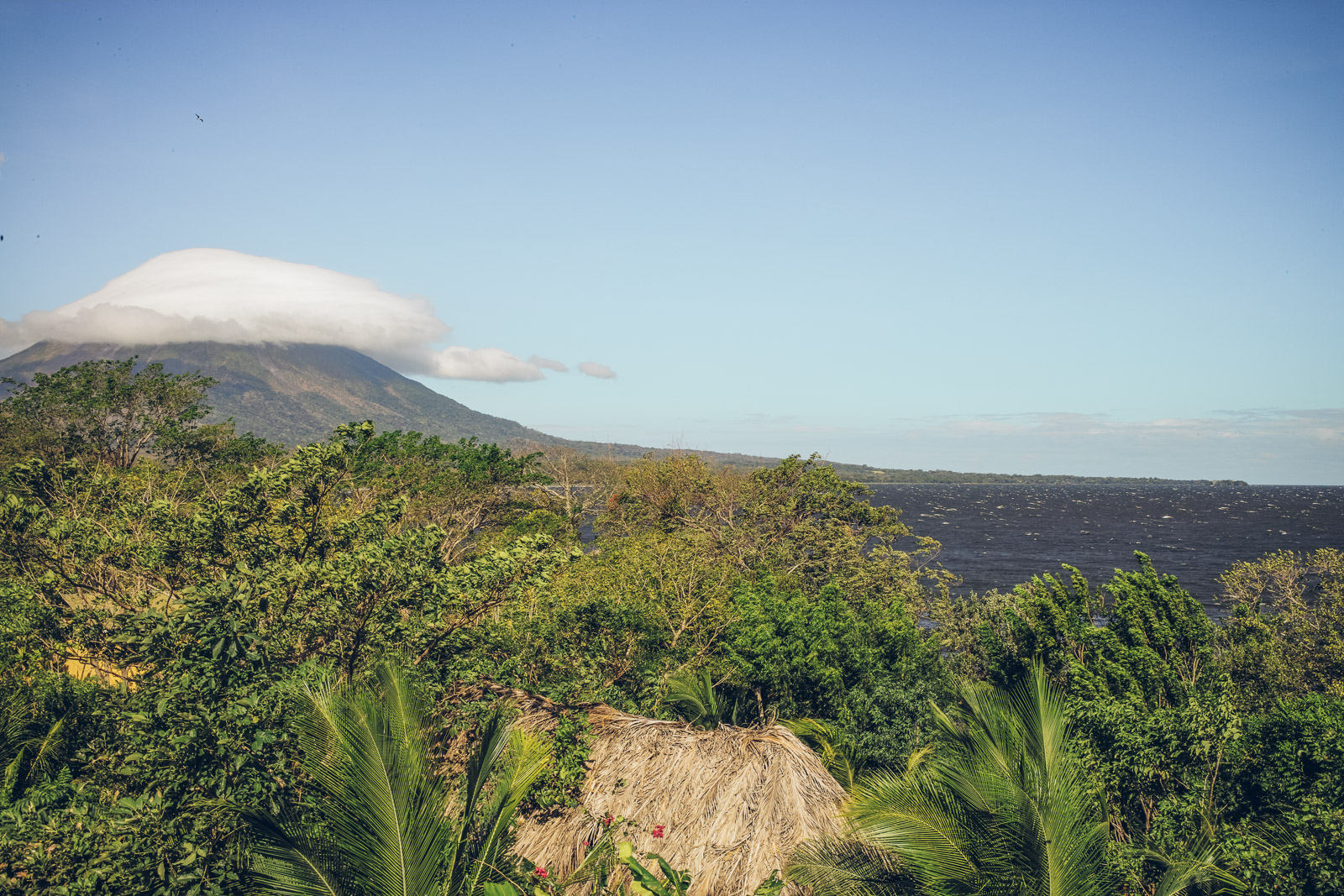
After dropping off my heavier camping gear I checked out some of the beautiful dirt roads the locals use for their cattle and farming.
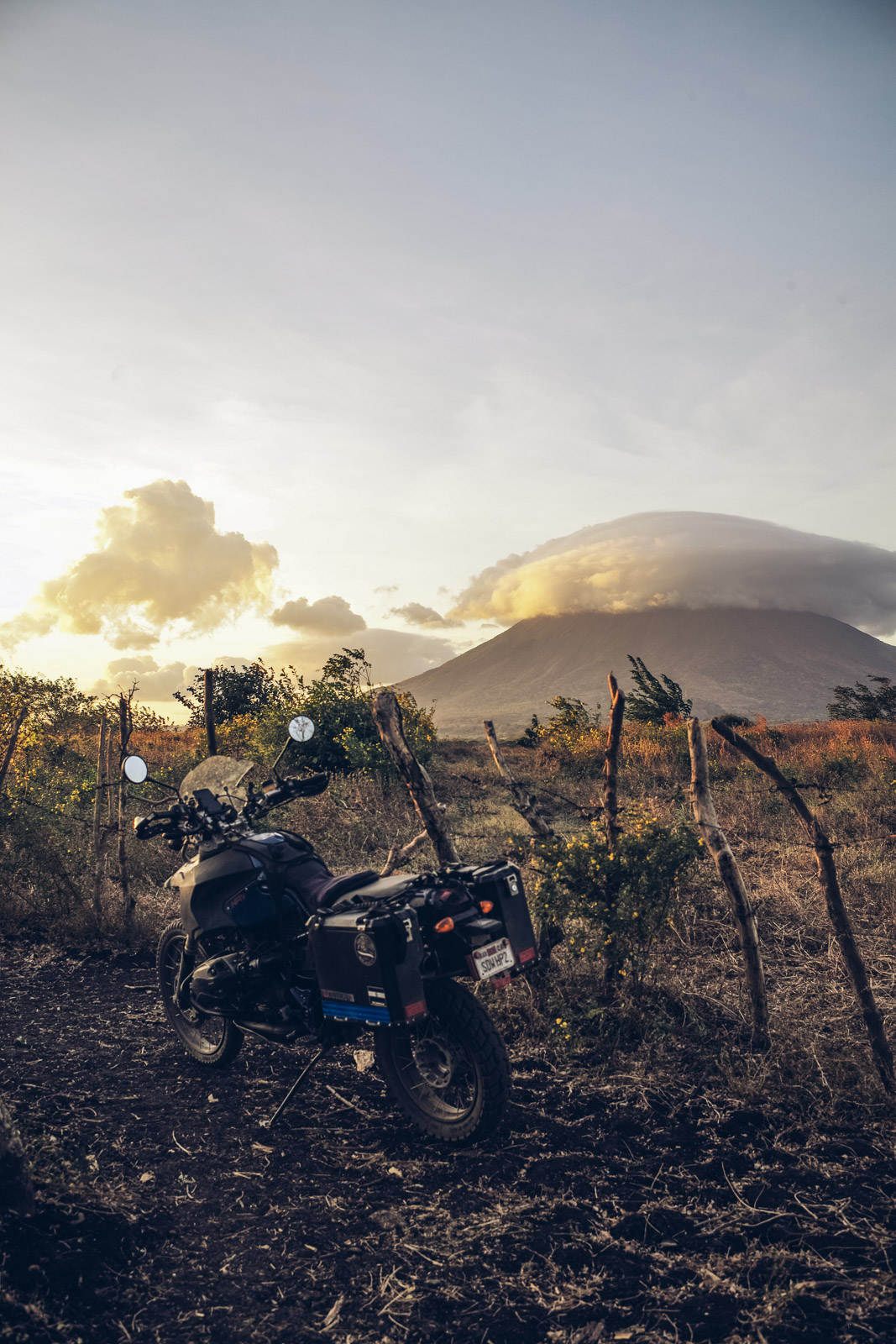
Volcán Conception:
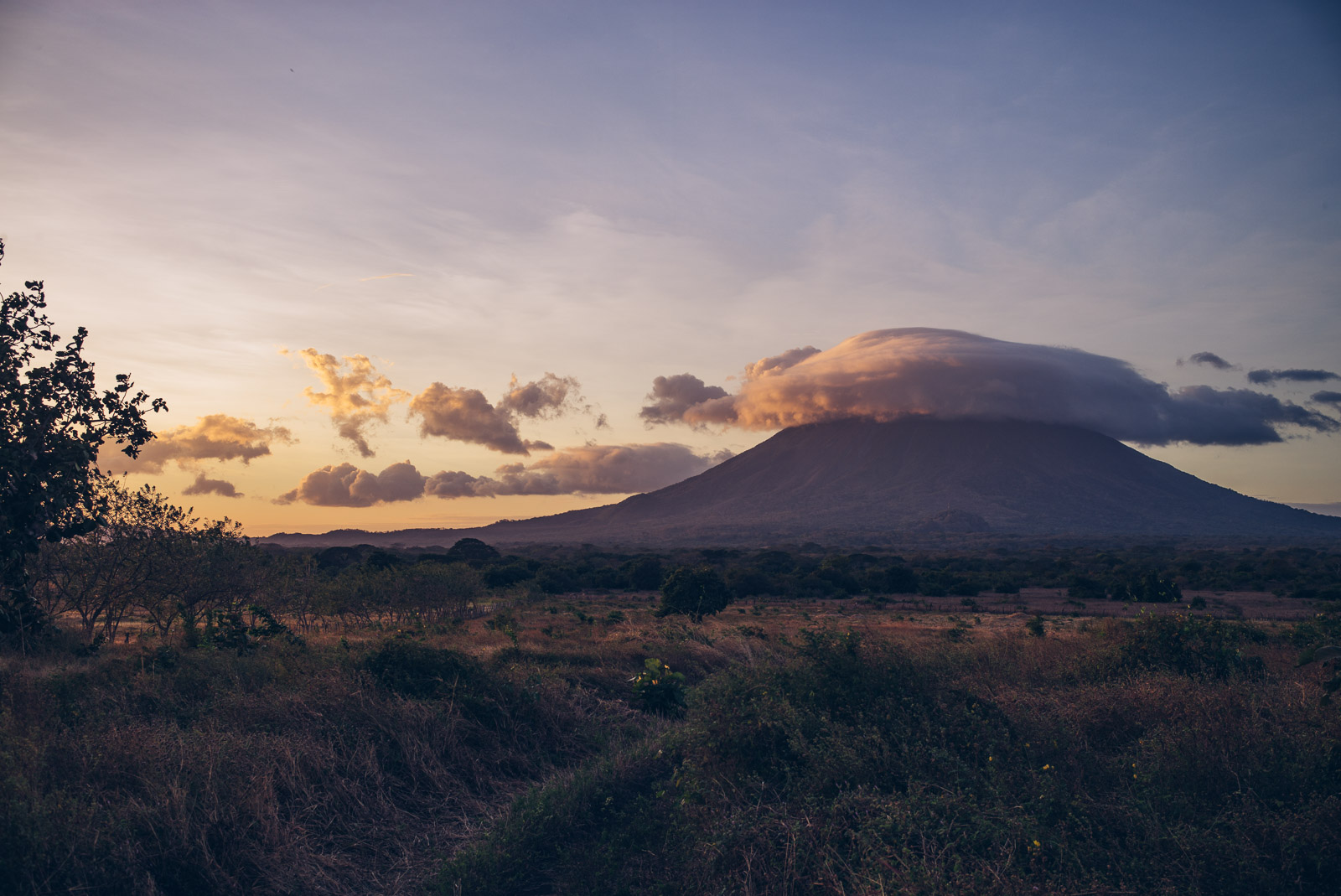 It was a gorgeous sunset. The volcanoes seem to always have their head in the clouds.
It was a gorgeous sunset. The volcanoes seem to always have their head in the clouds.
Volcán Maderas:
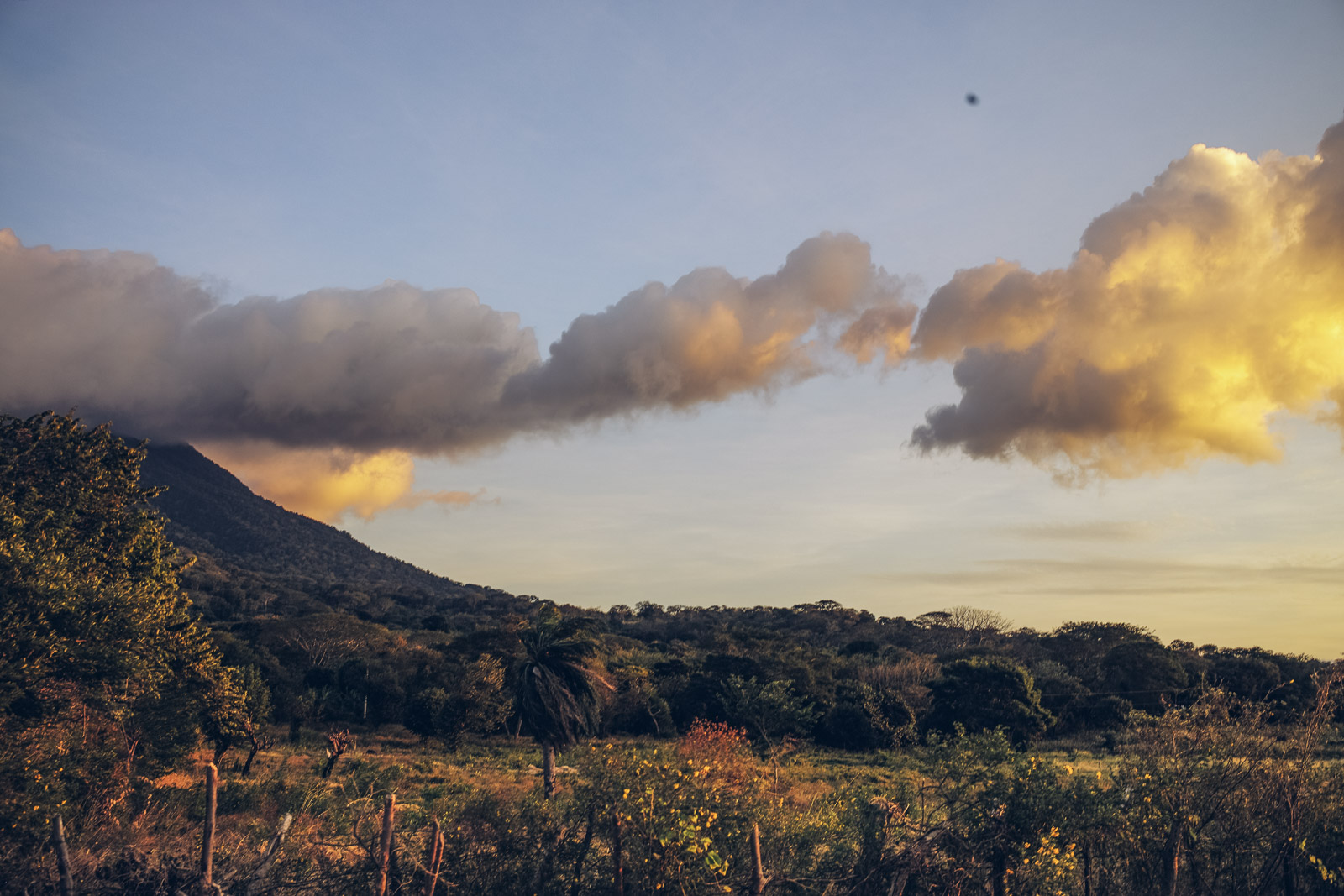
Every now and then a farmer would come by with his cattle, amused at the weirdo riding these roads for the fun of it.
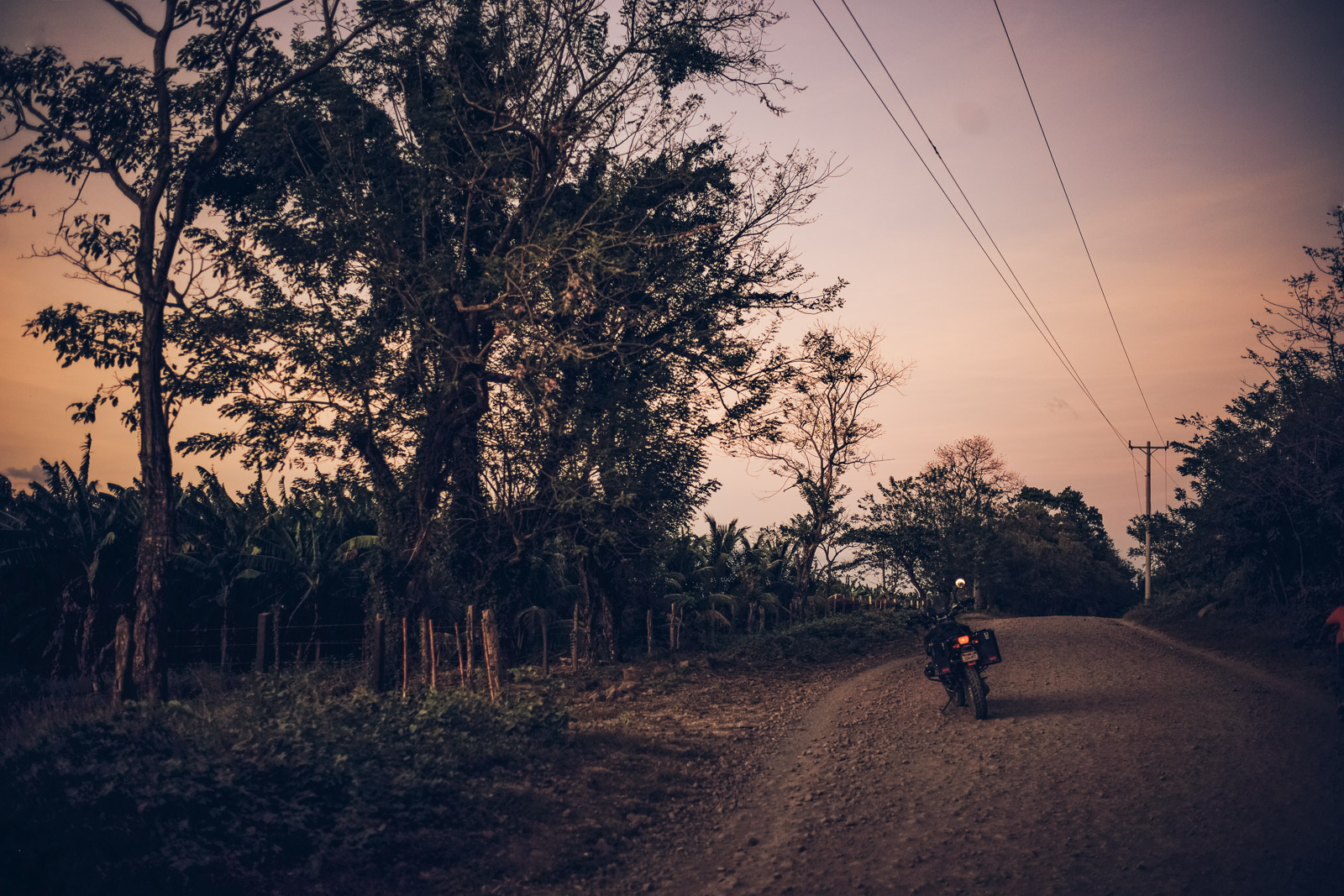
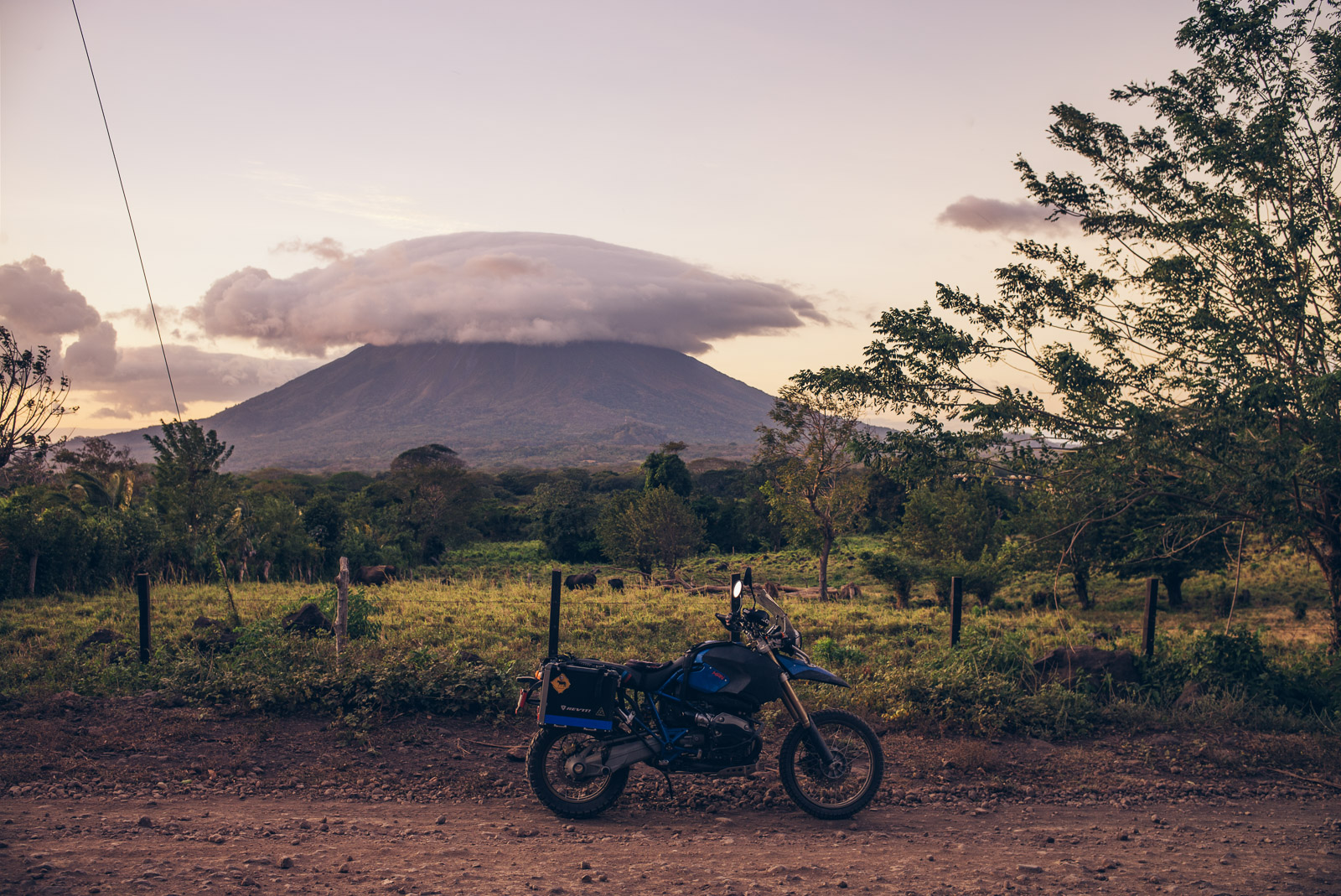
They sure picked a great spot to be a farmer!
Some of the fellow travelers at Little Morgan’s told me about pizza night at El Zopilote, a sort of hippie-hangout-cum-hostel that was a short walk up the hill from our hostel. I hadn’t had pizza in a while, so that sounded brilliant!
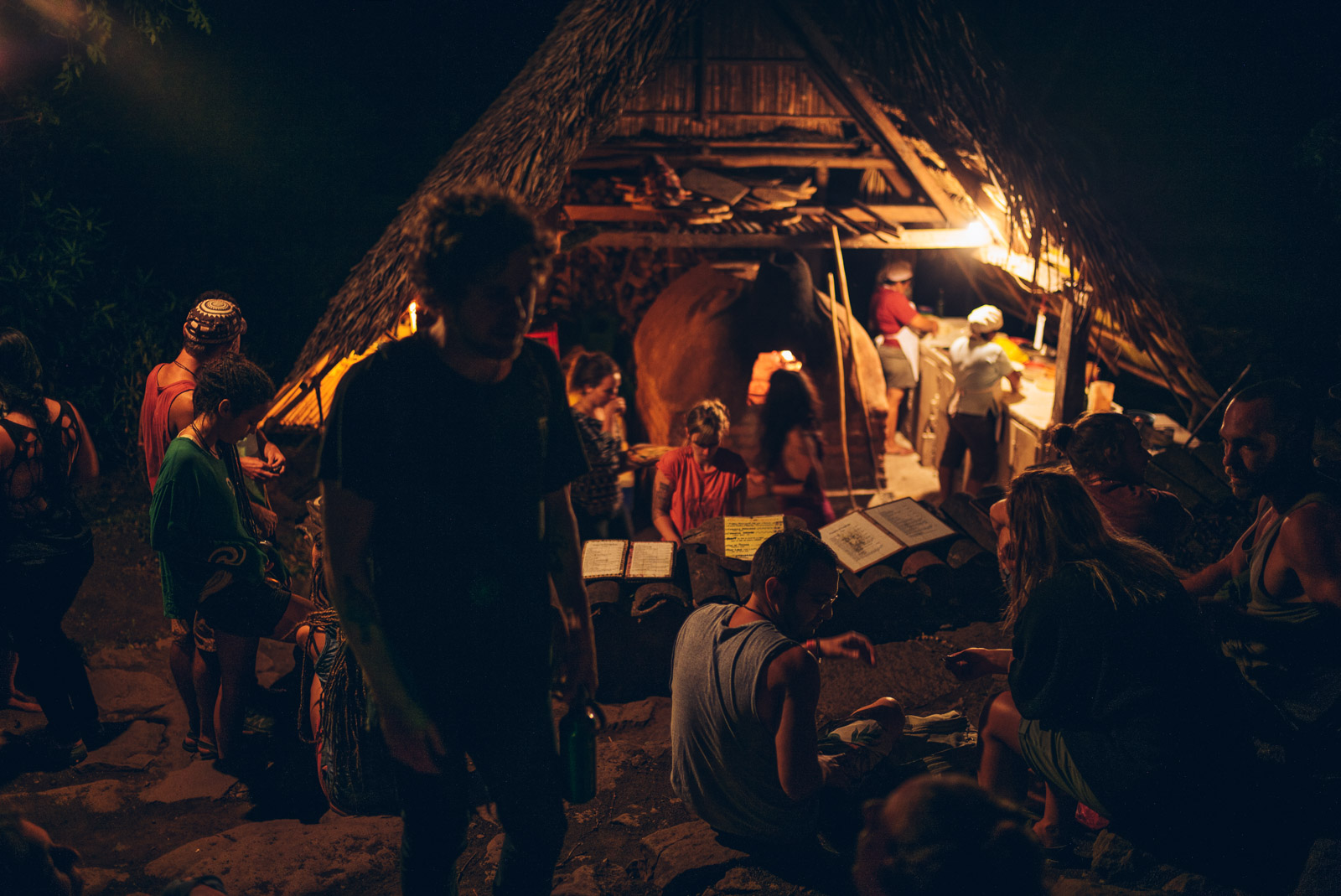
El Zopilote seemed really nice. It lacked the riveting action of Little Morgan’s bar, though, which was the kind of place where you’d see people from any nationality and walk of life getting drunk together and making terrible life choices. Exactly my kind of spot.
The ‘tab’ system of Little Morgan’s is unique: when you arrive you just kind of open a tab, and then you just pay for all your drinks and food at the end of your stay. It definitely has potential for forgetful-drunk sticker shock, but it makes it very easy to just order a few rounds.
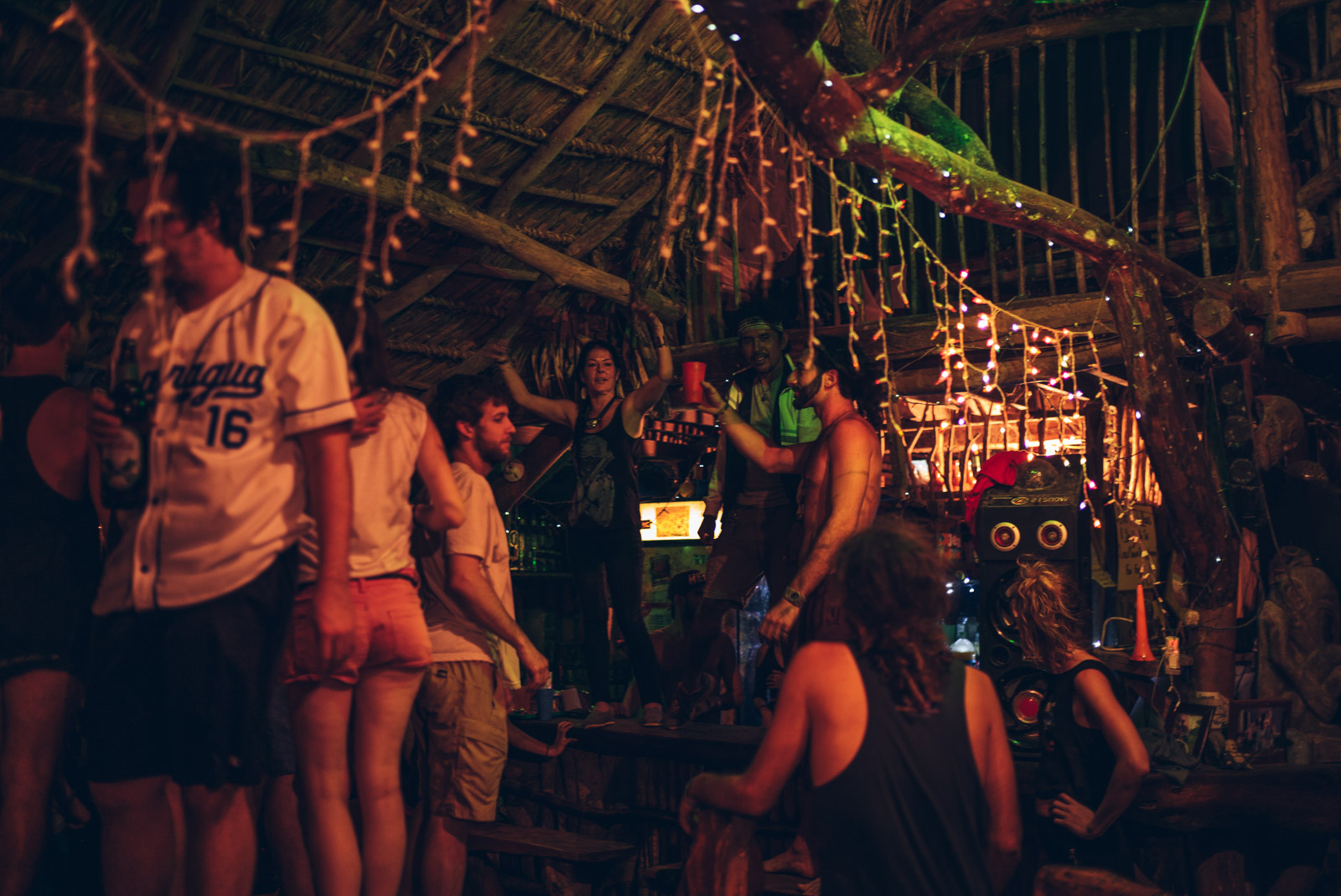
It’s very easy to make friends in a setting like this, which is exactly what I did. I needed a few friendly faces to go hike the volcano the next day!
After far too many drinks we all hiked up to El Zopilote at 5 AM to start our hike. We got a few pre-made sandwiches to pack and hiked out of the Zopilote property and through adjacent farms.
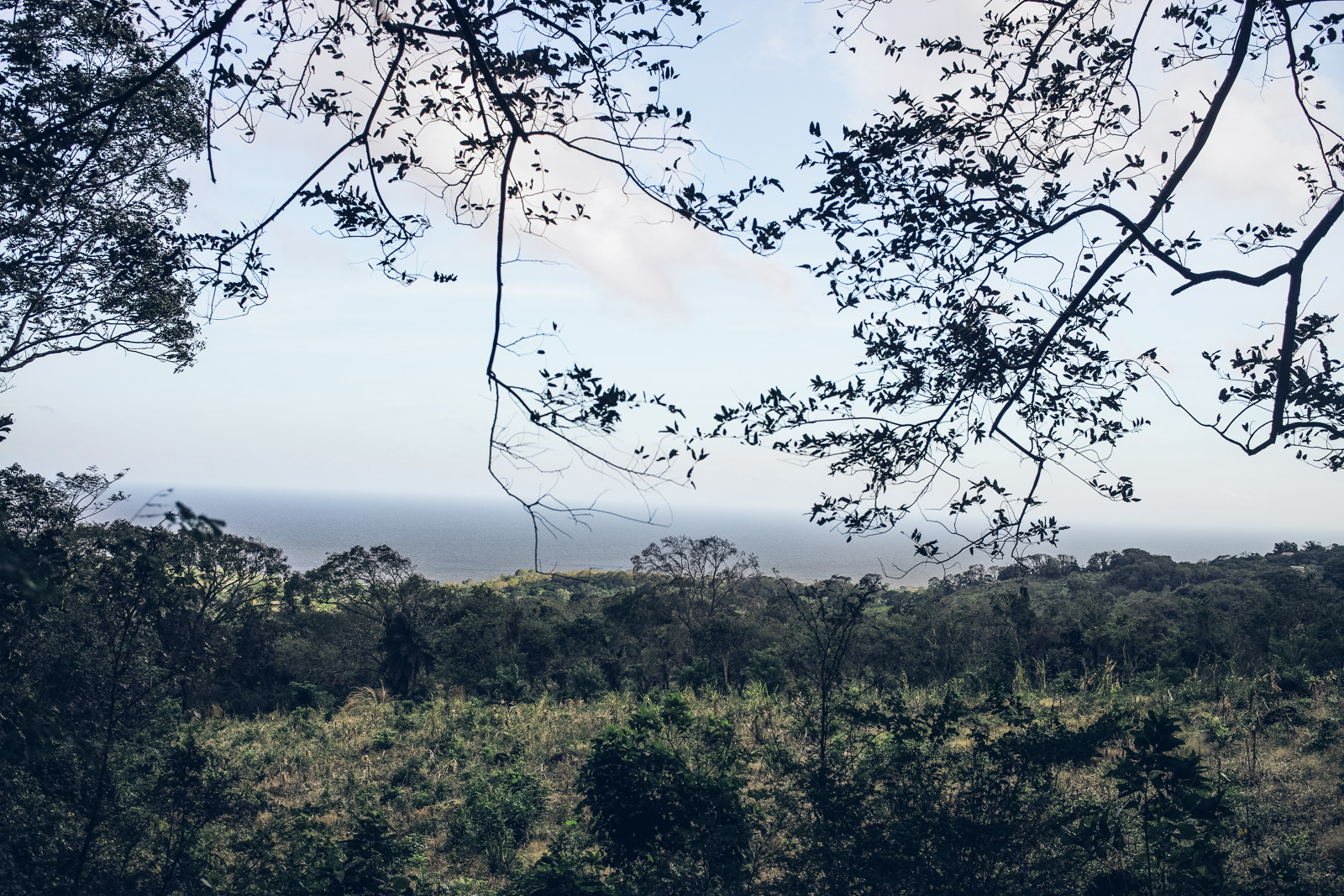
It turns out the forests are also grazing grounds for local cattle!
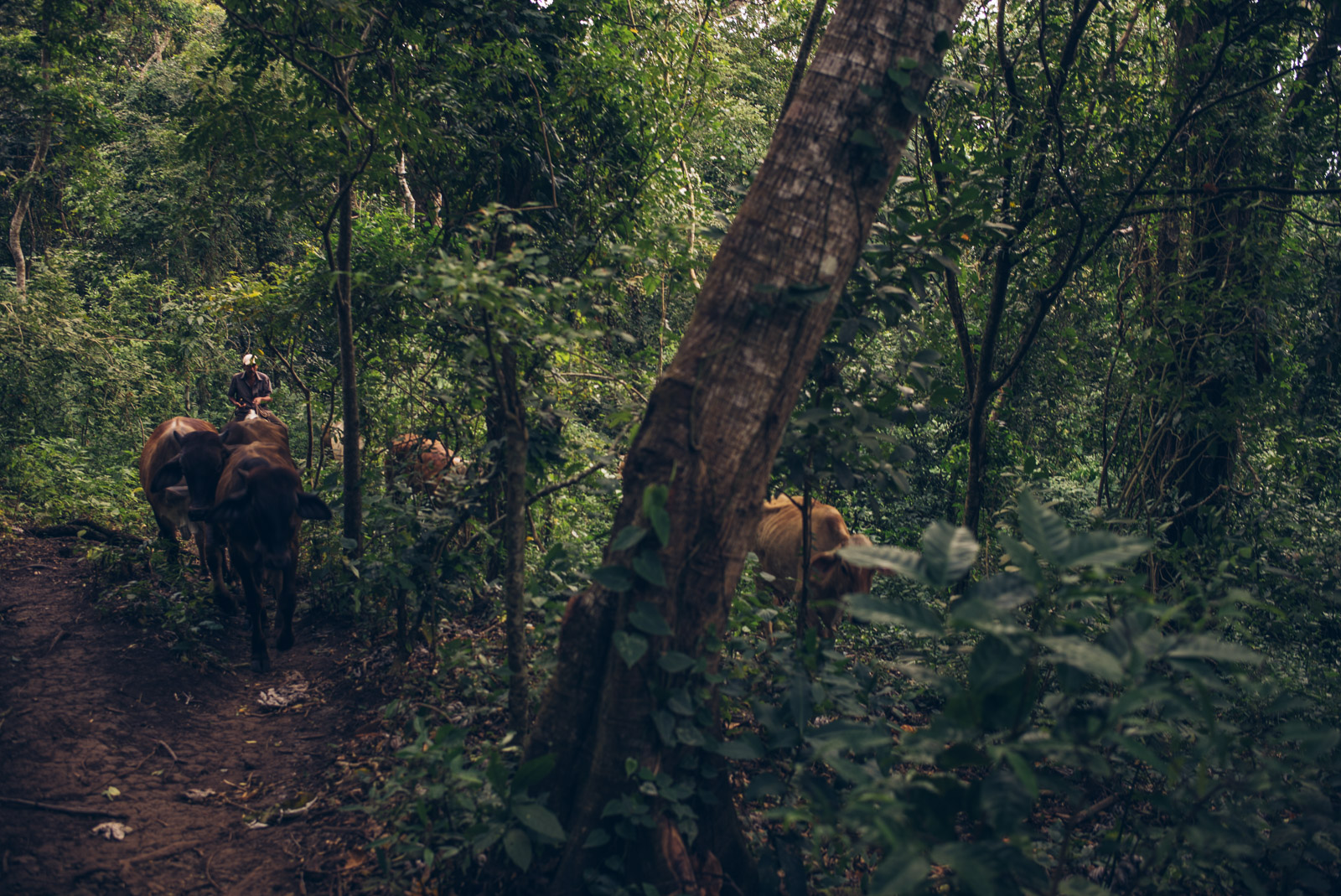
The dry dirt and low shrub of the rest of the island disappears quickly to lush forests and wet, clay-like mud on the slopes of the volcano. A beautiful view at our first rest stop:
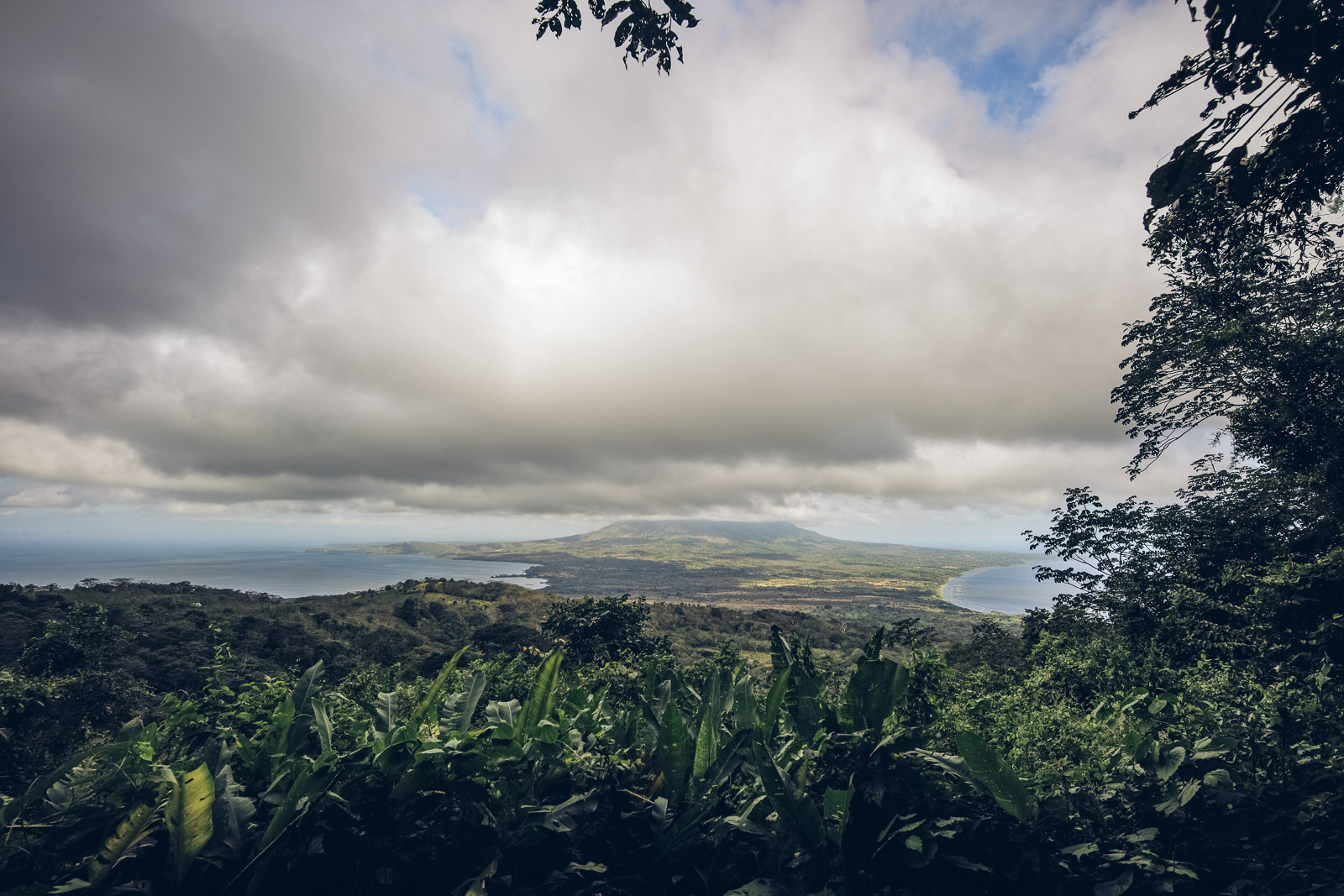
Unfortunately, it was a bit cloudy this morning. These cows don’t seem to mind, though:
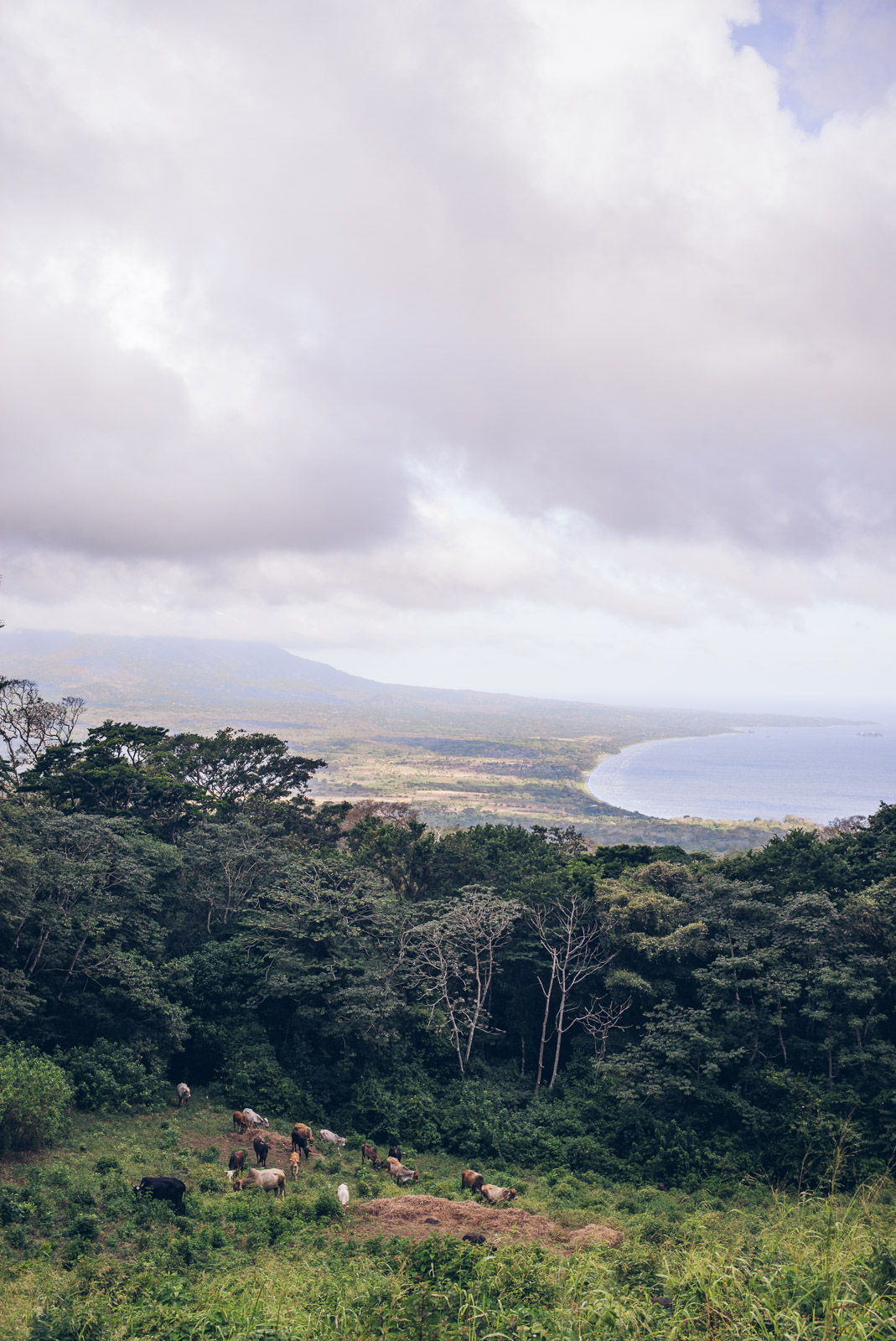 They must’ve won some kind of cow lottery to get to live in such a place!
They must’ve won some kind of cow lottery to get to live in such a place!
Some of my newly-made friends mentioned that it was recommended to go on a group hike with a tour because the trail was easily lost. I can attest to that: there were a lot of different trails, and it was a pretty minimally maintained trail up the mountain.
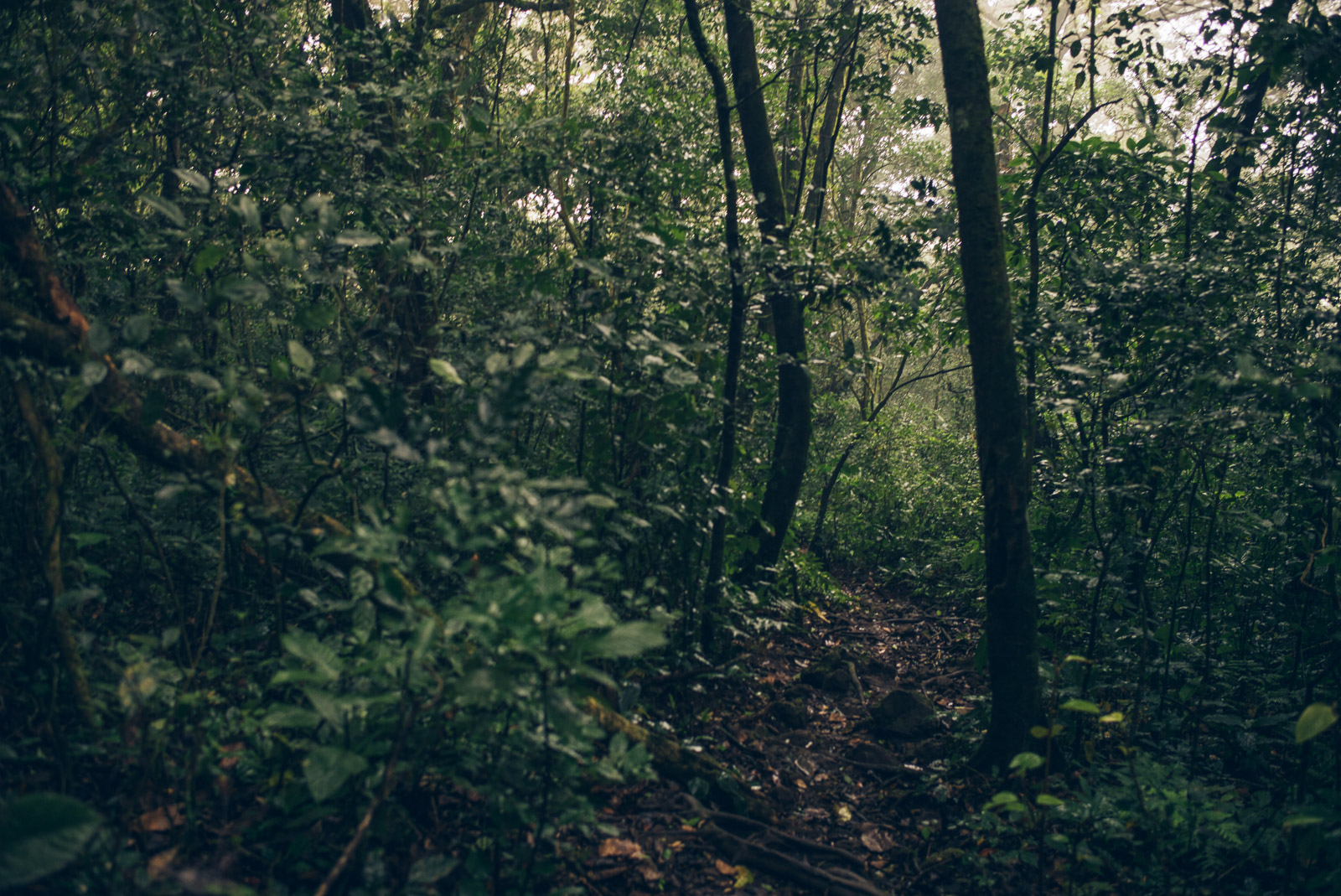
And before you know it, we hit the clouds that always circle the top of the volcano.
Clouds on fertile volcano slopes like this create a unique biome that countries like Costa Rica are so well known for: cloud forests. These kind of jungle forests have an absolute cornucopia in species living in and on the trees. The plentiful water in the air and sunlight creates a veritable explosion of life.
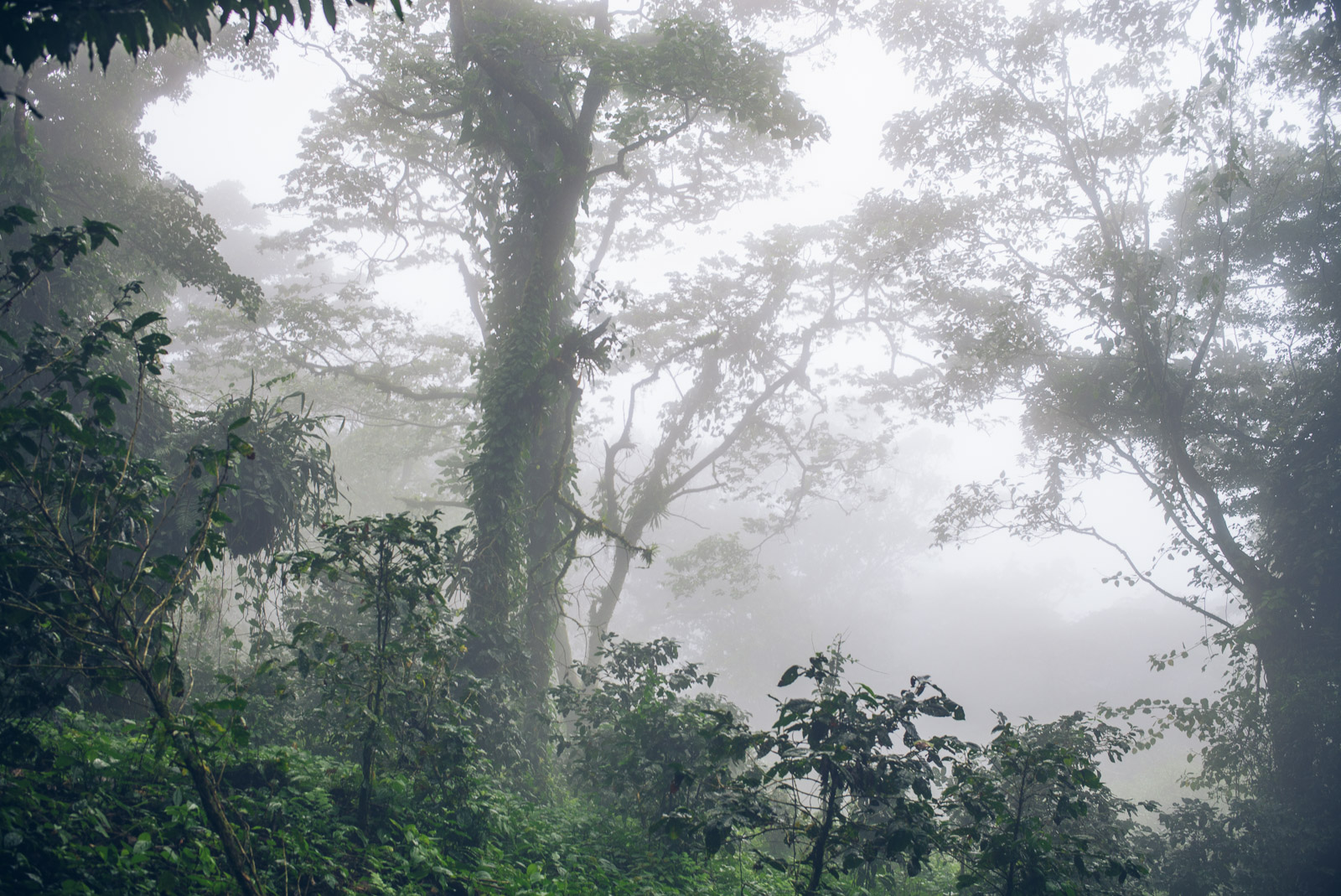
It also makes the hike a fun muddy affair, with high moisture and water dripping off every plant:
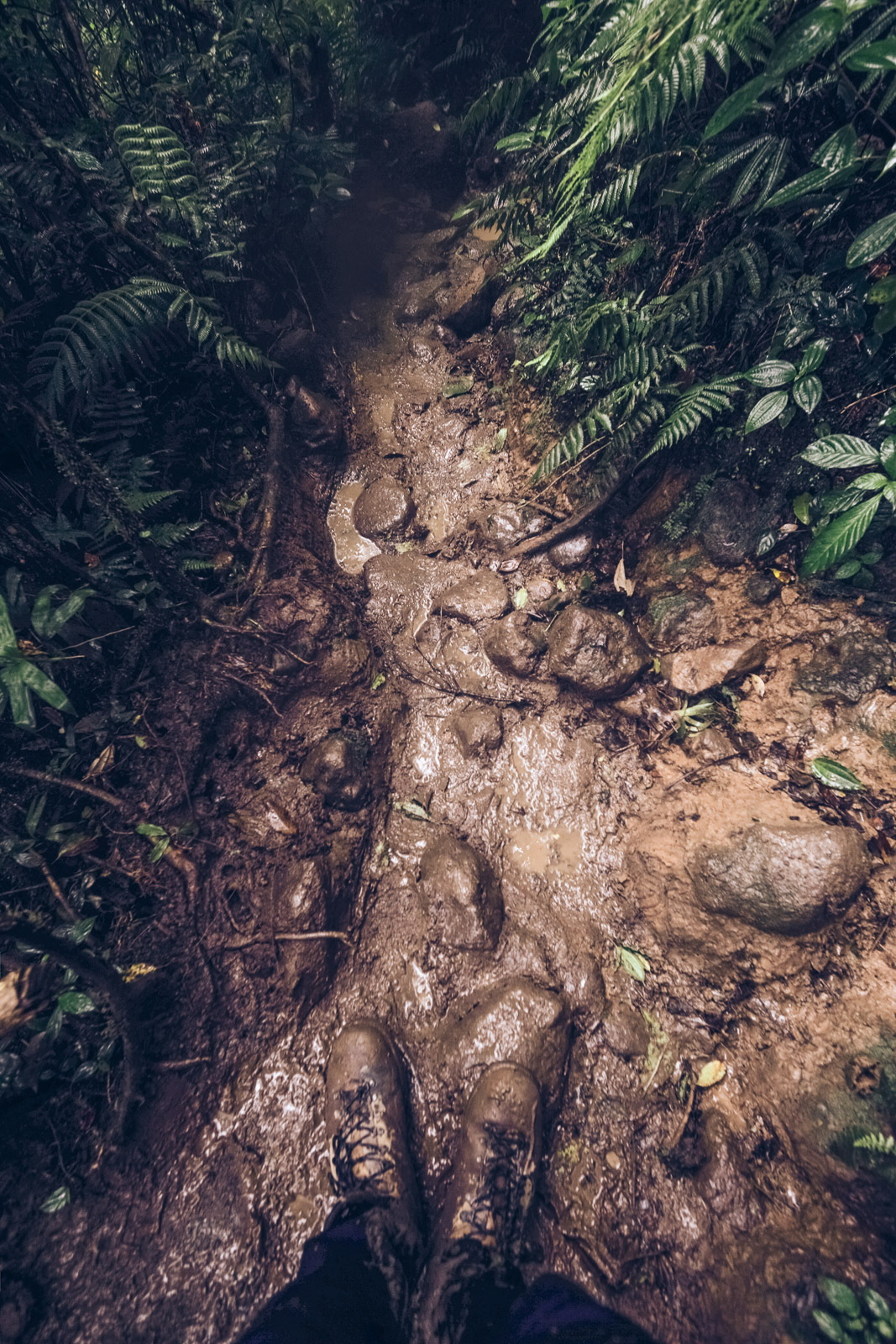
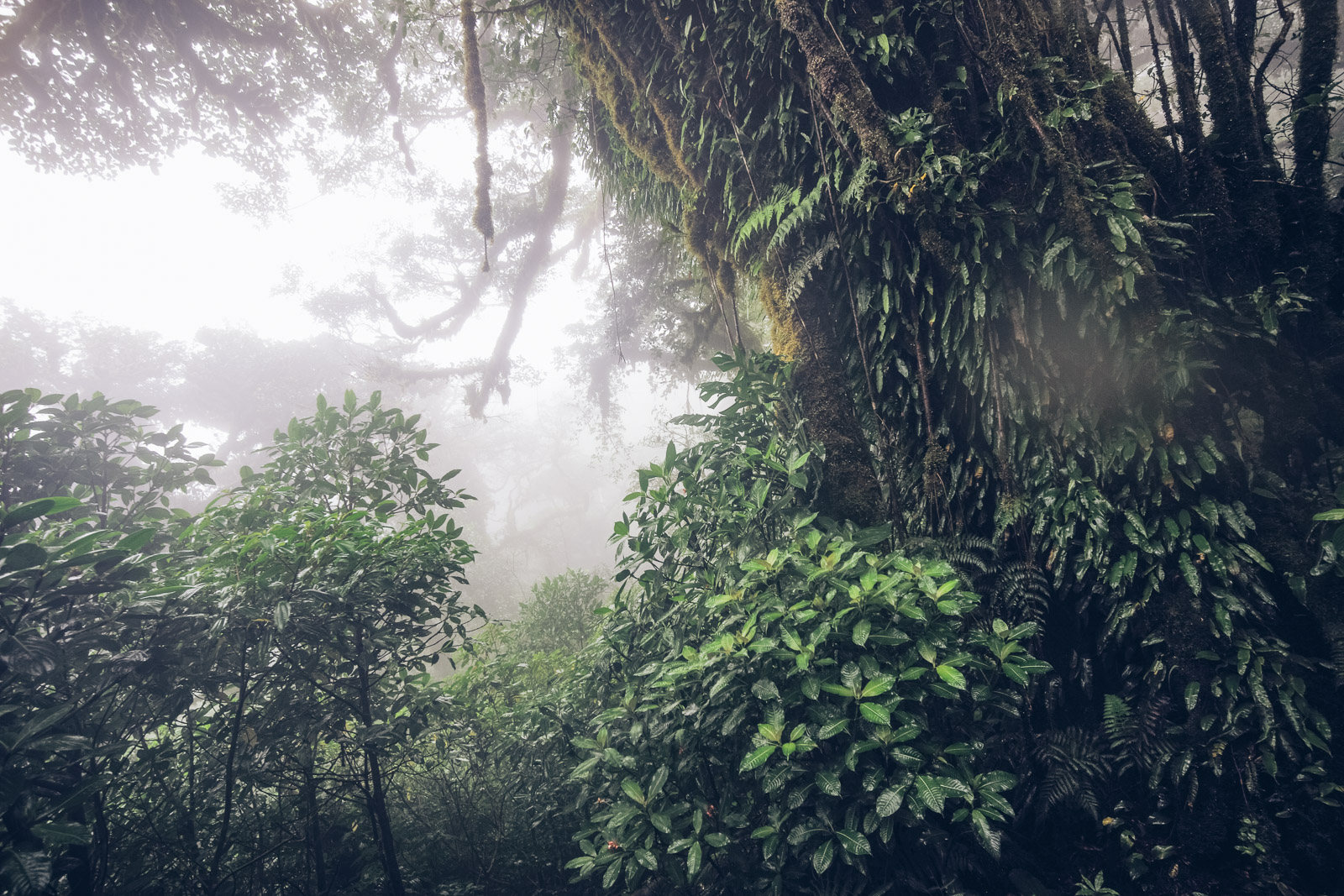
One of the most stunning forest hikes I’d ever done. The photos make it look very easy, but it was a very stiff hike.
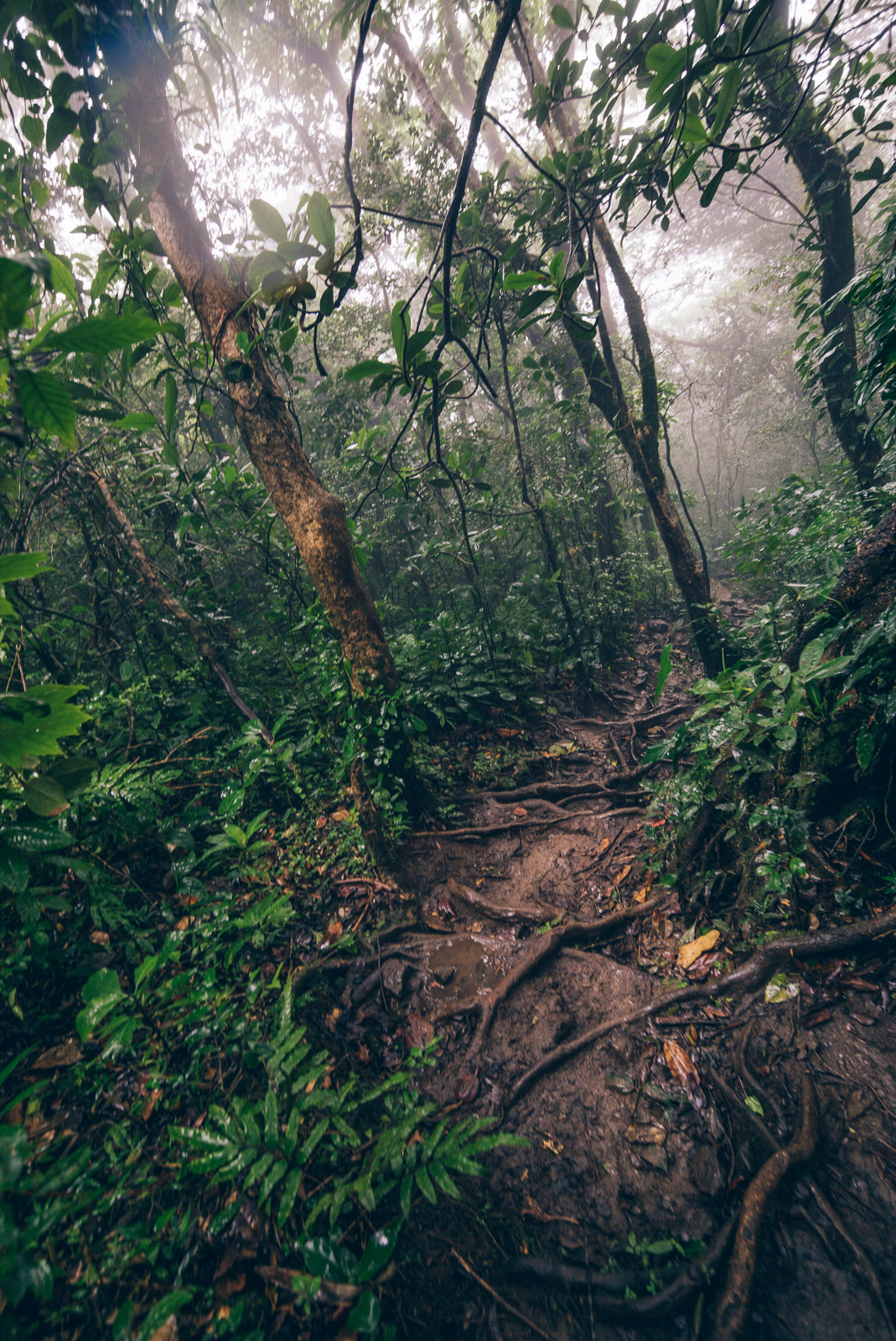
As I was both out of shape and taking lots of photos, I was at the tail end of the pack, but my friend Nick from Baltimore didn’t mind. He was great company and a nice bright red reminder for me to keep my pace up.
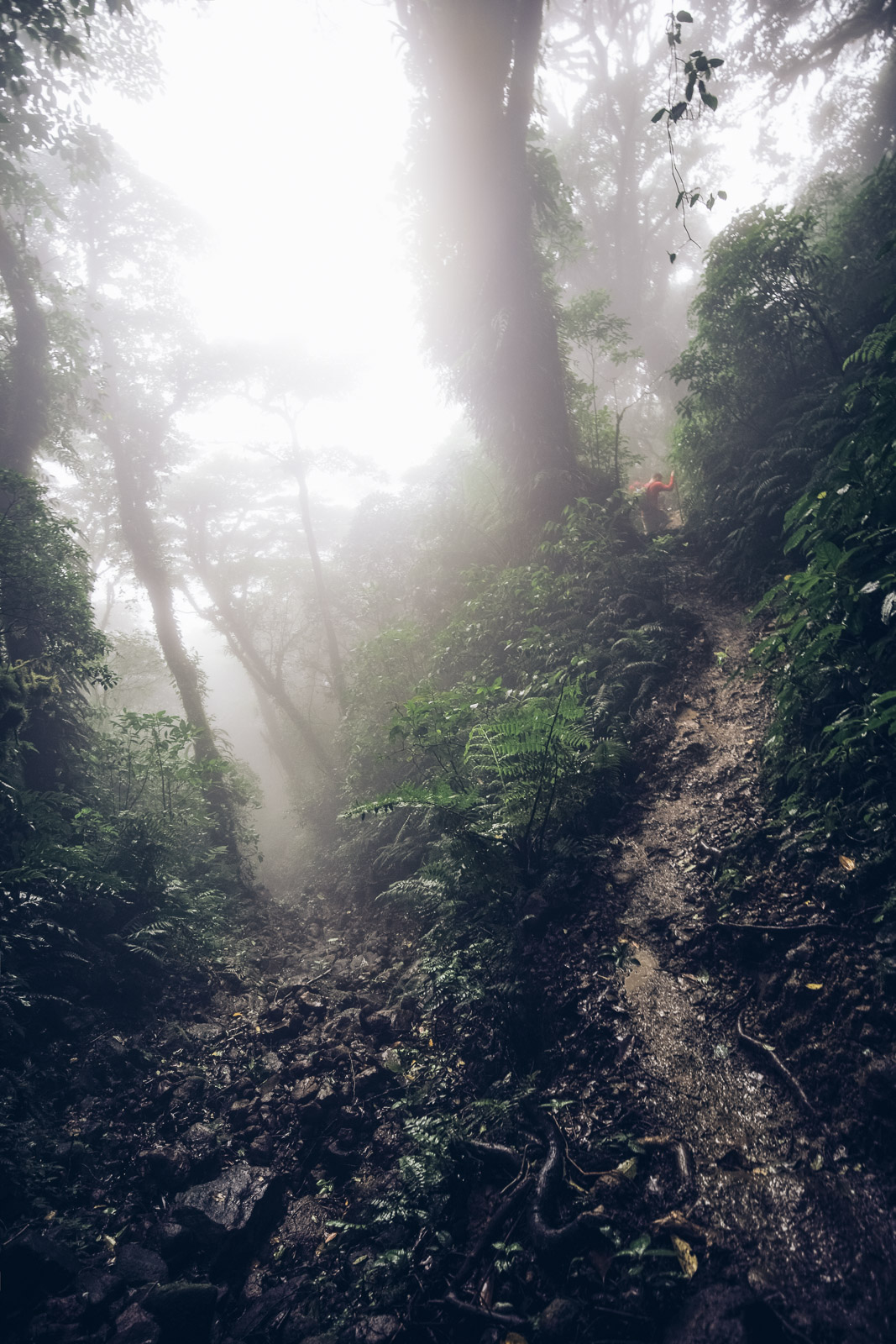
These hiking sticks were very nice on the steep uphills!
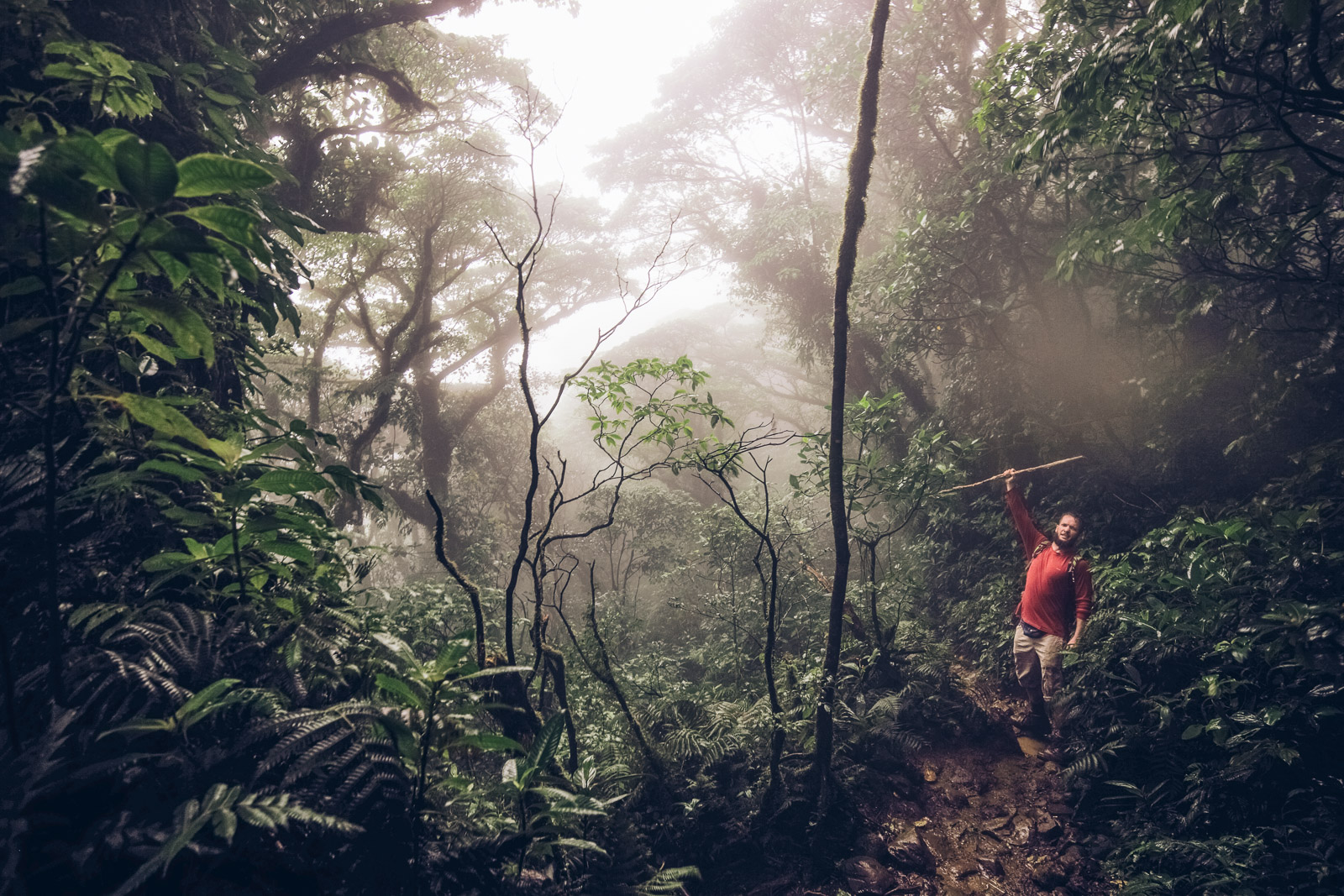
The last thirty minutes were extremely cloudy, wet, and muddy. We came on a site of a landslide, which was a fun demonstration in the classic Central-American lackadaisical attitude to safety: when one of the members of our little hiking group asked what would happen if you slipped on the ultra-slippery muddy slope, the guide kind of shrugged and said ‘You’d probably die’.
I guess we should probably not slip then!
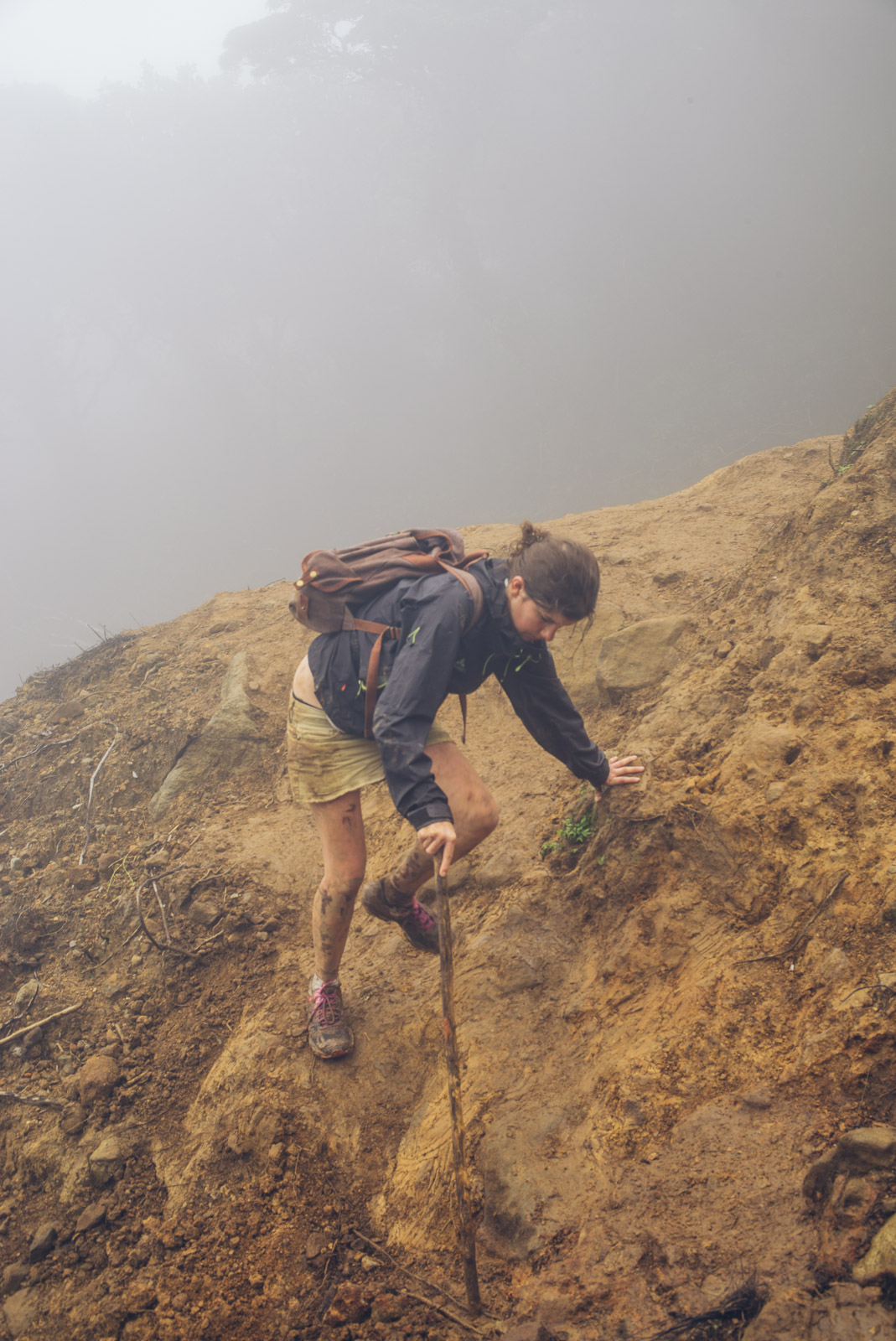 After a seriously tough hike we finally went downhill for about 10 minutes to hike into the volcano’s crater, which had a lake in it. Still covered in clouds, the view was… anticlimactic.
After a seriously tough hike we finally went downhill for about 10 minutes to hike into the volcano’s crater, which had a lake in it. Still covered in clouds, the view was… anticlimactic.
But the sandwich was the best I’d ever had in my life. Nothing like hiking for a good six hours to work up your appetite. I even ate the little bag of mayonnaise it came with, which Annina and Nick found extremely funny. They later sent me a love note written with mayonnaise.
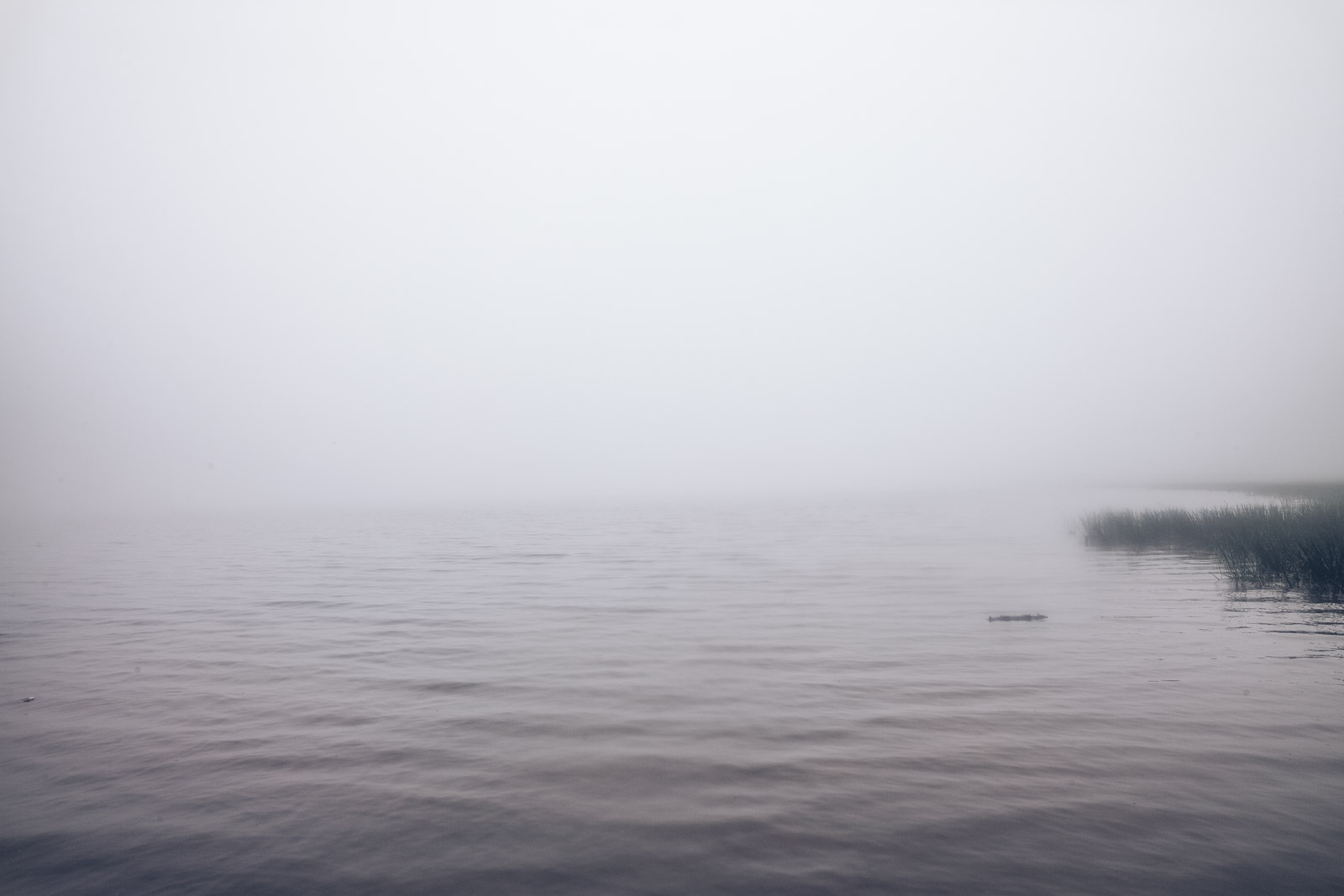
My camera got a real workout in more ways than one. I should probably invest in a waterproof camera?
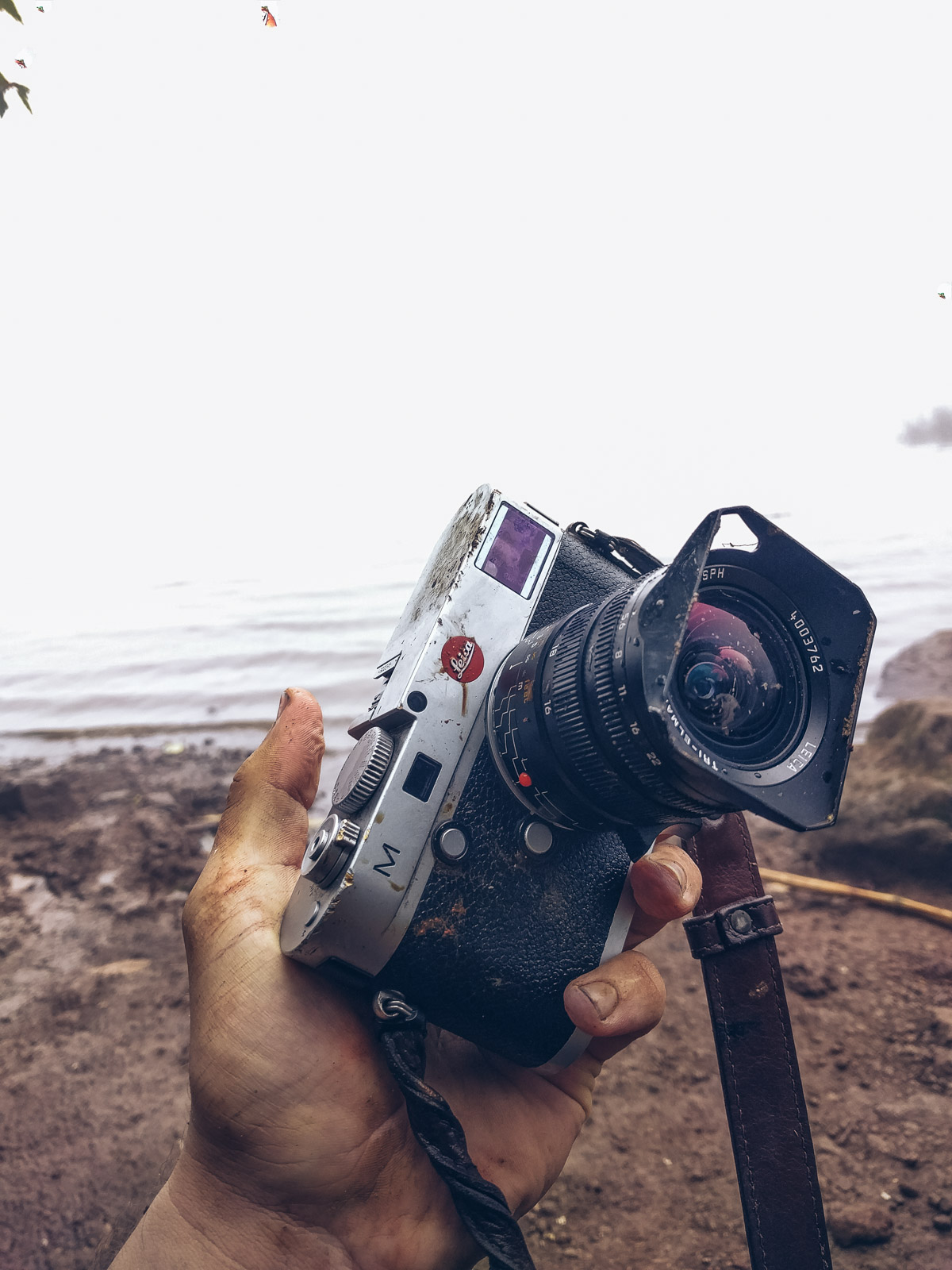
Eh, it’ll be fine. I hope.
I took a quick portrait of one of the hikers on the way down (I forget her name):
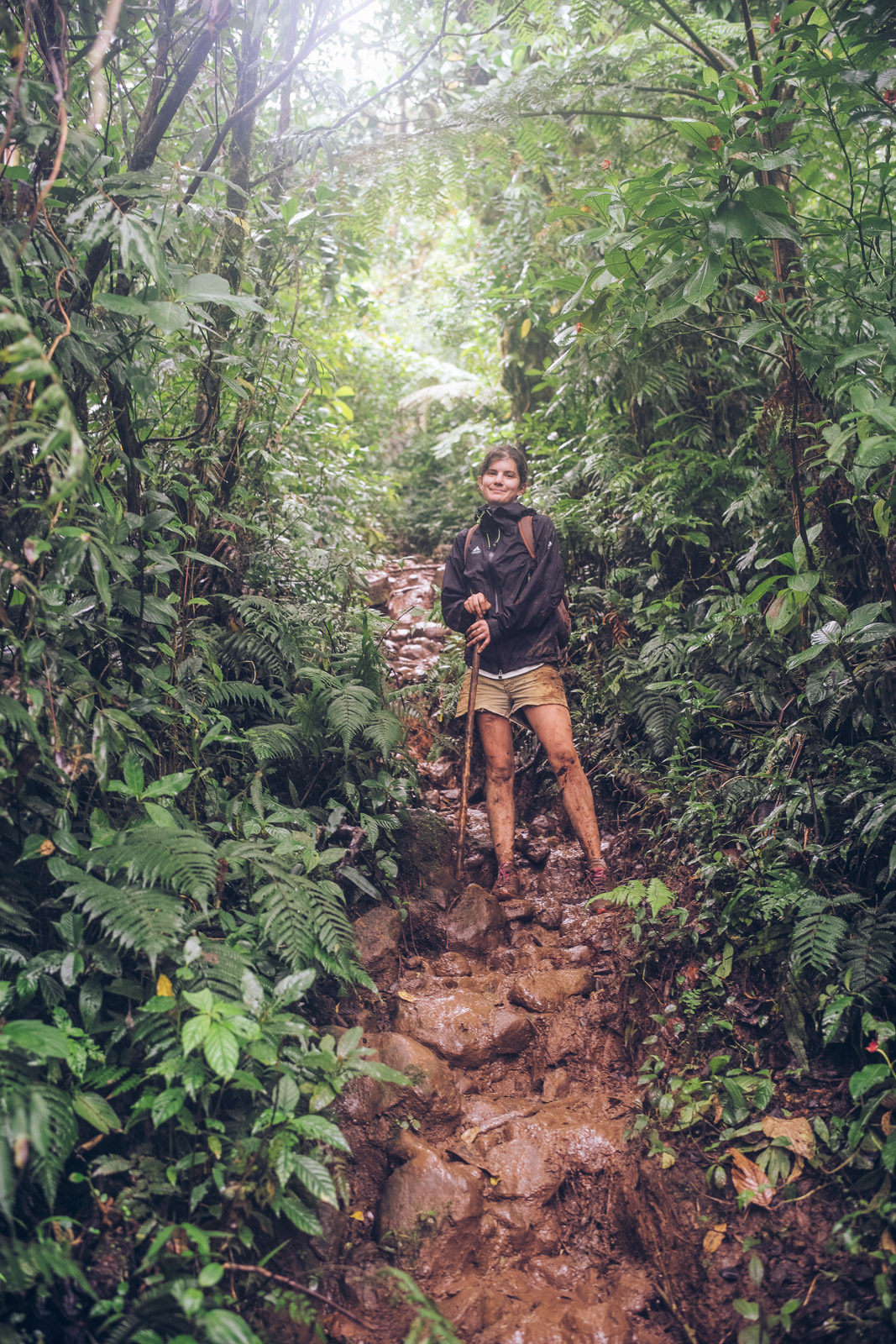
And would you know it, barely any clouds by noon. All the hikes tend to start so early because it’s such a lengthy hike down, which would be difficult to do in the dark. Apparently some absolute madmen do a hike of both in one day, which I found absolutely inconceivable.
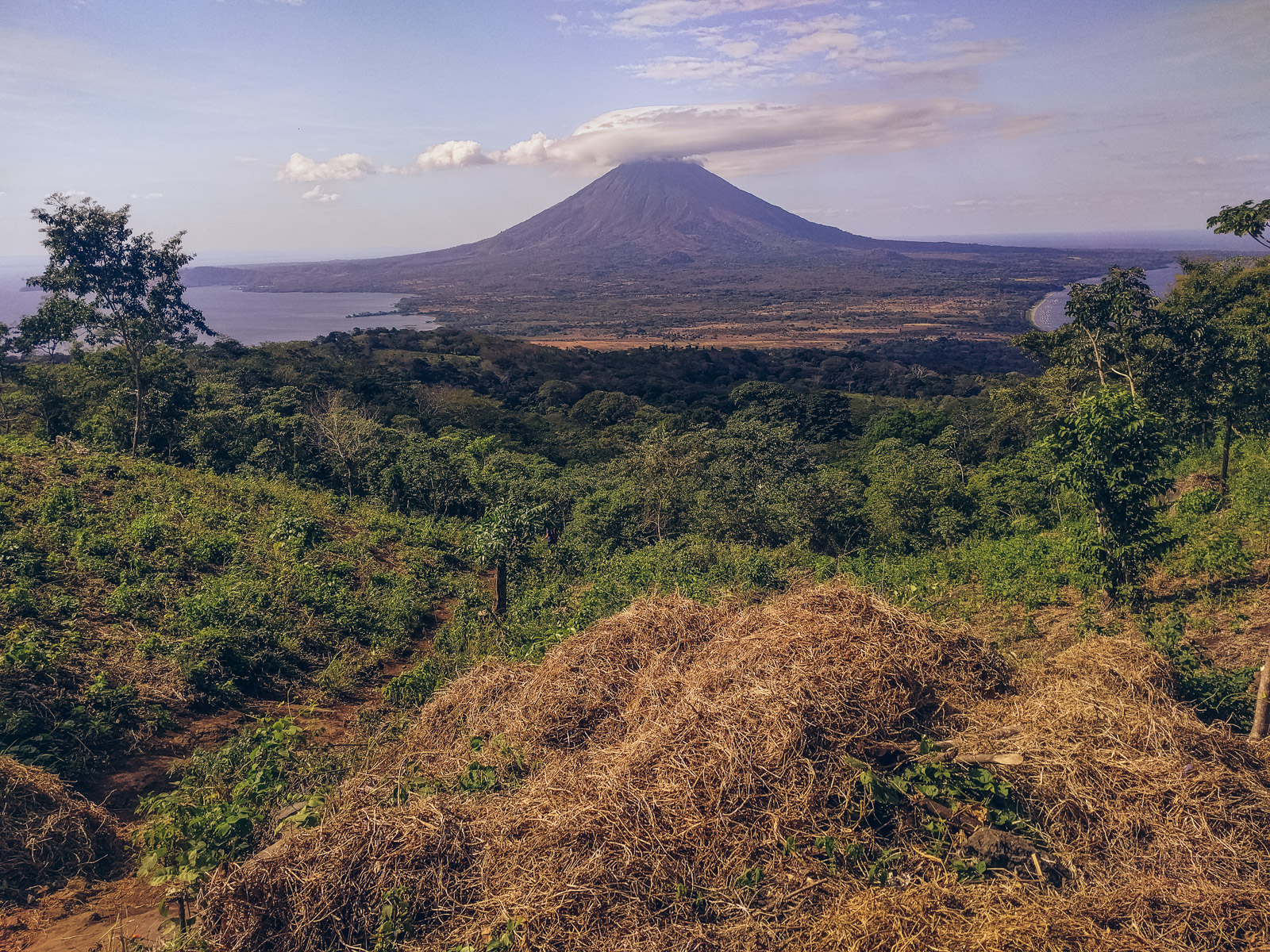
Nothing but gorgeous nature on the way down:
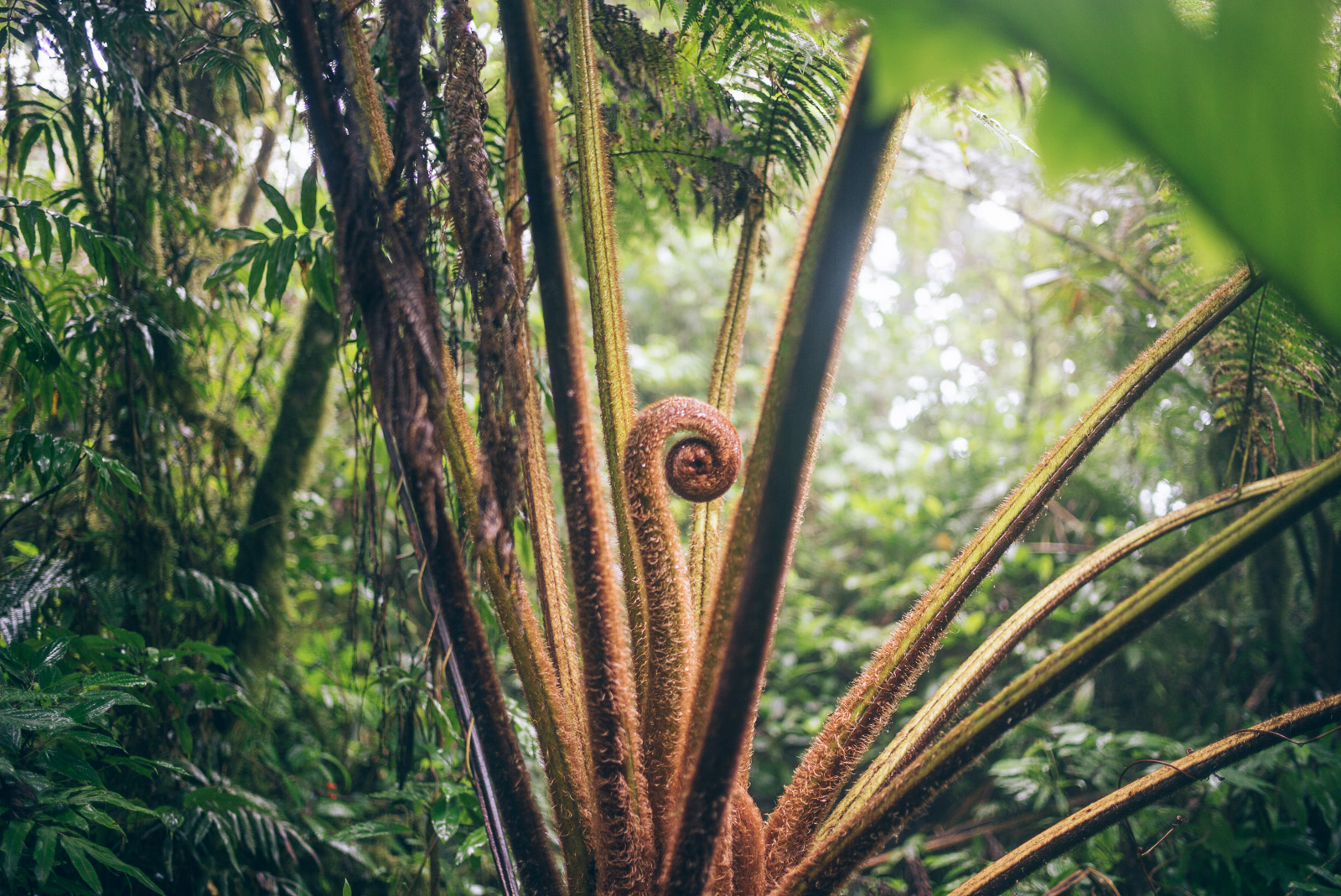
And here’s the rare image of the guy behind the camera, happy with the mayonnaise in his stomach and the prospect of celebratory beers at the bottom of the hill:
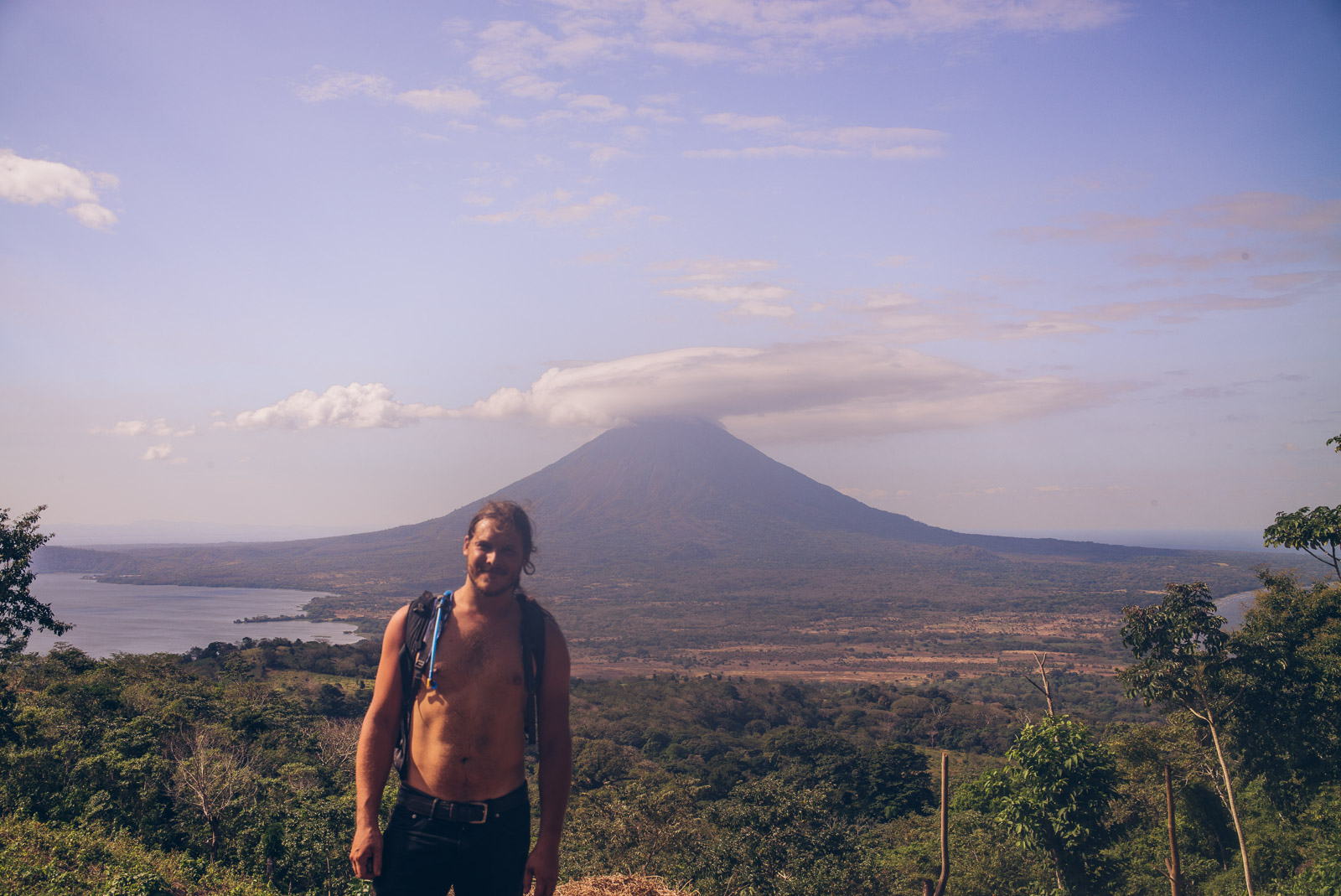
I spent the last night with Annina and Nick from Baltimore, which were a lovely couple of gregarious and wonderful humans. We ate curry at a restaurant down the street and talked about life, Baltimore, San Francisco, and art. There’s so many inspiring people in the world, and I’m incredibly grateful that I somehow always end up making friends with them when I am on the road.
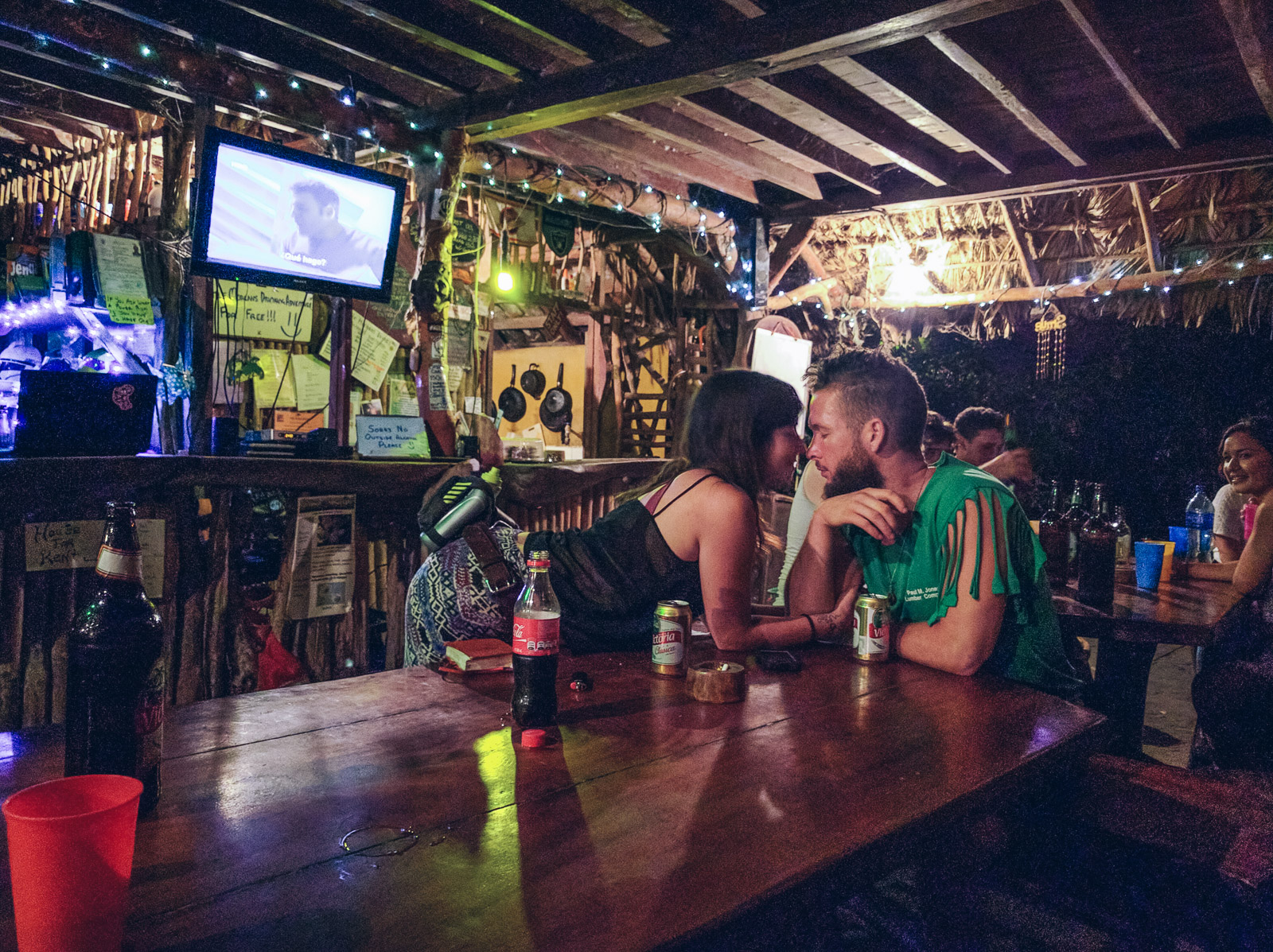
The next morning it was time to pack up the bike and head out of the country. The next day, my girlfriend was arriving in Costa Rica and we’d get started on putting this trip on pause.
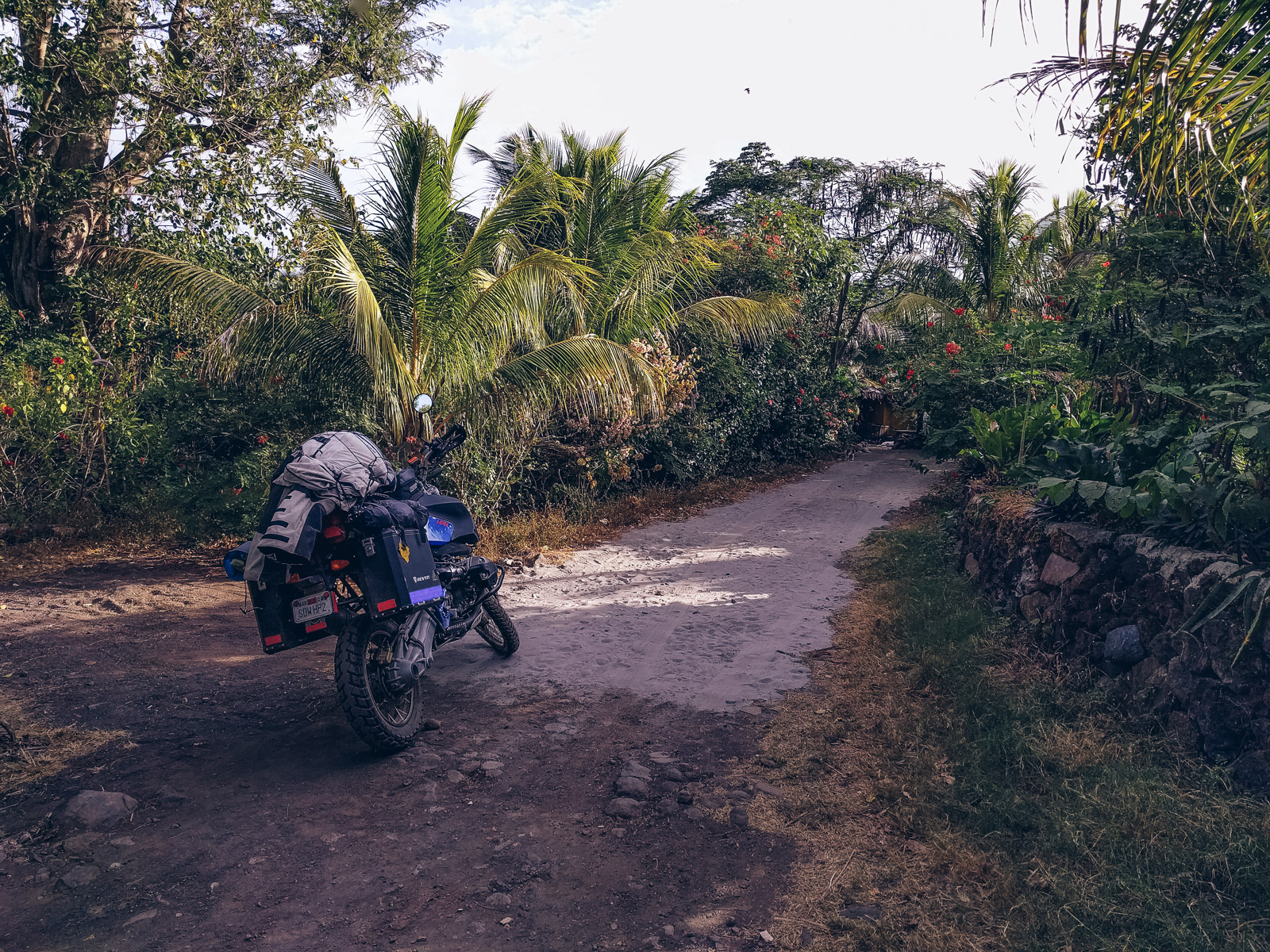
I said goodbye to all the chickens, dogs, cats and pigs of Little Morgan’s and paid my tab and rode back over the airstrip:
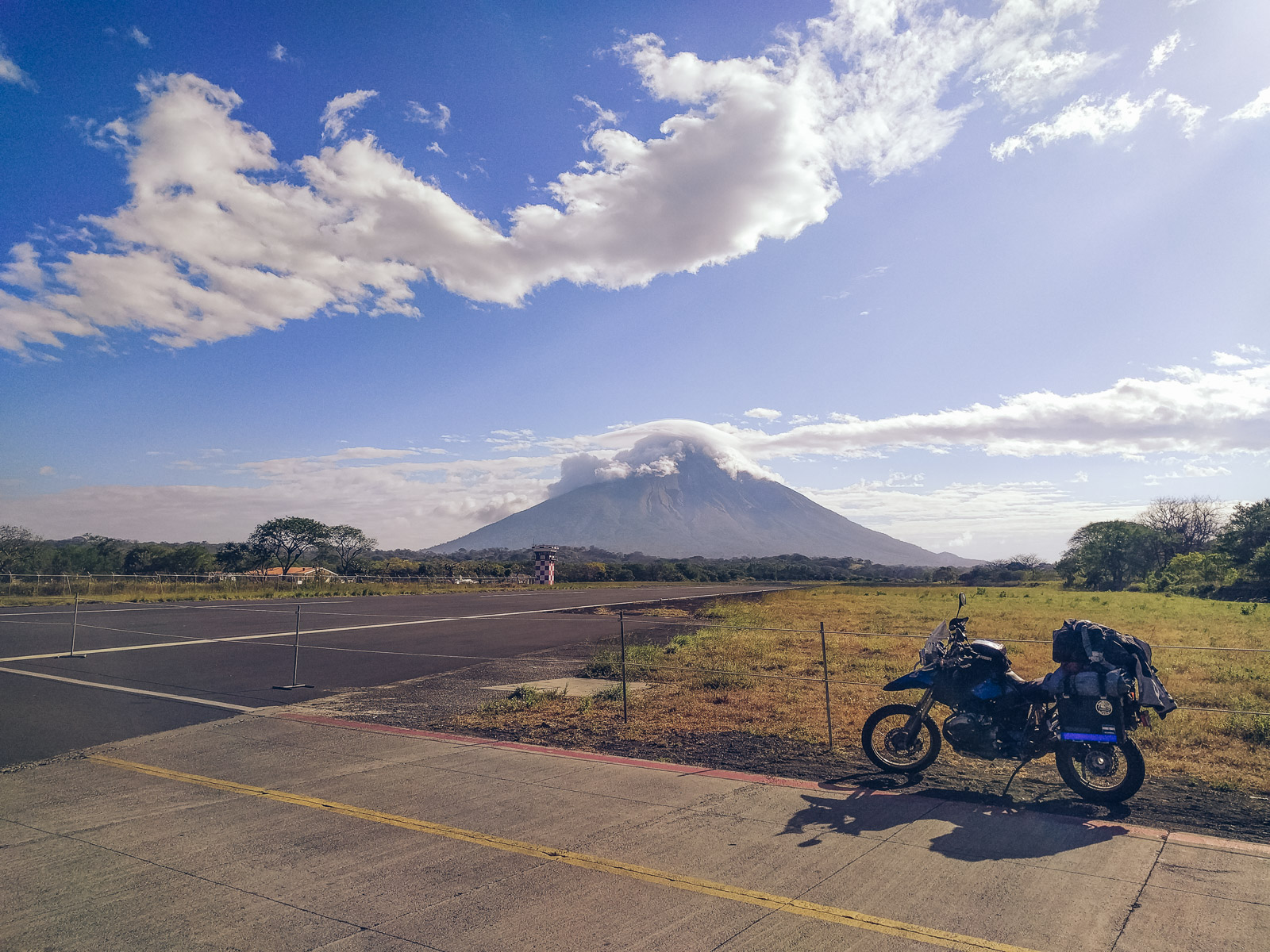
I got yelled at for stopping there this day. I guess that isn’t the best of ideas.
The ferry back from Ometepe has an additional exit-tax fee that you pay. I felt like I was just getting swindled, but upon looking it up I found it’s really a policy. Just a heads-up!
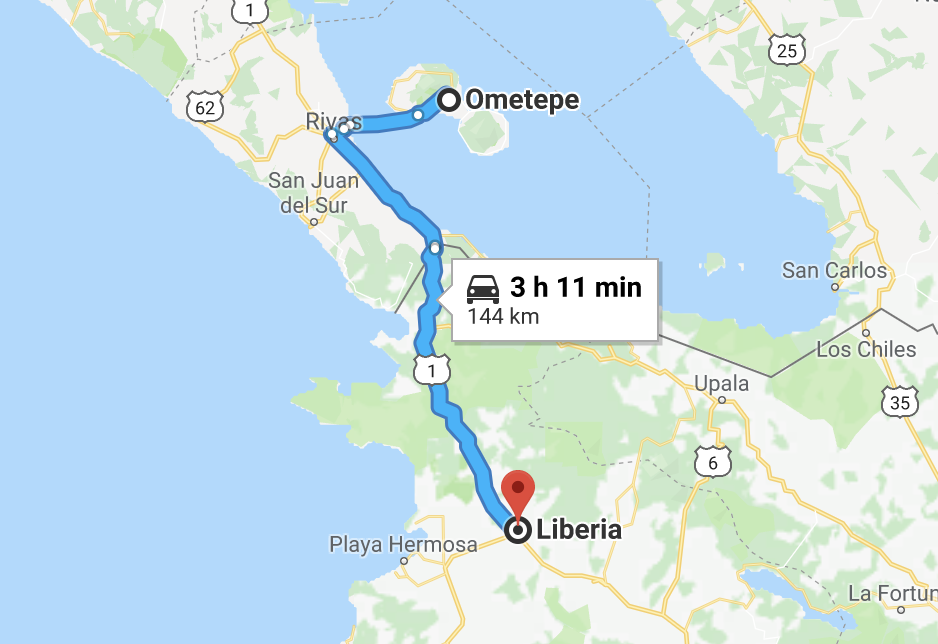
Today would be a quick ride, but of course I’d budgeted essentially a full day for the border crossing. This was also the biggest border crossing I’d ever attempted to cross; typically I go for the smaller border crossings where fewer people cross to avoid the crowds. This time, I was right on the Pan-American highway.
The Nicaraguan side’s vehicle administration has perhaps the most bizarre layout:
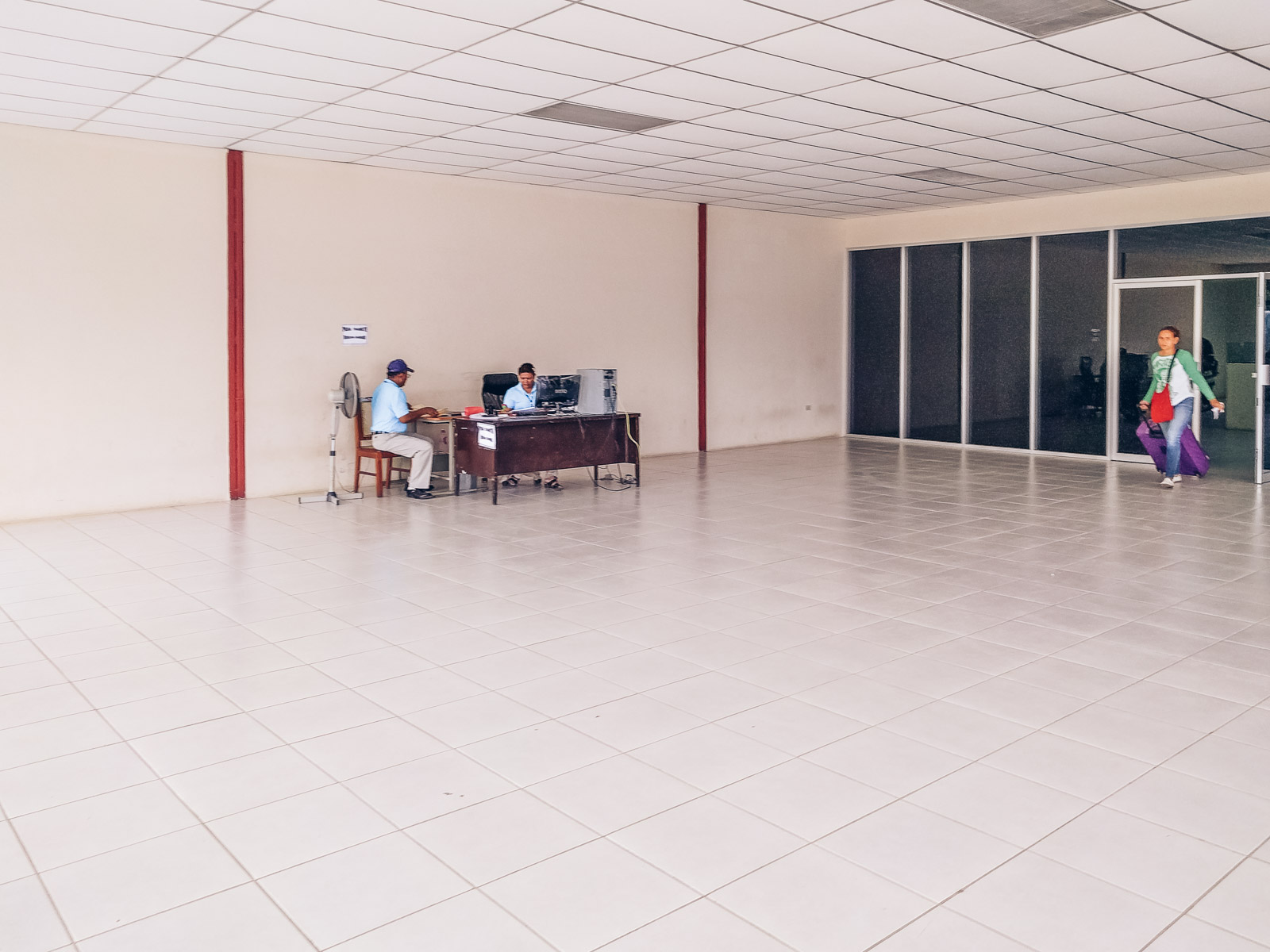
Exiting Nicaragua was a very annoying and lengthy affair. Some would probably describe it as a pain in the ass. I had to find a customs official and a police officer to sign off on some documents, and take it to a variety of offices to get copies and more signatures before they could cancel my temporary vehicle import documents.
Once I was done with that, they happily stamped my passport and sent me on my way. A military police officer at the border stopped me as I tried to ride out, asking for my new border office signature collection — which they’d taken at the hilariously empty office. A ride back and I got the papers and we were all set to enter the absolute nightmare that was the Costa Rican side:

Ah, Costa Rica was popular! I was astonished to find it entirely different than the previous crossings, however: people spoke English, the offices looked more like a US border crossing, and it was all handled rather efficiently despite the crowds.
That illusion of organization quickly fell by the wayside when I had to get paperwork done for the bike, though, which had me sent to a little back office where I had to jump between three different dudes until a trucker helped me with the exact paperwork I needed to get the bike into the country.
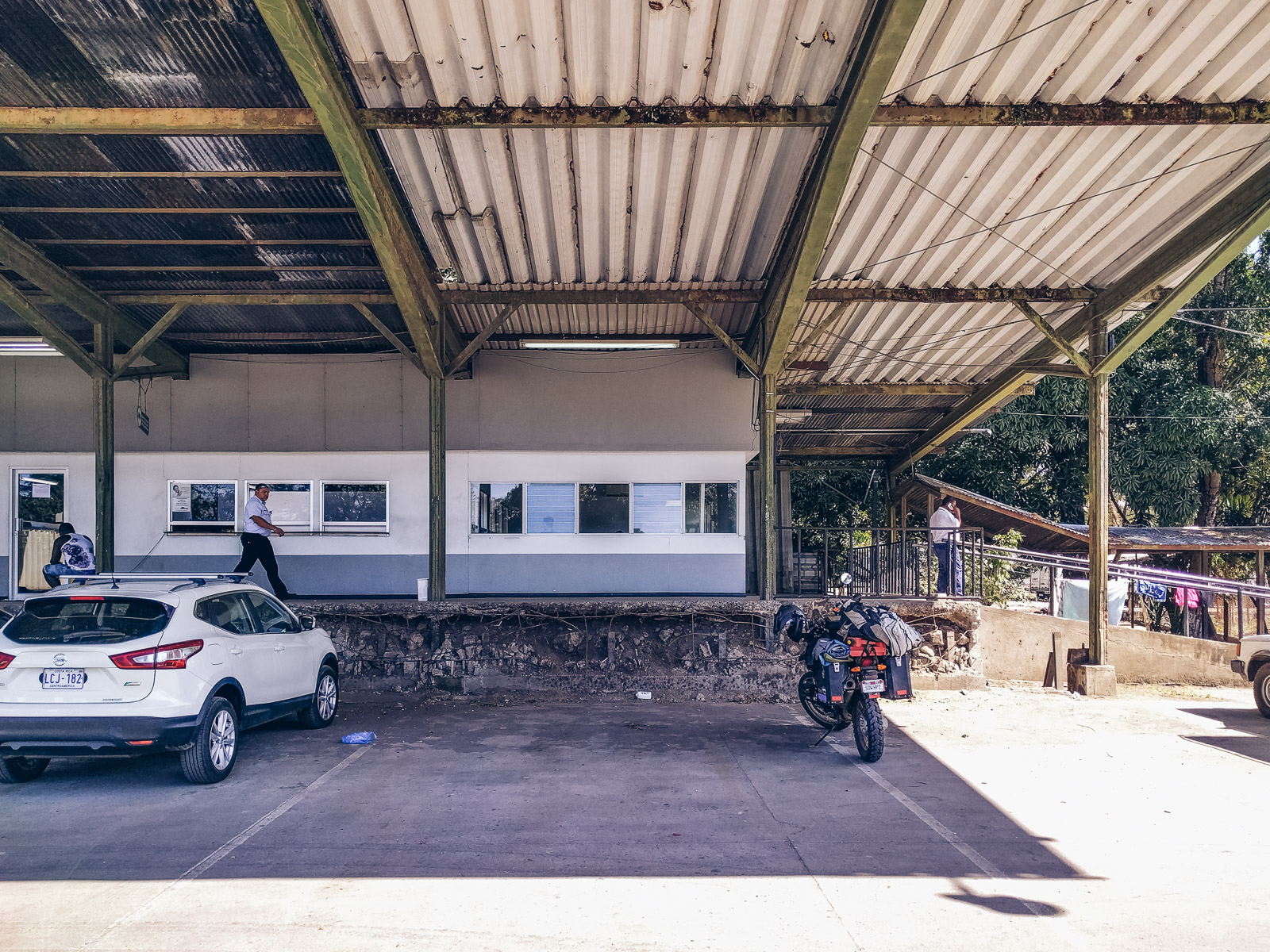
I rode to Liberia and promptly broke my camera’s sole battery. It’s a good thing this trip was about to be put on pause…
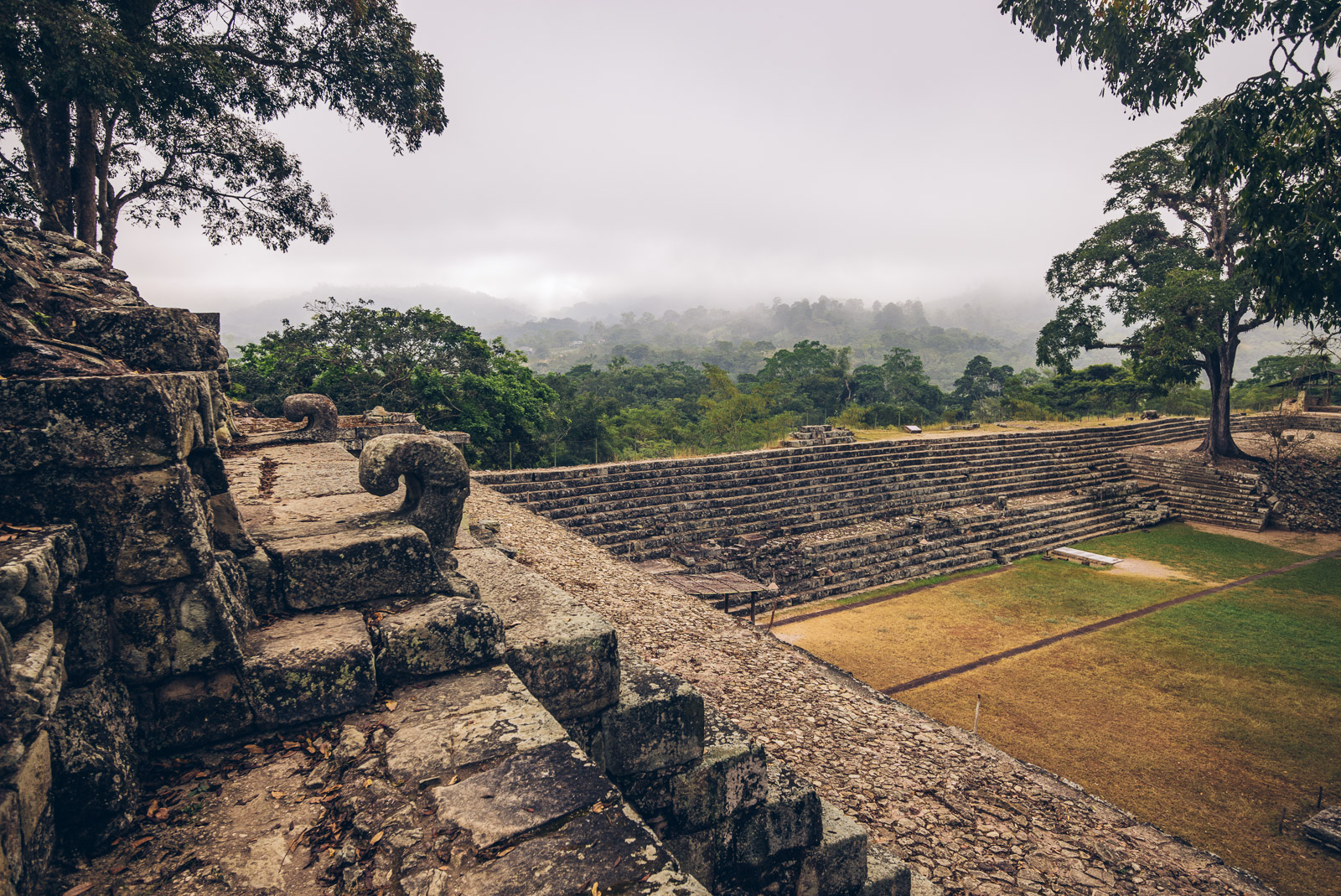
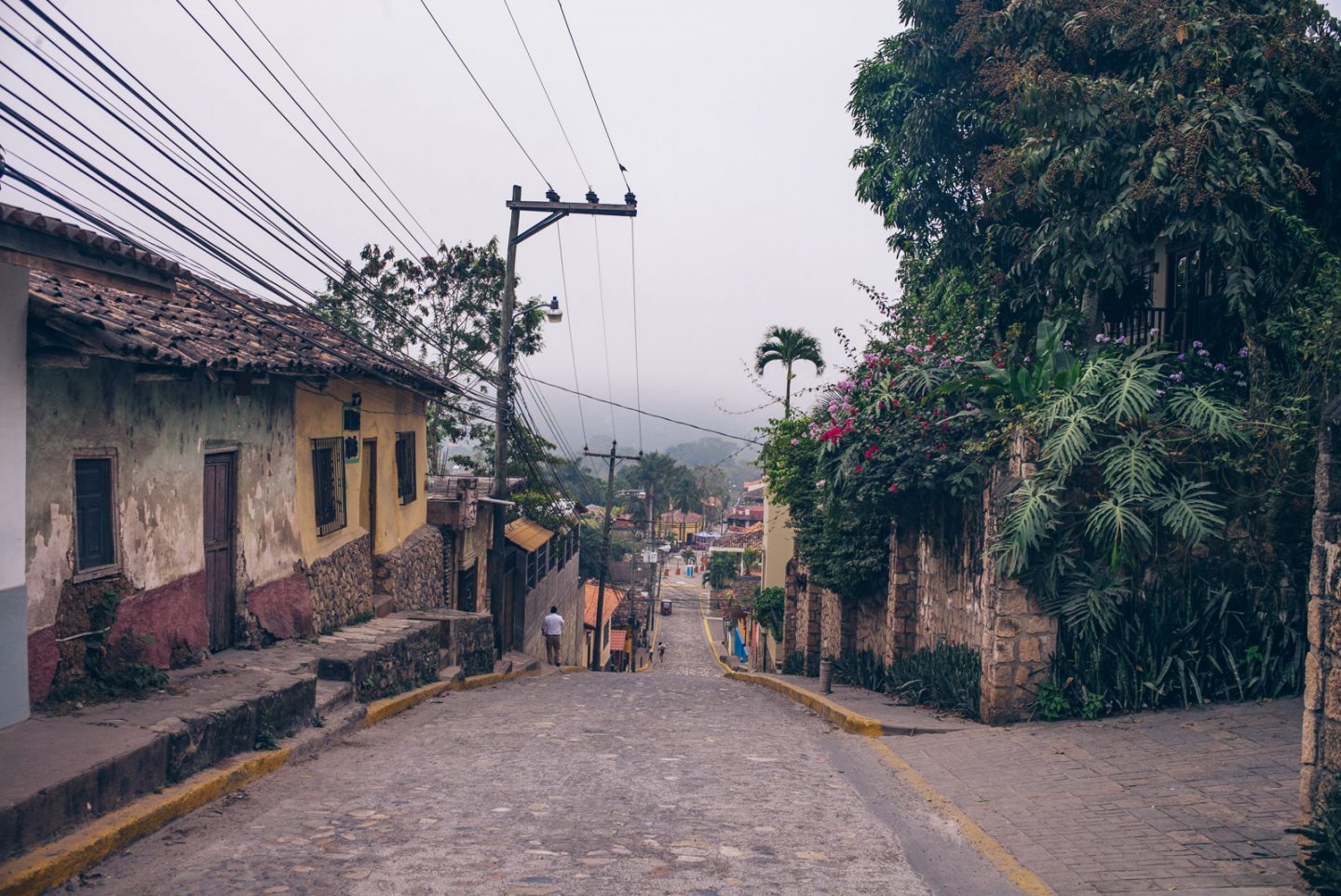
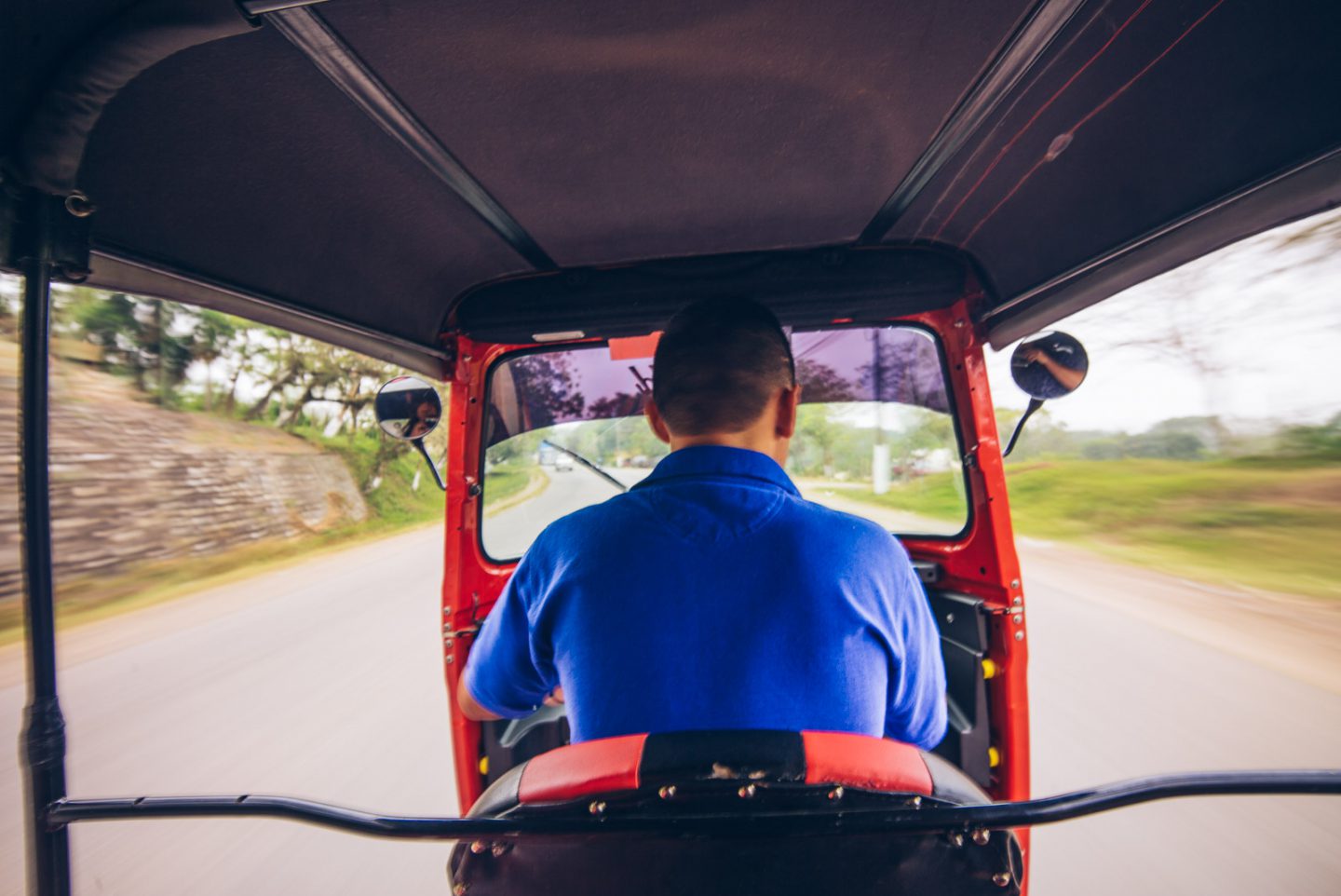 I think the reckless abandon of tuk-tuk and scooter / small motorbike riders in places like Honduras is a true inspiration. The guy could really ride, and it felt like really lifted a wheel off the ground in some turns. Other tourists might not appreciate the stomach churning ride as much as I did. I thought it was awesome and over far too quickly.
I think the reckless abandon of tuk-tuk and scooter / small motorbike riders in places like Honduras is a true inspiration. The guy could really ride, and it felt like really lifted a wheel off the ground in some turns. Other tourists might not appreciate the stomach churning ride as much as I did. I thought it was awesome and over far too quickly.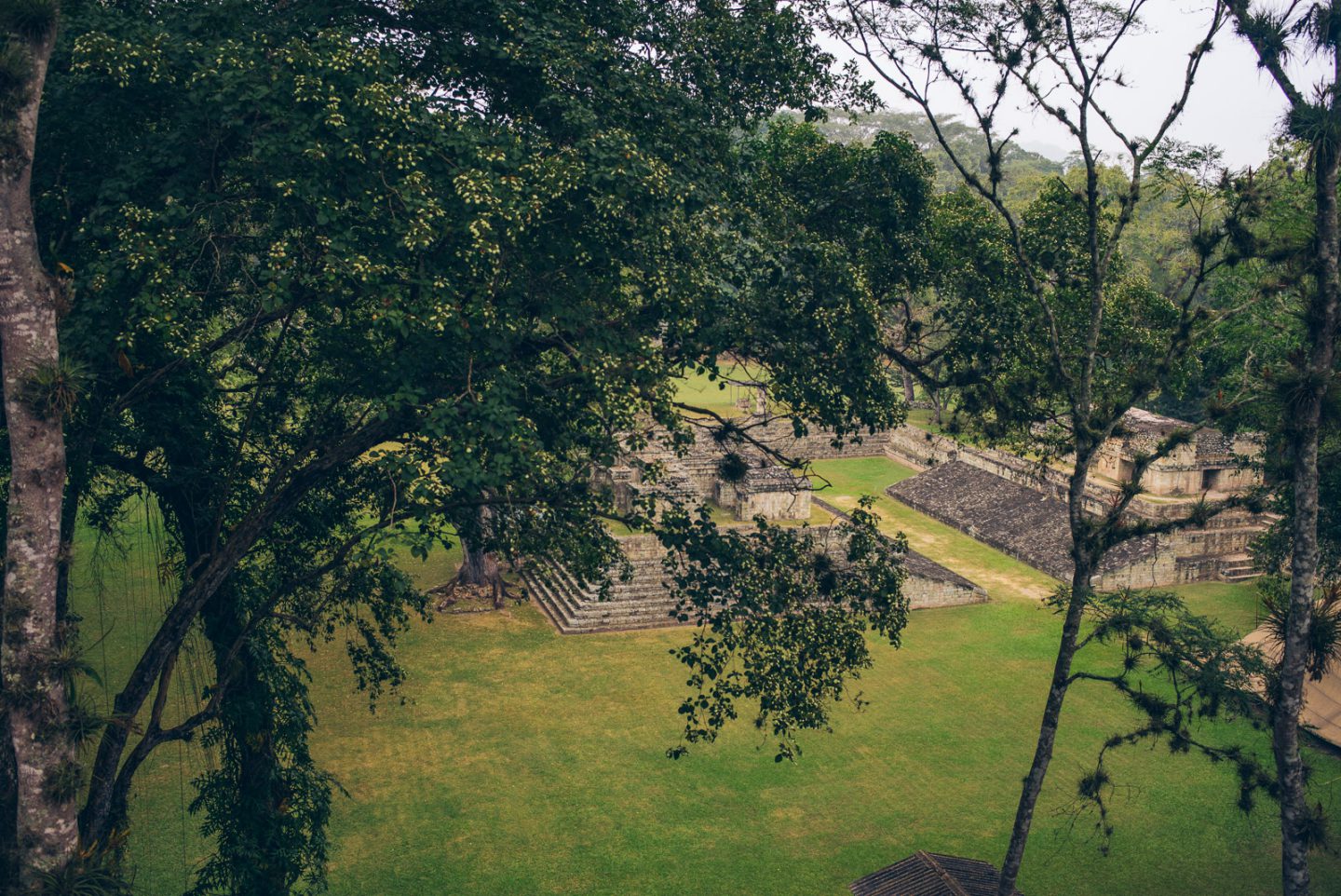
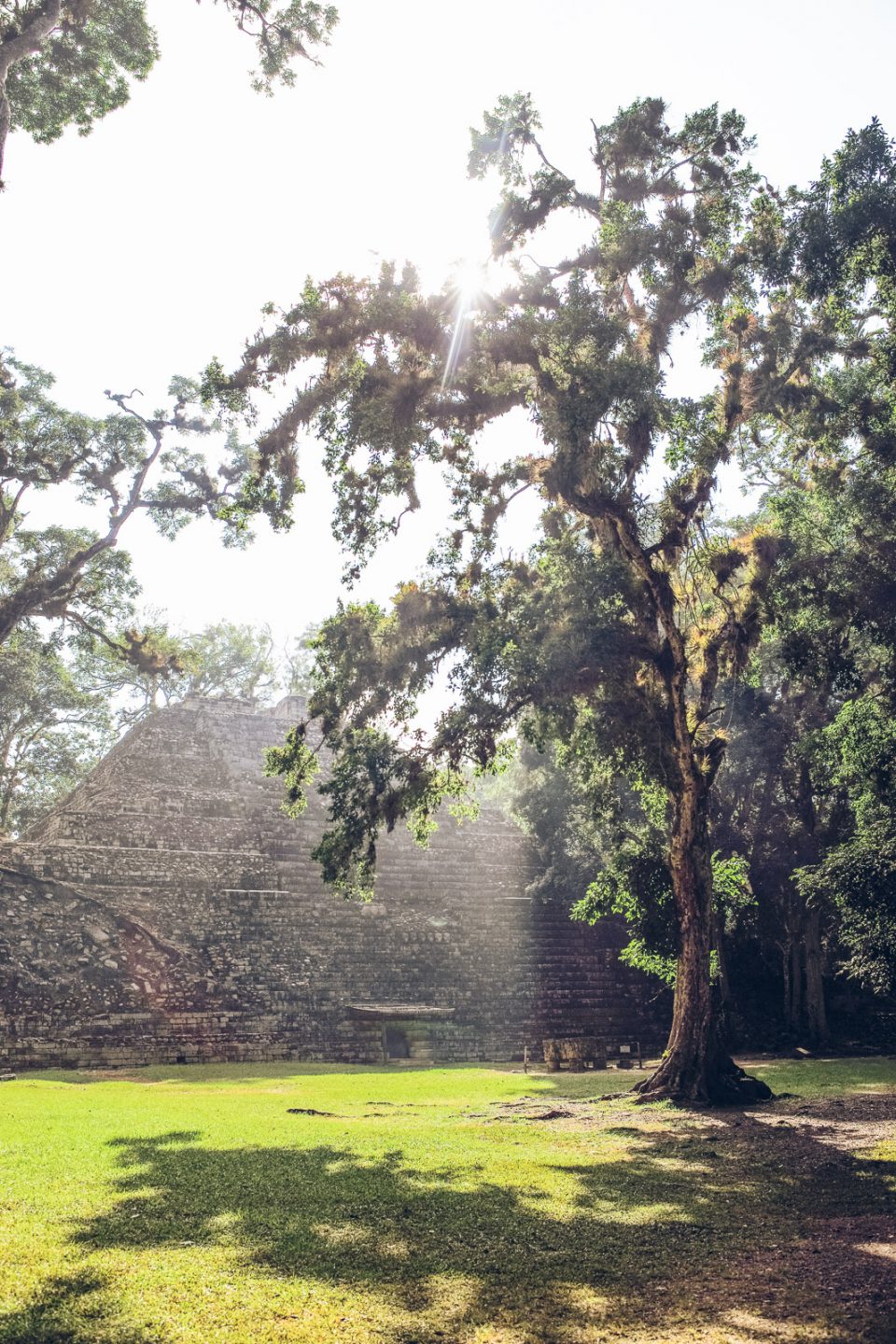
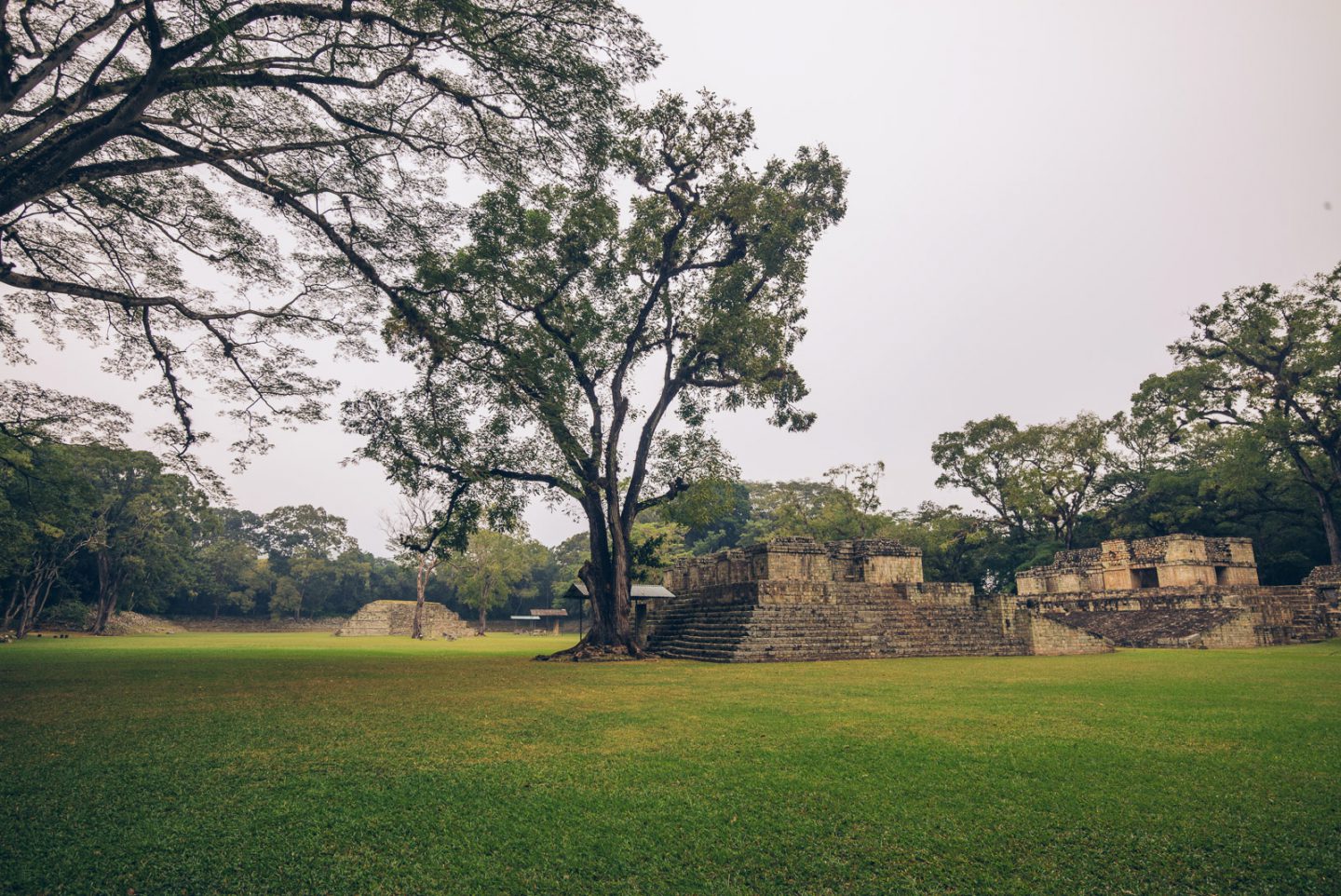
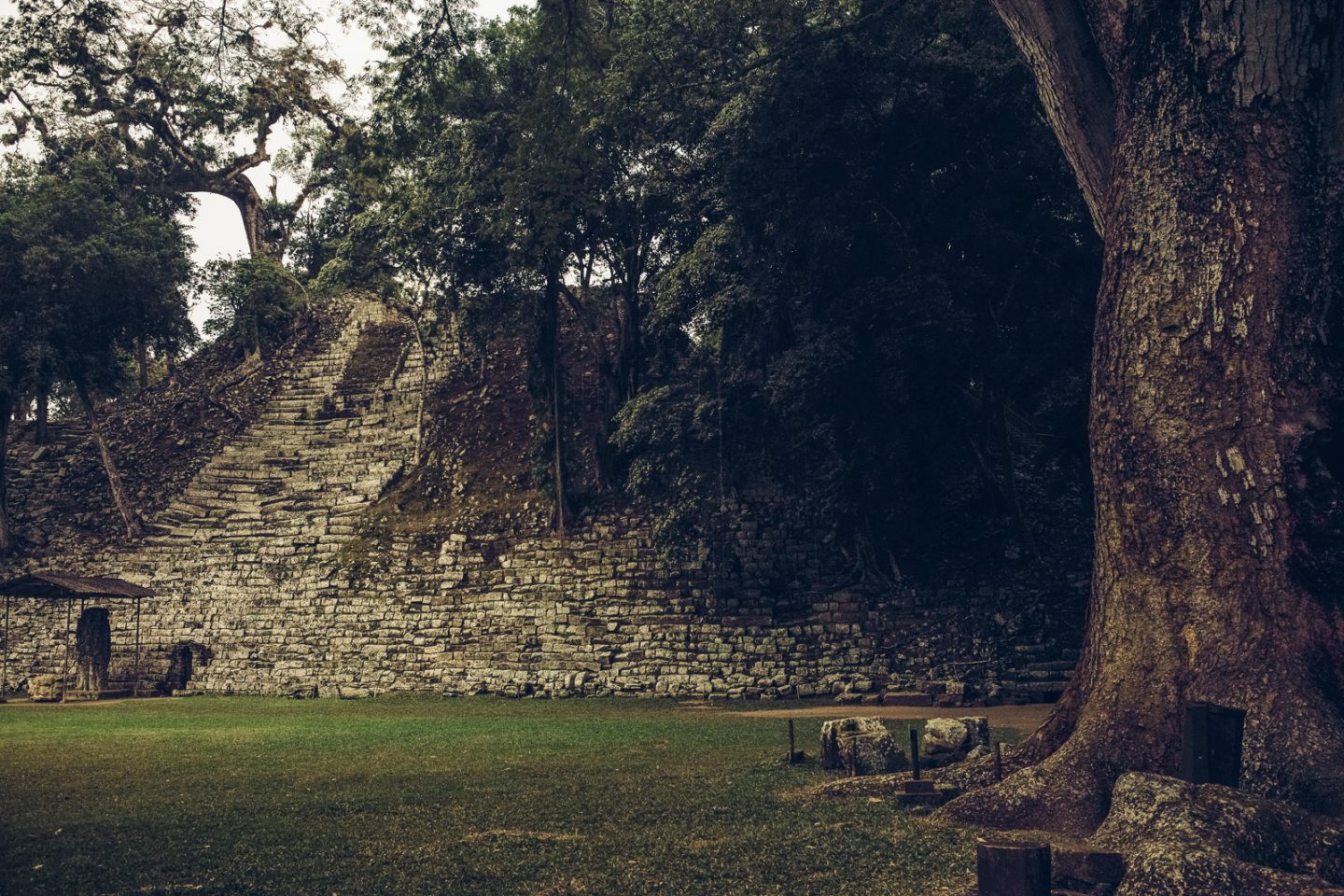
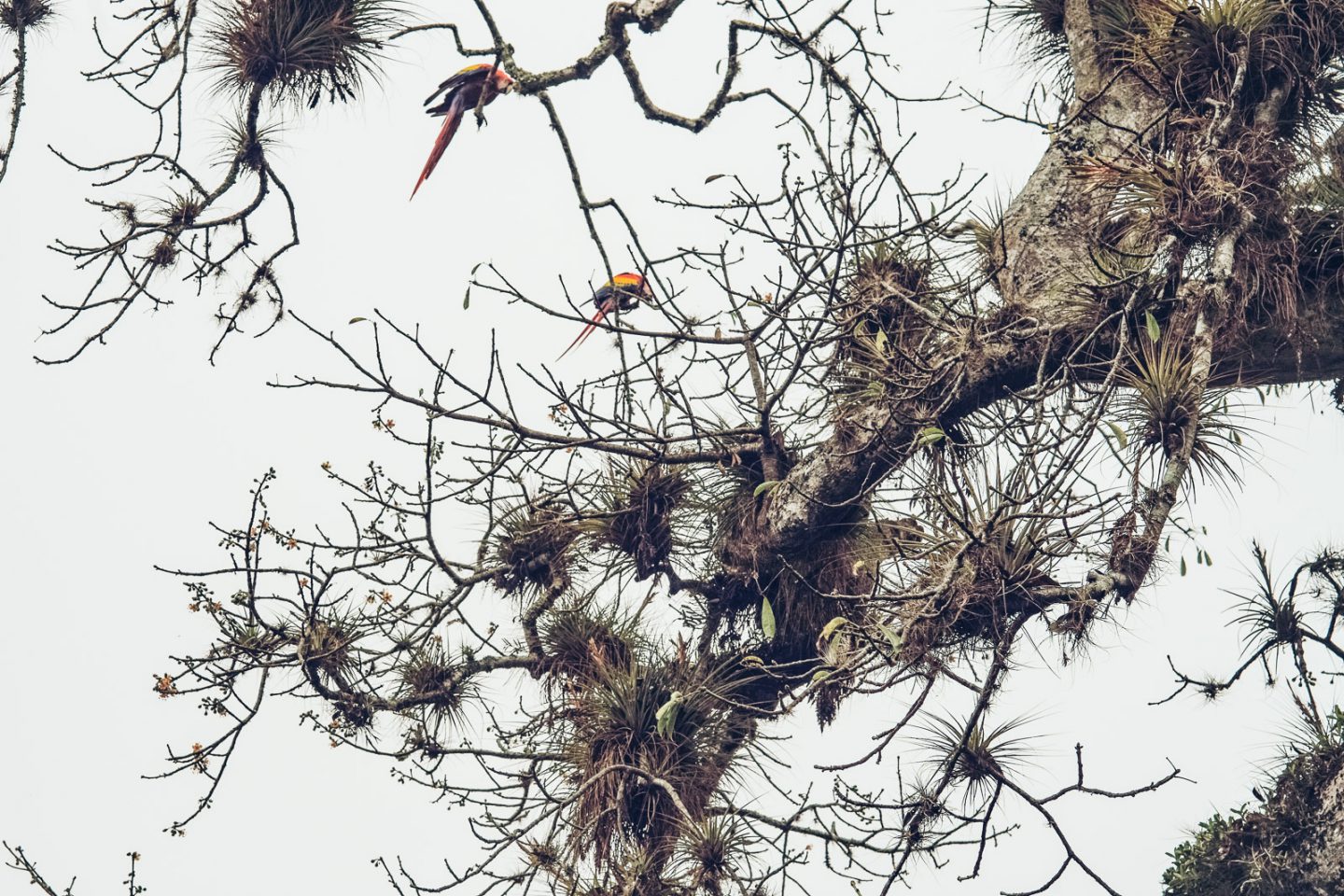
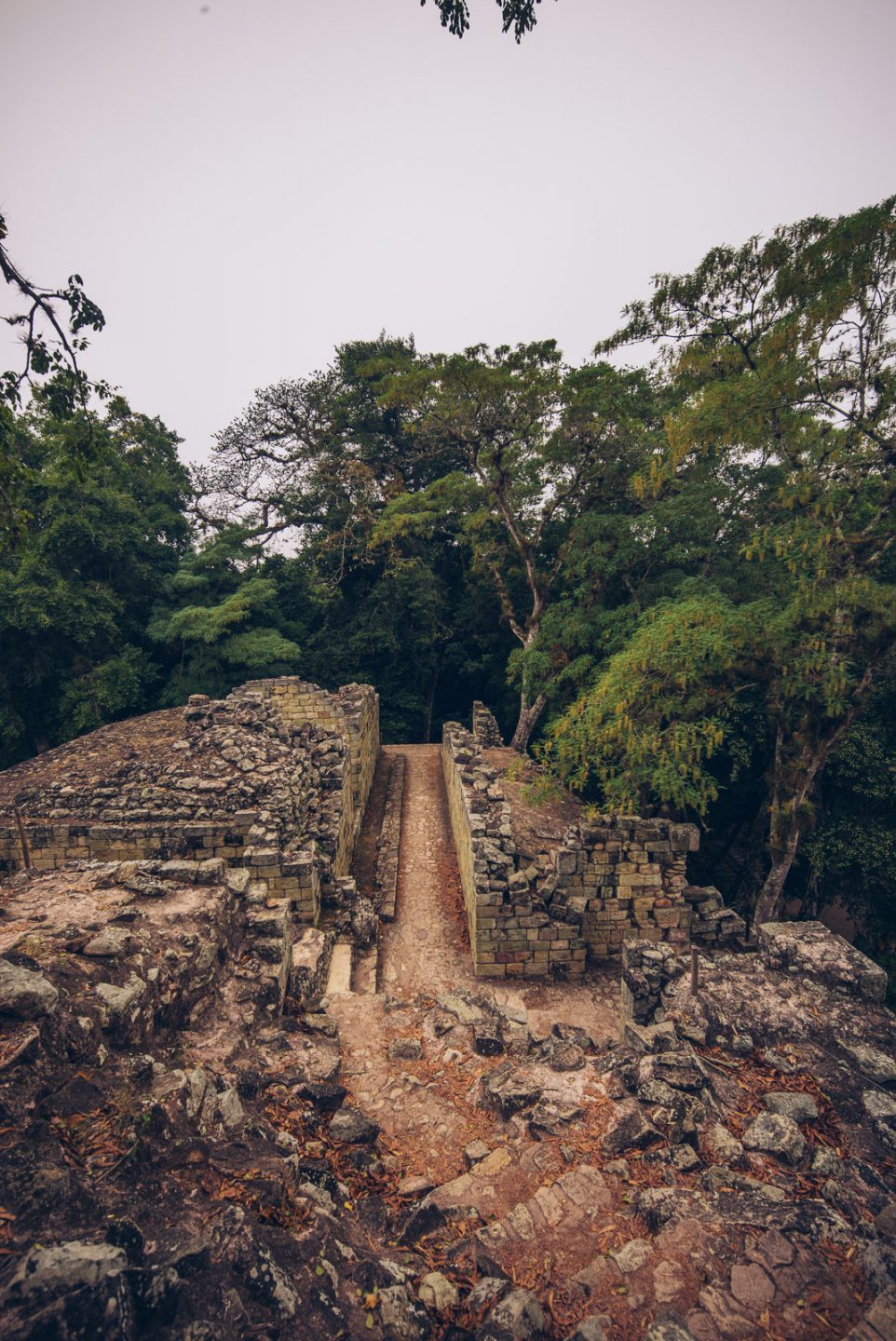
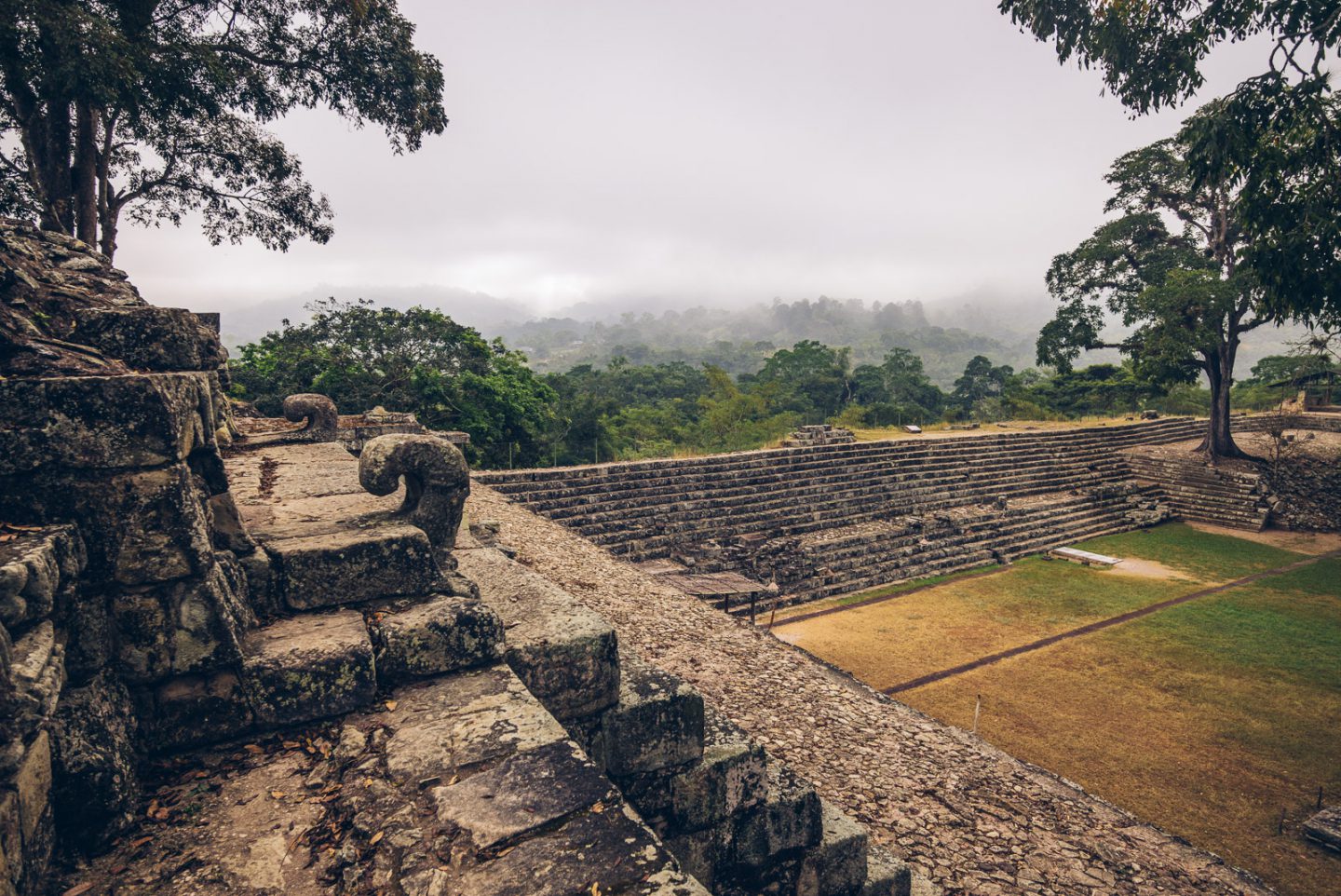
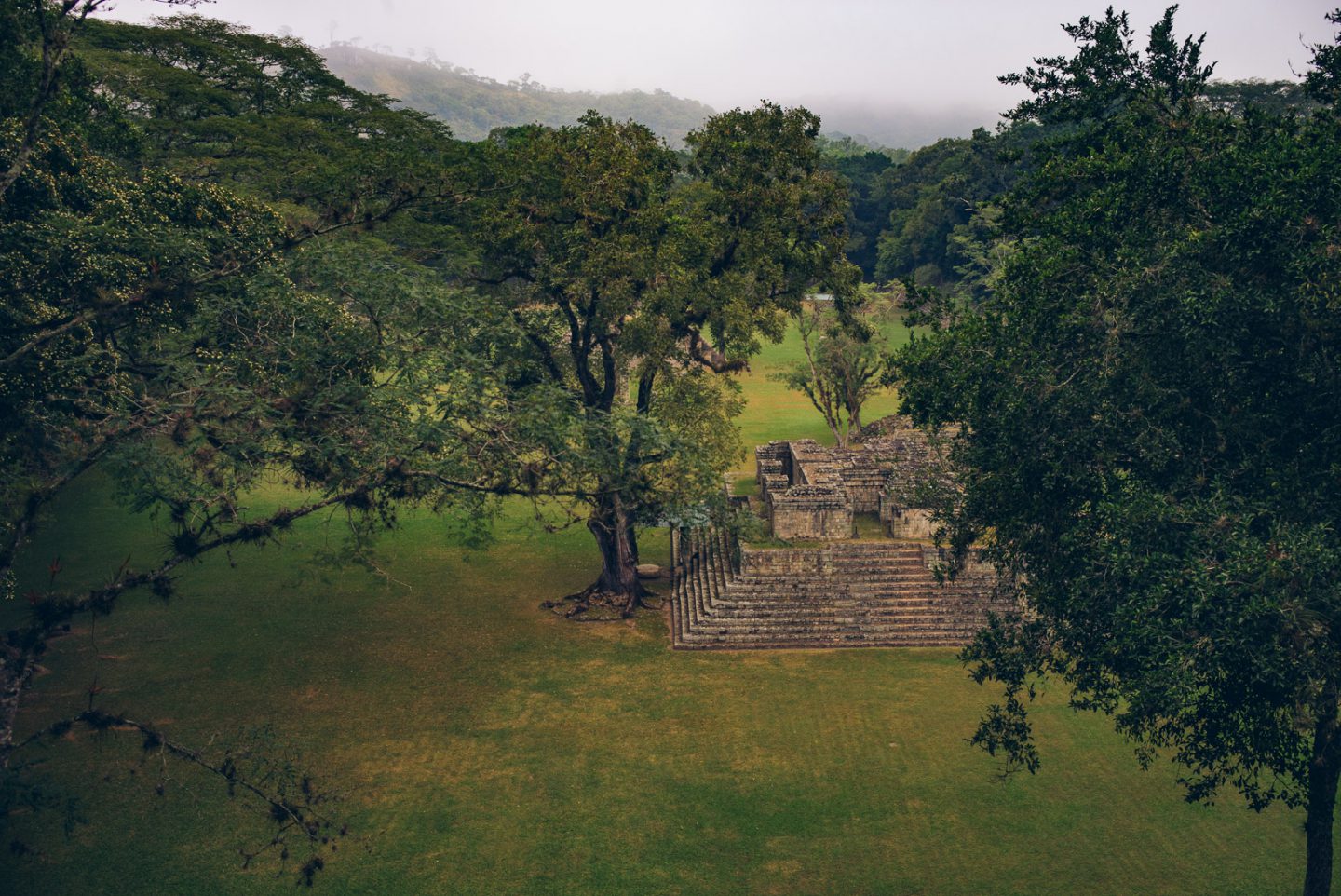
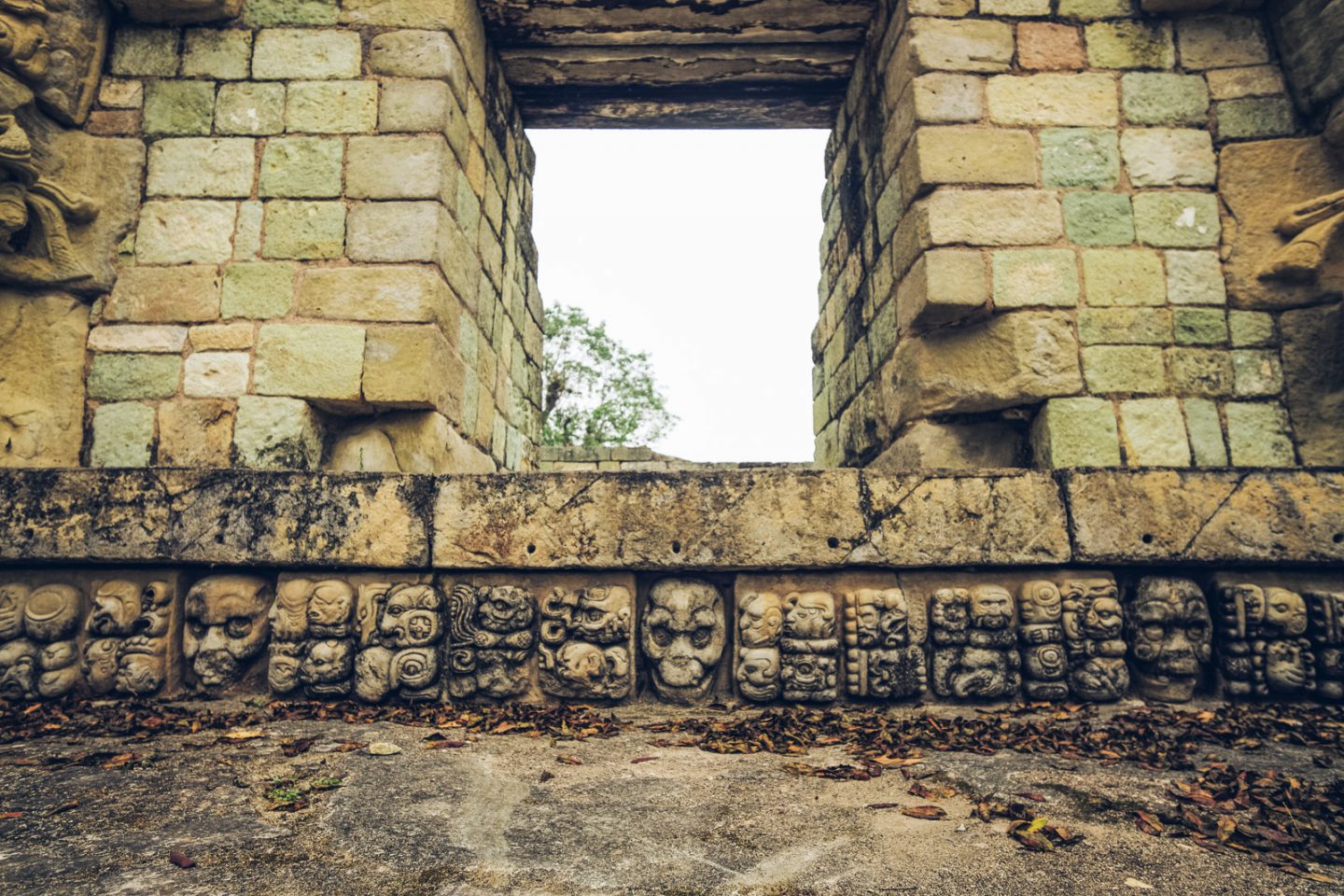
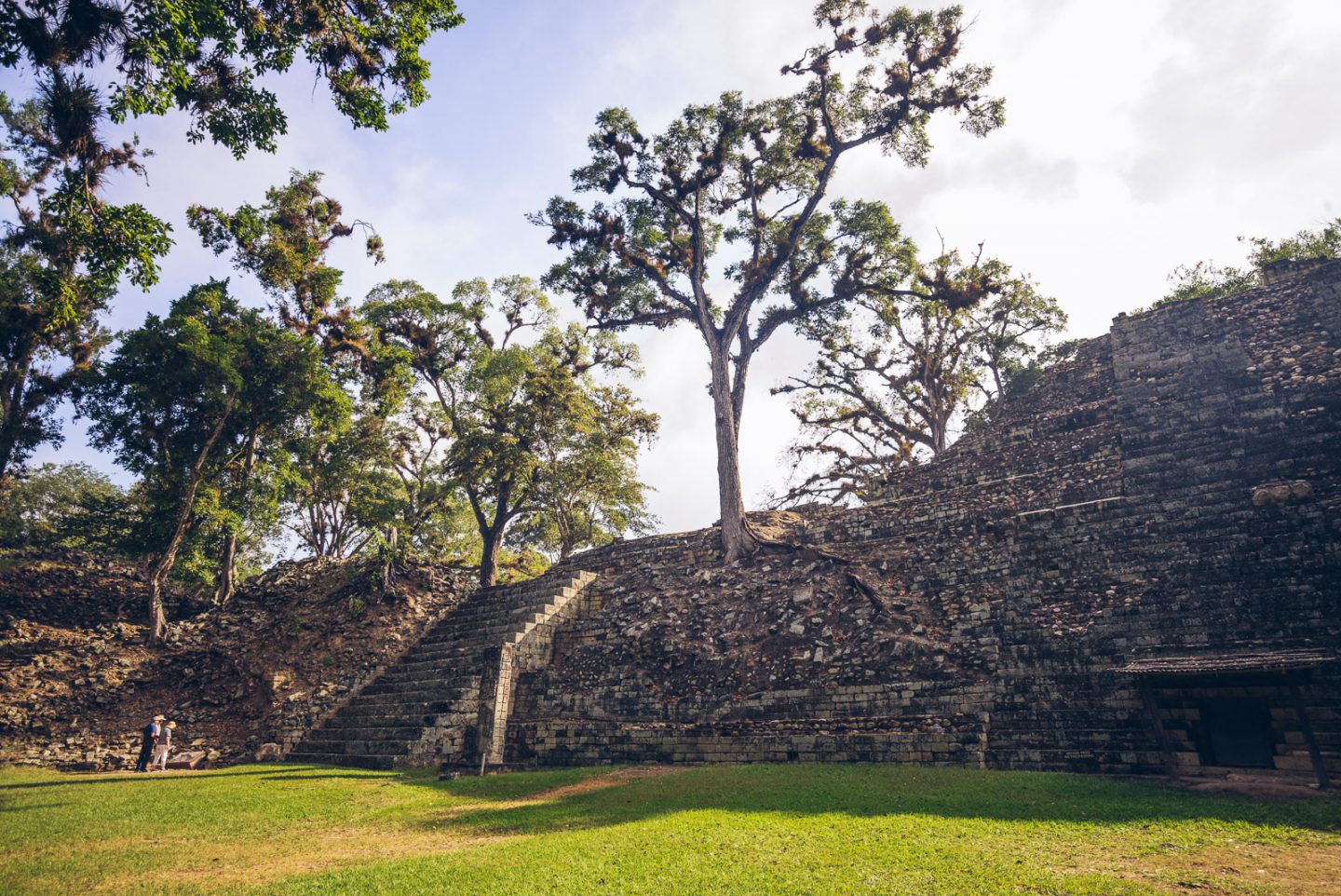
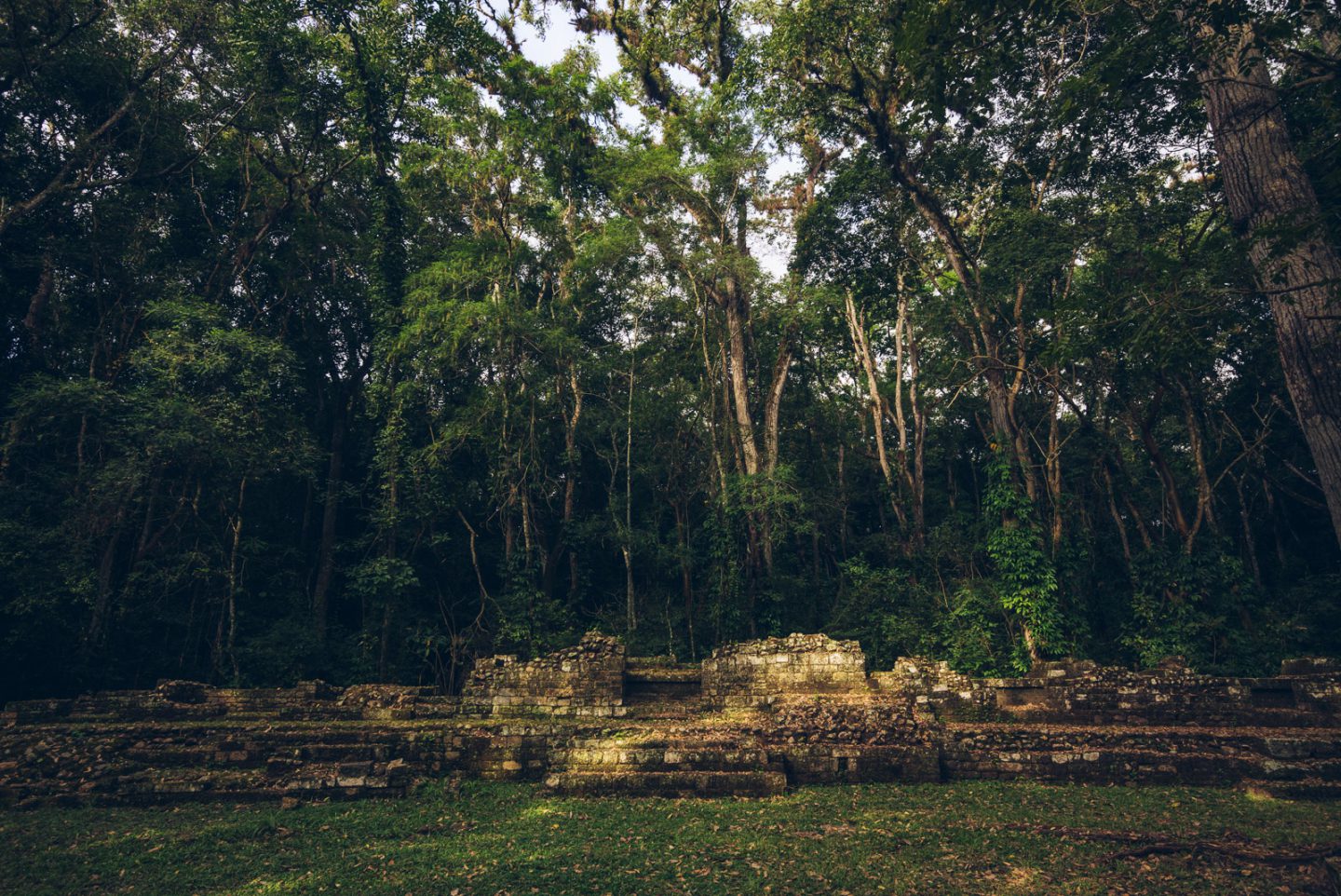
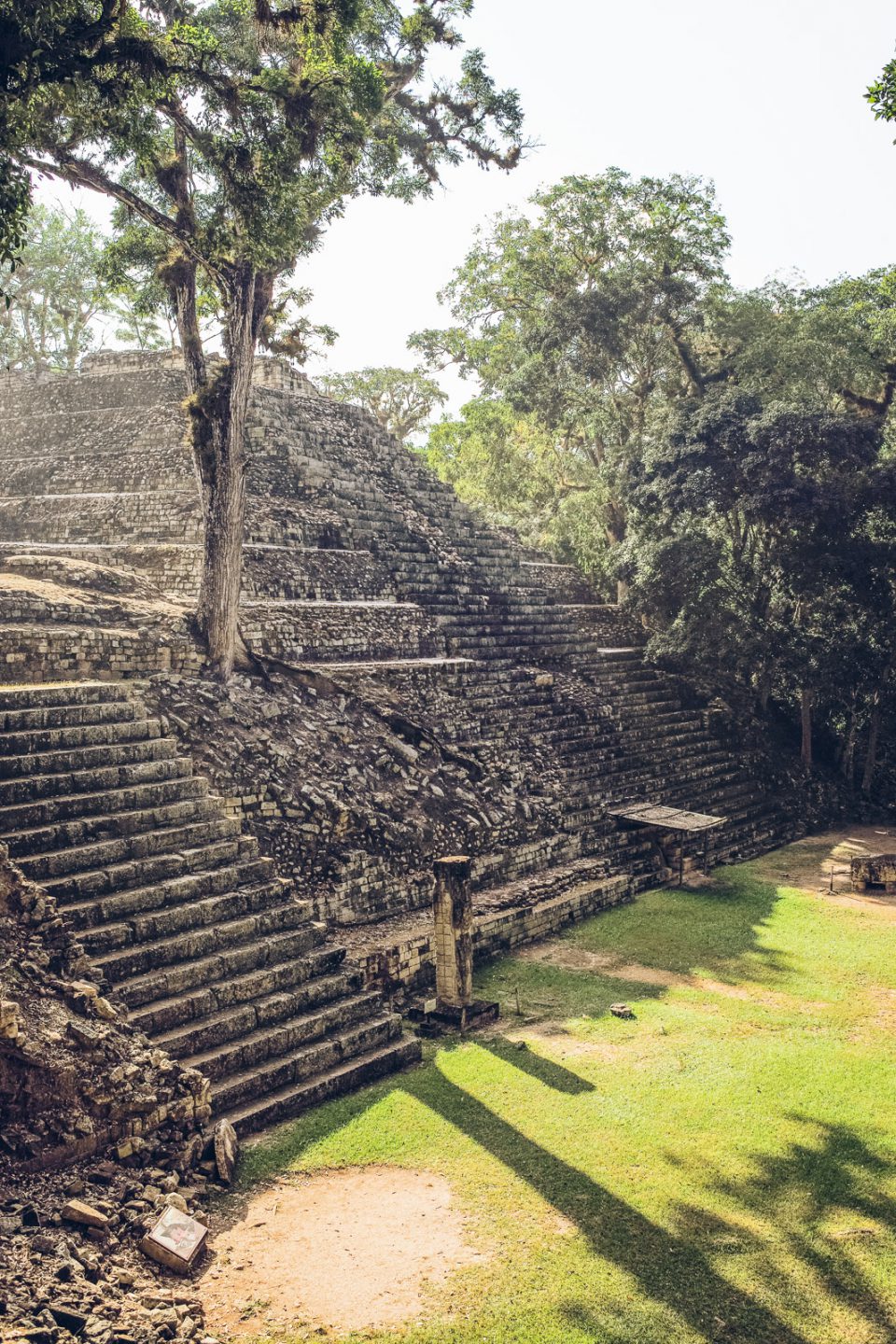 Some theorize it was because of a catastrophic famine, but there are many theories abound. It’s interesting to think that in a different parallel universe, these temples stand tall, pristine, in the center of a large modern town like the magnificent cathedrals of Europe.
Some theorize it was because of a catastrophic famine, but there are many theories abound. It’s interesting to think that in a different parallel universe, these temples stand tall, pristine, in the center of a large modern town like the magnificent cathedrals of Europe.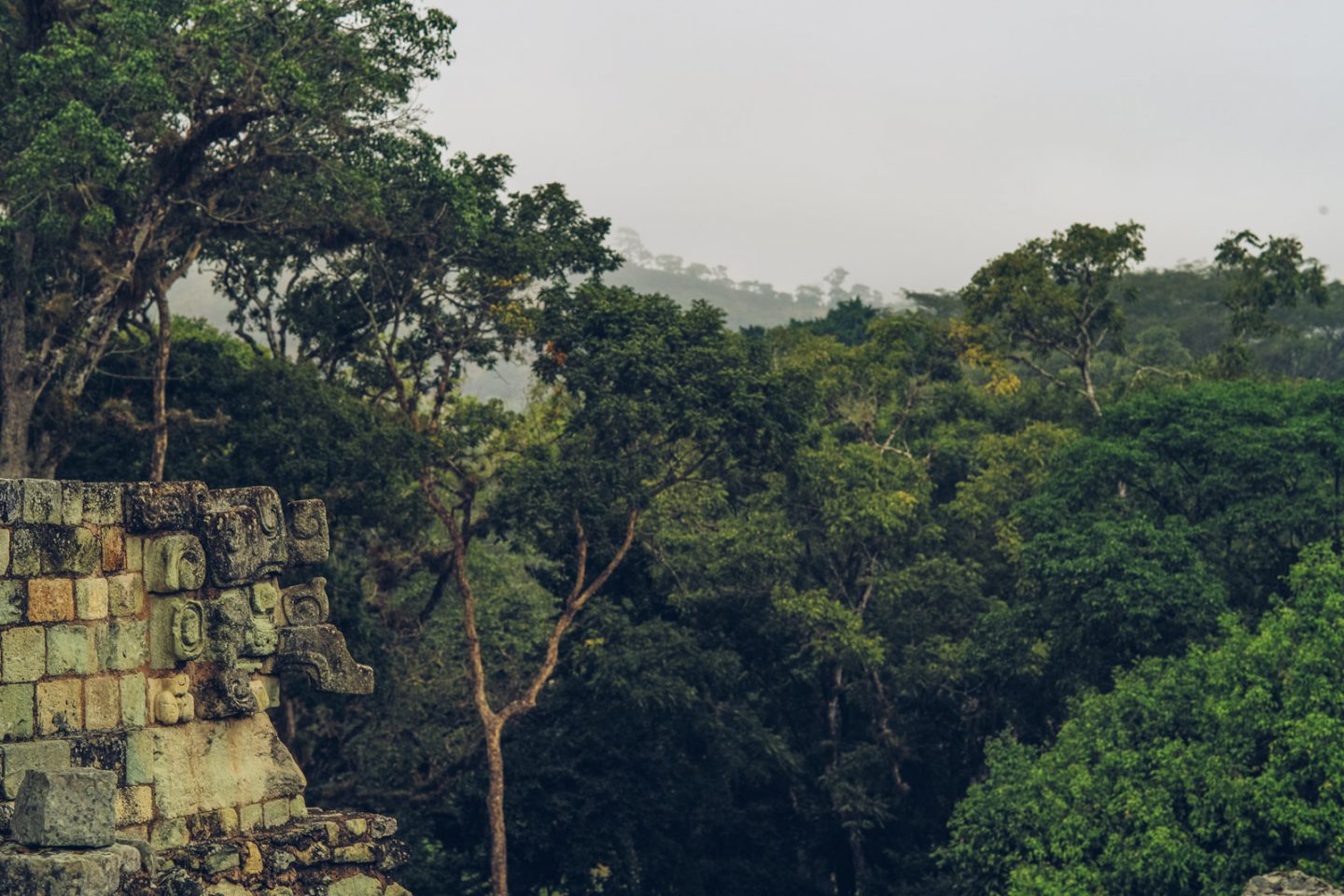
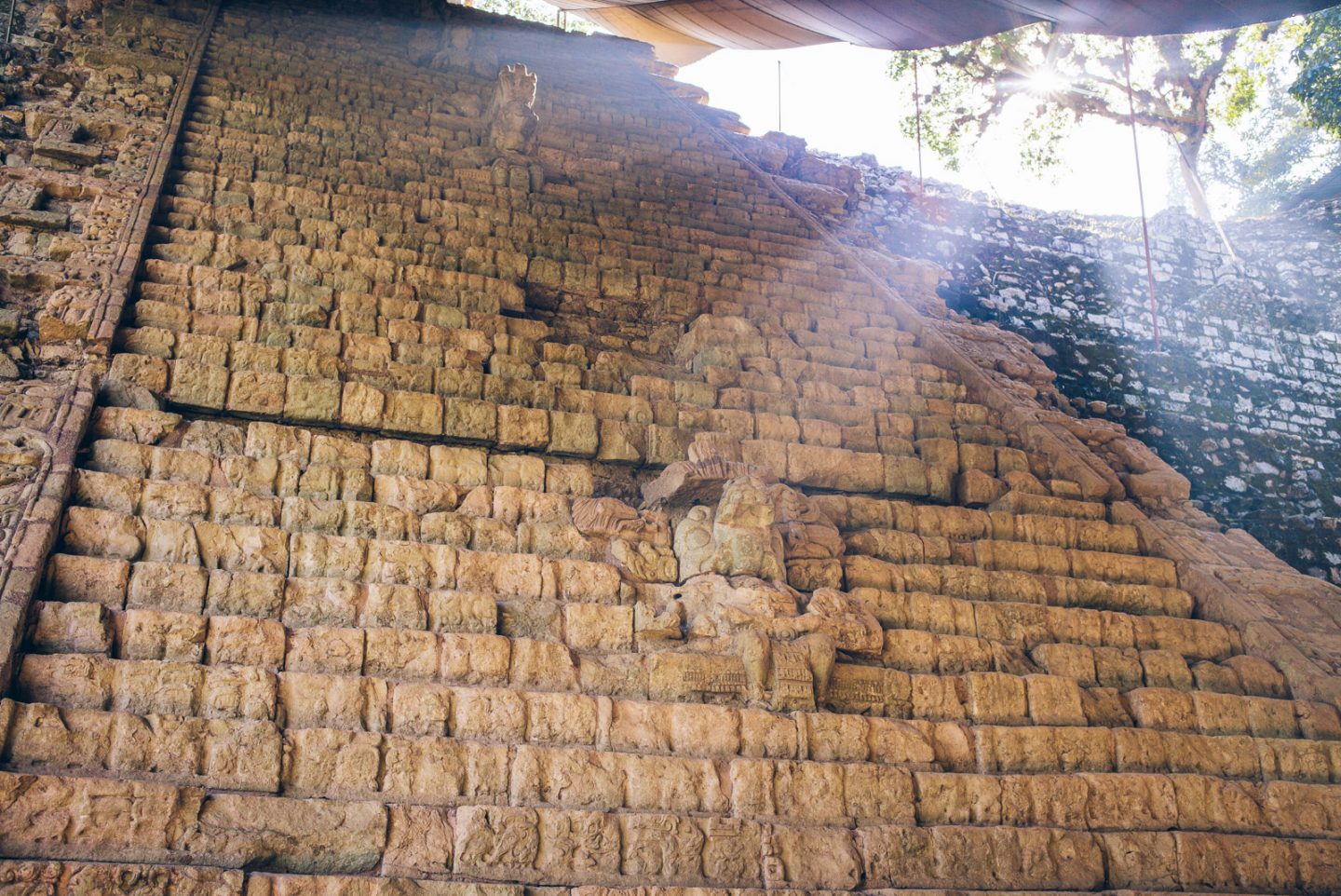
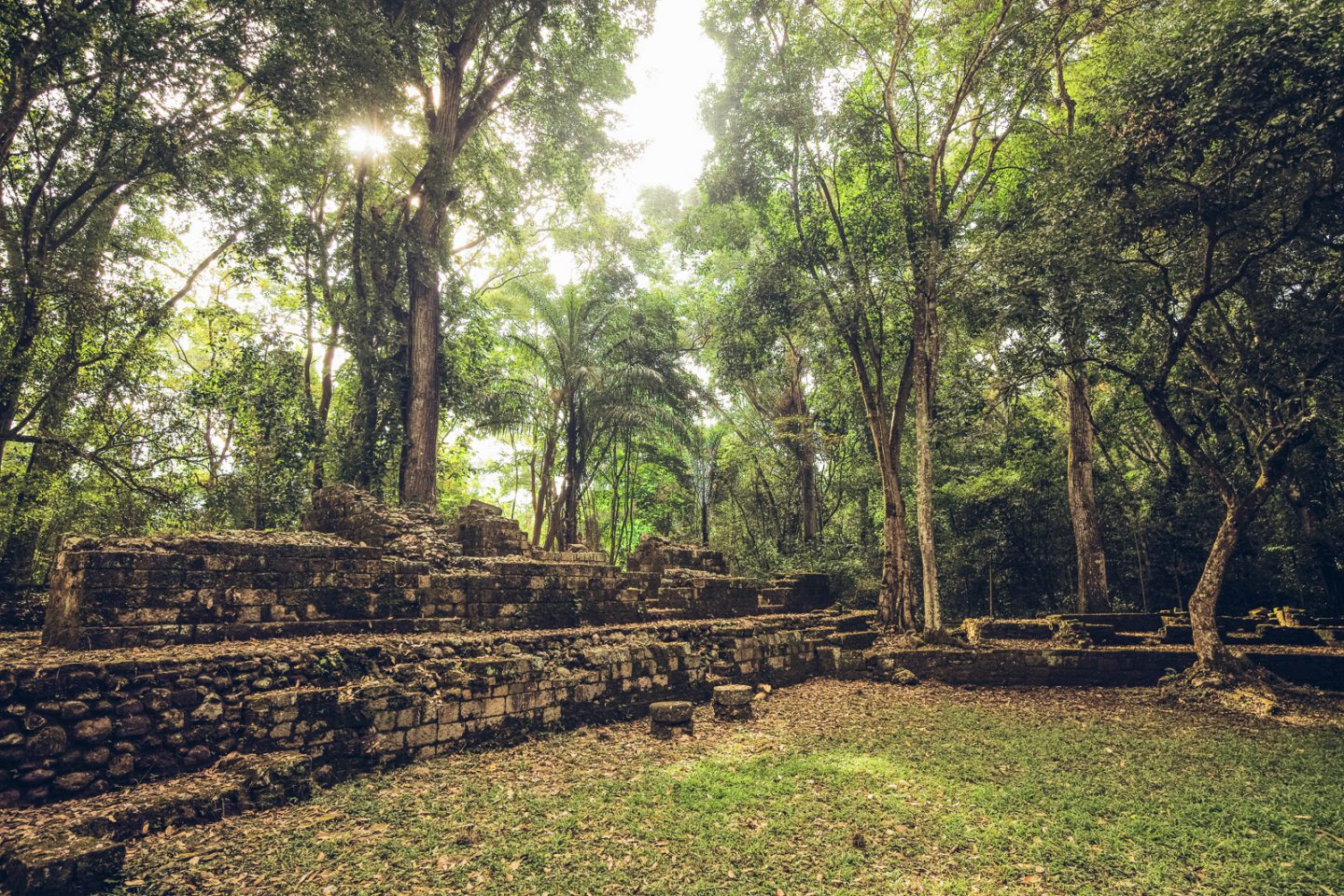
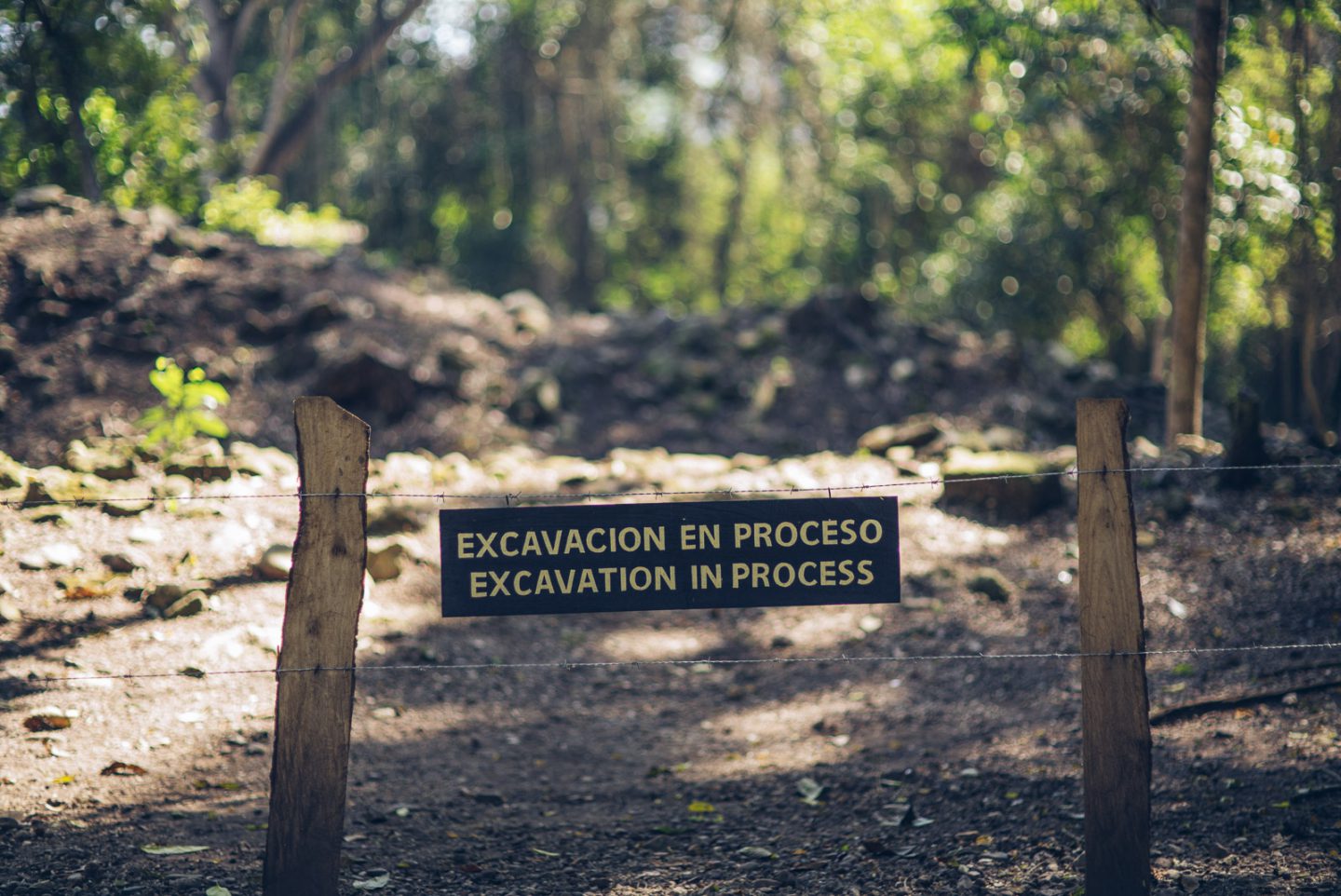
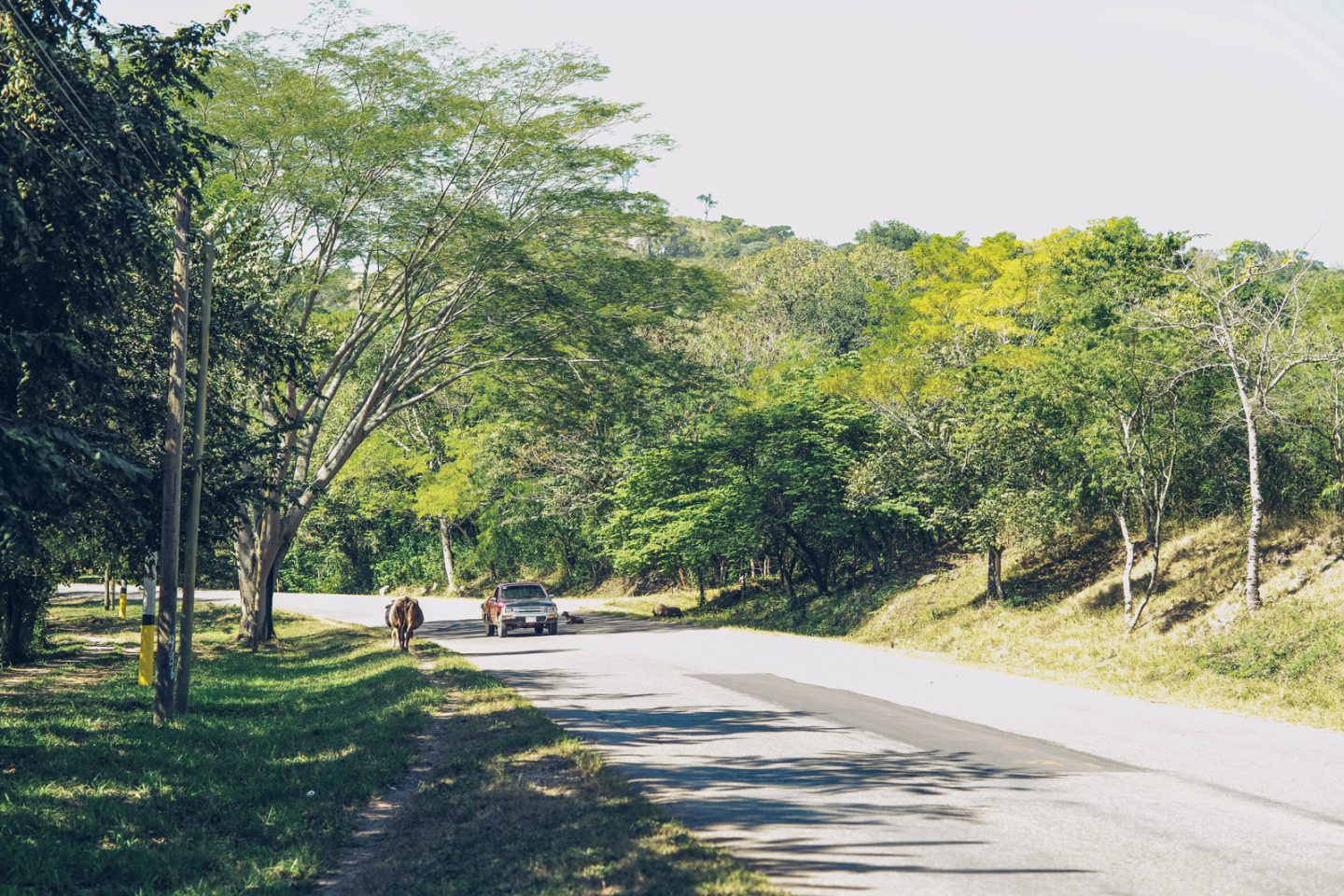
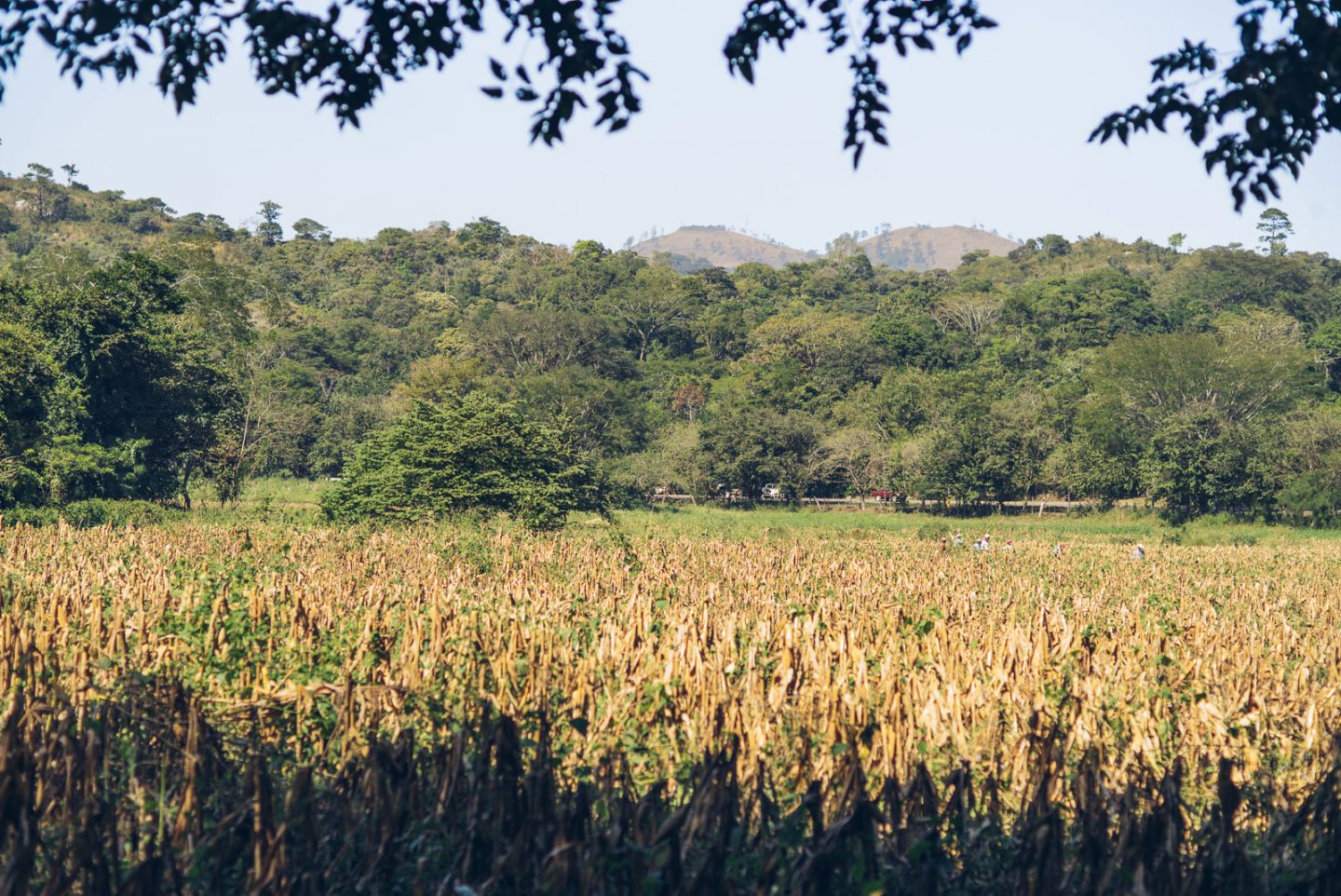
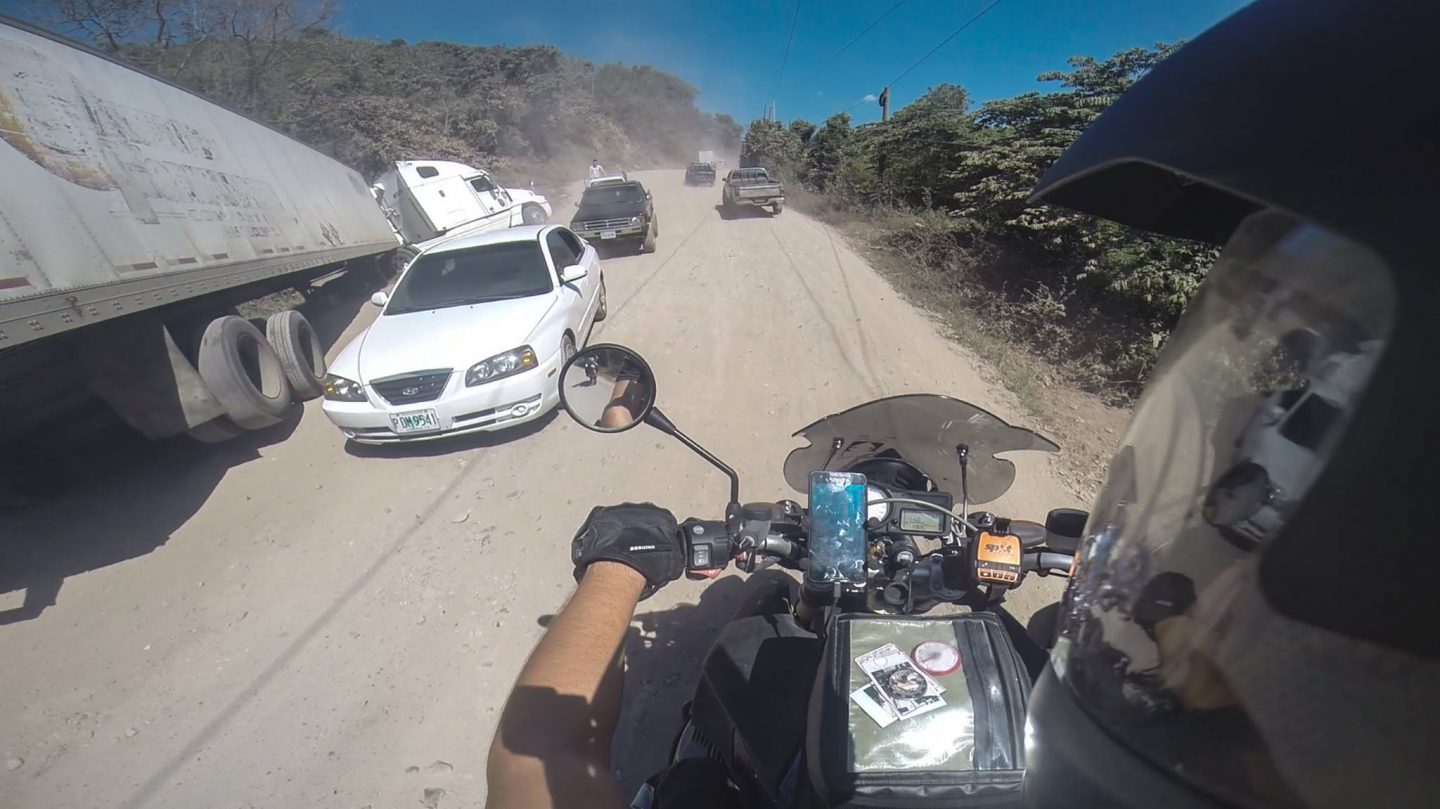
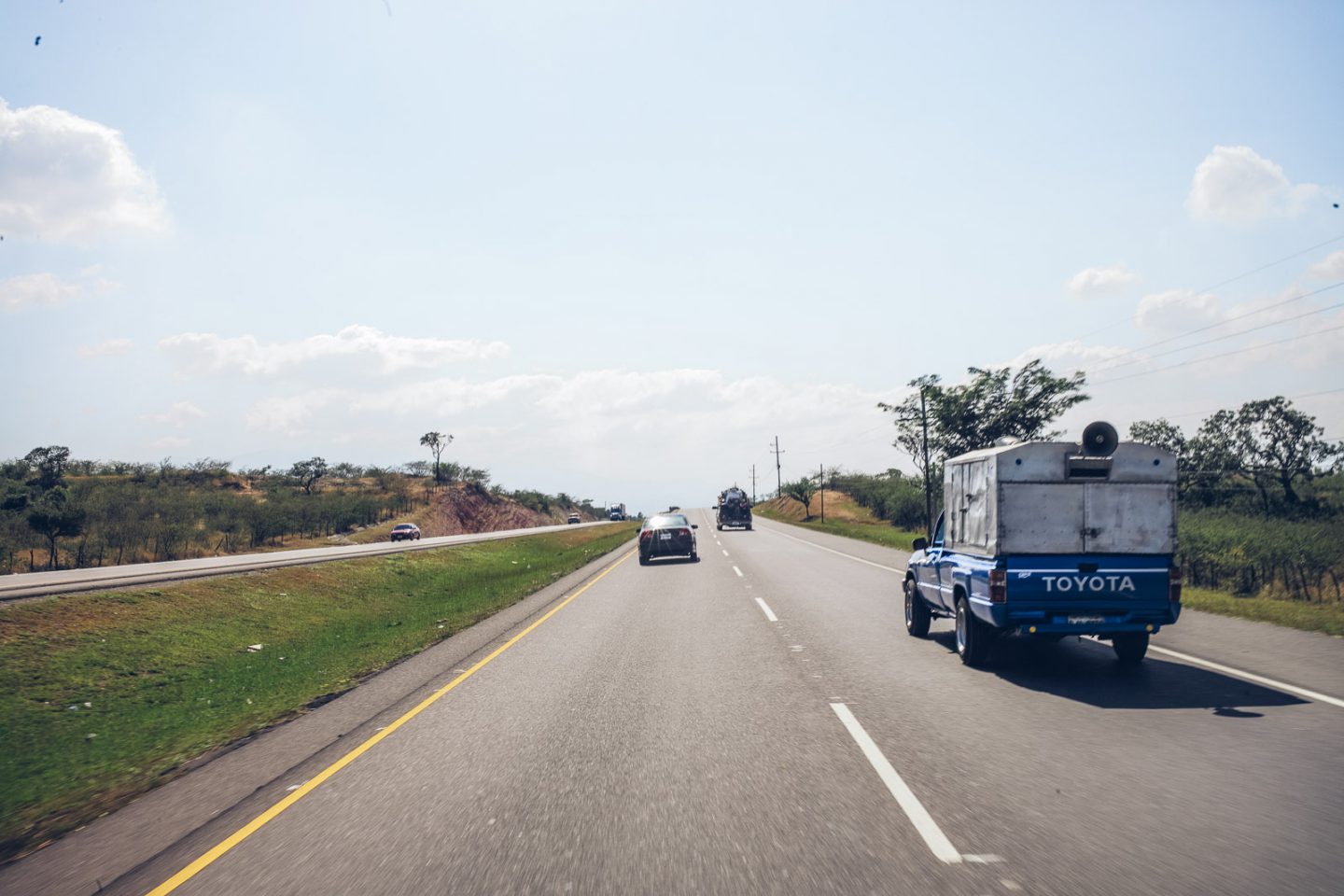
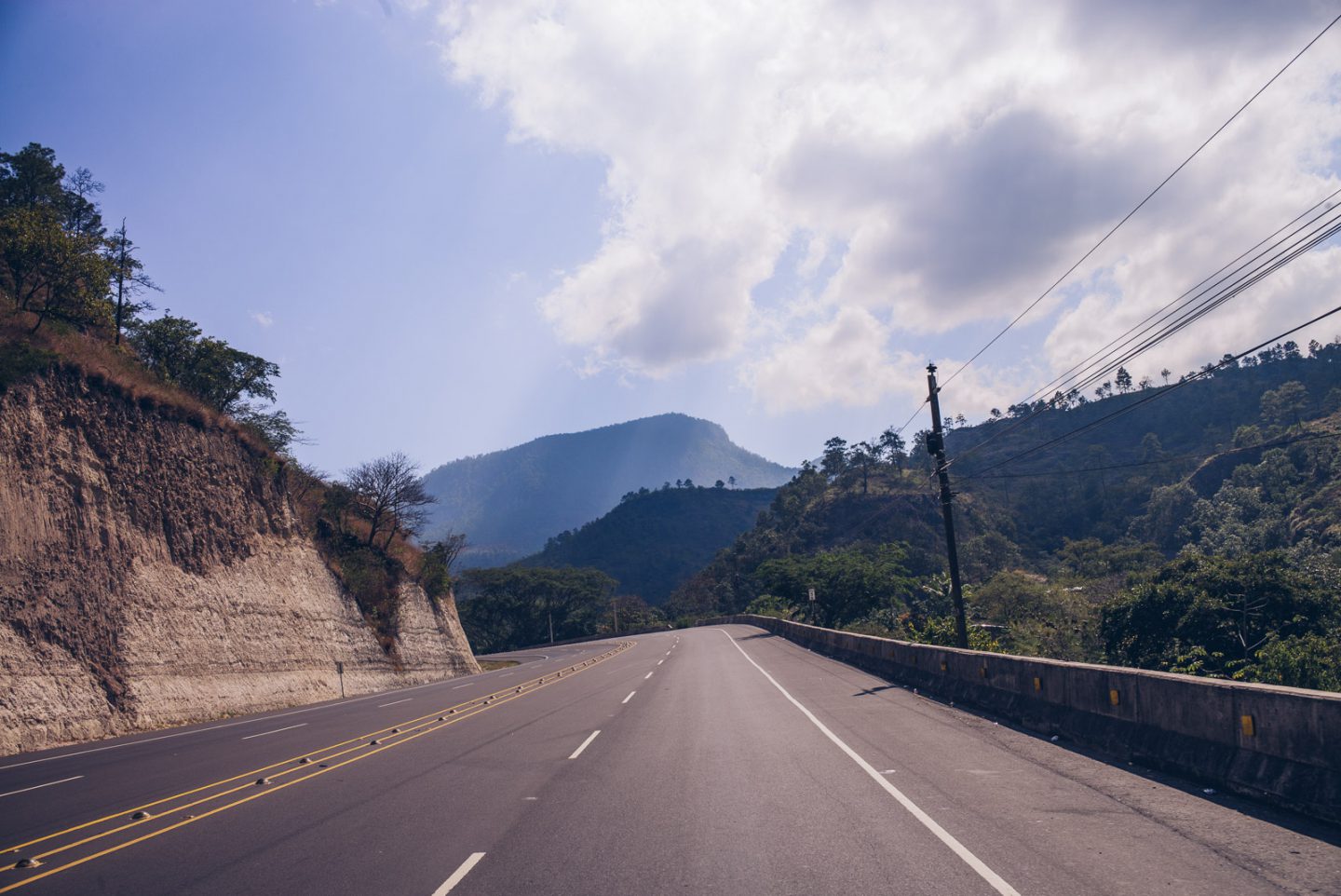
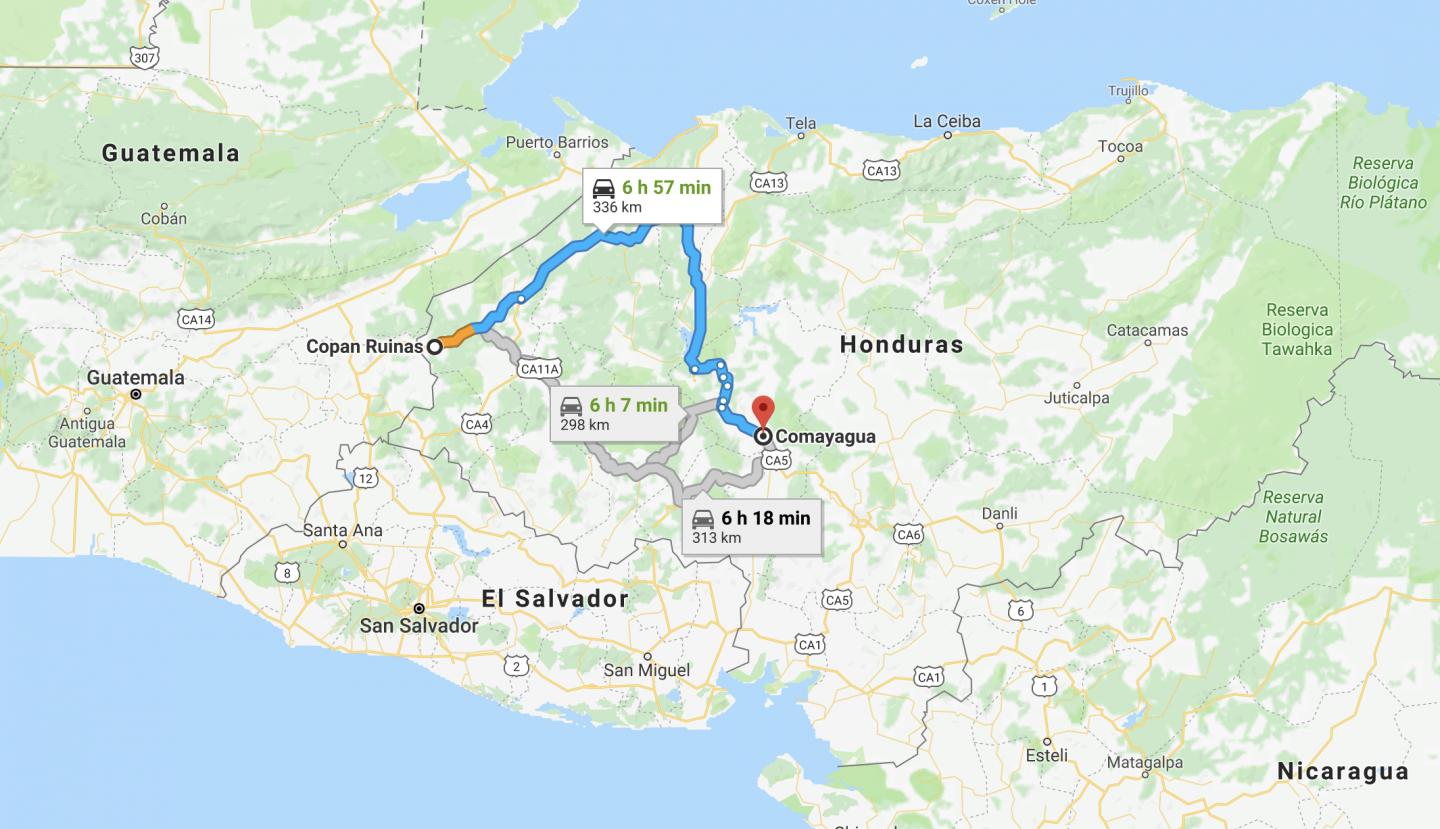
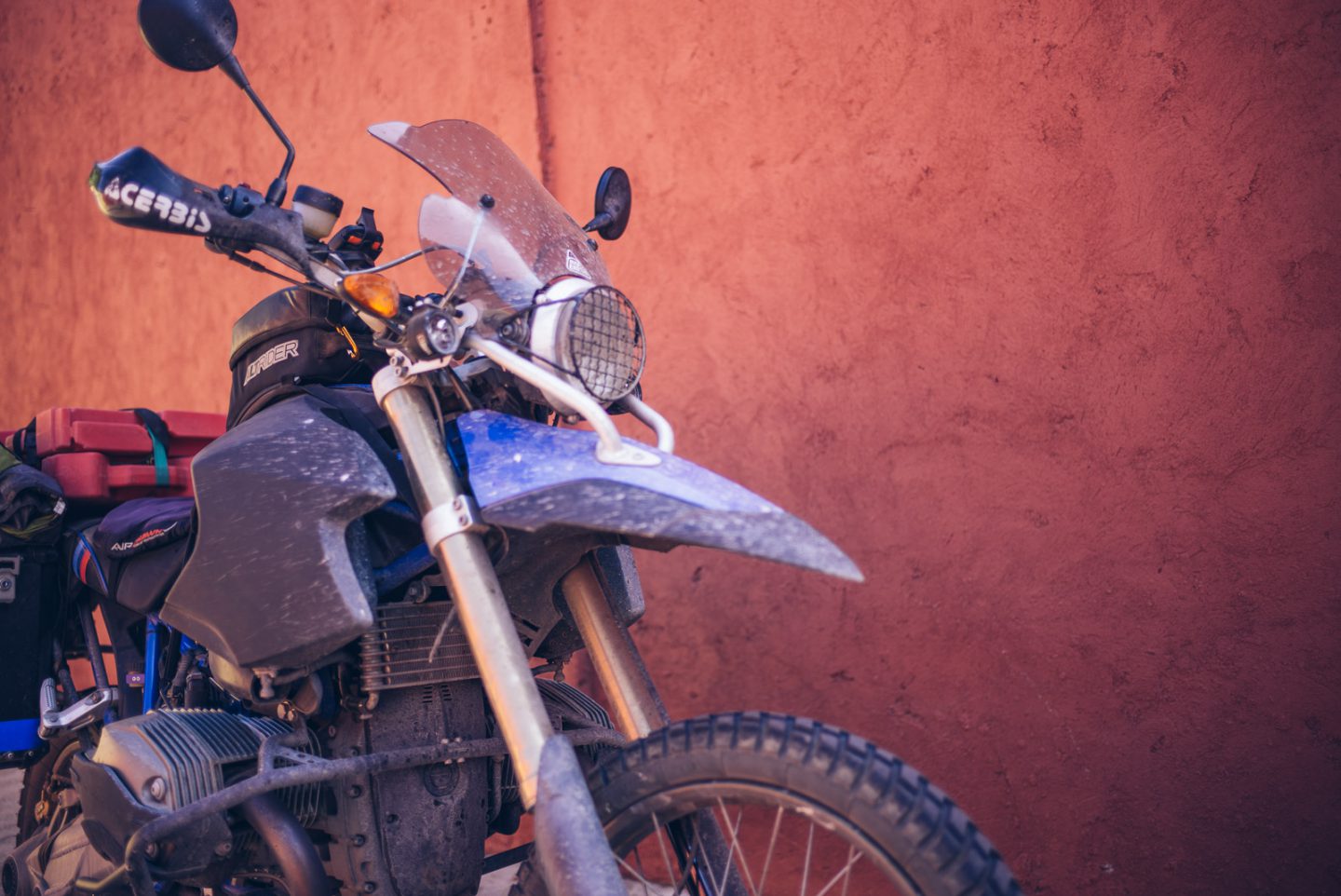
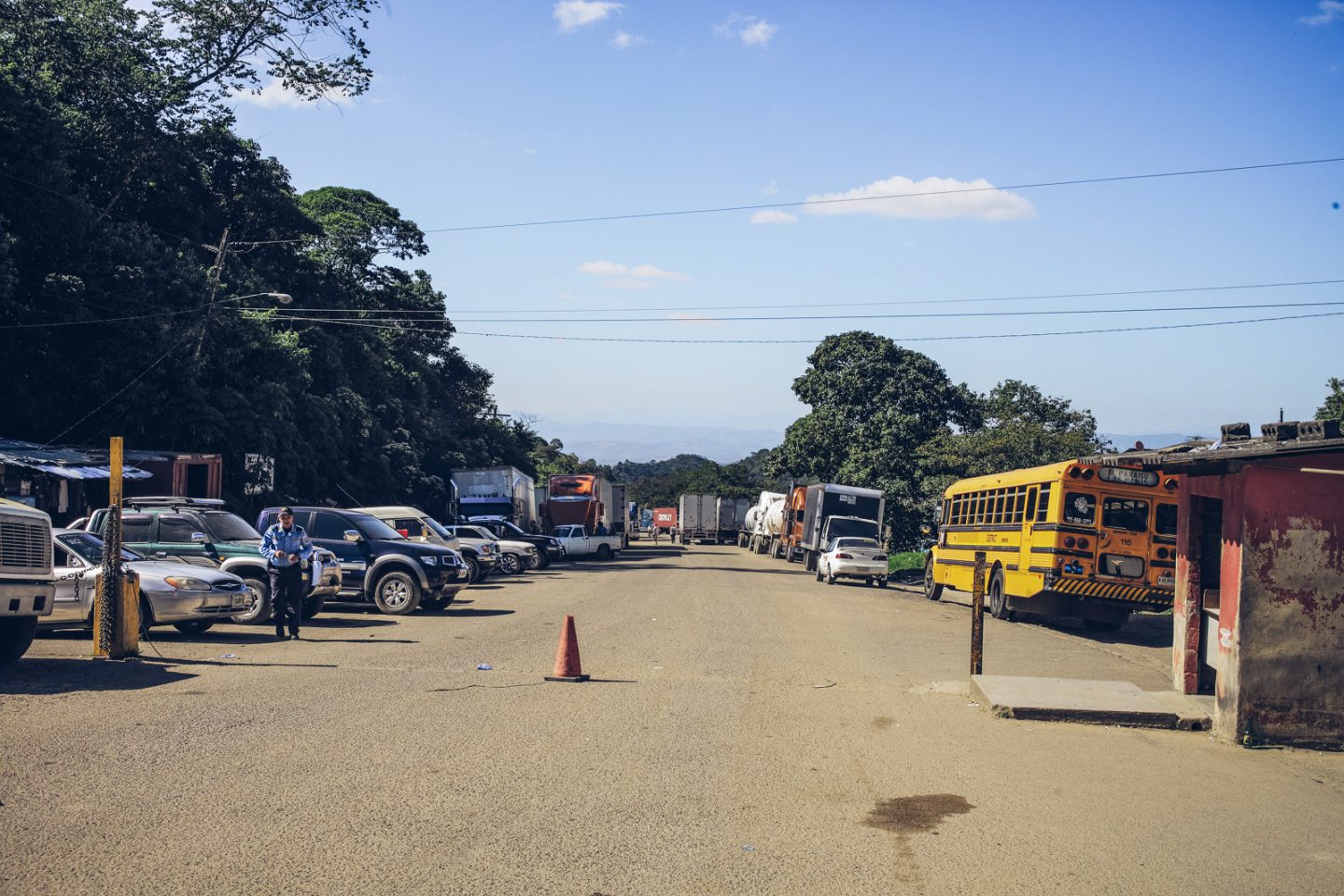
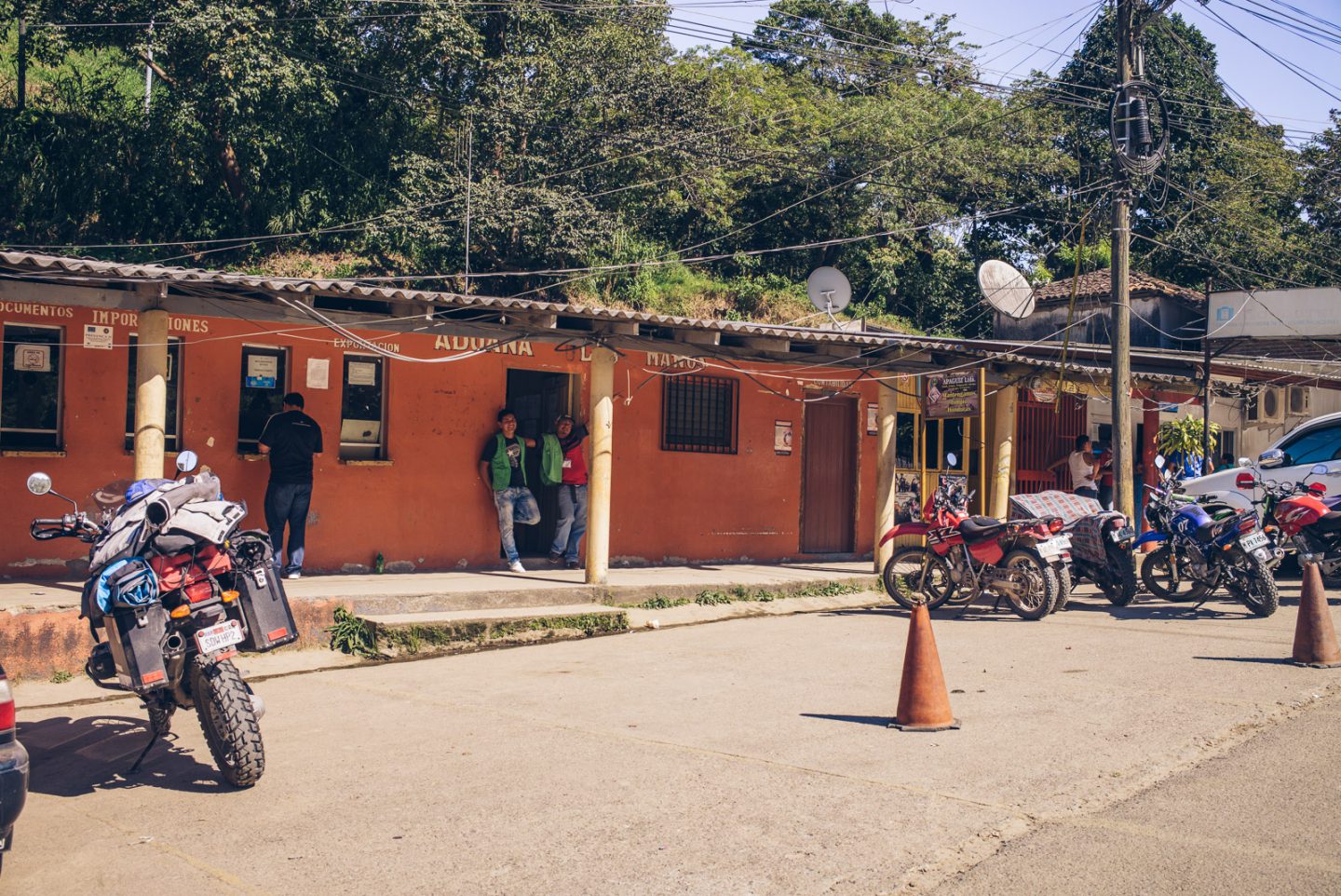
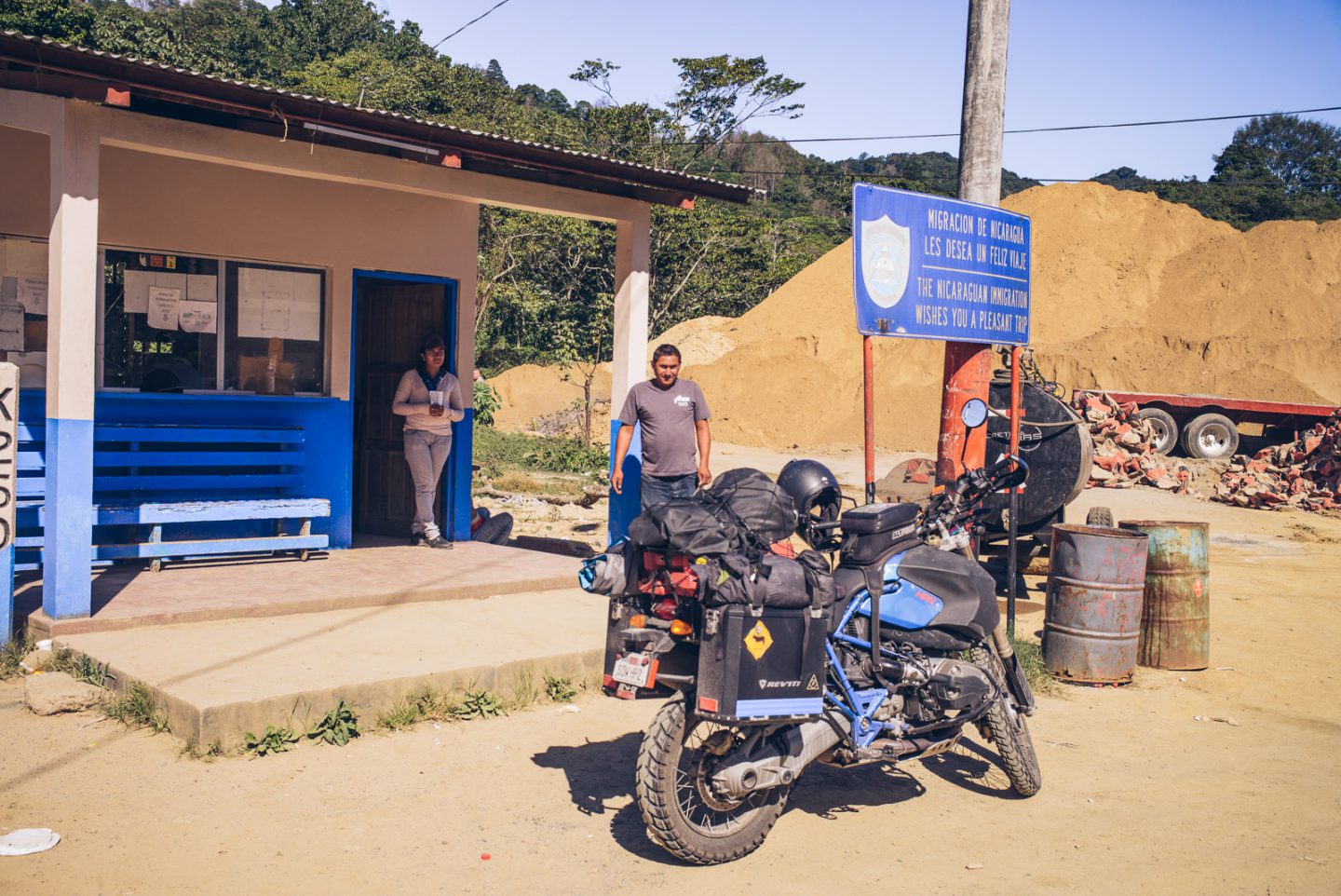
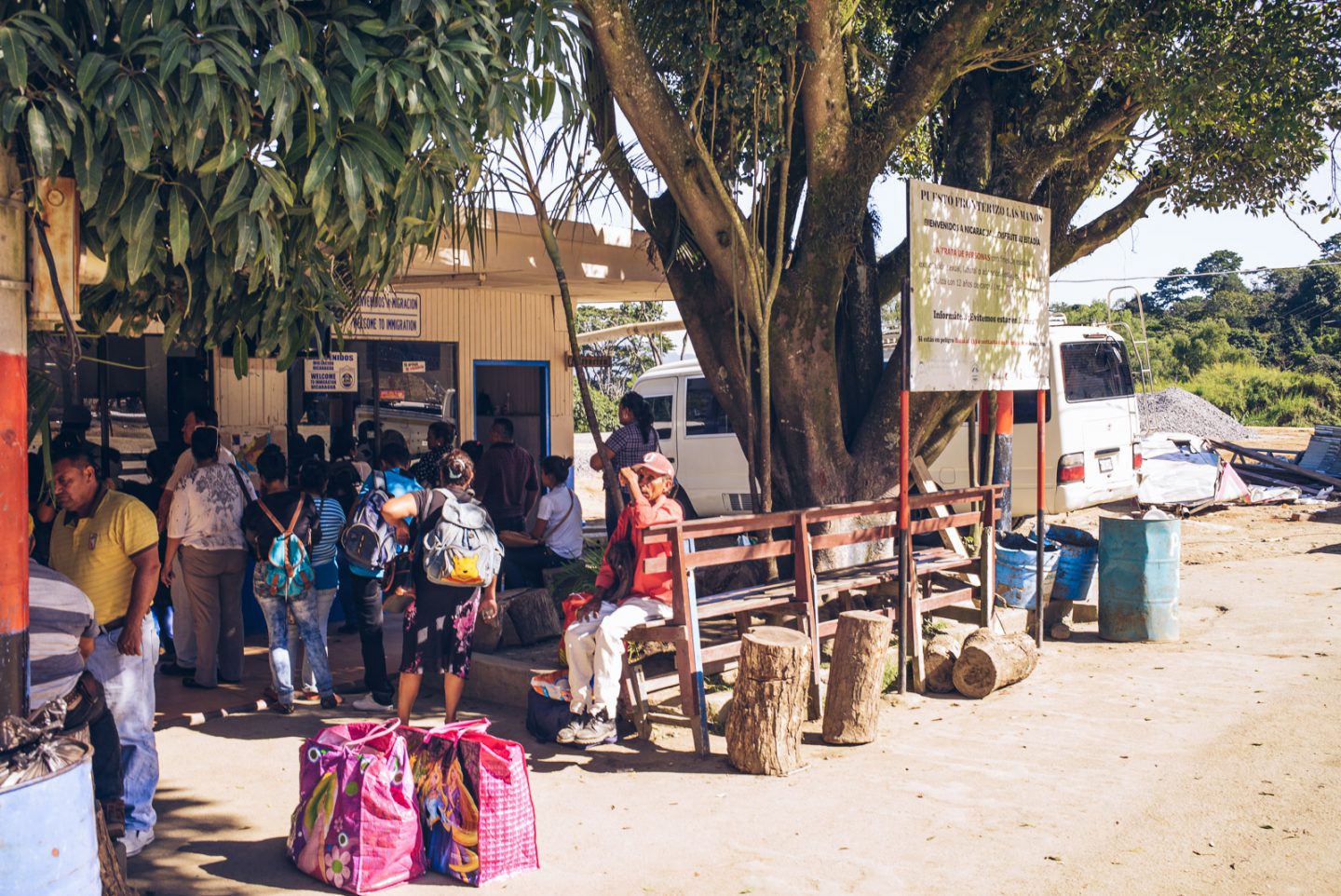
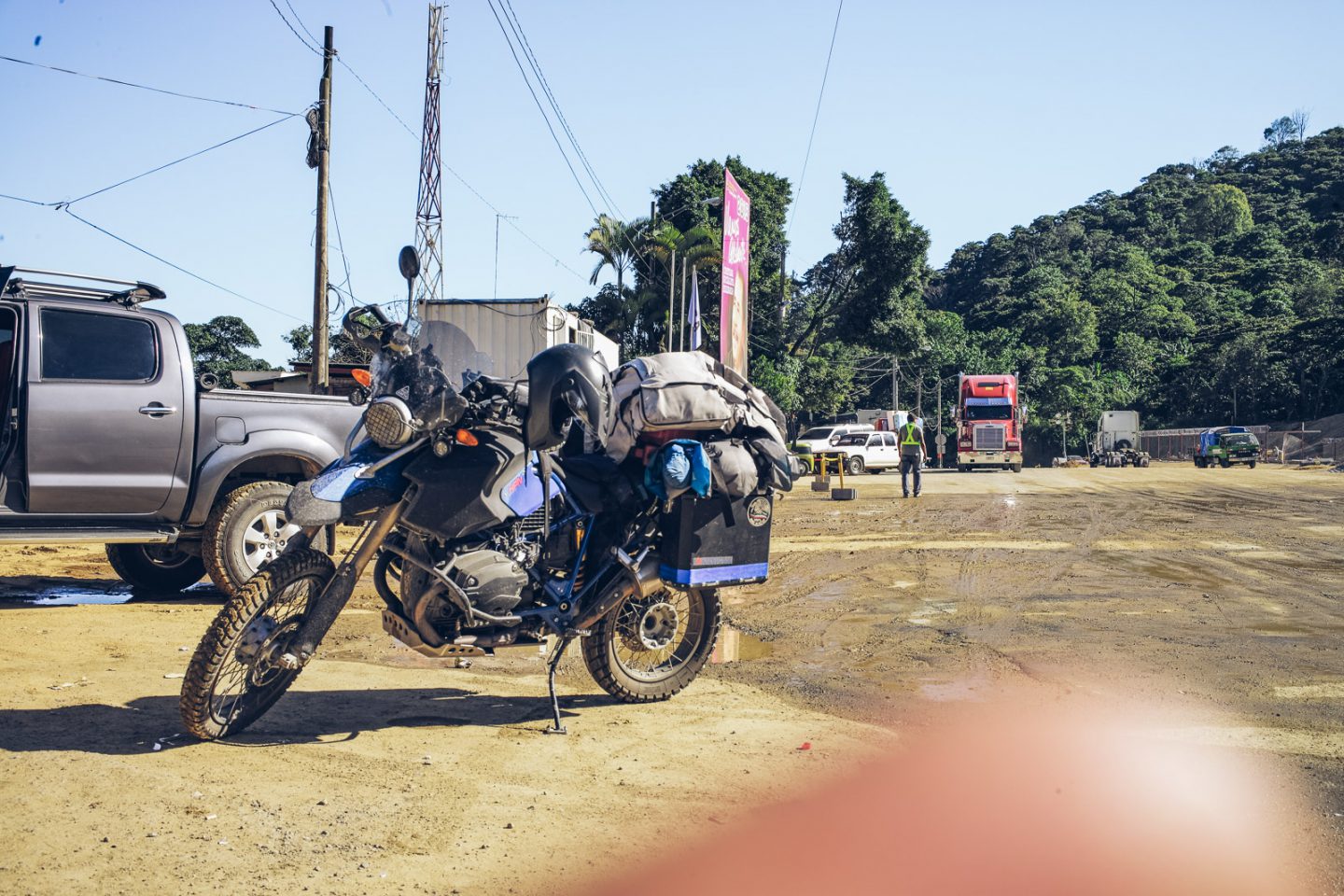
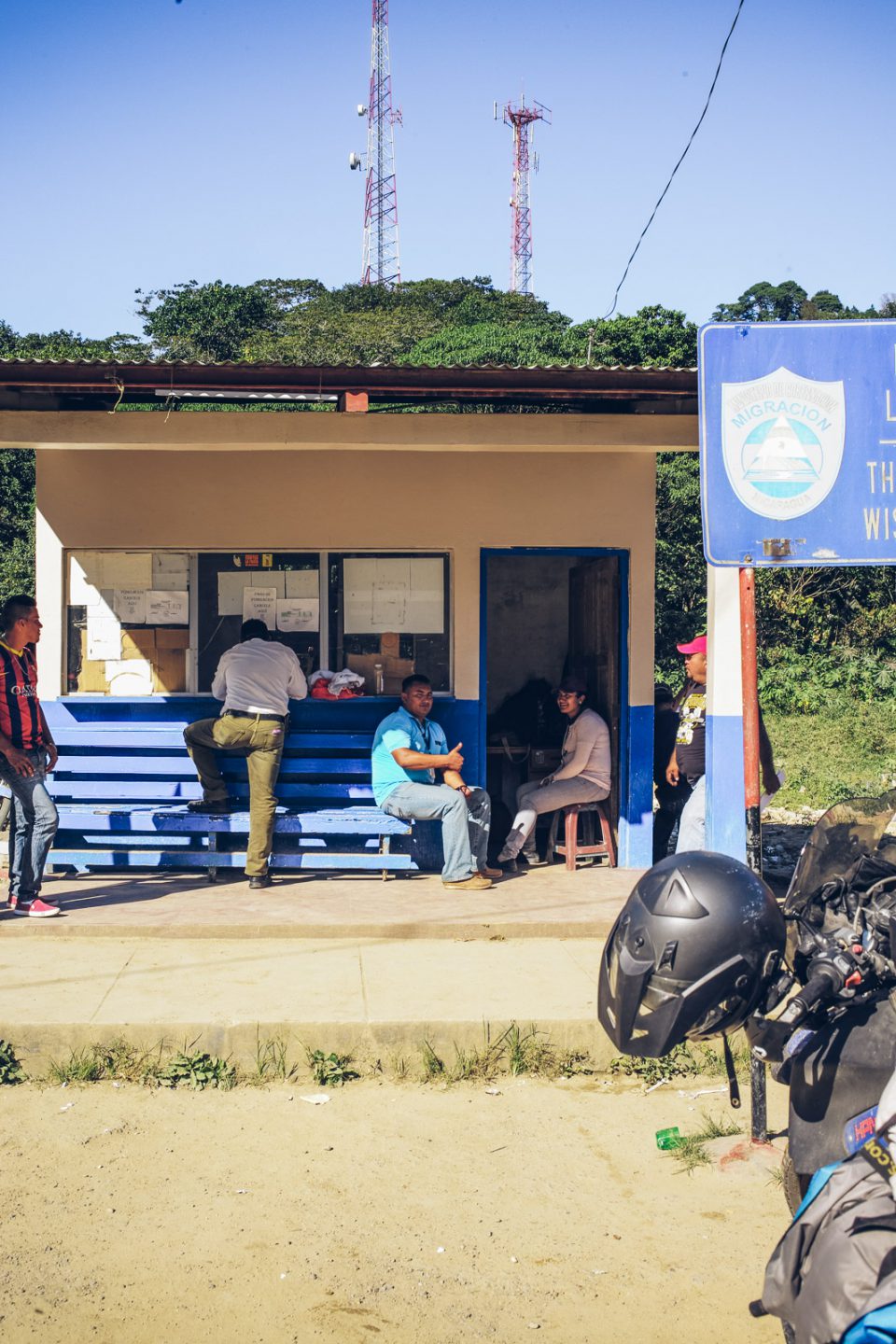
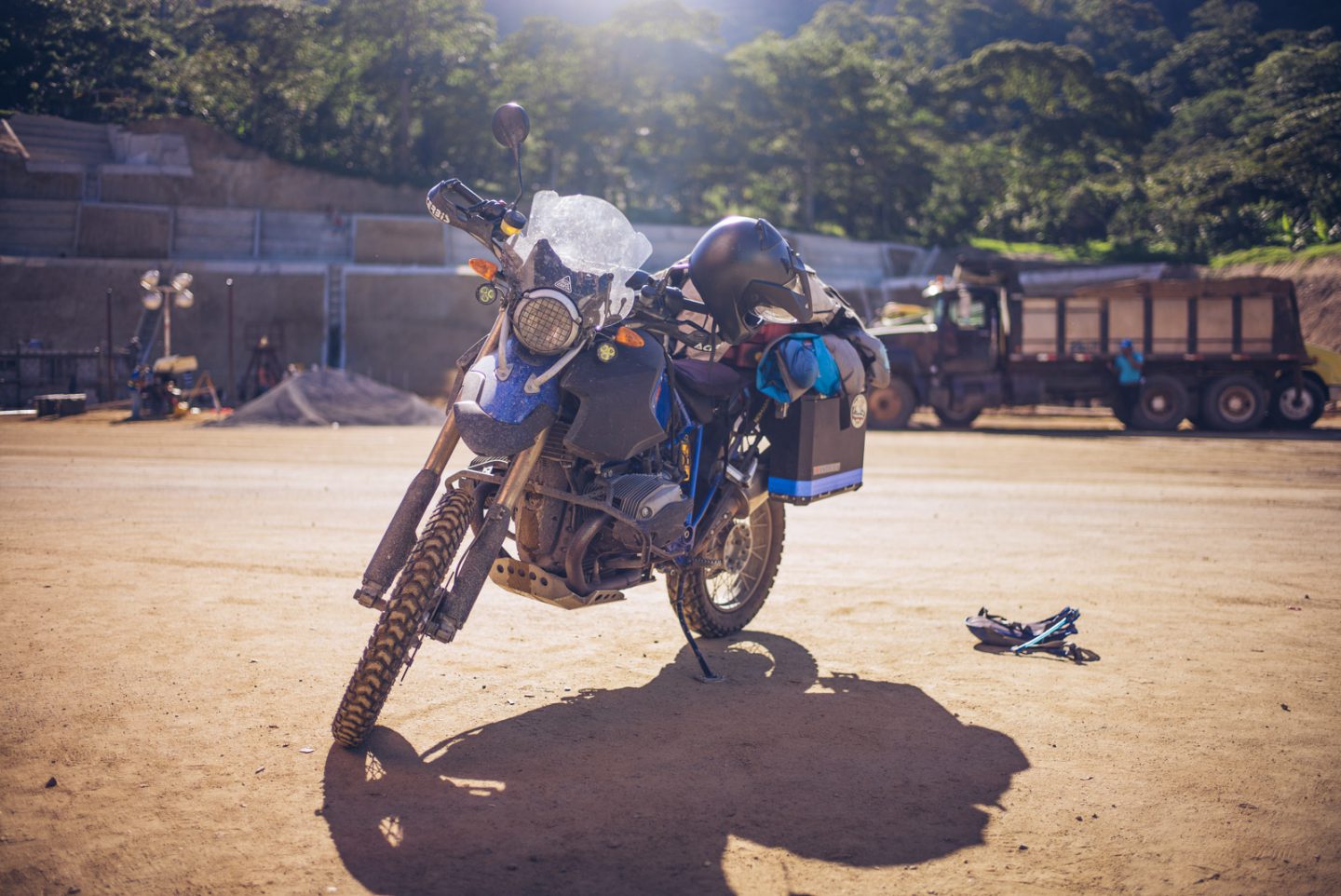
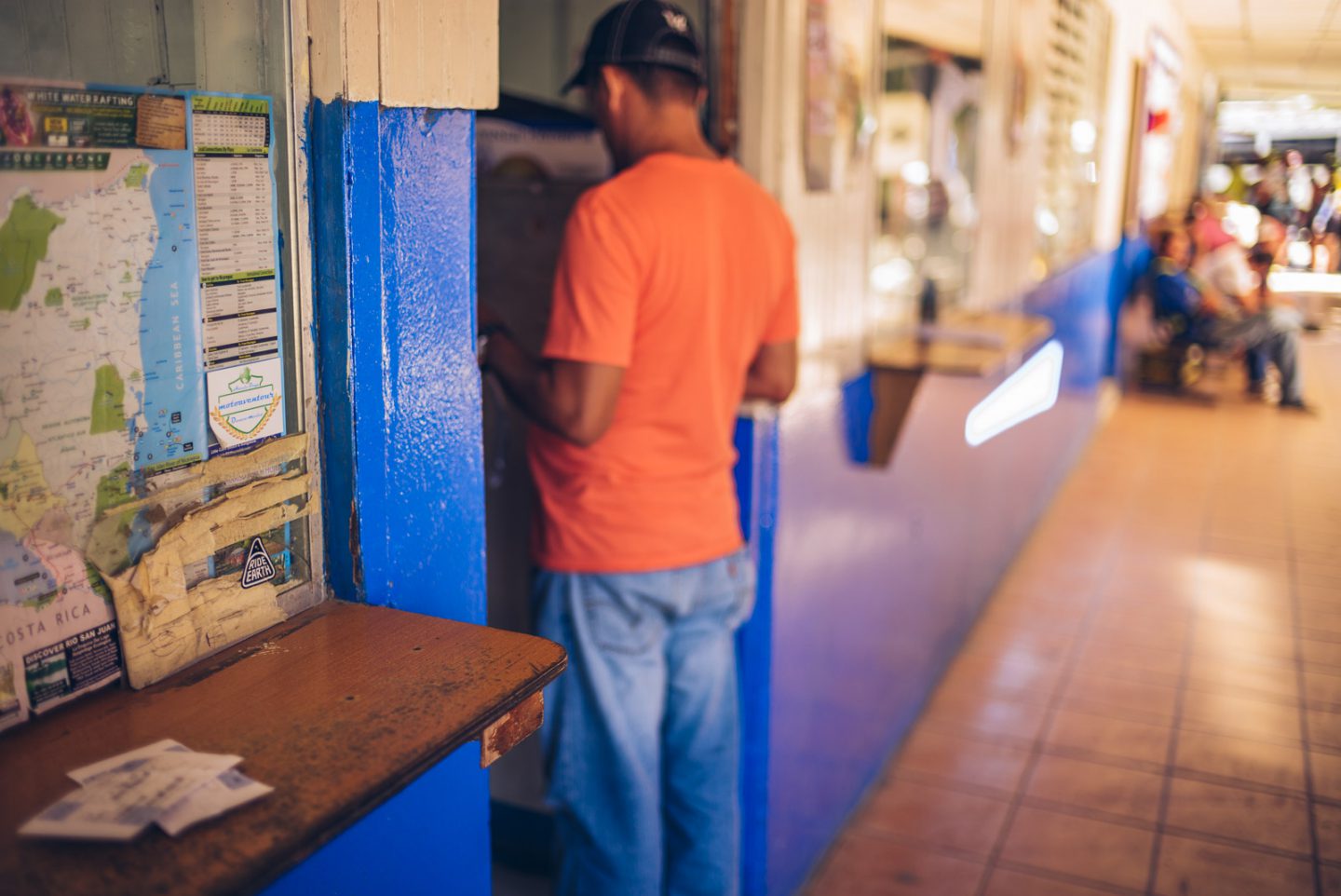
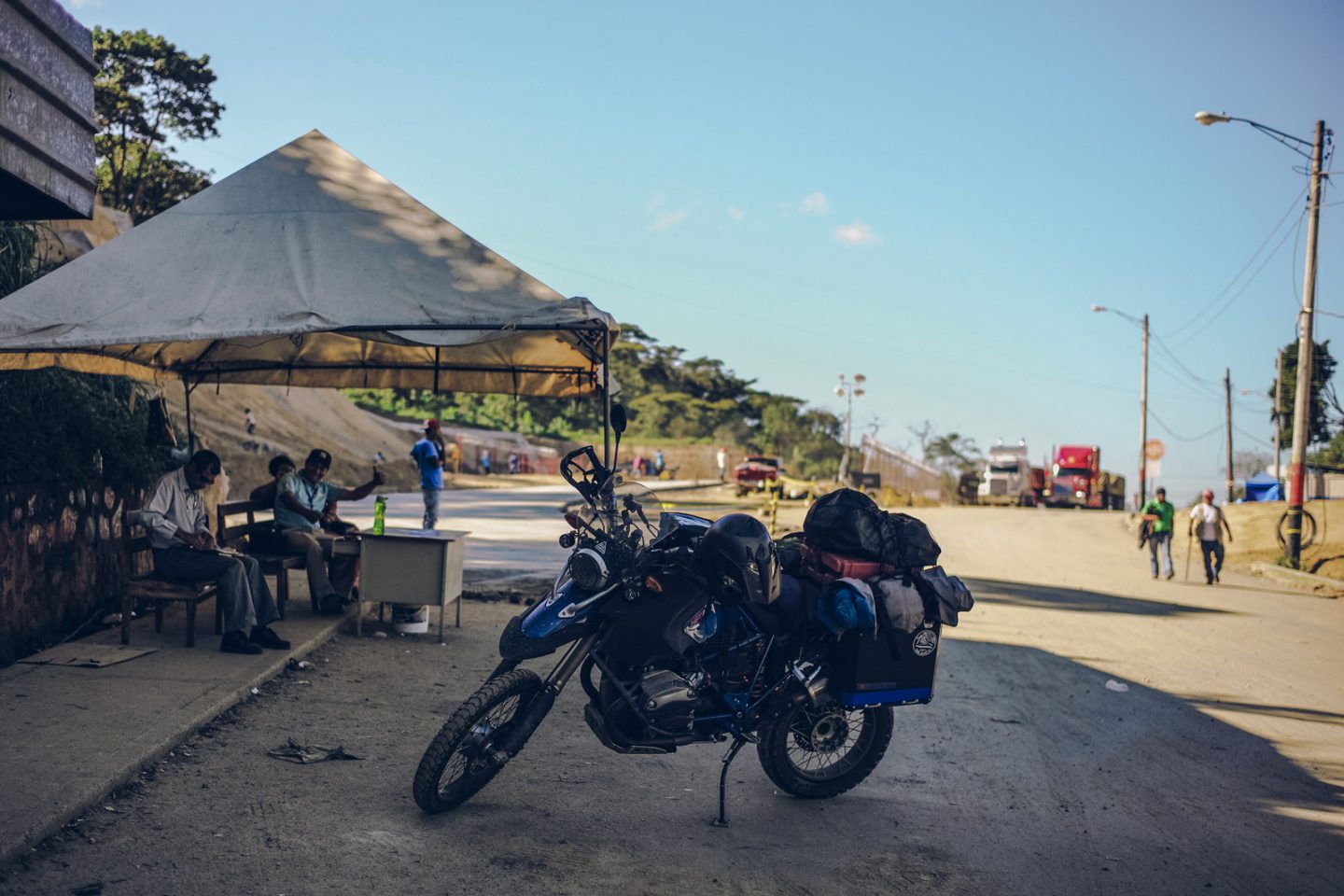
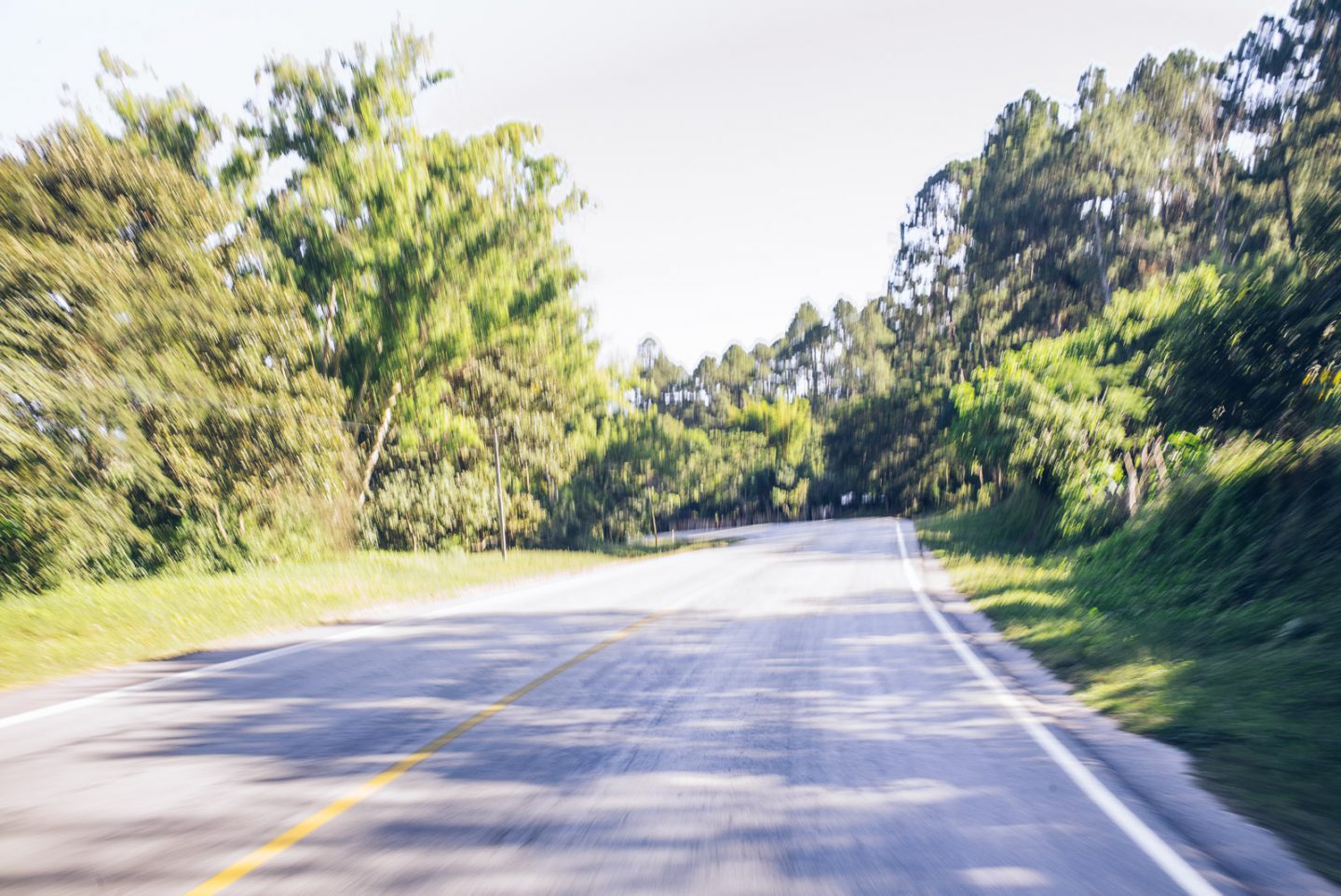
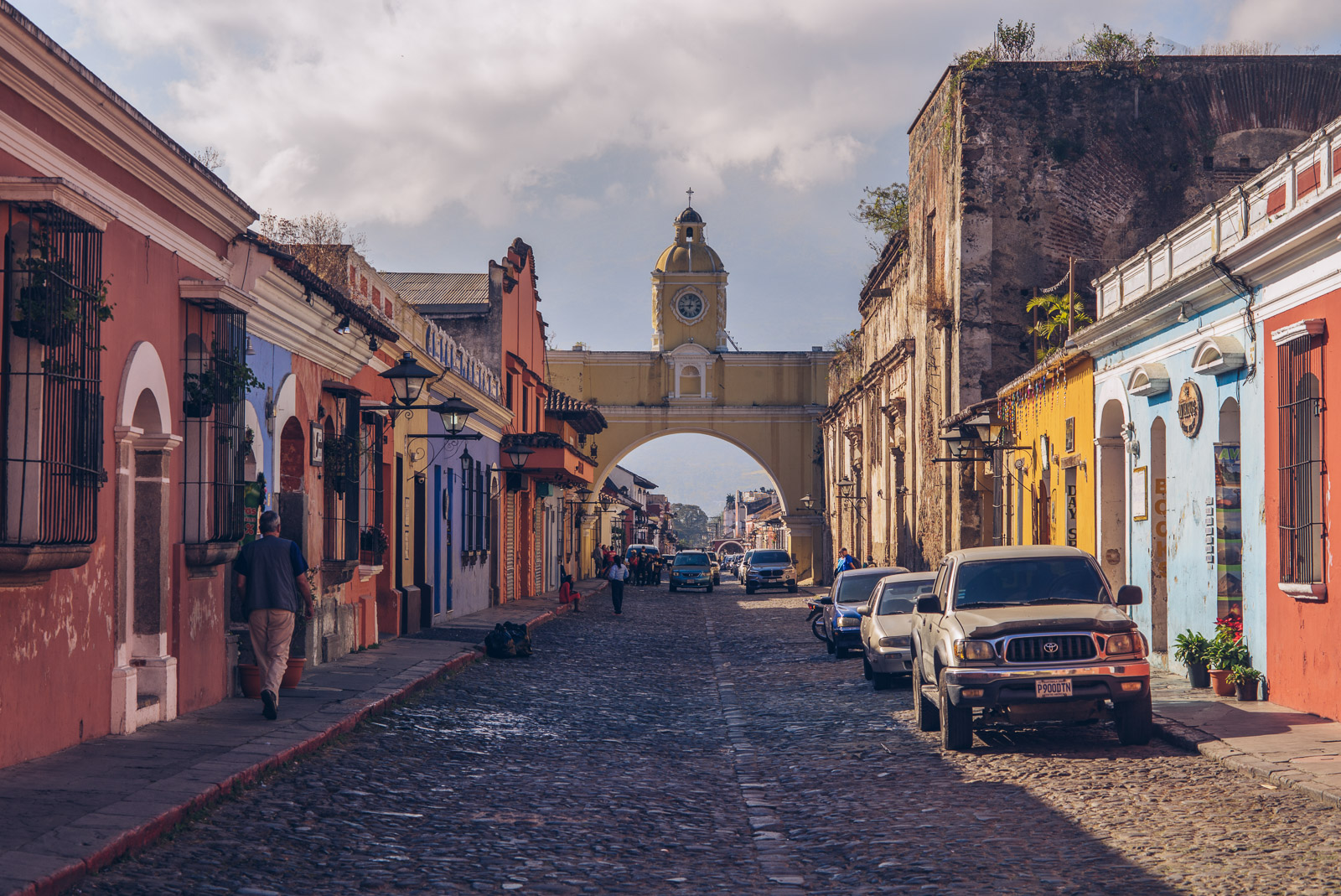
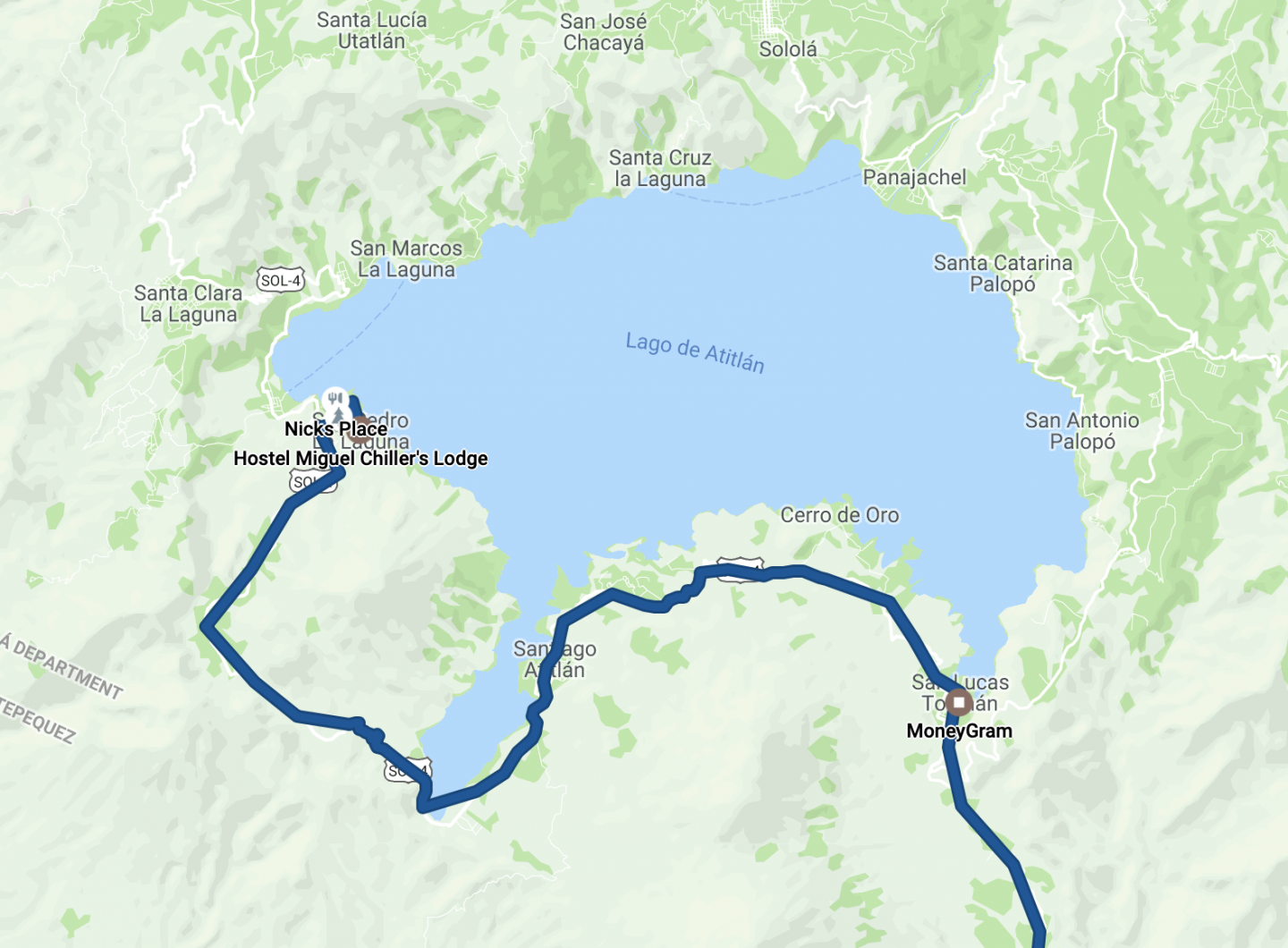
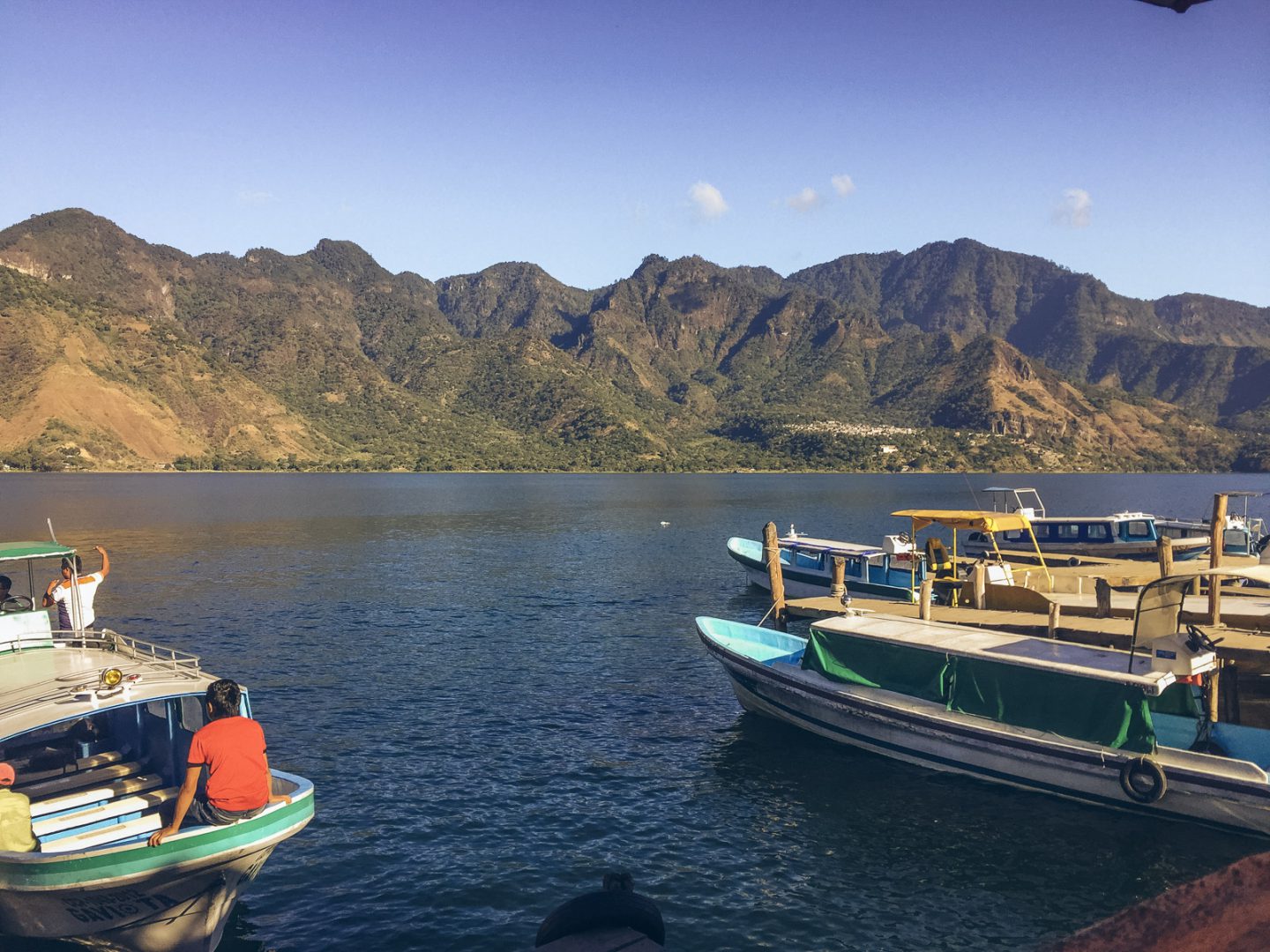
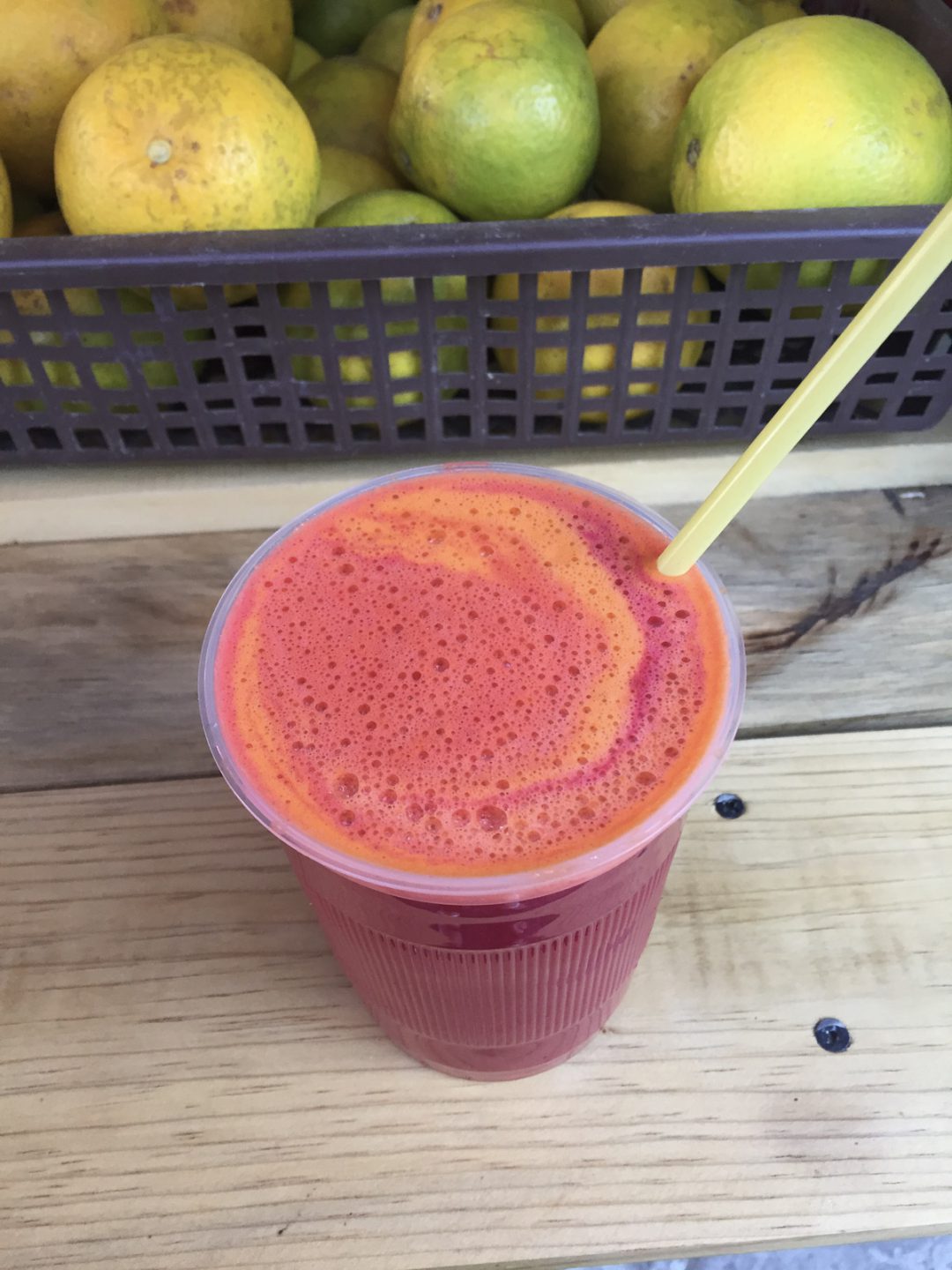
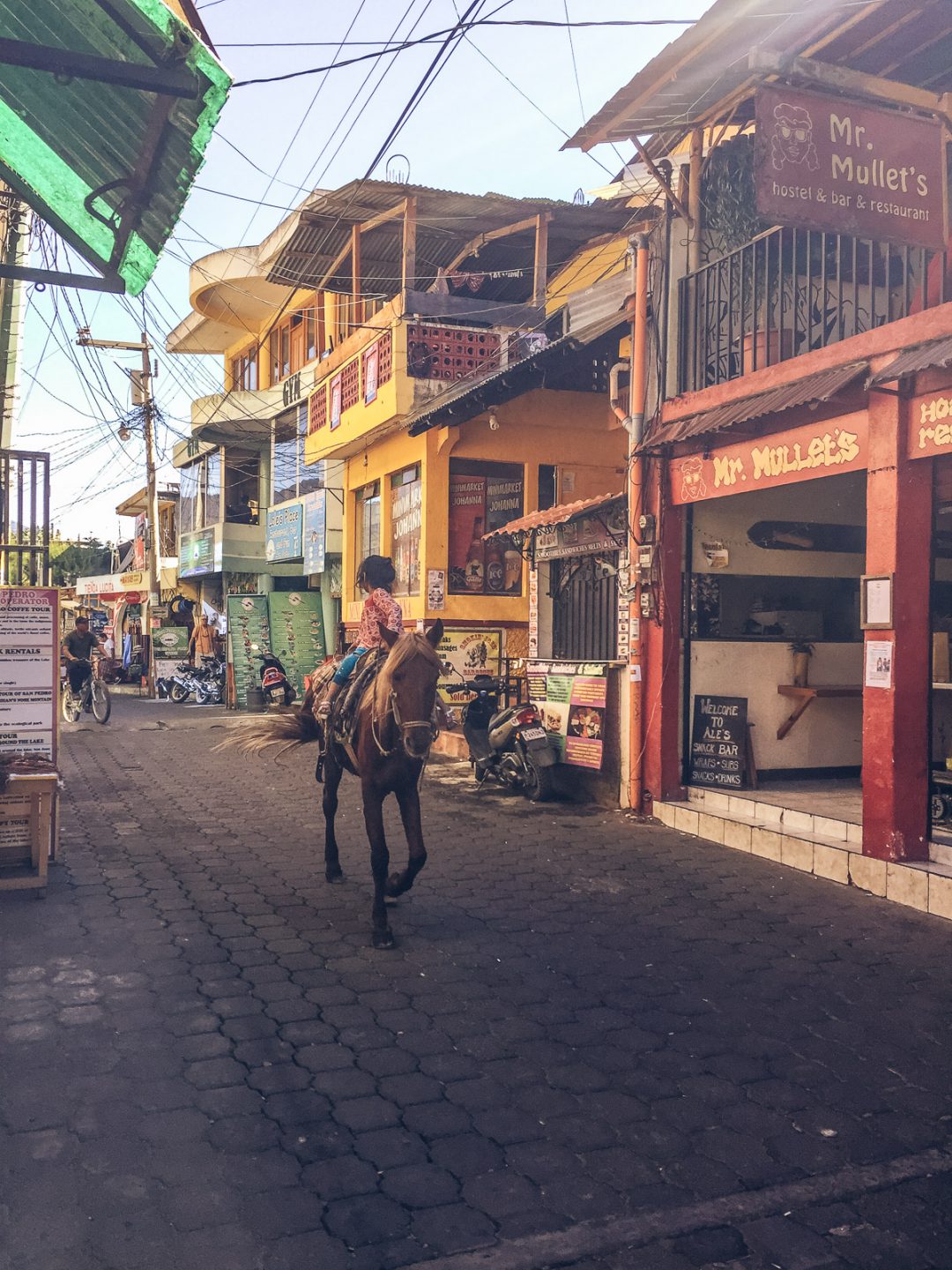
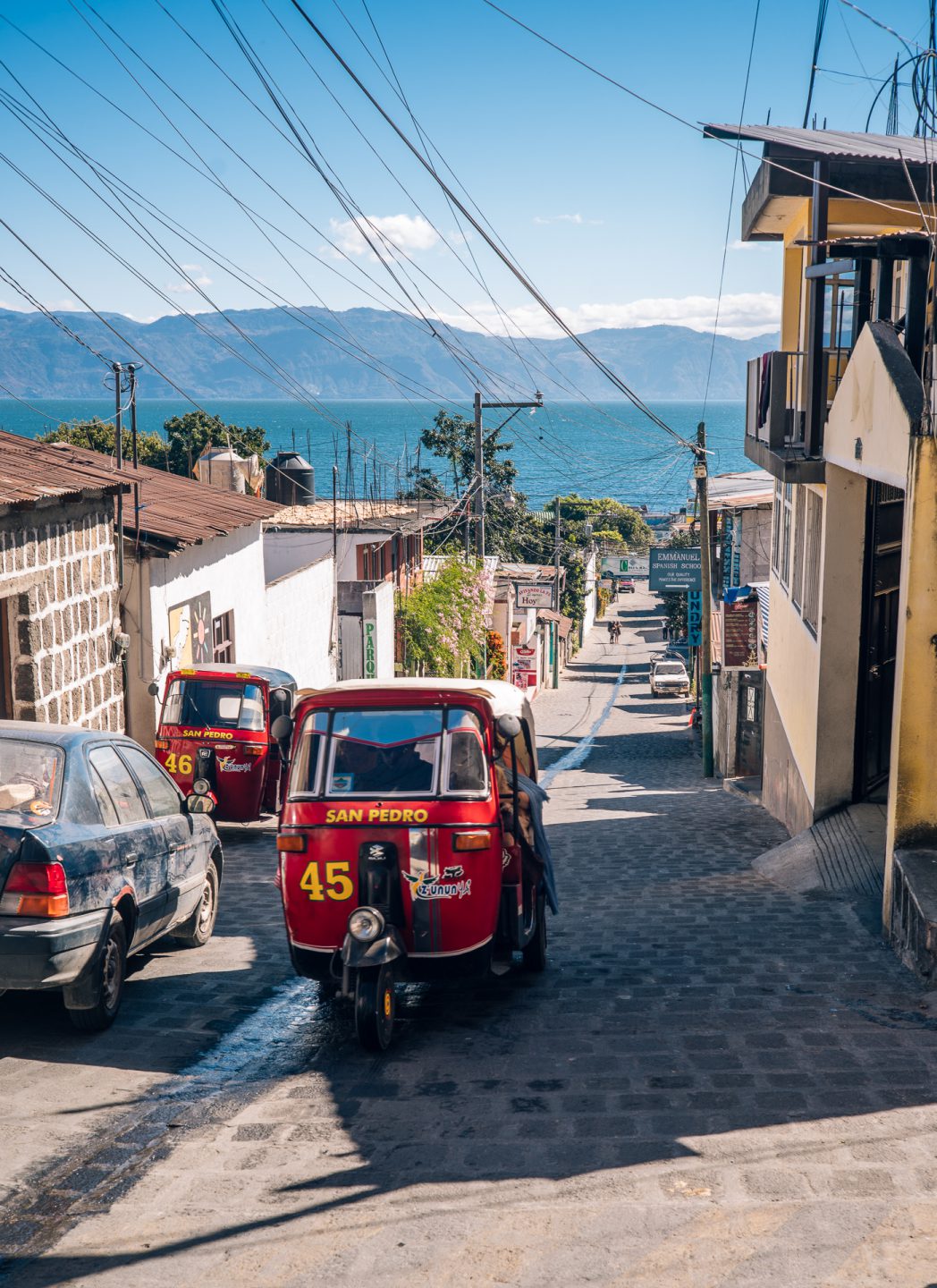
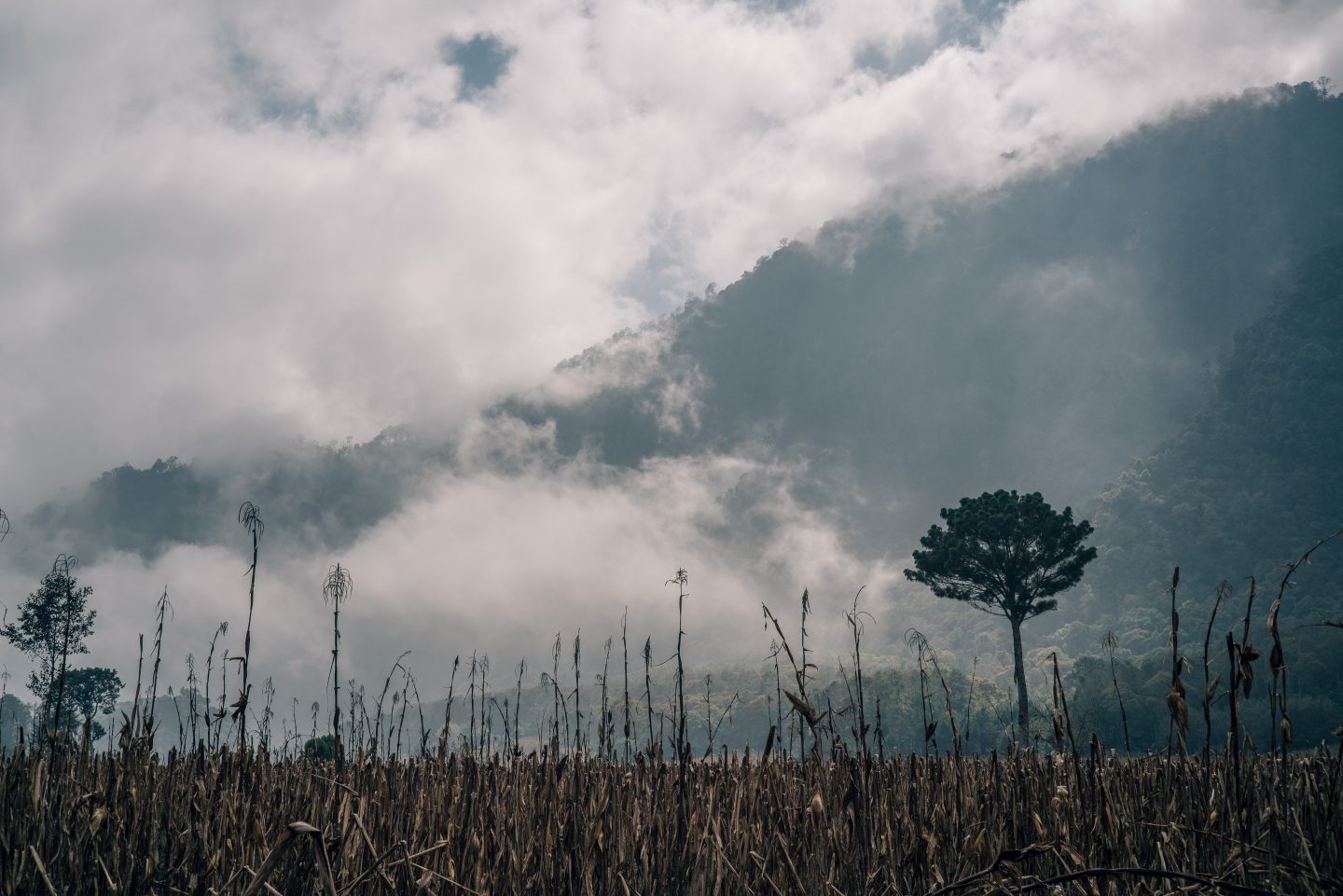
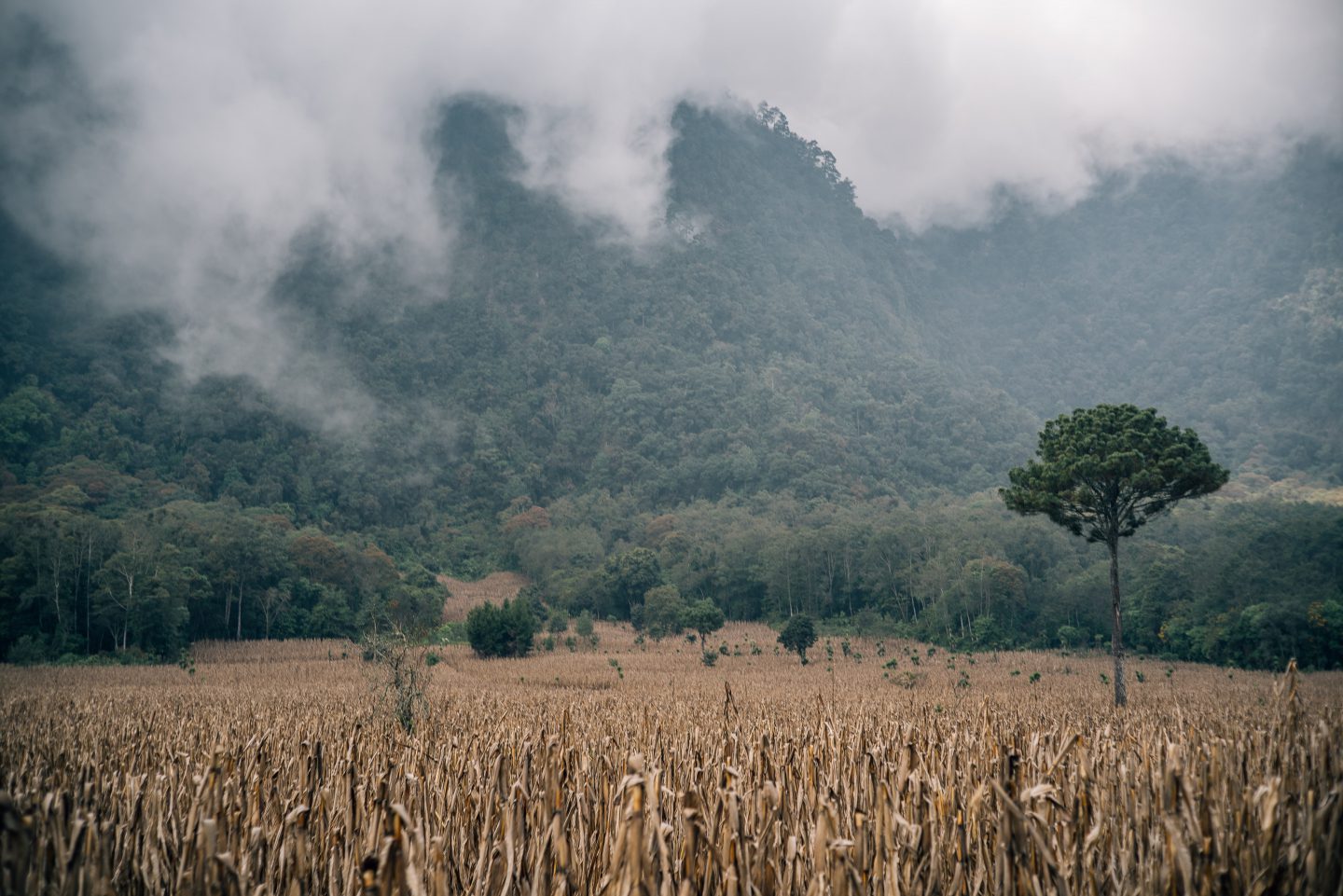
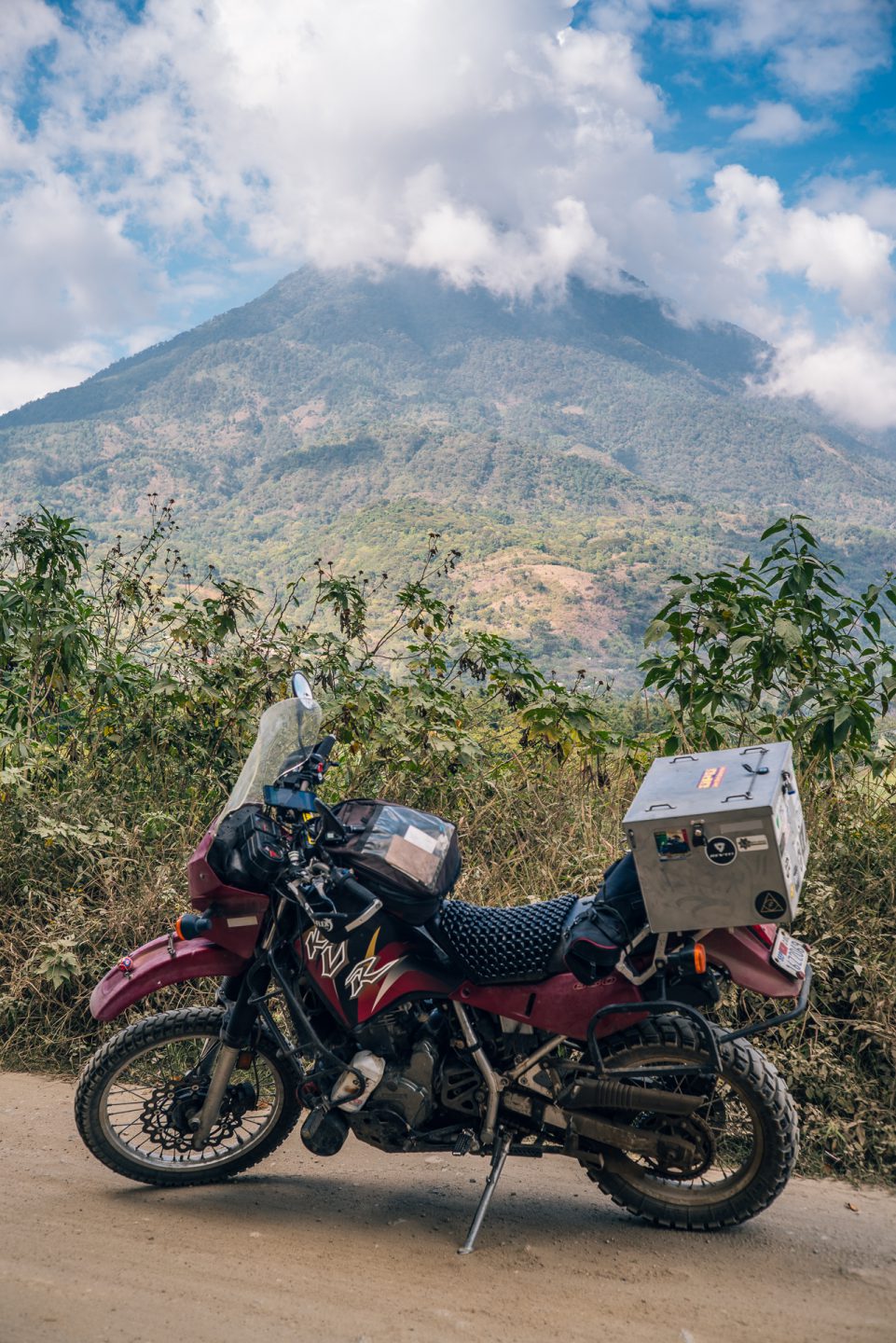
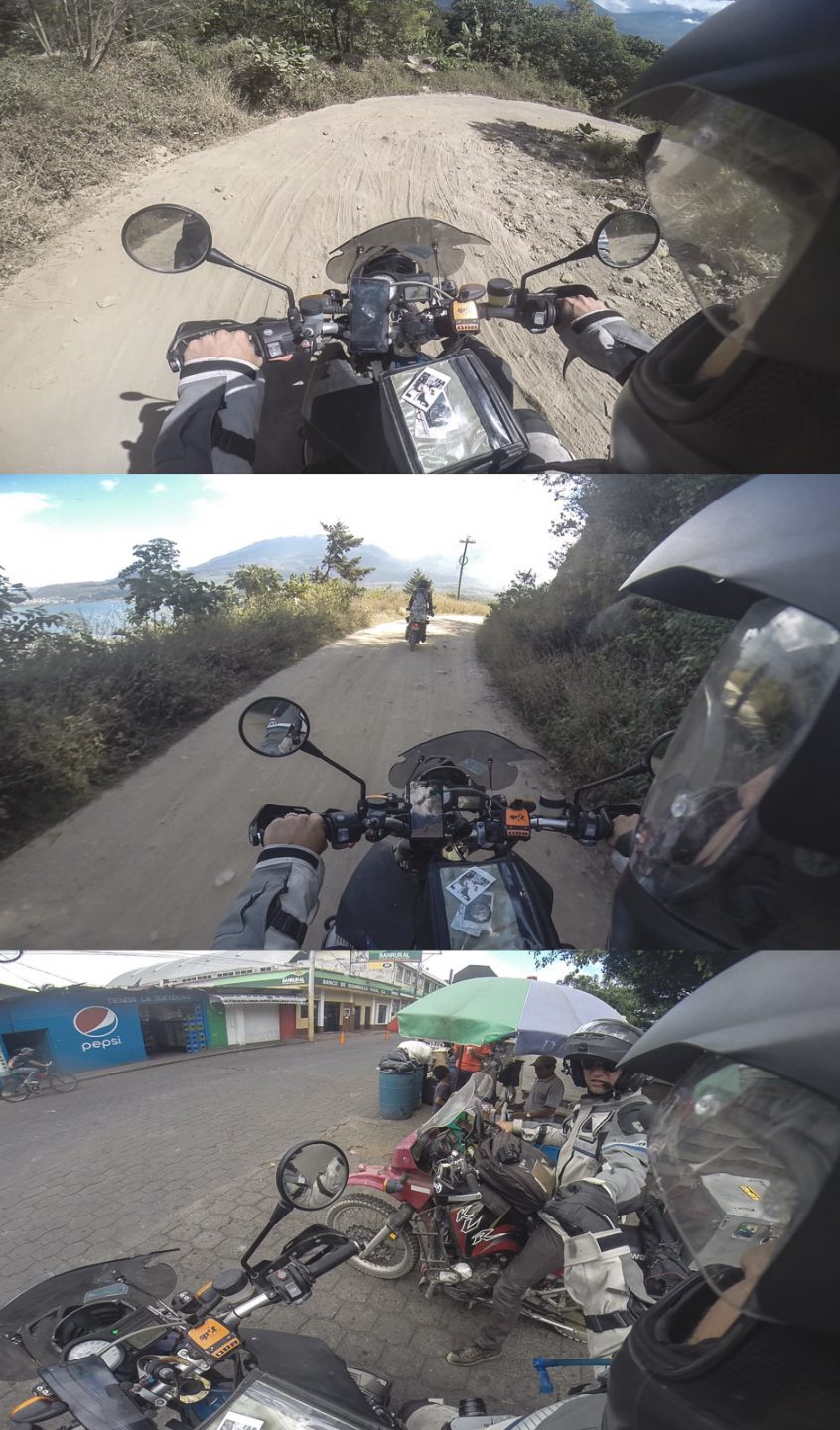
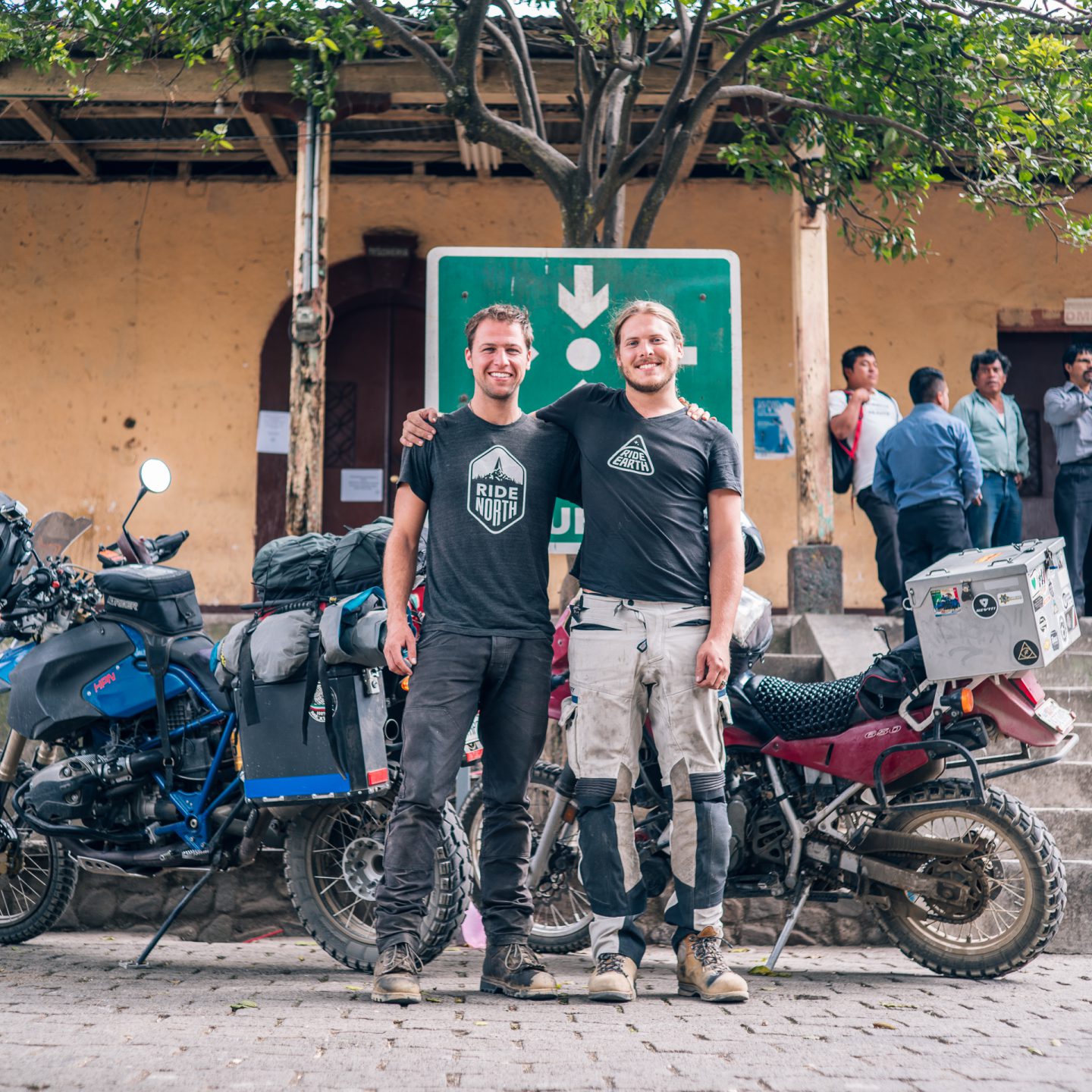
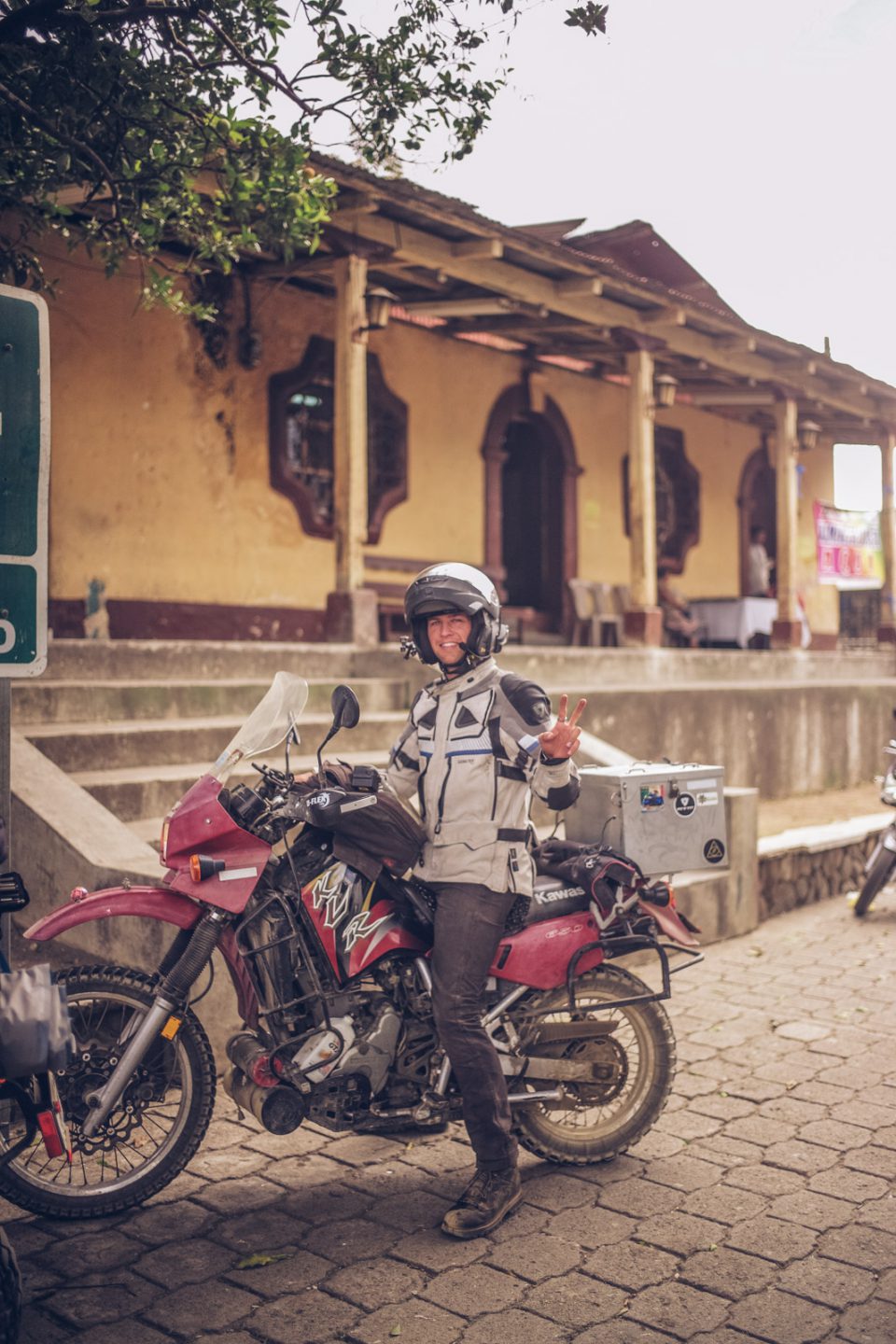 He’s a great dude. I wished him the best, we pointed bikes in opposite directions, and off I went.
He’s a great dude. I wished him the best, we pointed bikes in opposite directions, and off I went.